What Happens When Your Furniture Starts to Squeak? And How to Fix It
Squeaky furniture is one of those annoying problems that many homeowners experience at some point. That high-pitched screeching sound from your chair, bed frame, or sofa can quickly become a source of irritation. But why does furniture squeak, and more importantly, how can you fix it? Whether you’re dealing with a squeaky office chair, wooden dining table, or metal bed frame, there are simple solutions to eliminate the noise and restore peace to your home.
We will dive into the common reasons furniture starts squeaking and offer easy, actionable solutions to fix it. Plus, if you're looking to buy furniture, we’ll provide some helpful tips to ensure you avoid squeaky furniture in the future.
Why Does My Furniture Squeak?
Squeaky furniture can occur for a variety of reasons. It’s usually caused by friction between different parts of the furniture that have become loose, misaligned, or worn out. Here are the main reasons why your furniture might be squeaking:
1. Loose Screws and Fasteners
A common cause of squeaky furniture is loose screws or fasteners. Over time, regular use, shifting temperatures, or humidity changes can cause screws and bolts to loosen. When the components of your furniture move slightly, they can rub together and create the squeaky sound. This is especially true for pieces like chairs, tables, and bed frames that rely on screws and bolts to hold everything together.
2. Wear and Tear on Joints
Furniture that uses wooden joints, such as those with mortise-and-tenon or dovetail joinery, can begin to squeak over time. As the wood expands and contracts with changes in humidity or from years of use, the joints may become misaligned, creating friction. This friction often results in annoying squeaks, especially with chairs or tables that are used regularly.
3. Lack of Lubrication in Metal Furniture
If you have metal furniture—like a metal bed frame or a metal chair—the squeak may be caused by a lack of lubrication. Over time, the grease or oil that originally helped the parts move smoothly can wear off, causing metal components to rub against each other. This is especially noticeable in items like bed frames where the weight of the mattress and the sleeper's movements contribute to the squeak.
4. Deteriorating Cushions or Upholstery
If you own upholstered furniture, such as a sofa or recliner, the squeak may come from the springs or other internal components. When cushions and upholstery begin to degrade, they can leave spaces between springs and the frame, which leads to friction and squeaking when the furniture is used. Old mattresses can also develop squeaks for the same reason.
5. Flooring Problems
Sometimes the issue is not the furniture itself, but the floor beneath it. Wooden floors, tile, or even carpet can create friction between the legs of the furniture and the floor, causing squeaks. If your furniture legs aren’t even or if they lack protective pads, you may notice squeaking every time the furniture shifts.
How to Fix Squeaky Furniture
Fortunately, most squeaky furniture problems can be solved with a little effort. Whether it’s tightening screws, lubricating joints, or replacing worn-out parts, you can tackle the issue without the need to replace your entire piece. Here are some practical solutions to stop your furniture from squeaking.
1. Tighten Screws and Fasteners
One of the easiest and most common fixes for squeaky furniture is tightening any loose screws or bolts. Furniture pieces that rely on fasteners, such as dining tables, chairs, and bed frames, can develop squeaks when the screws loosen over time.
To fix this, grab a screwdriver or wrench and check every joint or connection on the piece of furniture. Tighten any loose screws or bolts. Be careful not to overtighten them, as this can damage the furniture. If you’re unsure, it’s always best to make small adjustments and check for squeaks after each turn.
2. Lubricate Metal Parts
For metal furniture, lubrication is key to preventing squeaks. Metal components, such as those in a bed frame or rocking chair, can start to squeak when friction increases due to lack of lubrication.
Apply a lubricant like WD-40, silicone spray, or even petroleum jelly to the squeaky joints. Wipe away any excess lubricant with a clean cloth to avoid dirt buildup. If the squeak is coming from specific moving parts (such as hinges or joints), applying a few drops of oil can quiet them down almost instantly.
3. Repair or Reinforce Wooden Joints
If you have wooden furniture, particularly pieces with intricate joinery like mortise-and-tenon joints or dovetail joints, the squeaks might be caused by misalignment or wear and tear. Over time, wooden joints can loosen or degrade, which can lead to squeaks when the furniture moves.
You can fix this by carefully checking the joints and using wood glue to reinforce them. Apply the glue to the joint, clamp it tightly, and allow it to set for the recommended time. If the joints are severely worn, you might need to consider replacing or repairing them with the help of a professional.
4. Use Felt Pads or Furniture Sliders
If your furniture is squeaking due to friction between the legs and the floor, felt pads or furniture sliders can be a simple and effective solution. Felt pads are inexpensive and easy to apply to the bottom of furniture legs, providing a protective barrier between the legs and the floor. This reduces friction and prevents the squeaks caused by movement.
Furniture sliders are another option if you need to move your furniture around. These are small, durable discs that fit under the legs of your furniture and make it easier to slide heavy pieces without causing friction.
5. Reupholster or Replace Internal Springs
Squeaks in upholstered furniture may stem from damaged or misaligned springs. If you have a sofa, recliner, or mattress that’s squeaking, it’s a good idea to remove the upholstery and inspect the internal components. Check the springs for damage, looseness, or misalignment.
If the springs are beyond repair, replacing them can eliminate the squeak. If you’re unsure how to do this, you may want to hire a professional upholsterer to handle the repair. Reupholstering your furniture can also help bring it back to like-new condition and stop further squeaks.
6. Consider Professional Repair
If all else fails and your furniture is still squeaking, it may be time to call in a professional. Furniture repair services specialize in fixing both functional and cosmetic issues. They can identify the cause of the squeak and offer solutions that might be more complicated than the average DIY fix.
How to Avoid Squeaky Furniture When You Buy Furniture
Squeaky furniture is frustrating, but there are ways to avoid it when buying furniture. Here are some tips to consider when you’re looking to buy furniture that will last—and won’t squeak.
1. Invest in High-Quality Furniture
When you decide to buy furniture, it’s important to invest in quality pieces that are well-constructed. Look for furniture made from solid materials, such as hardwood, and make sure the joinery is robust (e.g., dovetail joints, mortise-and-tenon joints). Solid, well-built furniture is less likely to develop squeaks as it ages compared to cheaper, mass-produced options.
2. Check the Hardware
Before buying furniture, check the quality of the hardware, such as screws and bolts. Higher-quality screws and fasteners are less likely to loosen over time, reducing the chances of squeaks. Avoid furniture with flimsy hardware that may require constant tightening.
3. Buy from Reputable Brands
When you buy furniture from reputable brands, you can expect better craftsmanship and attention to detail. Well-known furniture manufacturers often use better materials, ensure stronger construction, and implement more rigorous quality control processes. This results in more durable furniture that’s less prone to squeaking.
4. Consider the Material
Some materials are less prone to squeaking than others. For example, solid wood and metal furniture tend to last longer and develop fewer squeaks than furniture made from particleboard or composite materials. While composite furniture may be cheaper, it’s often less durable and may be more susceptible to squeaking.
Conclusion
Squeaky furniture can be more than just an annoying inconvenience. It can disrupt your home’s peaceful environment. But with the right solutions, you can easily fix most squeaky furniture problems. From tightening screws and lubricating metal parts to replacing damaged joints and springs, there are simple and effective ways to restore your furniture’s quiet functionality.
If you’re in the market to buy furniture, consider investing in high-quality pieces with solid construction and durable materials. This can help prevent squeaks from the start and ensure your furniture lasts for years to come. Whether you're fixing an old favorite or shopping for a new piece, a squeak-free home is within reach! Buy furniture at CycloneSale.com for all your furniture needs today!


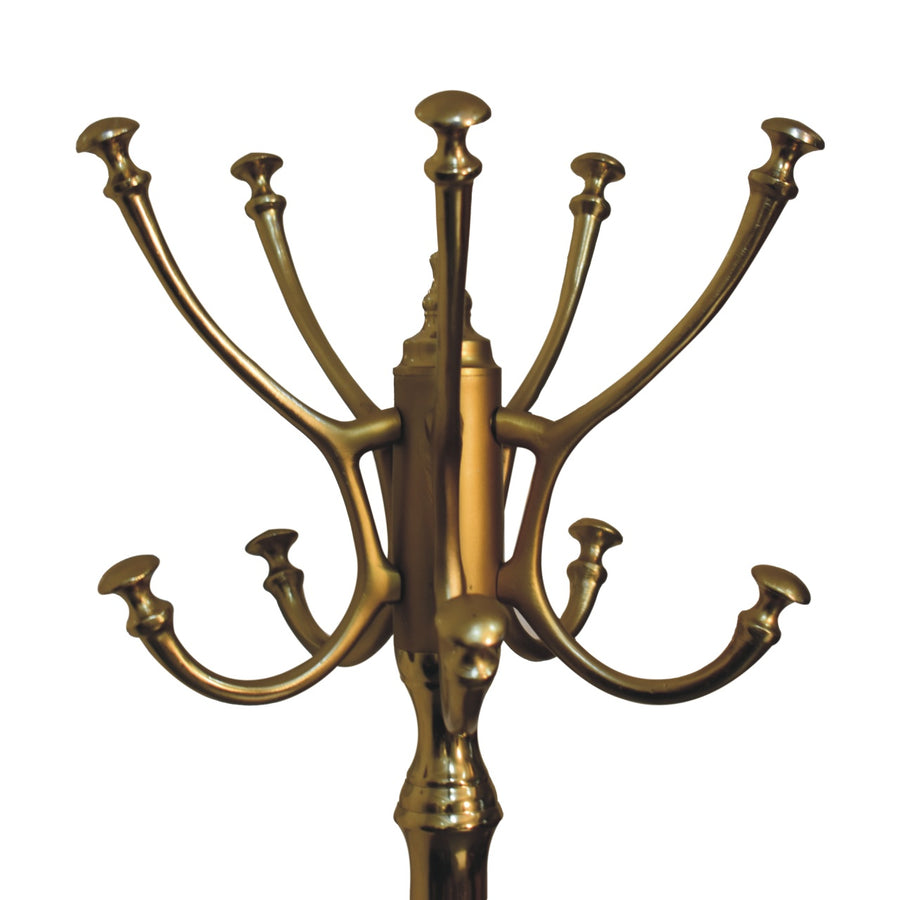
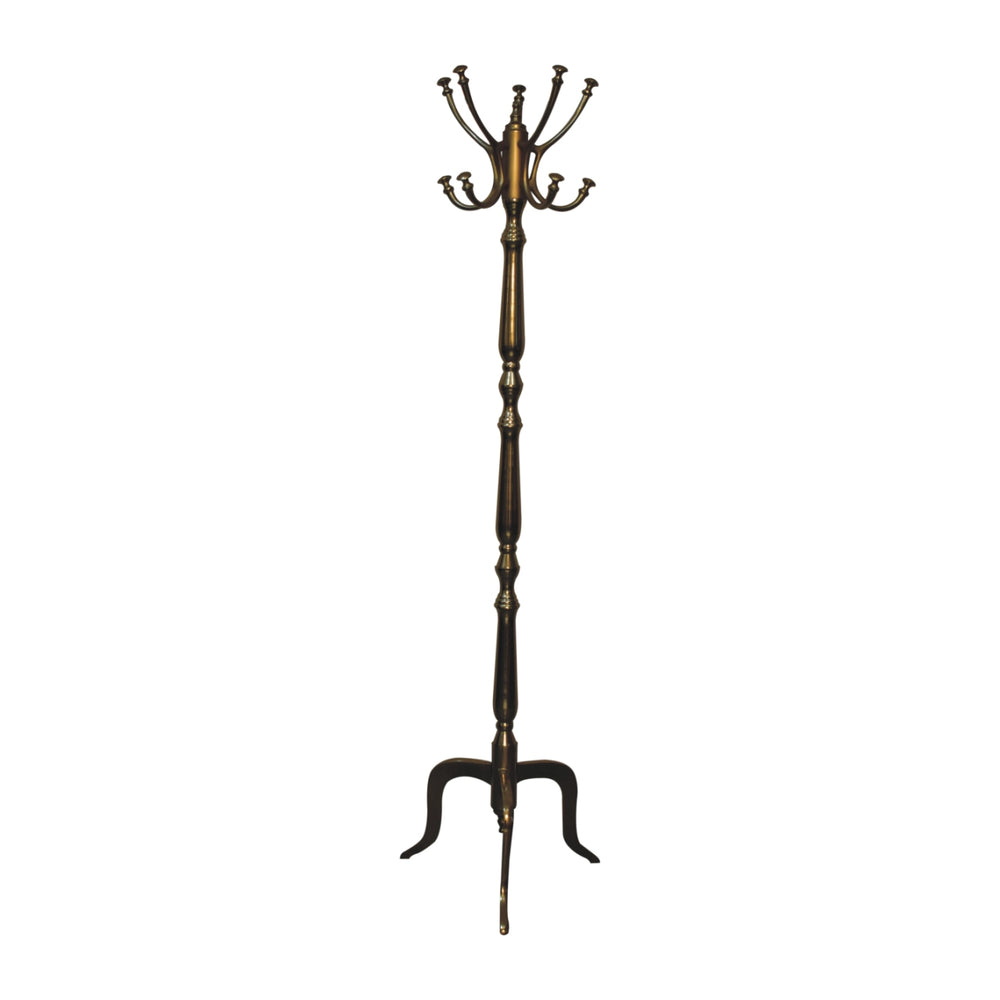
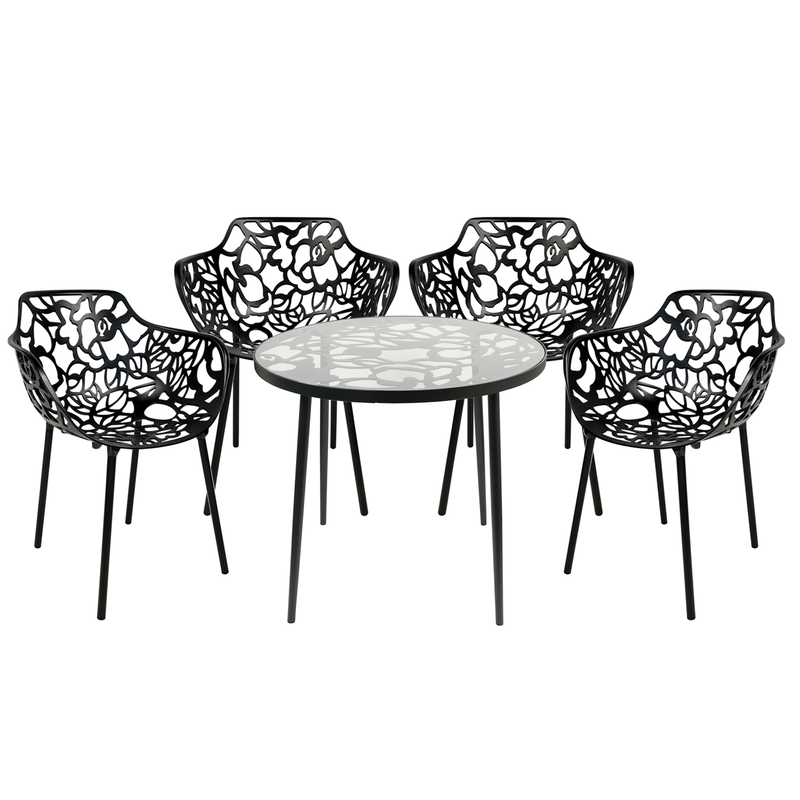
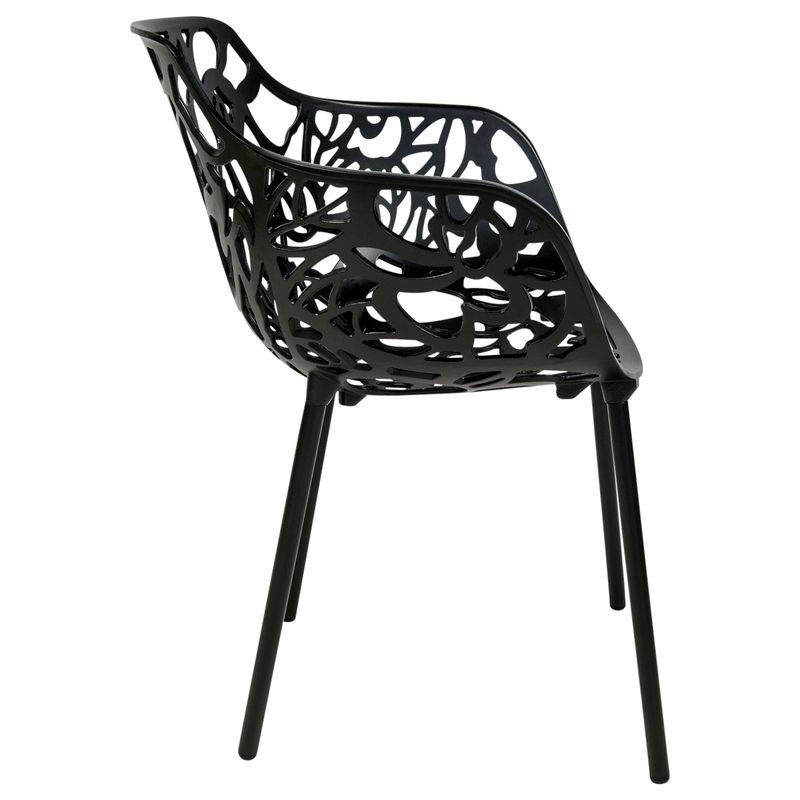
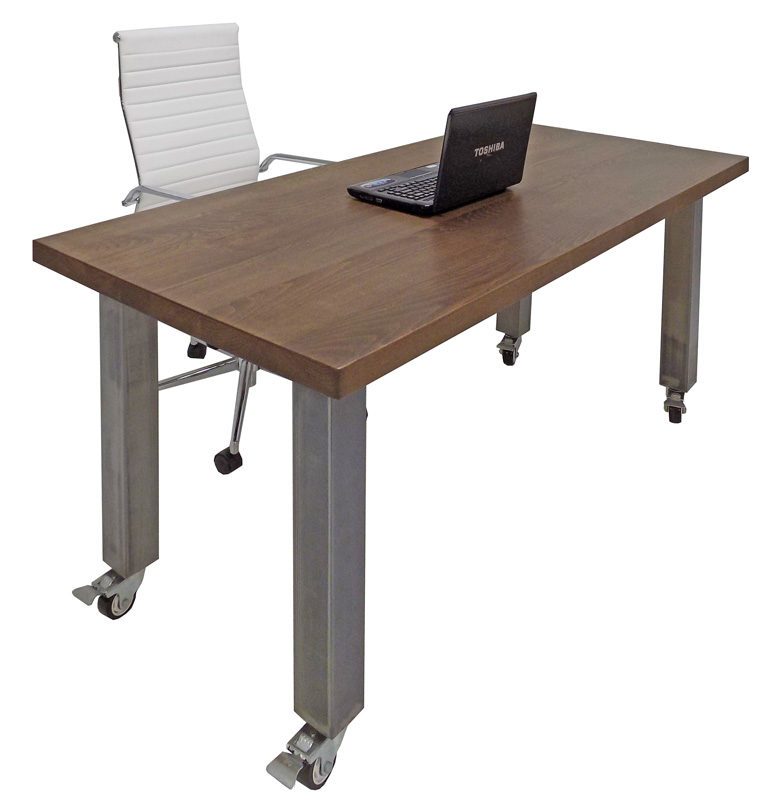
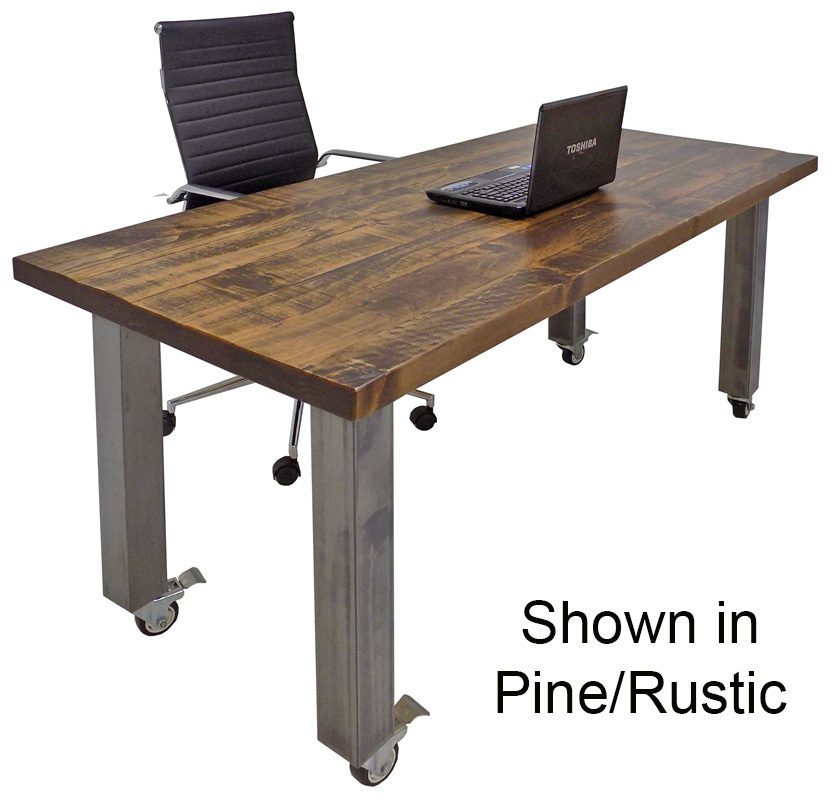



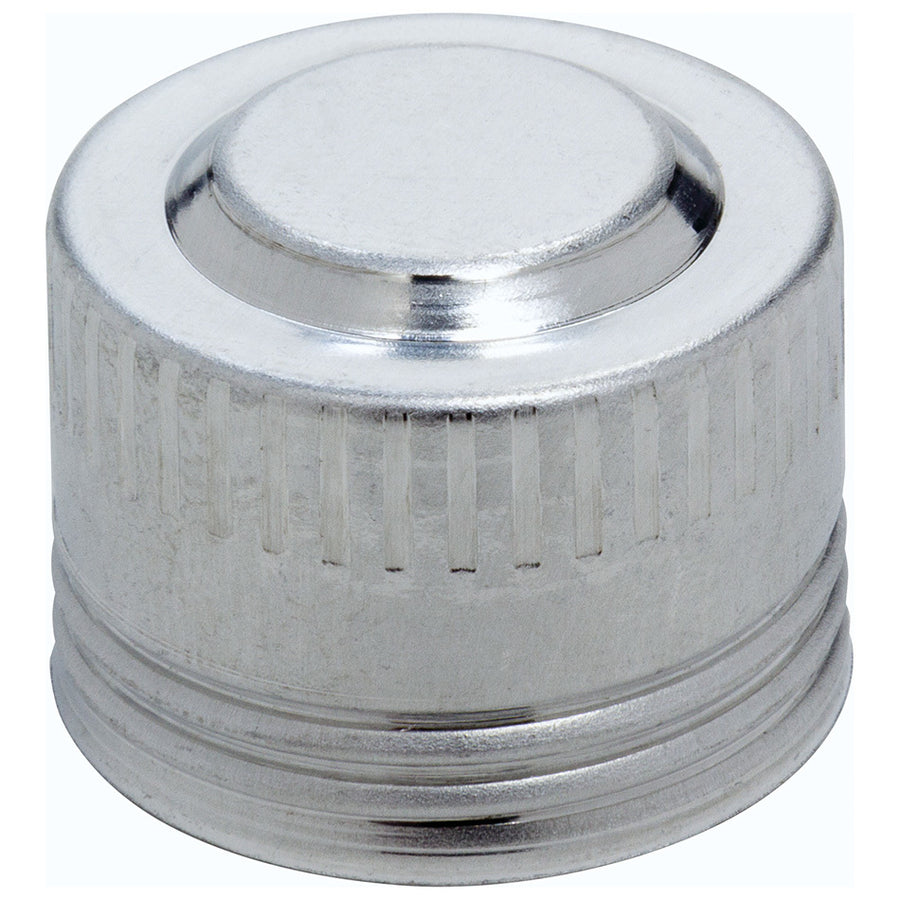

















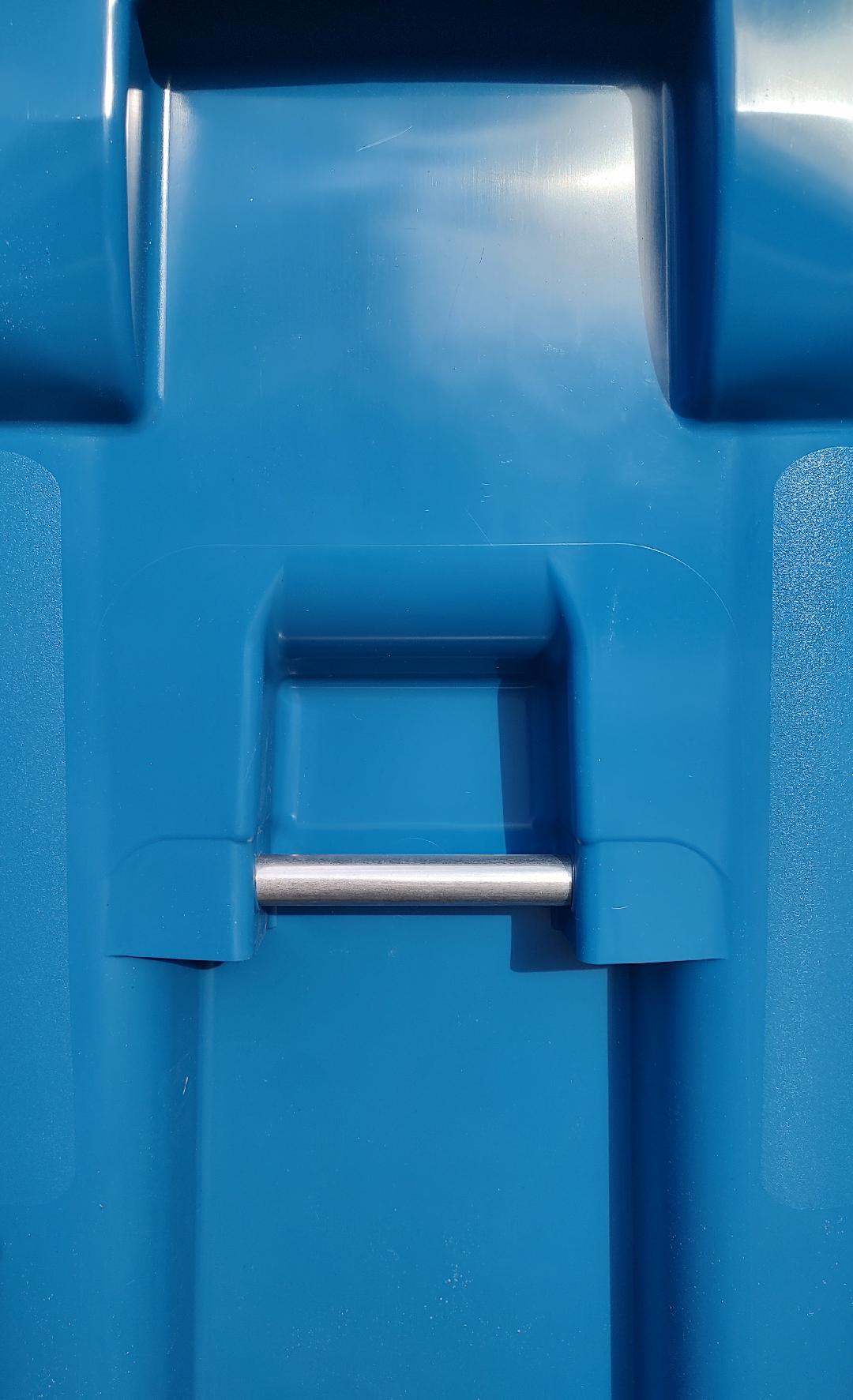






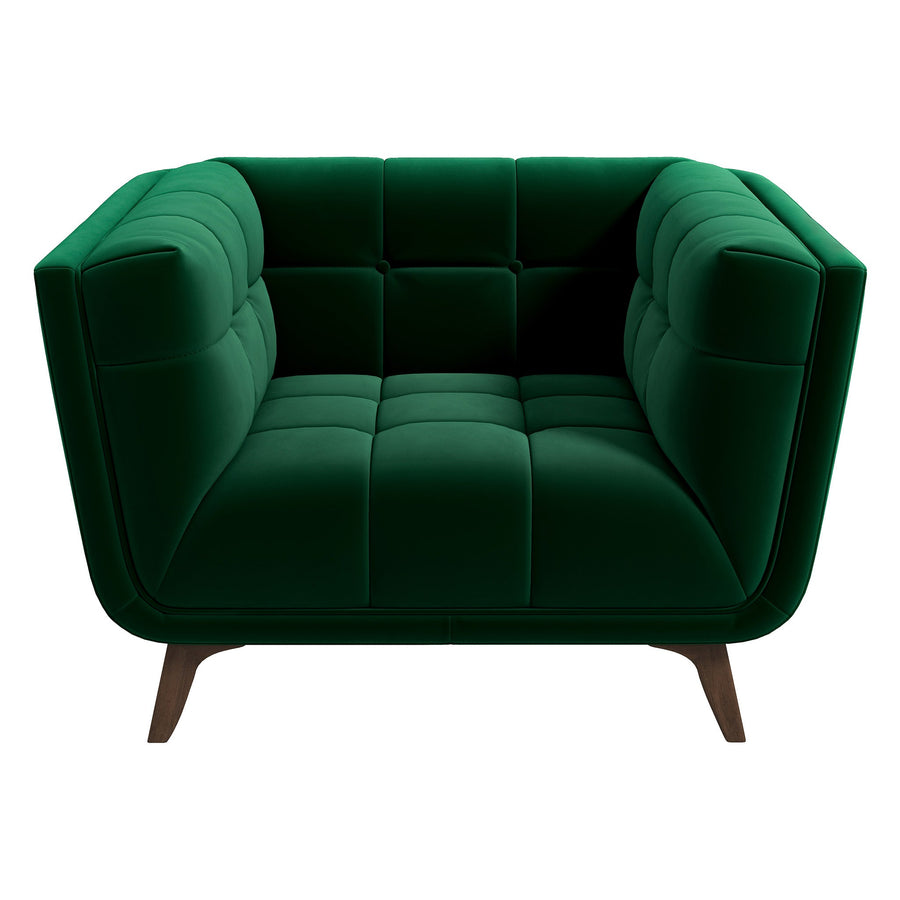
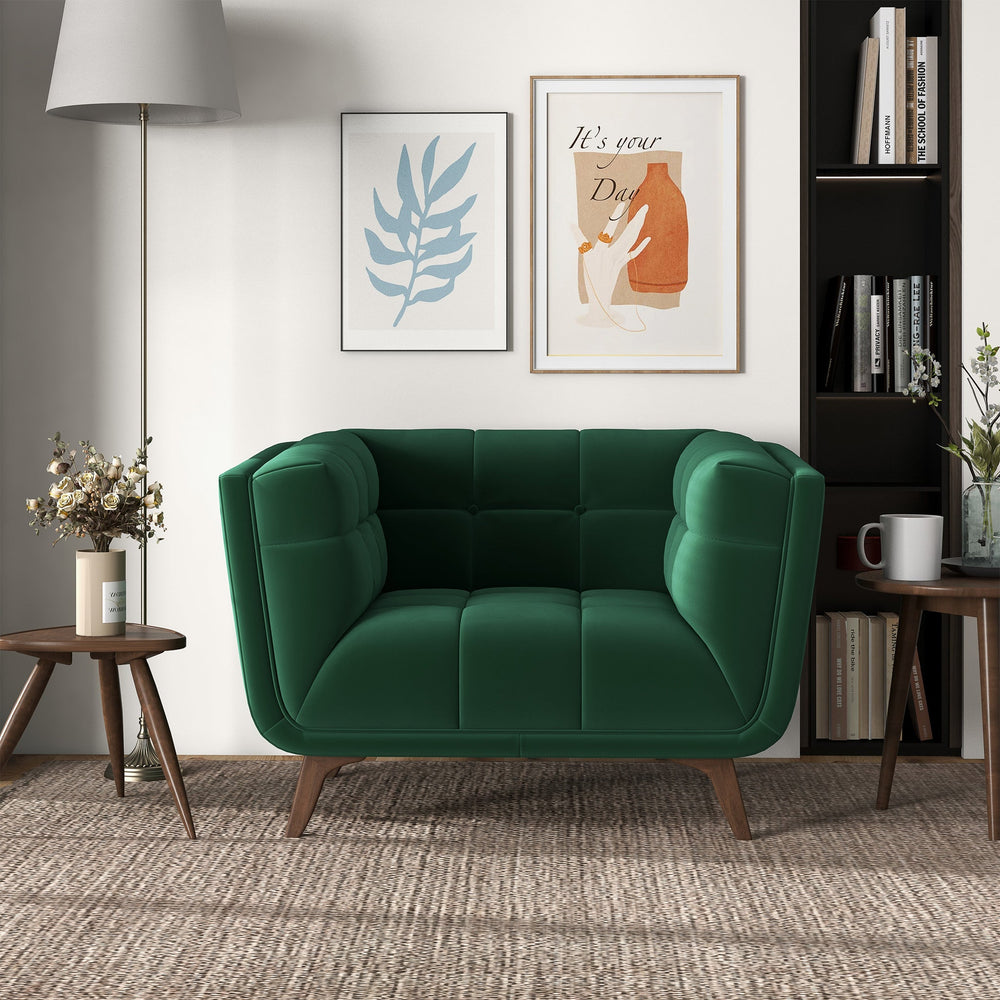


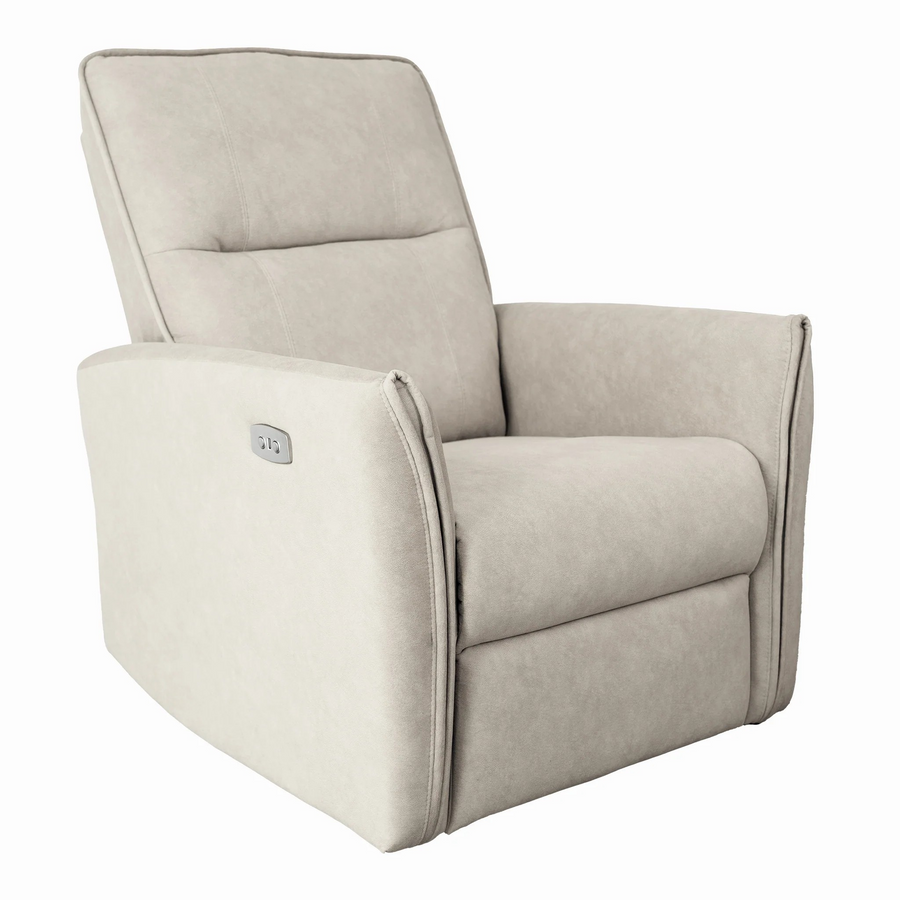
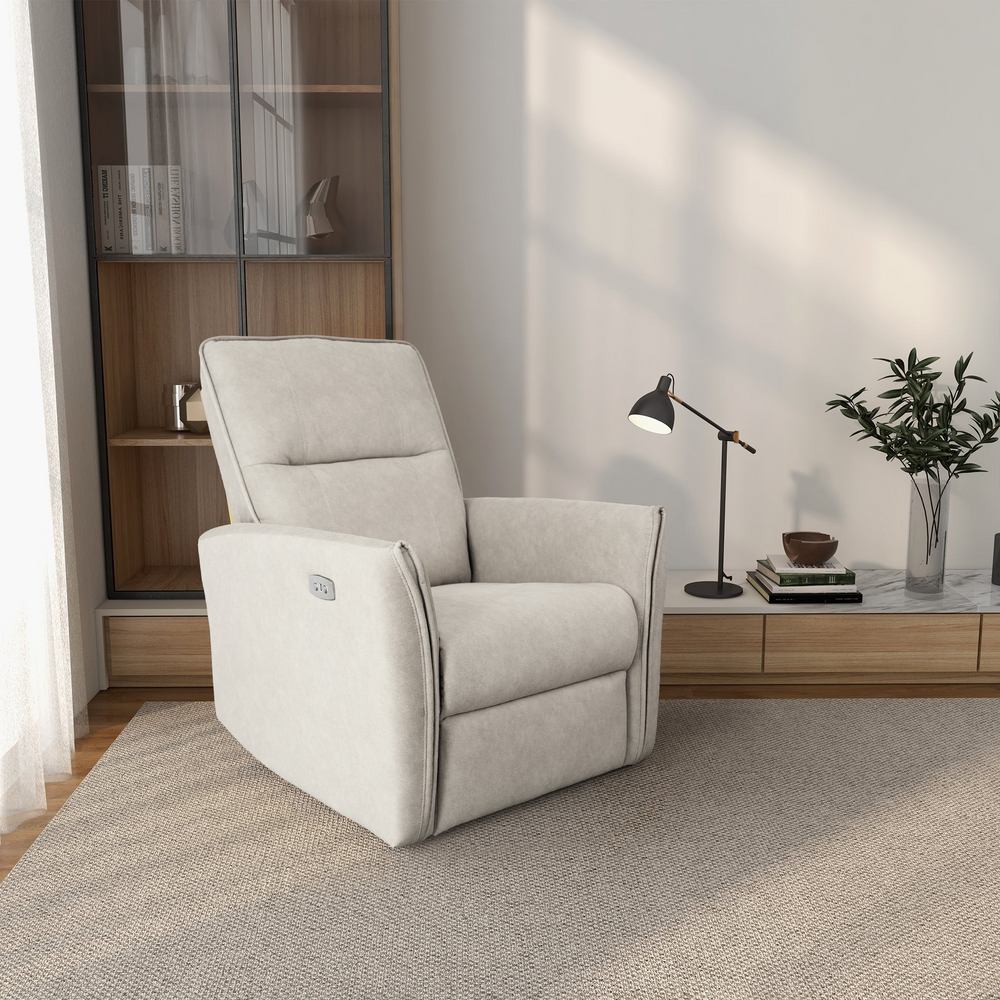
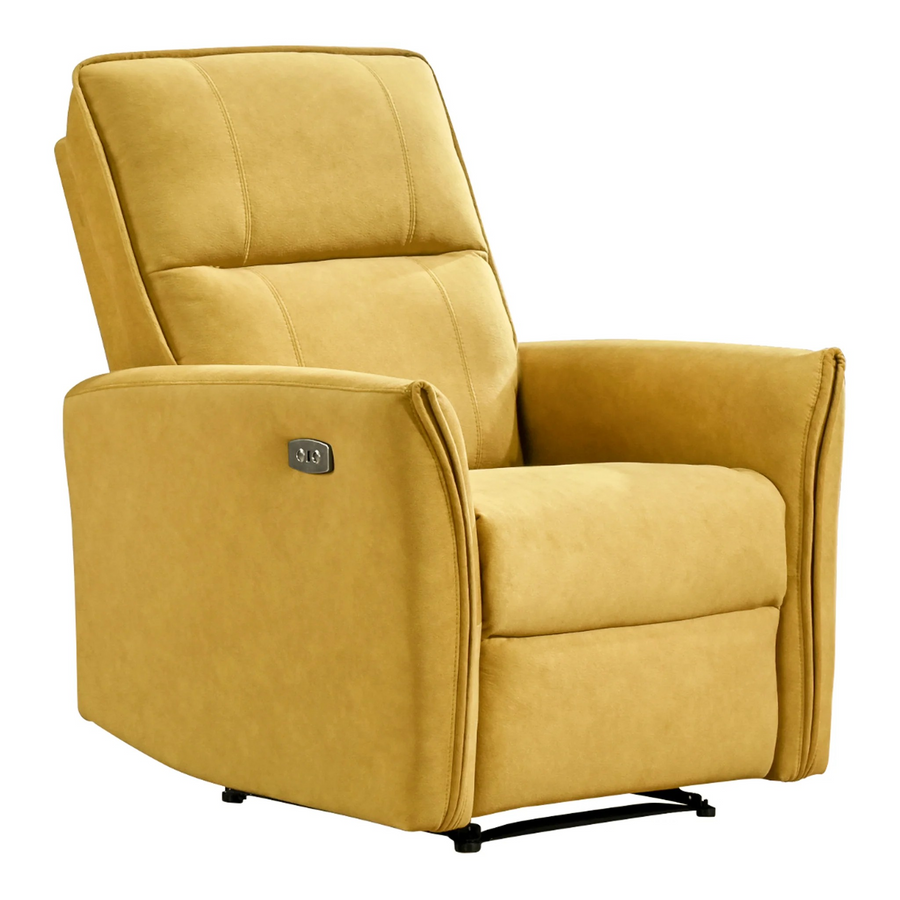
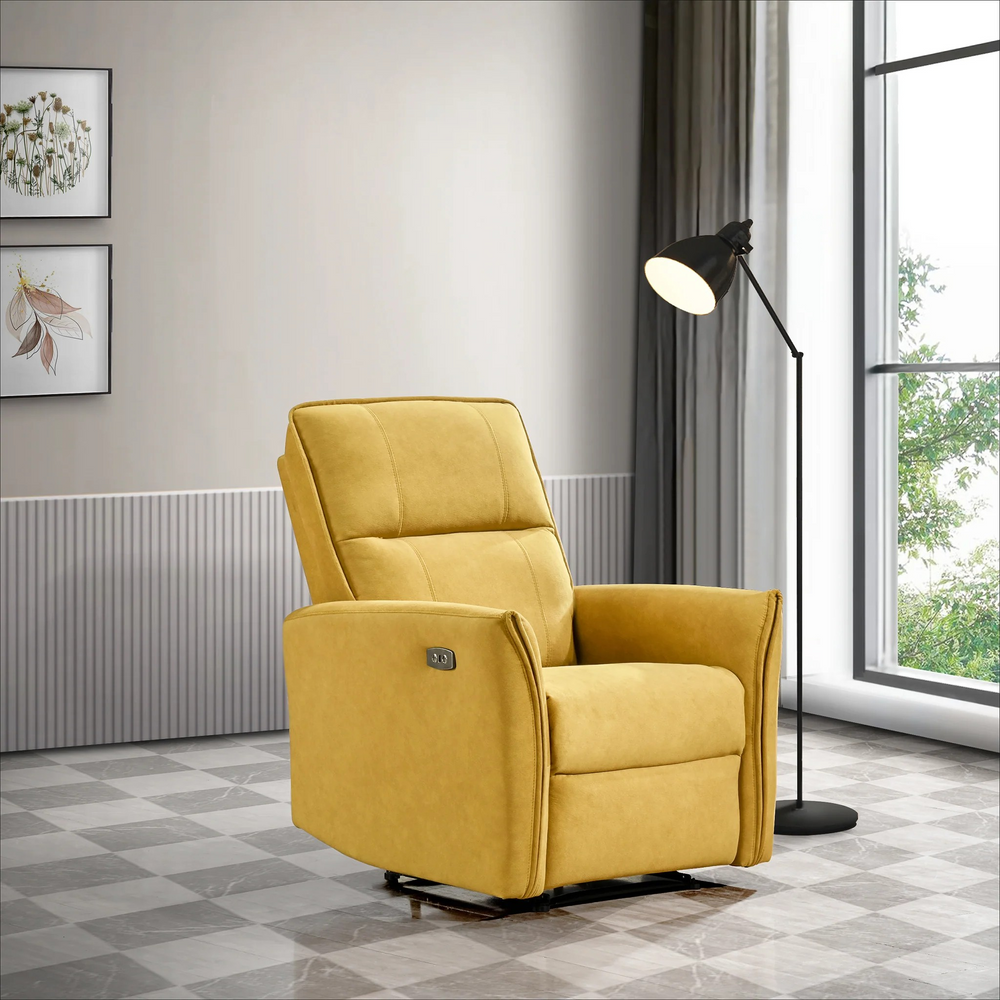
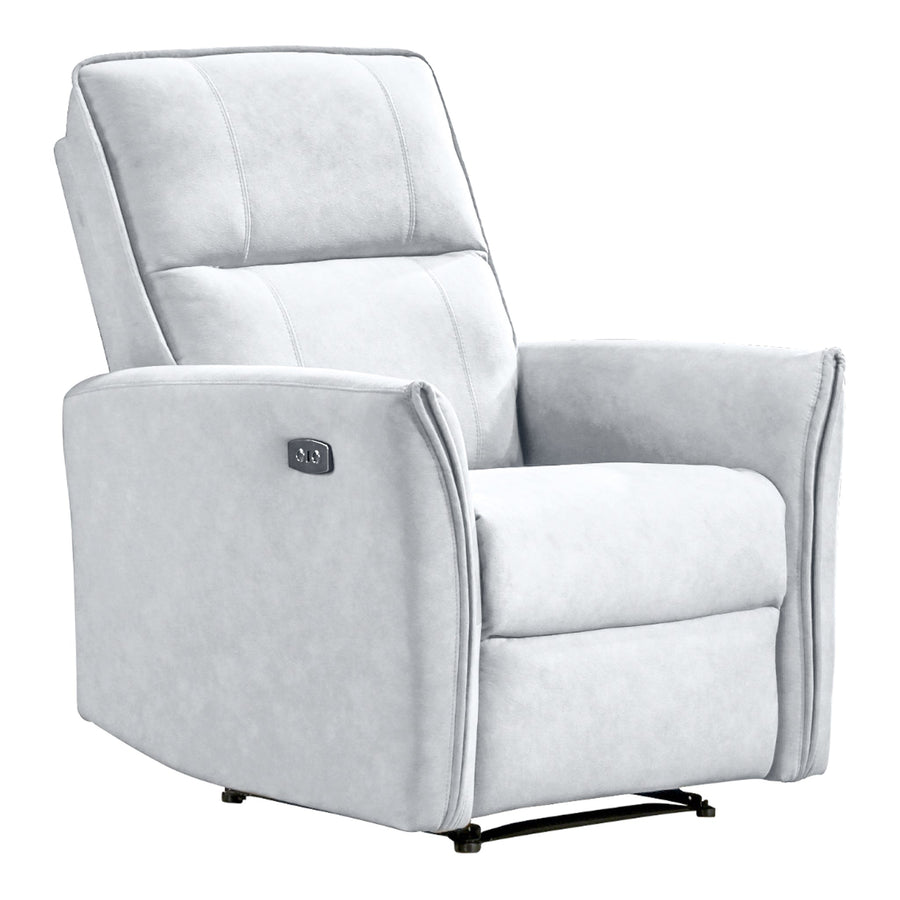
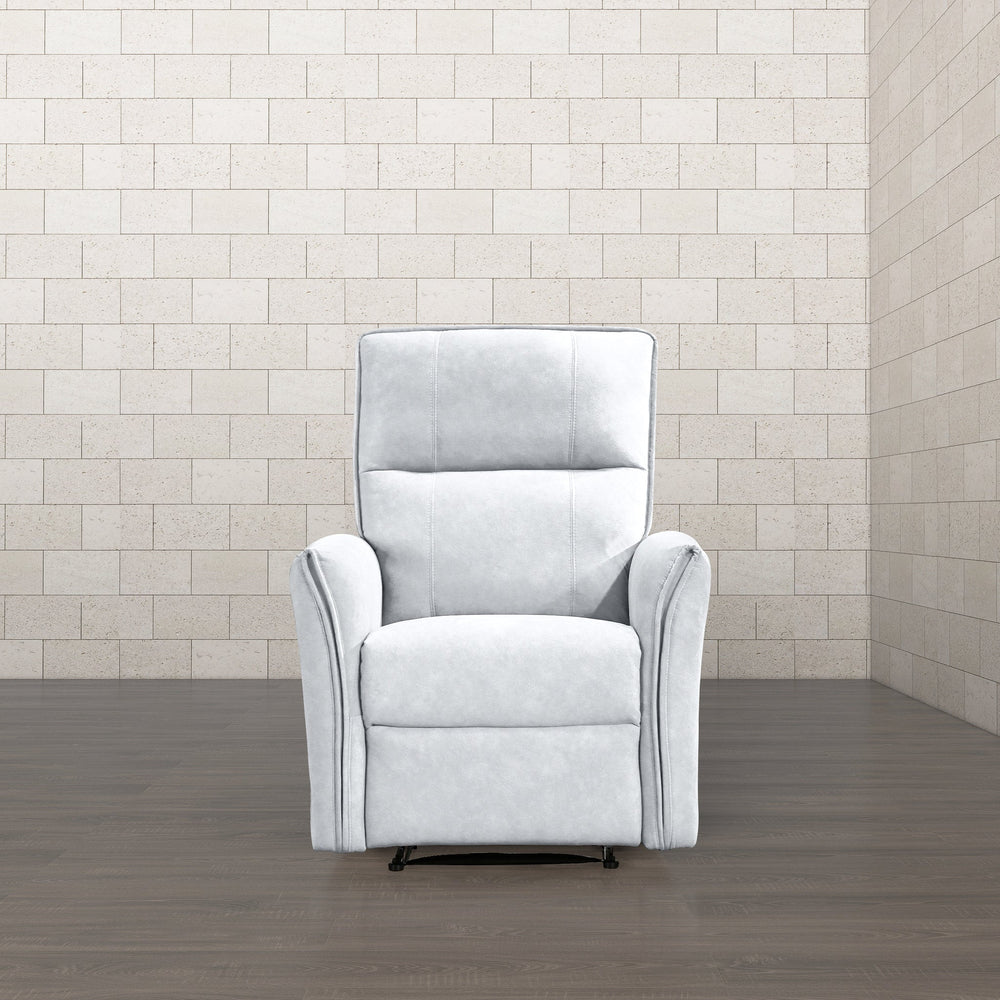
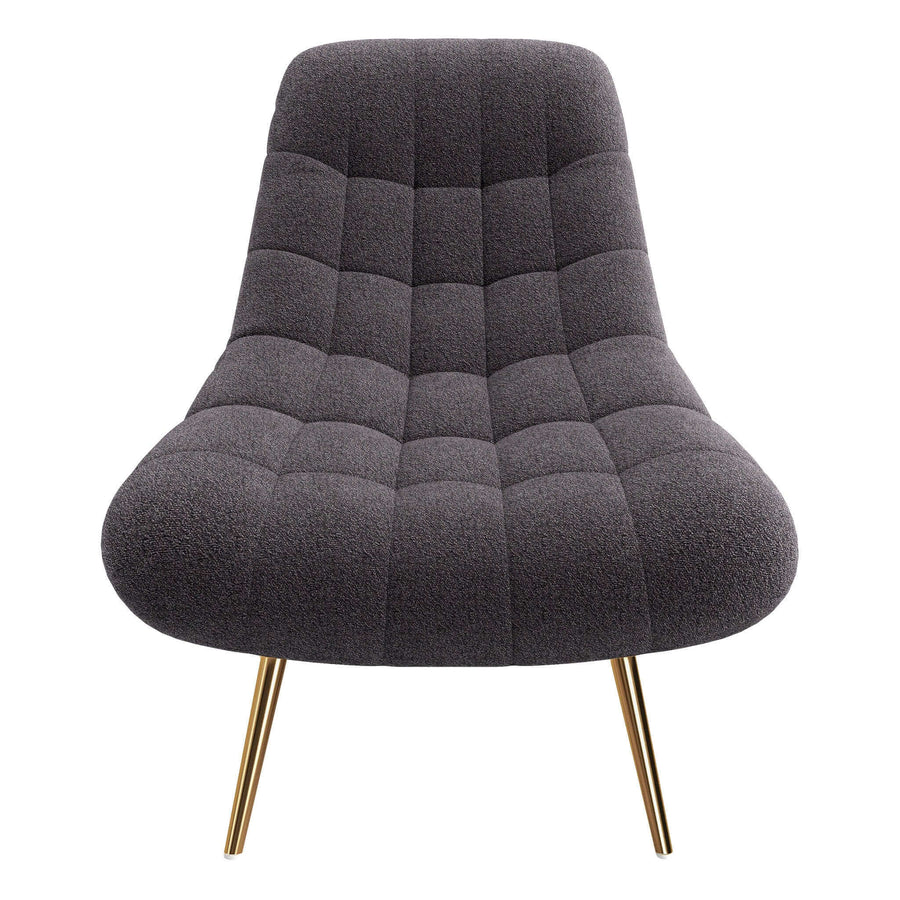
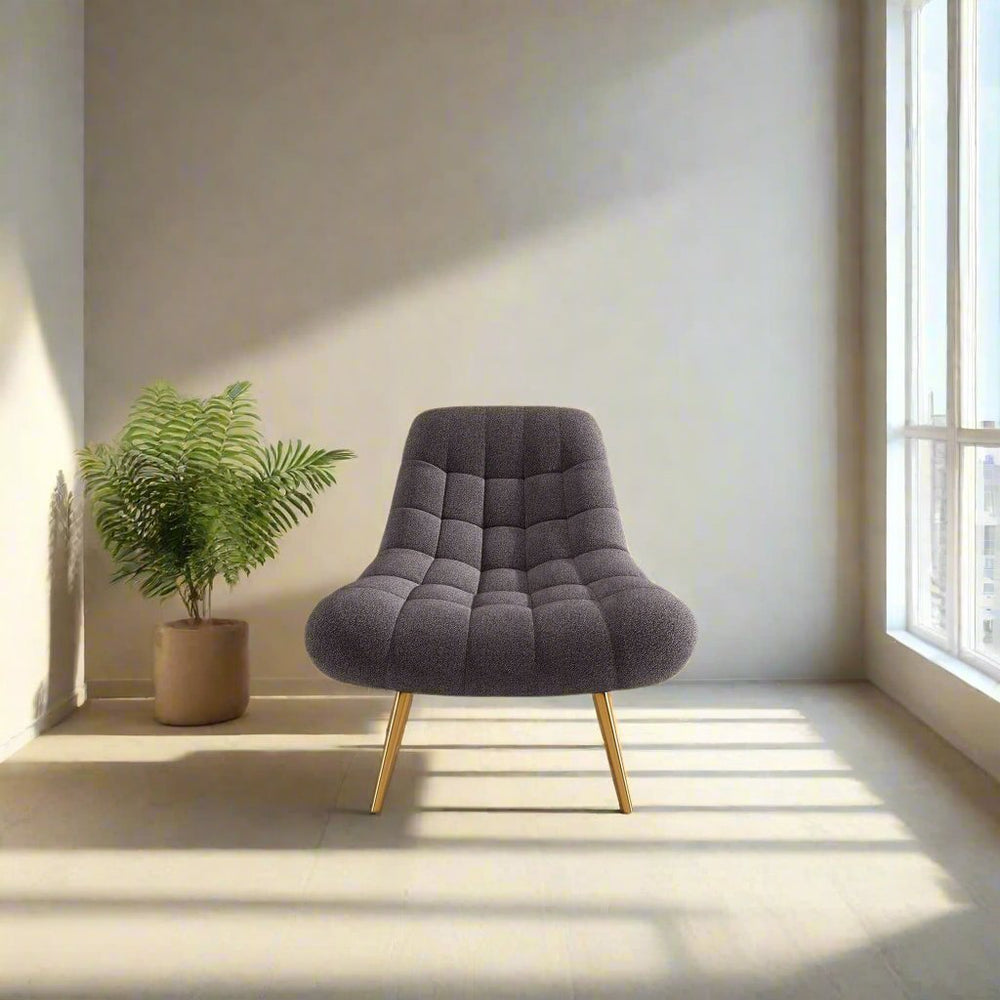
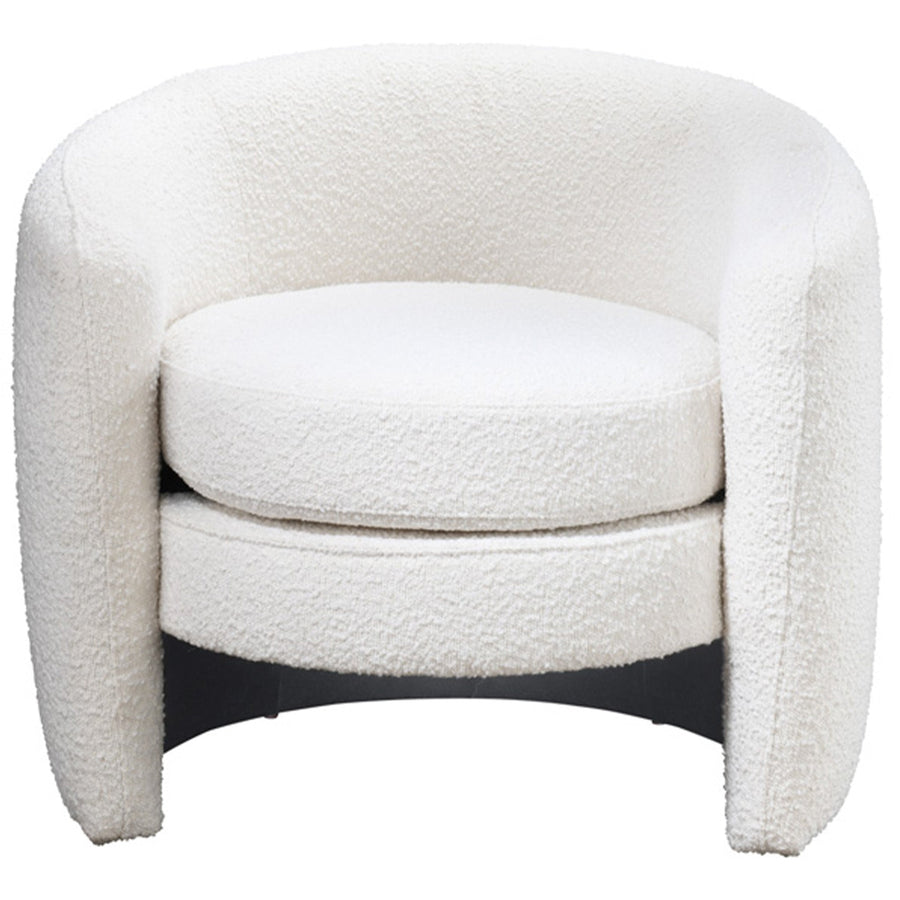
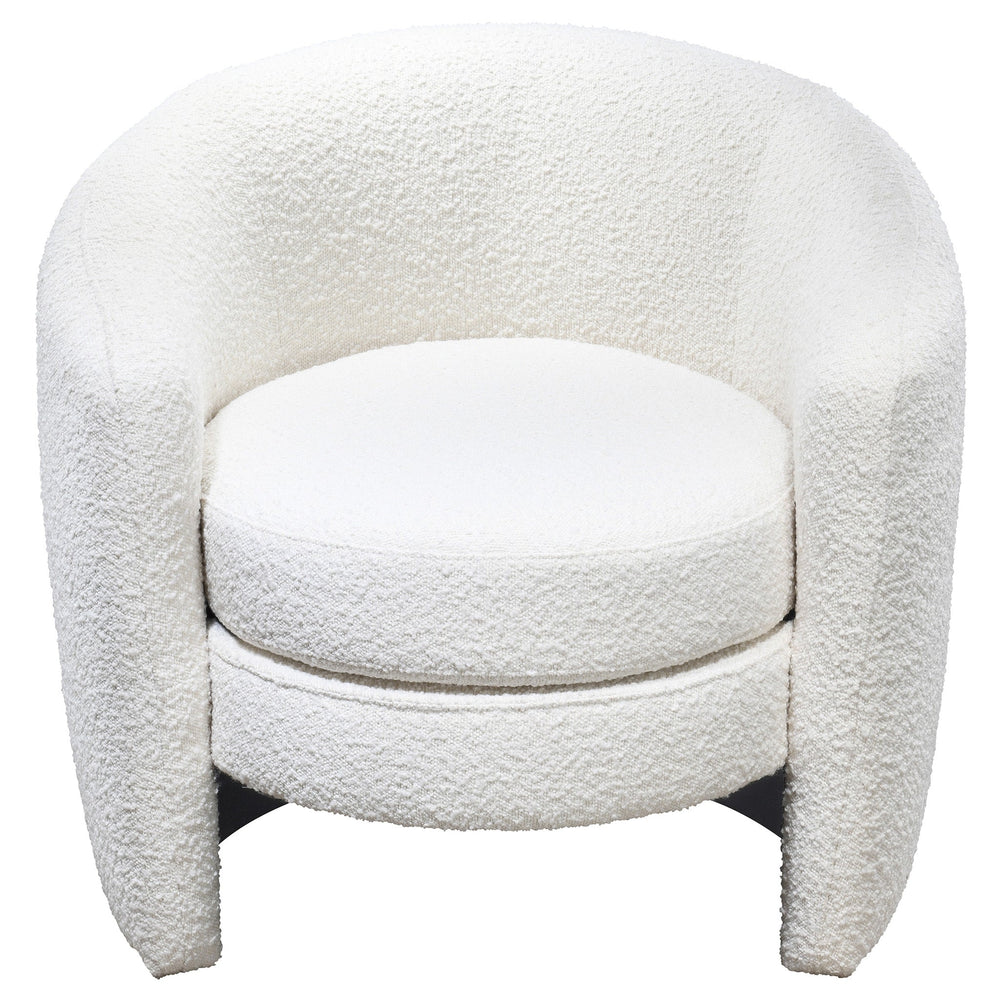
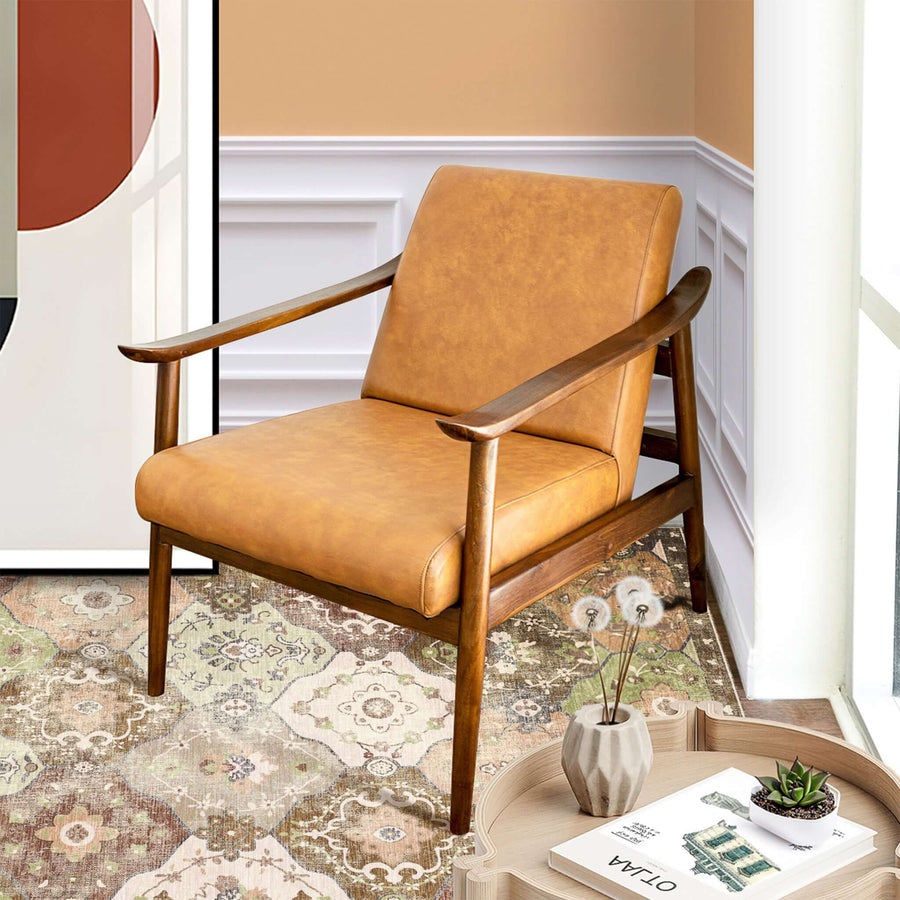

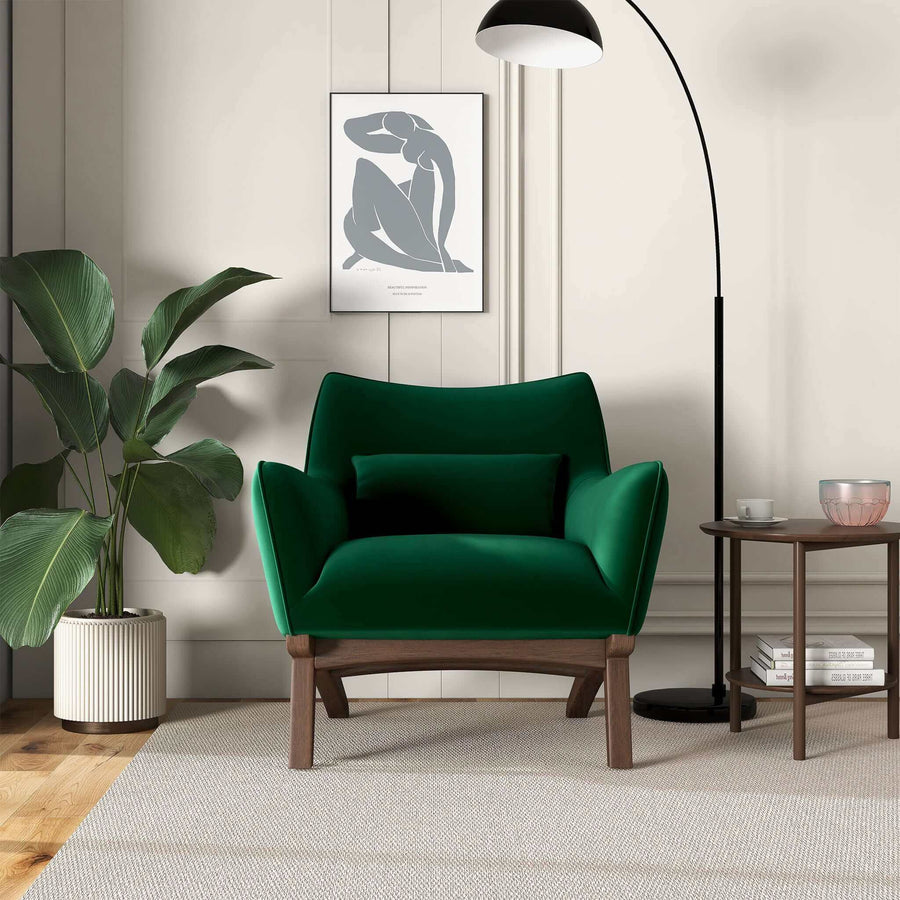
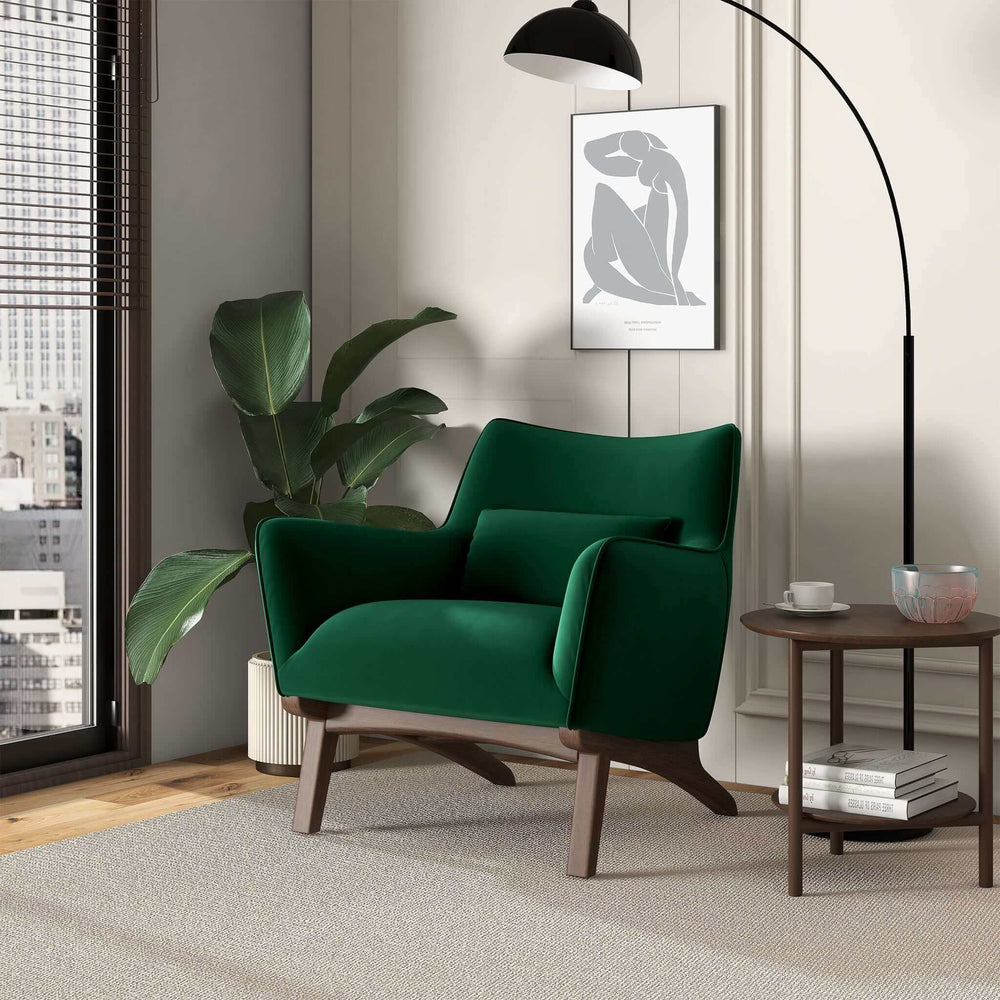
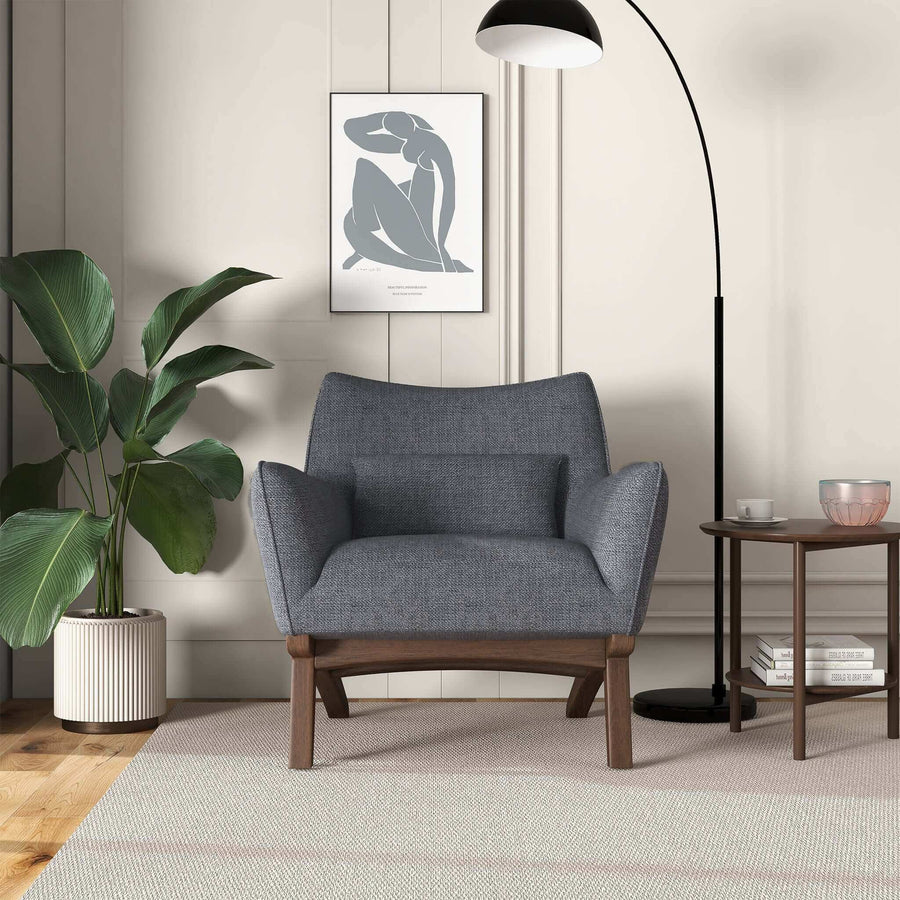
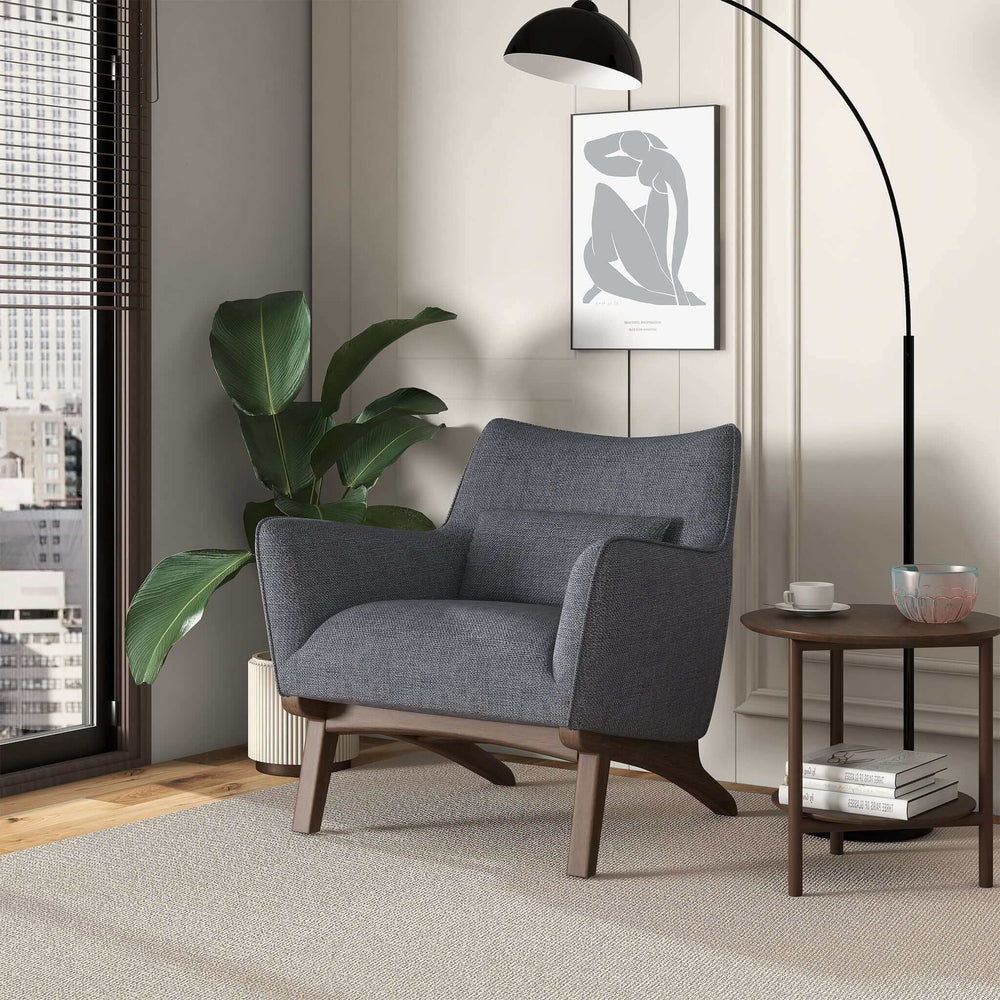
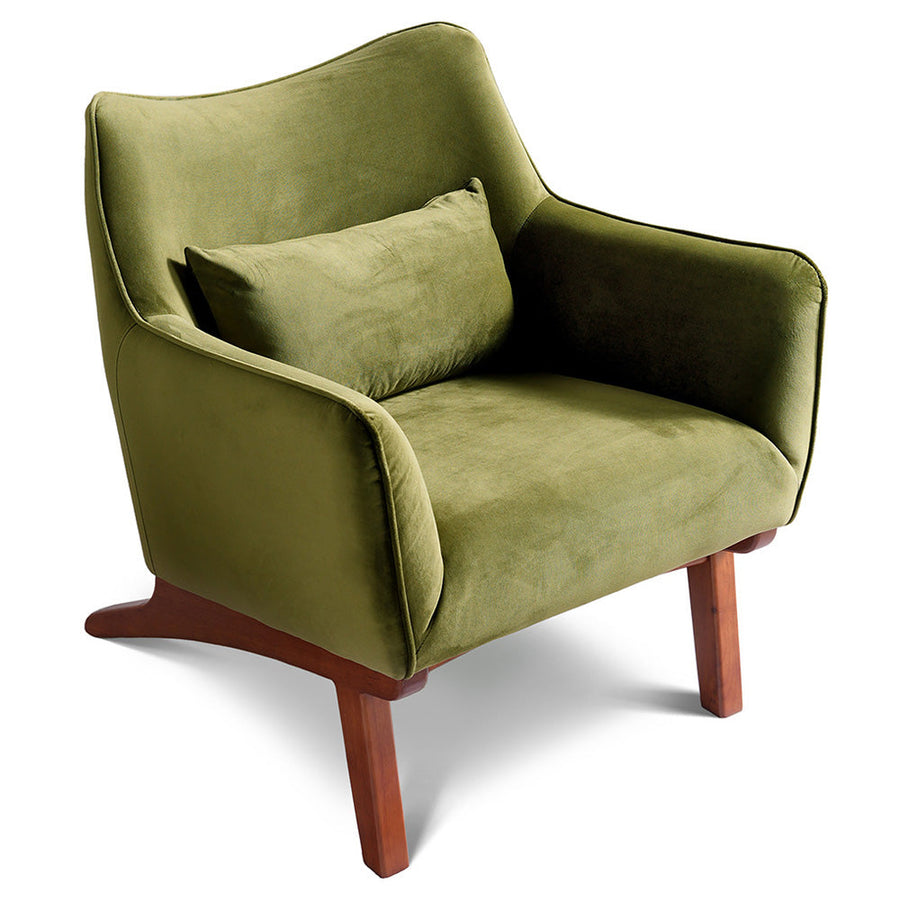
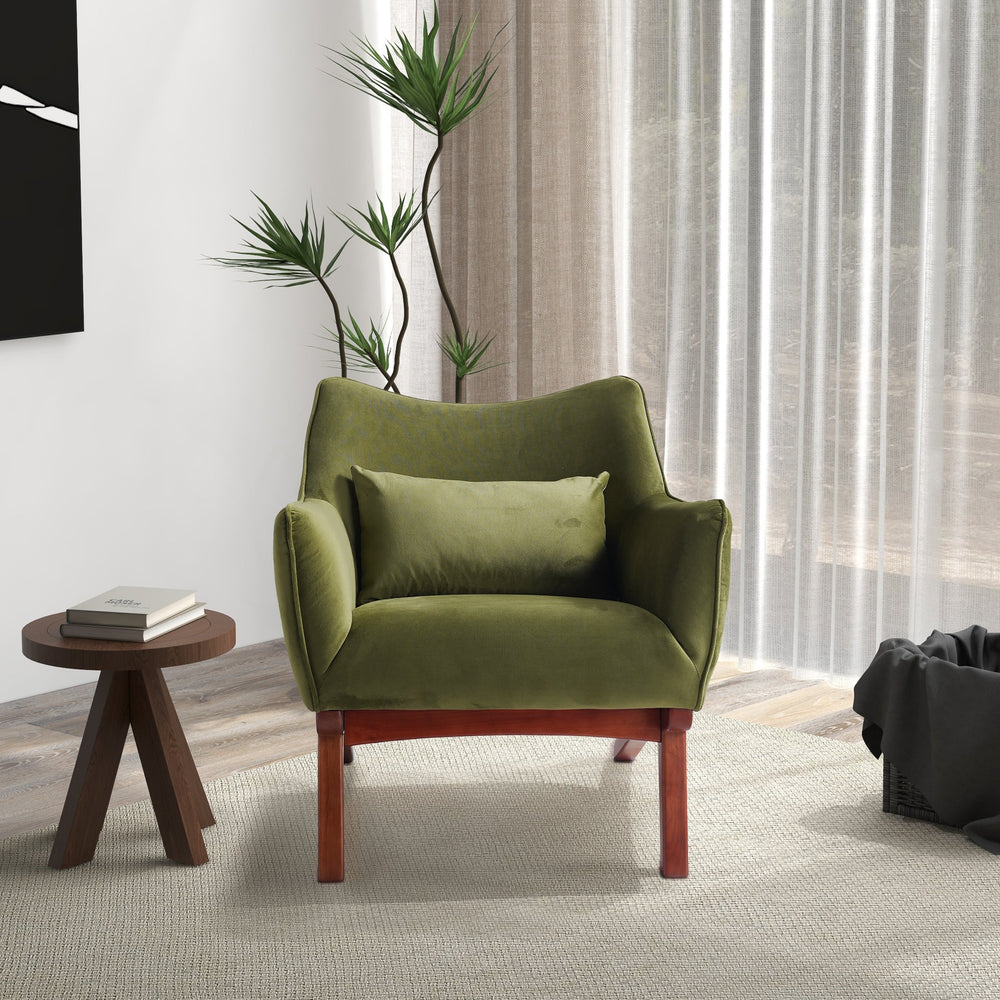
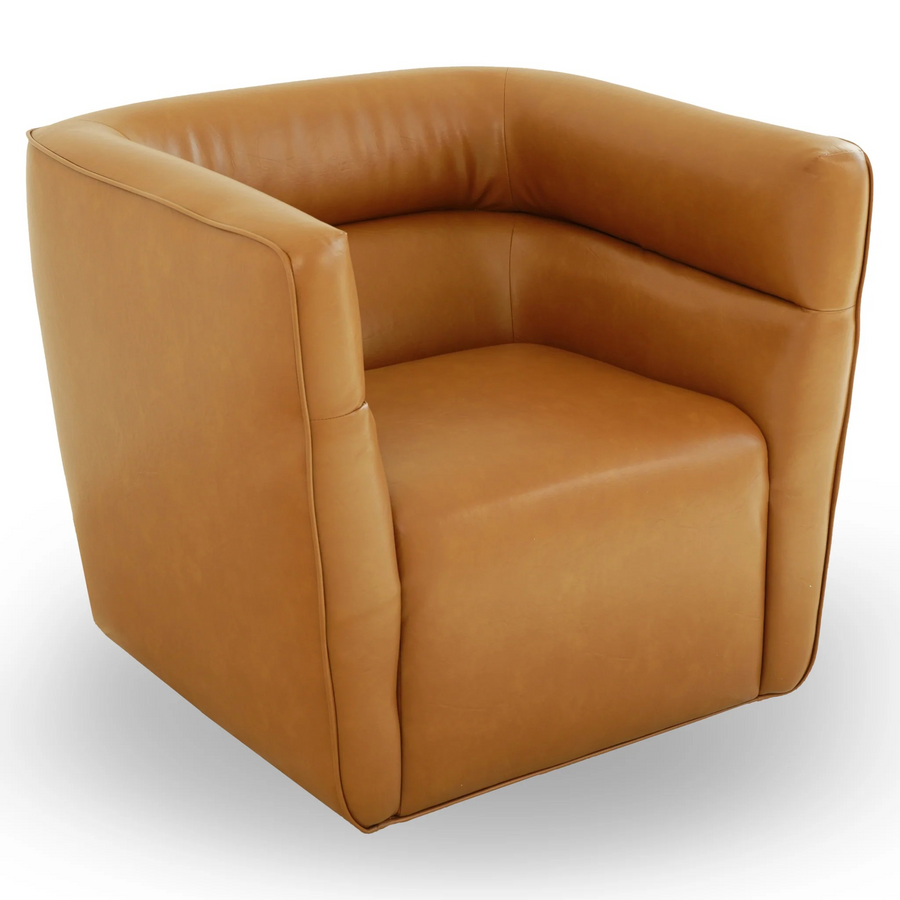
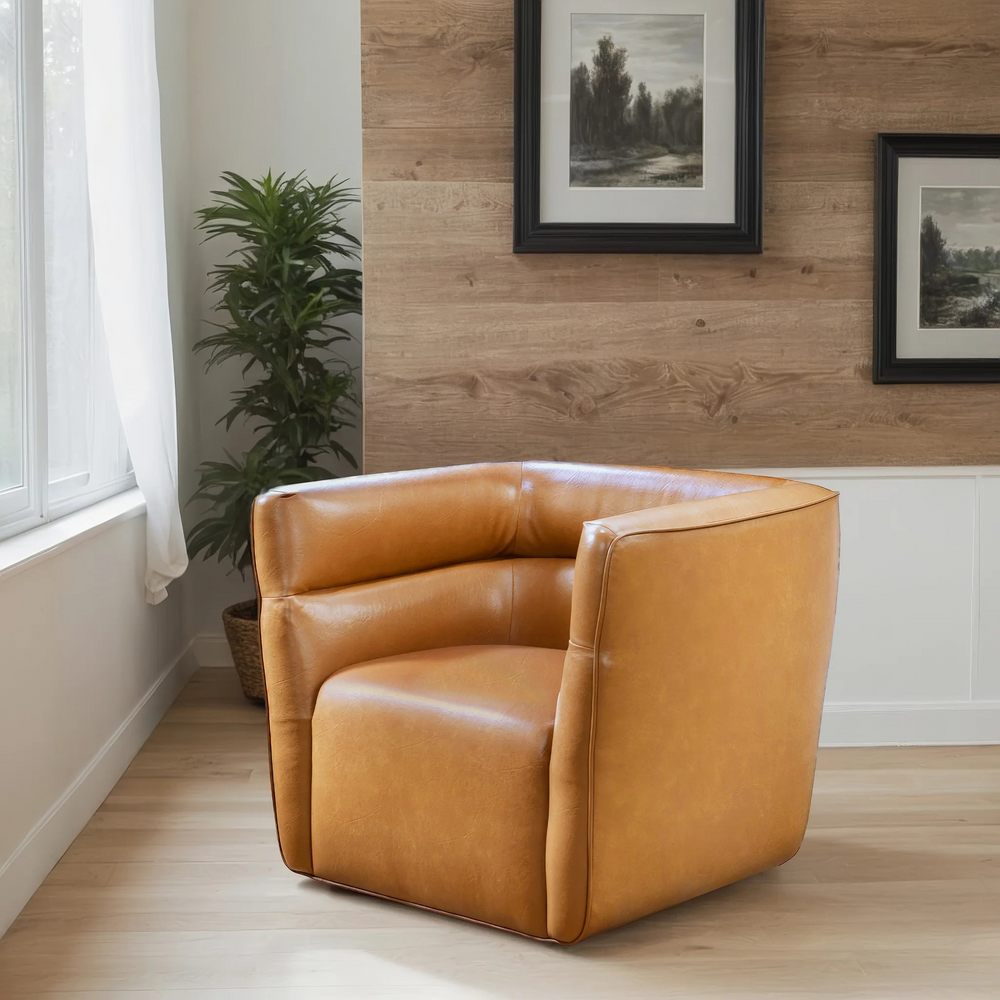
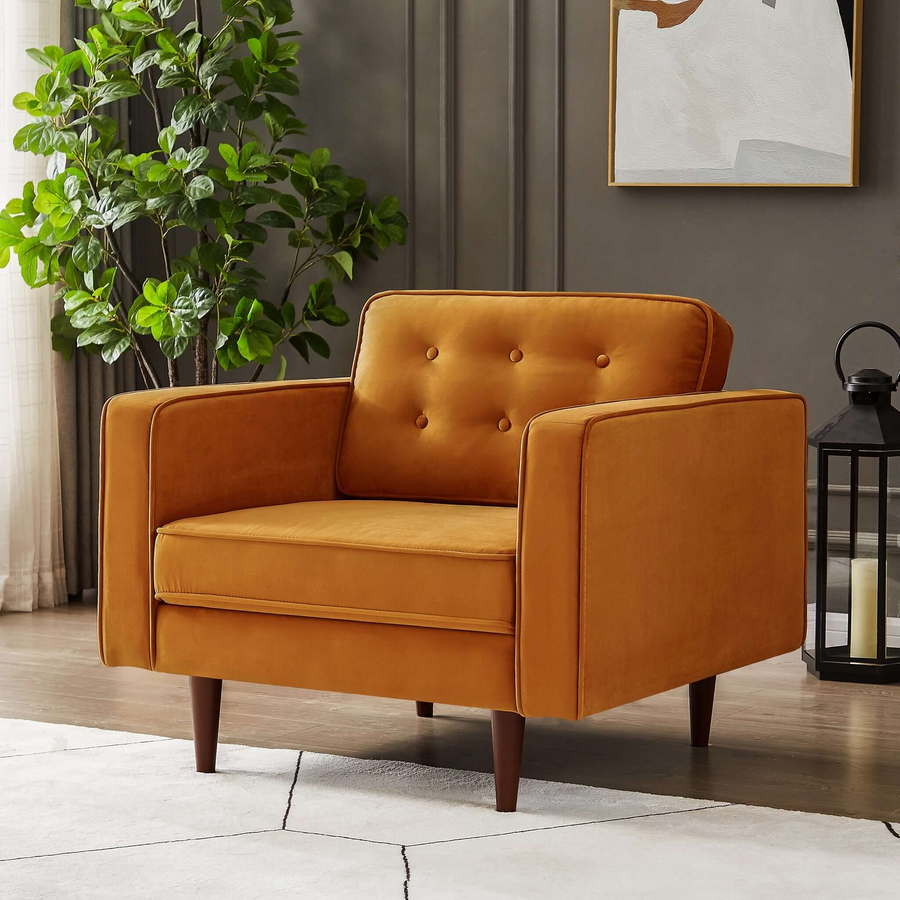
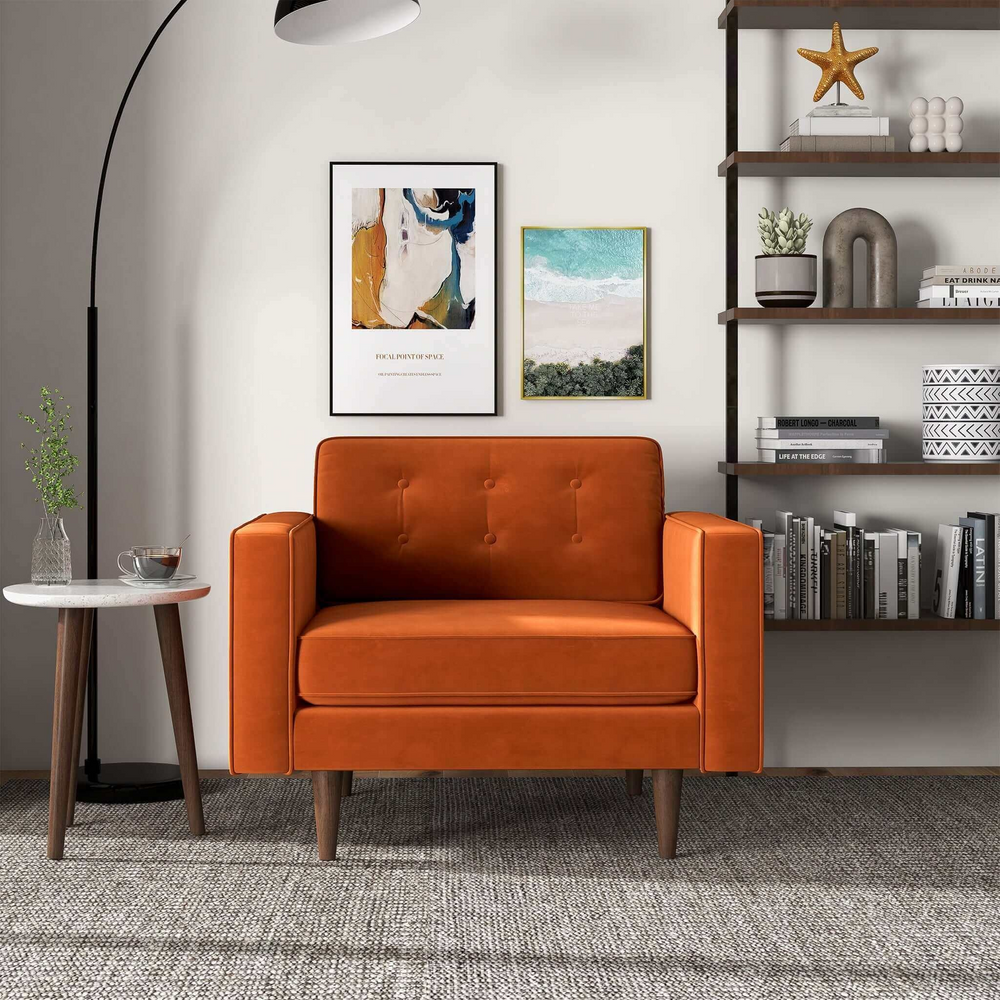
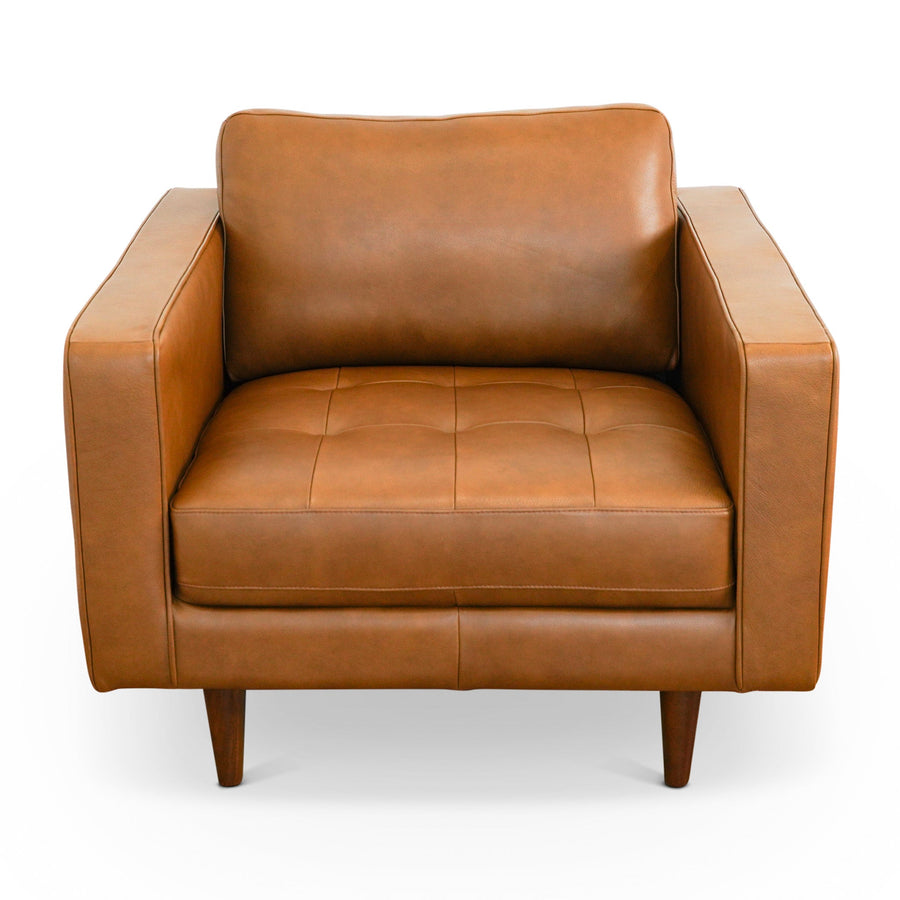
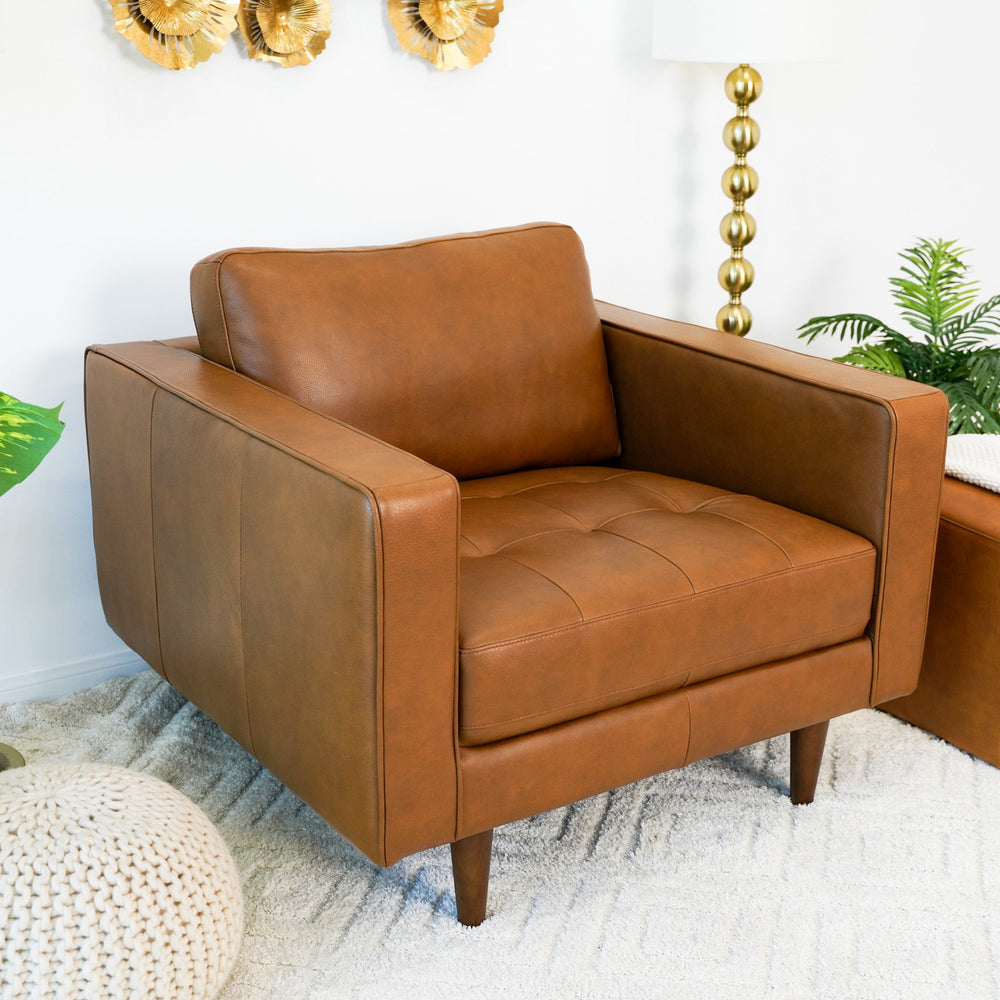
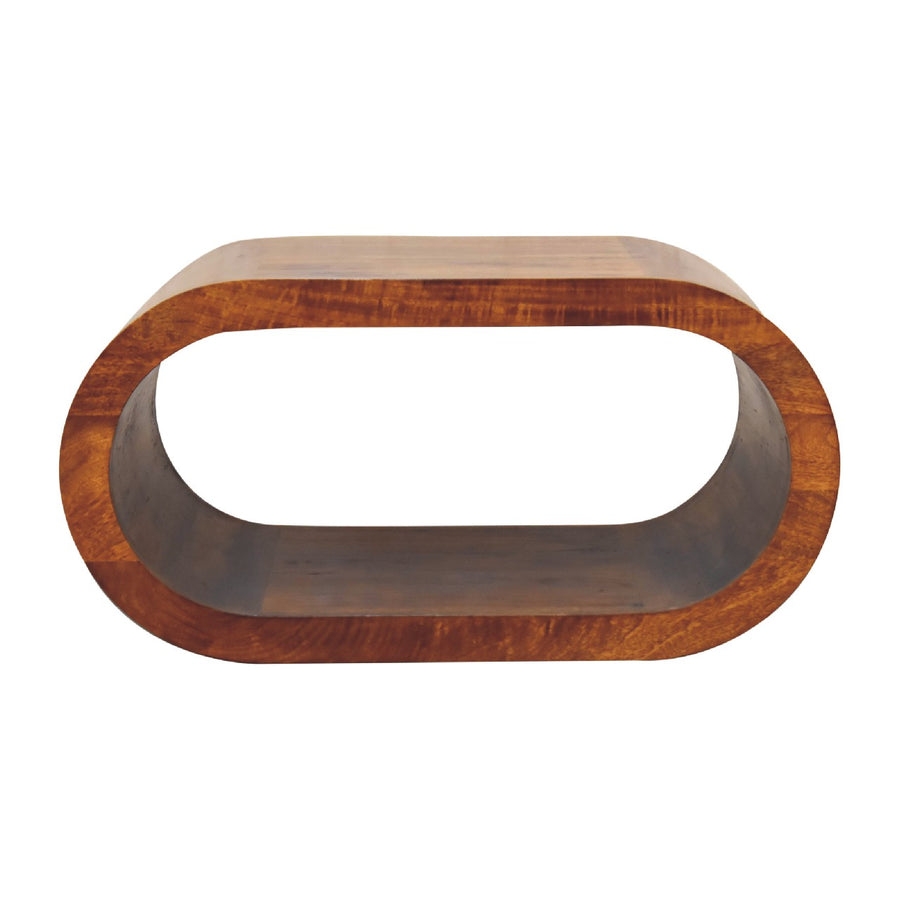
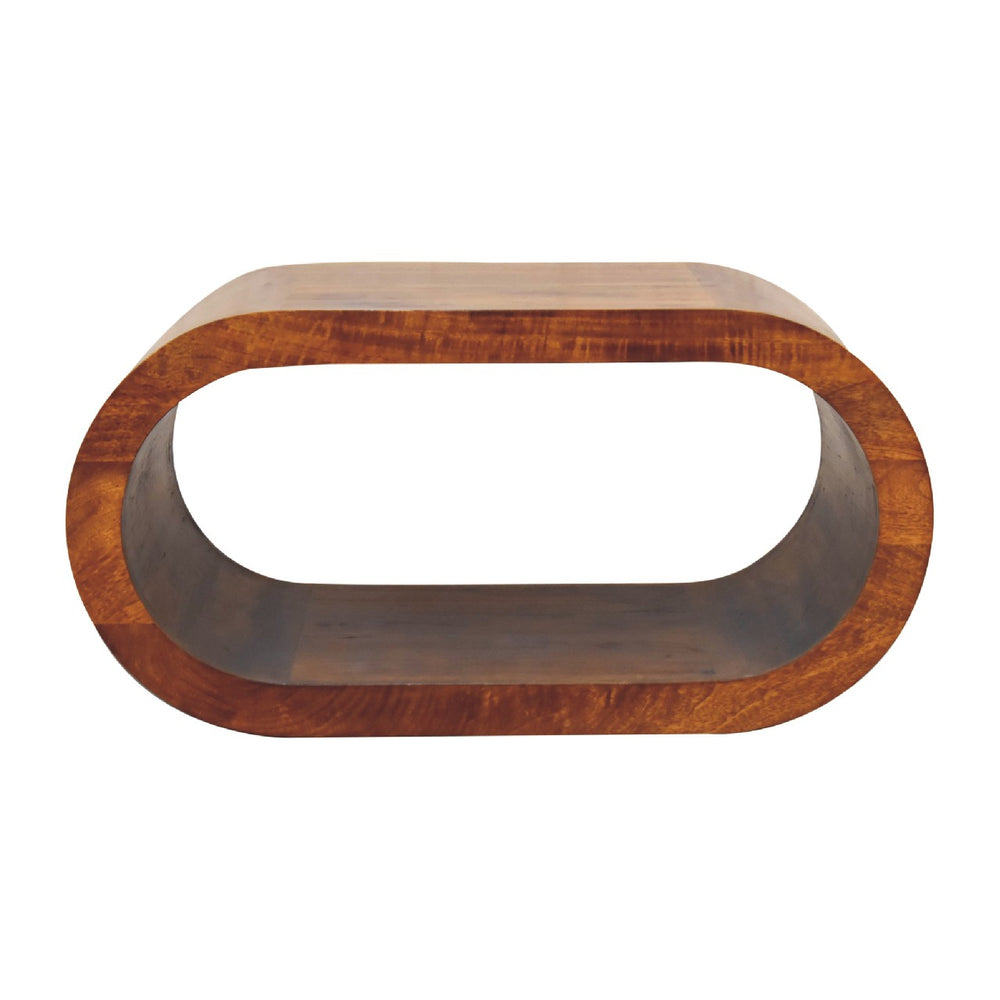
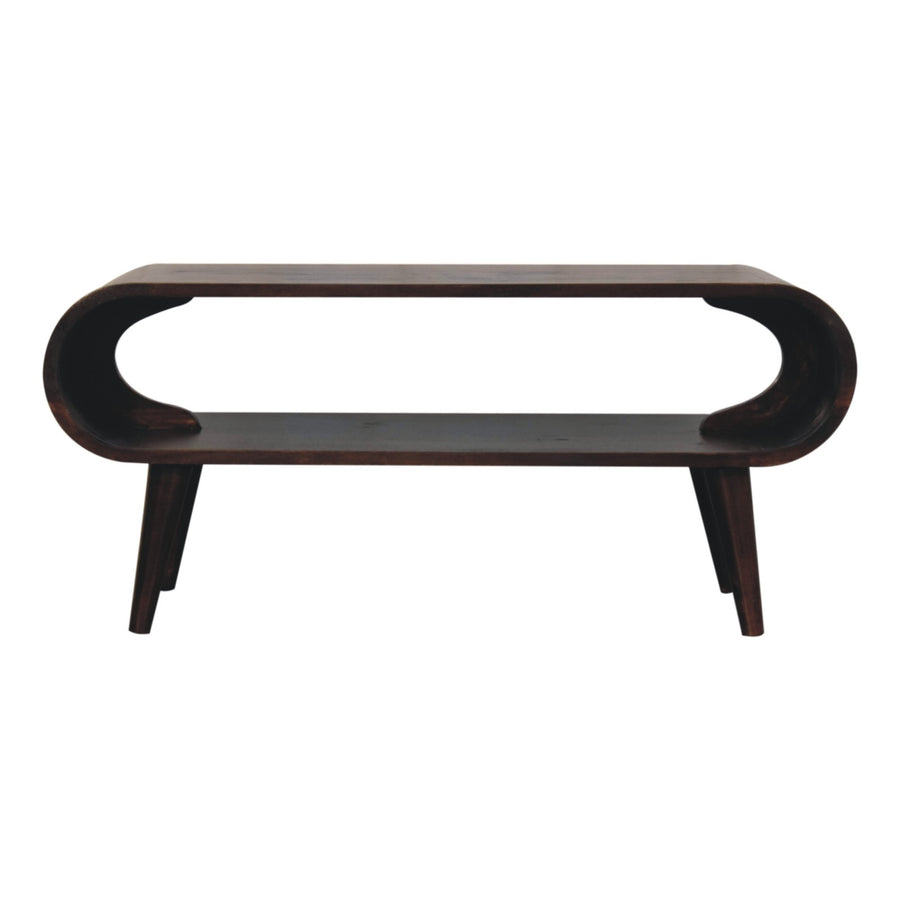
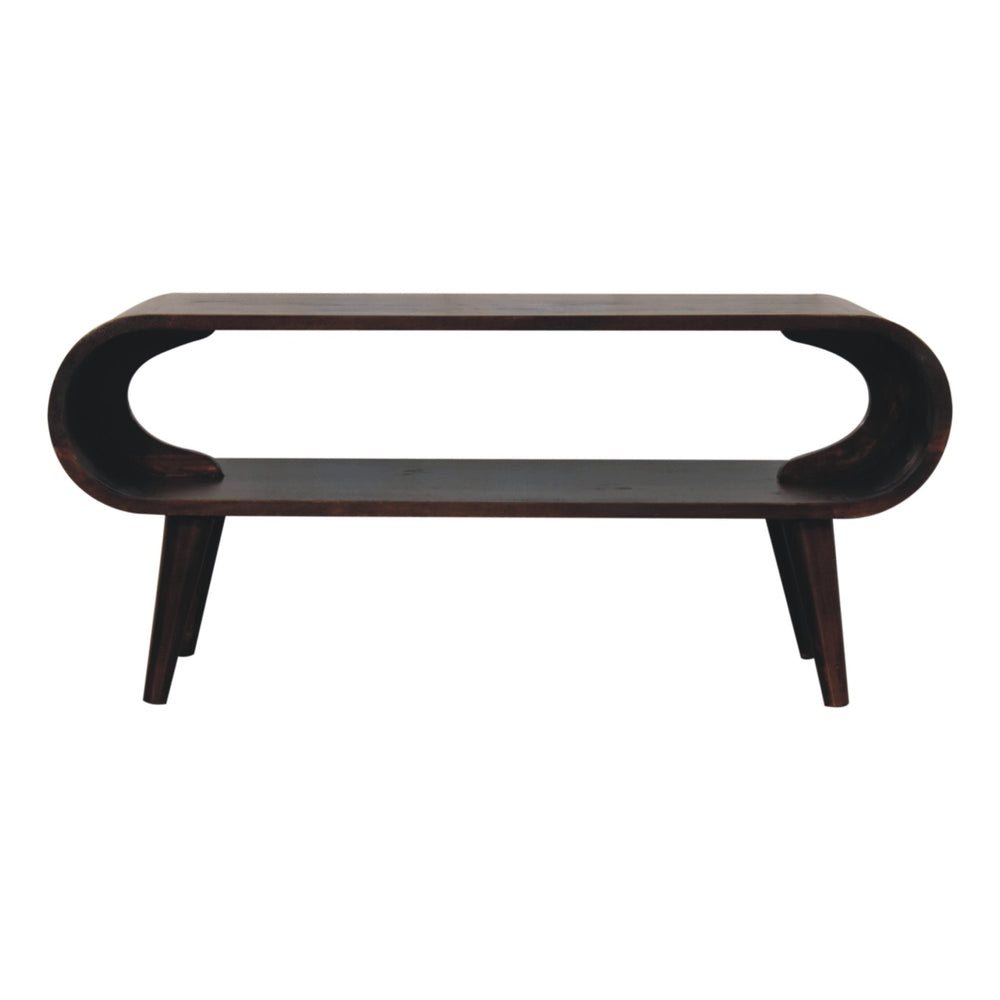
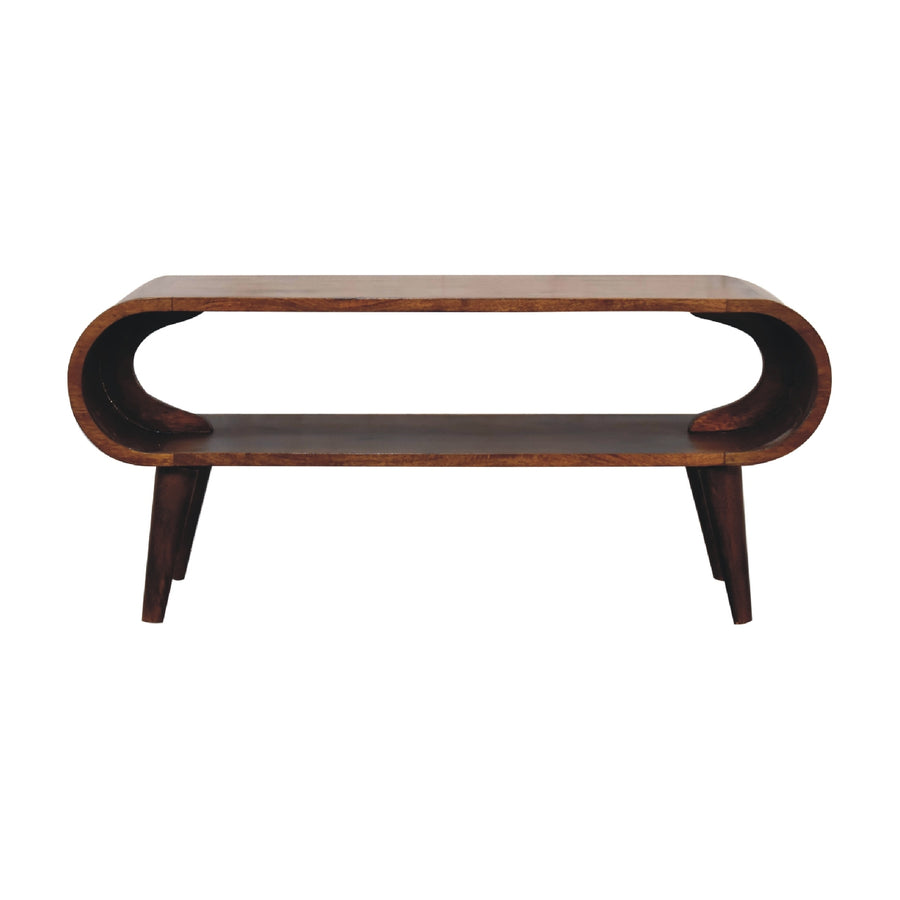
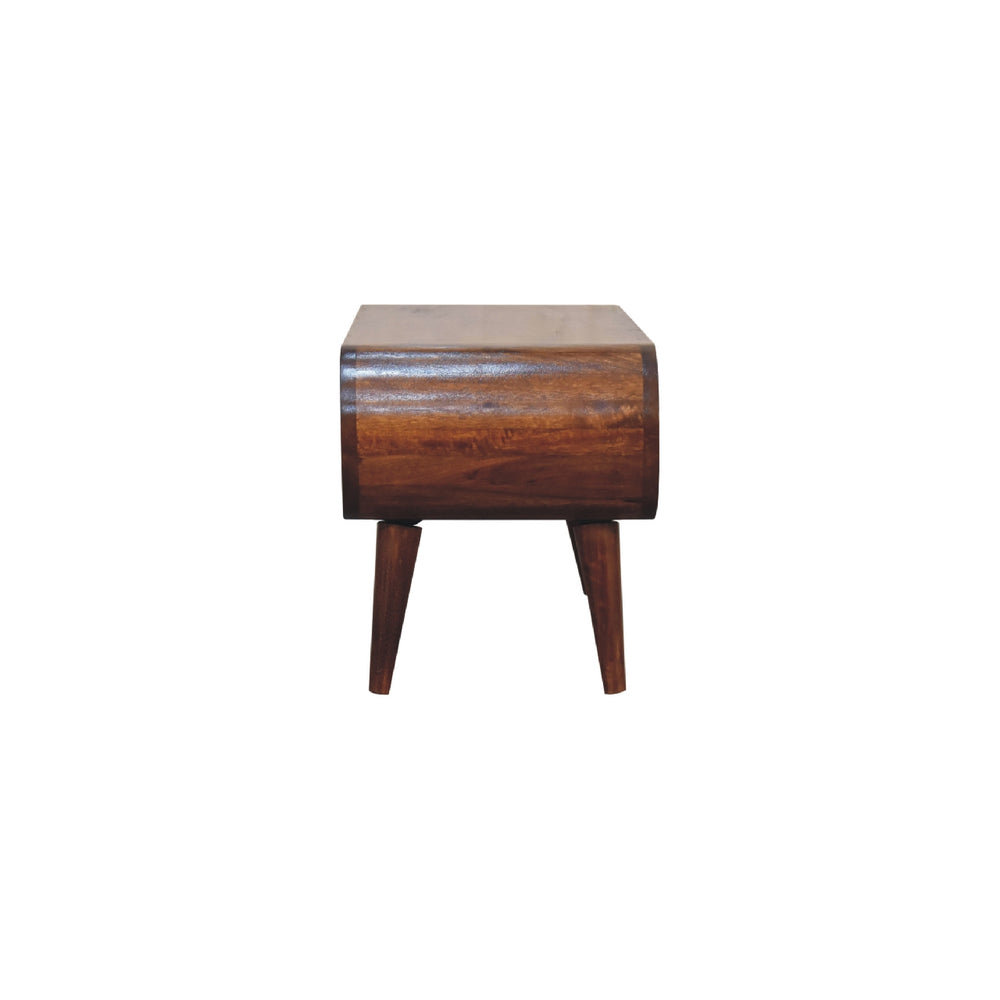
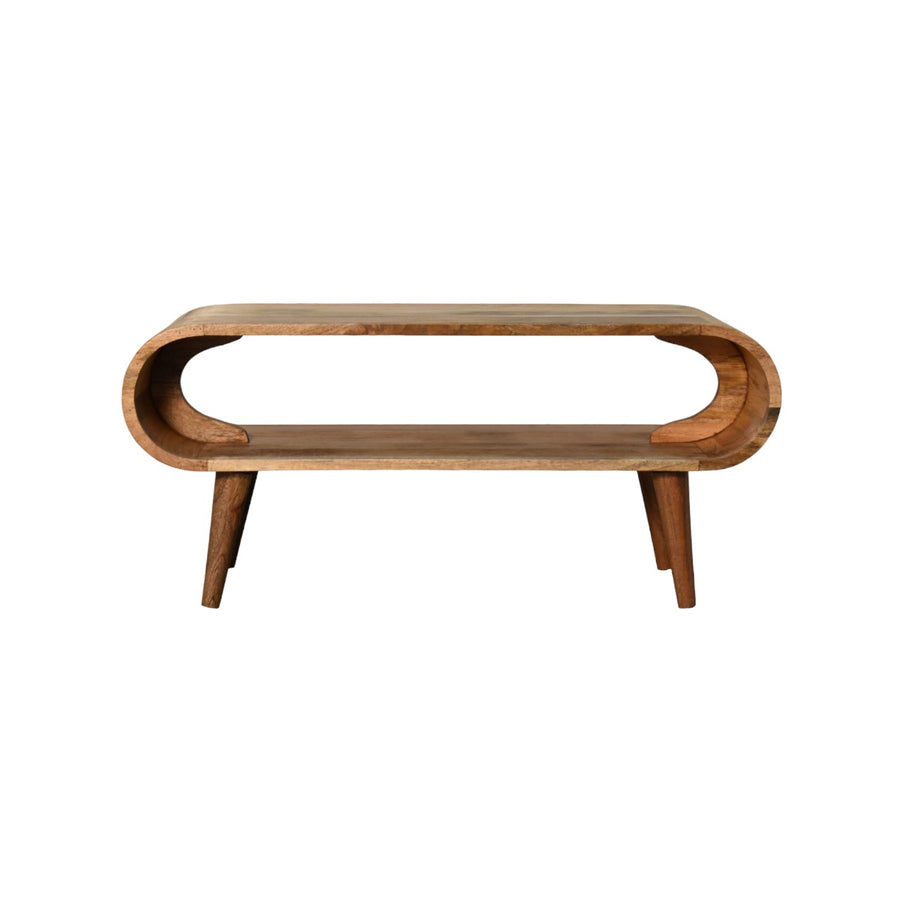
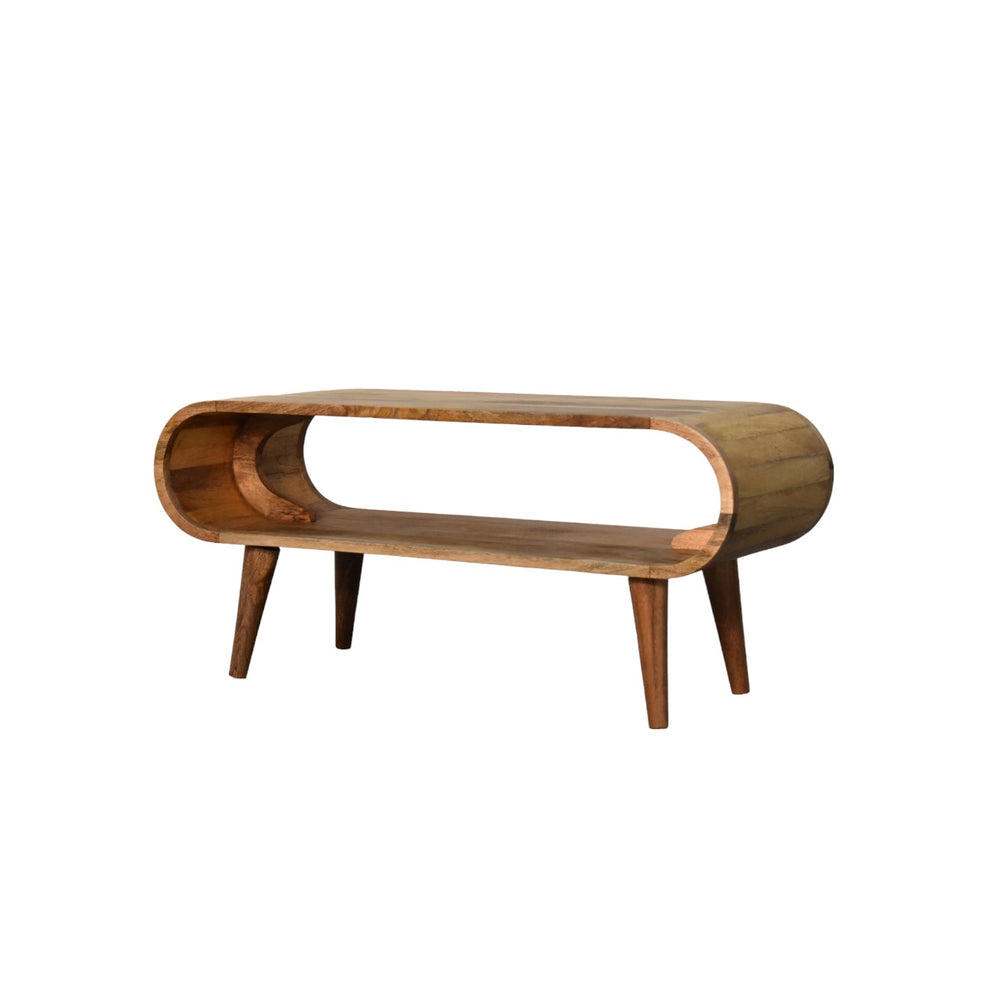
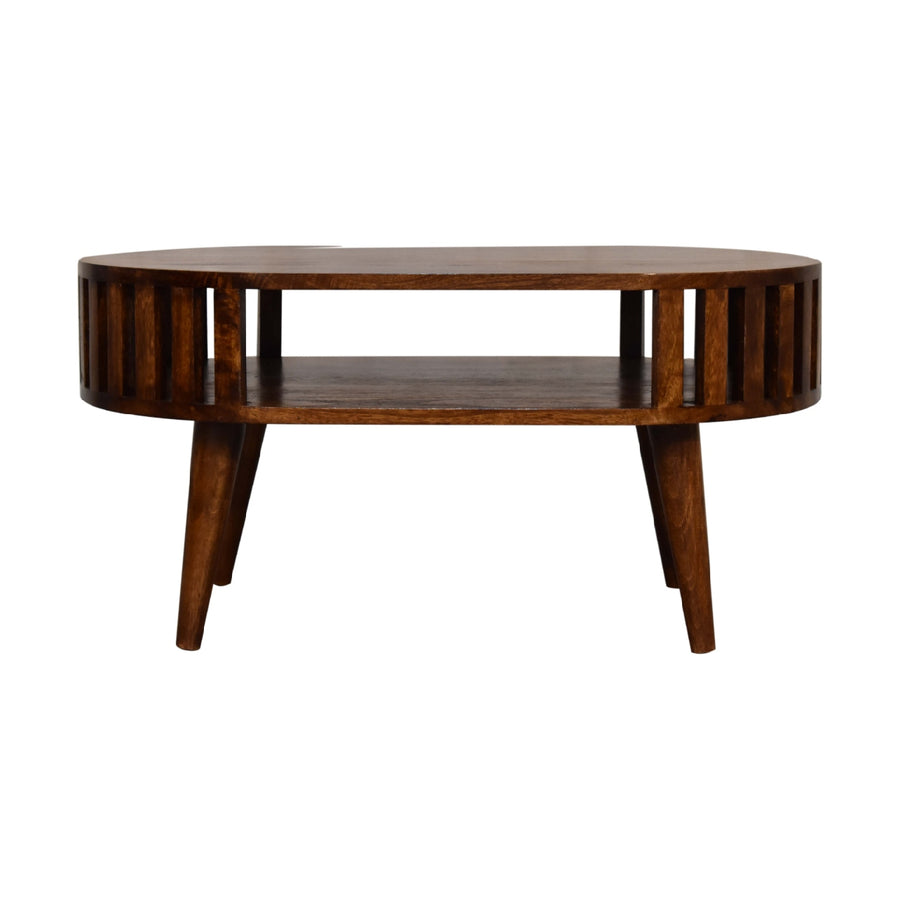
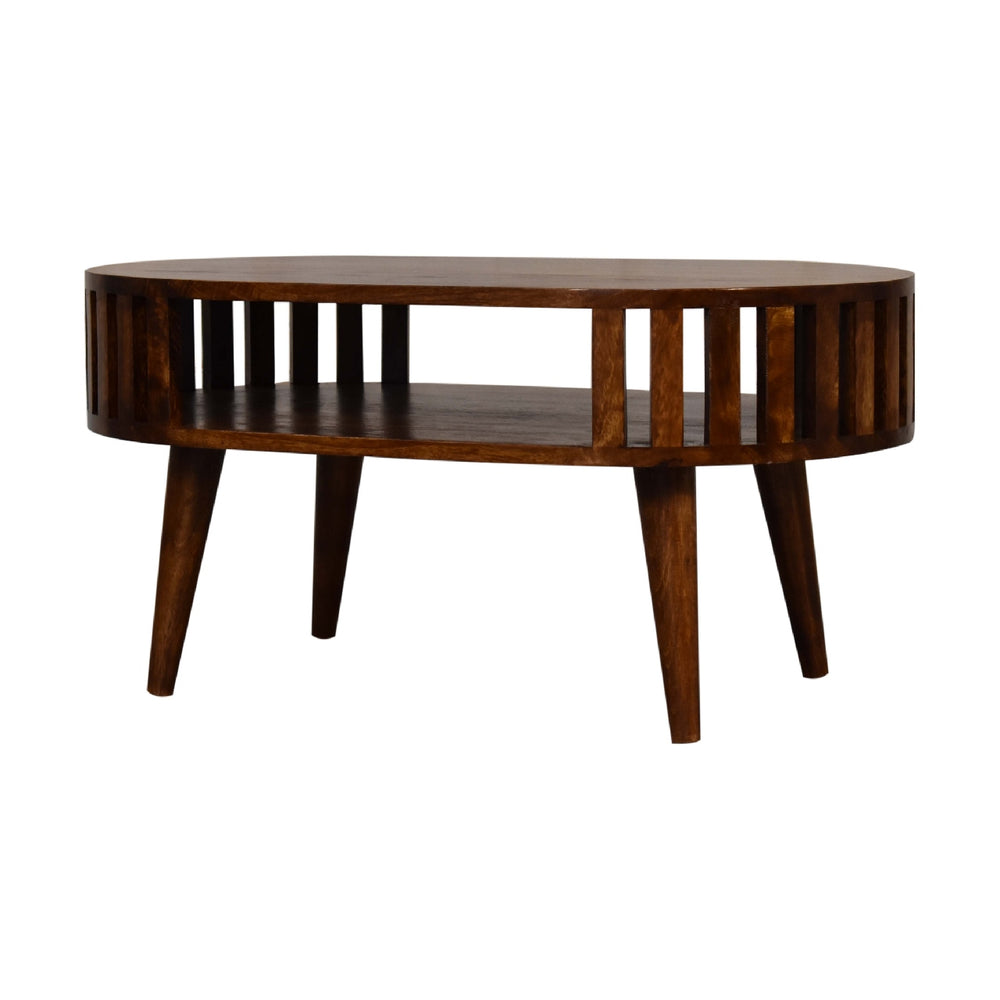
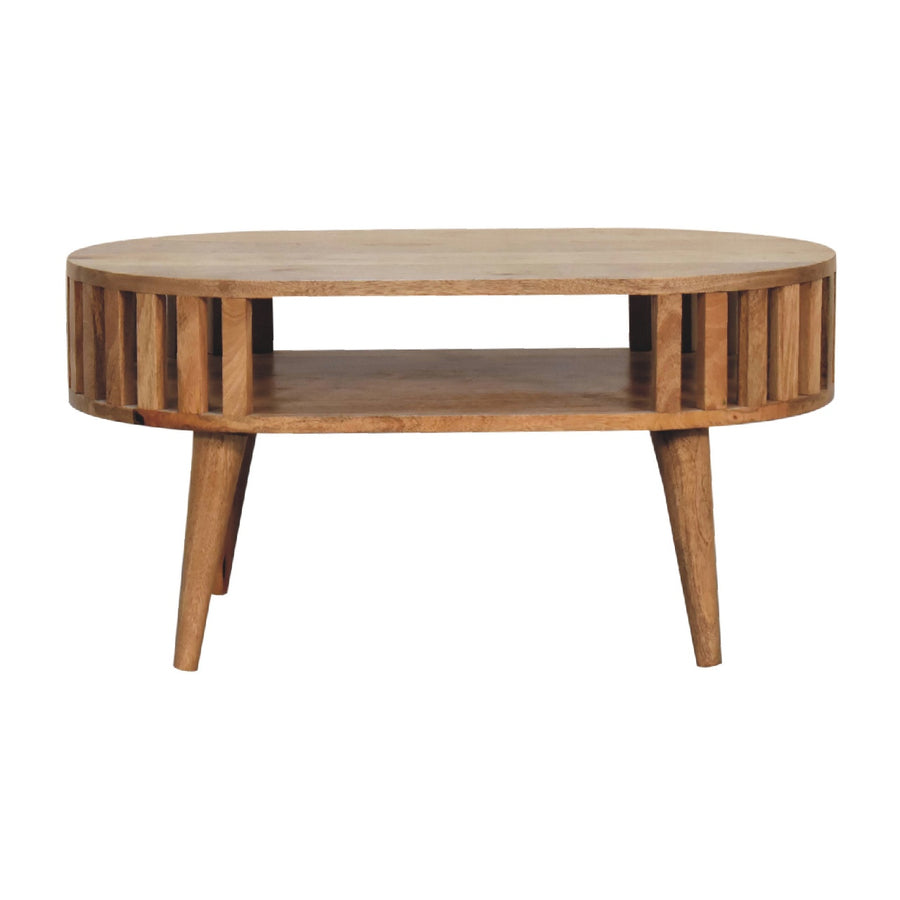
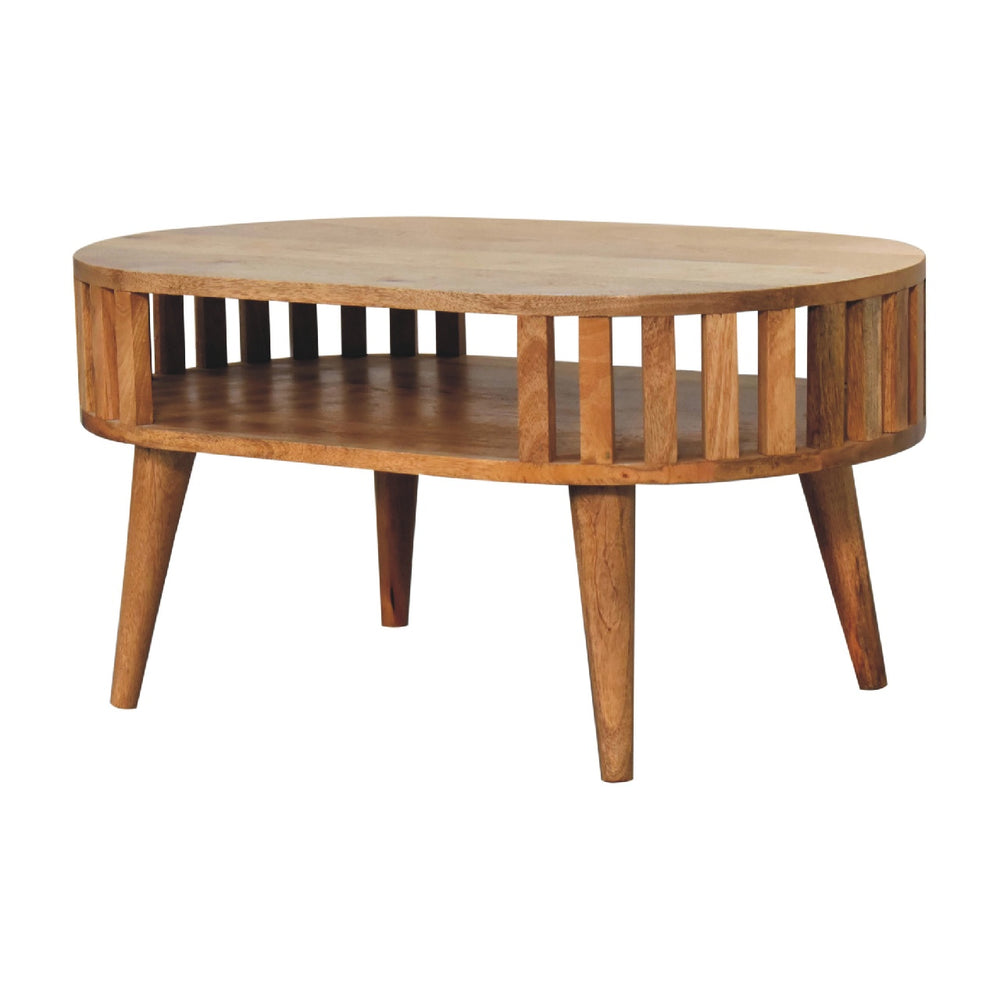
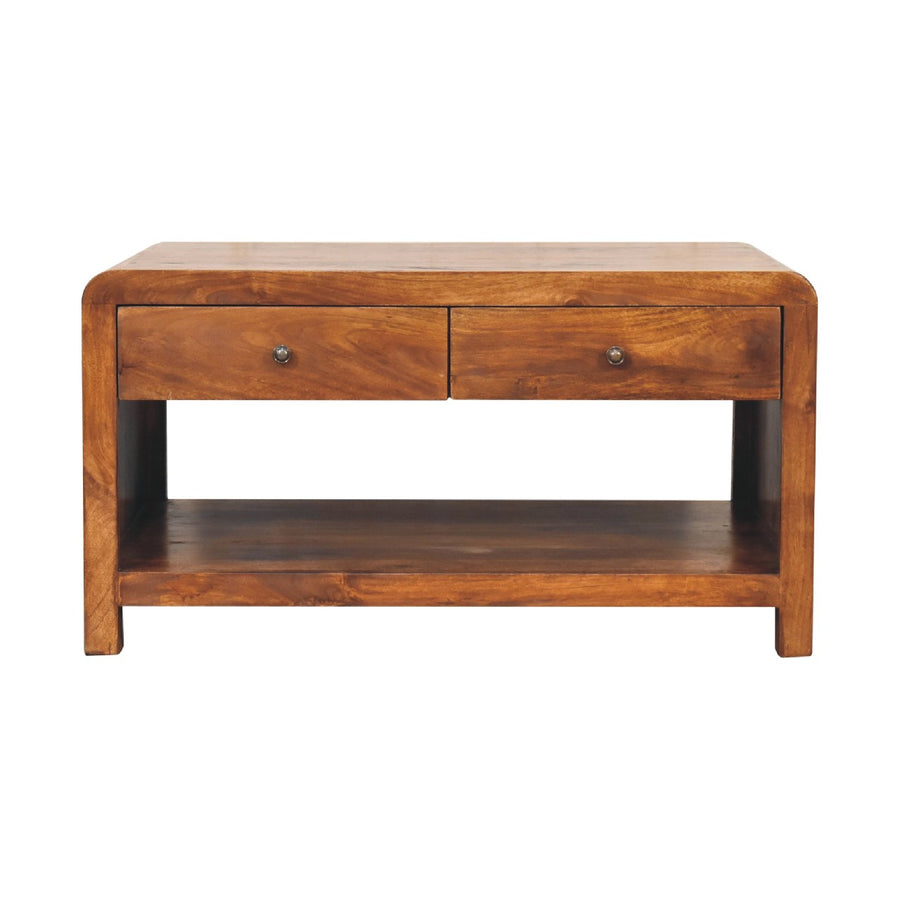
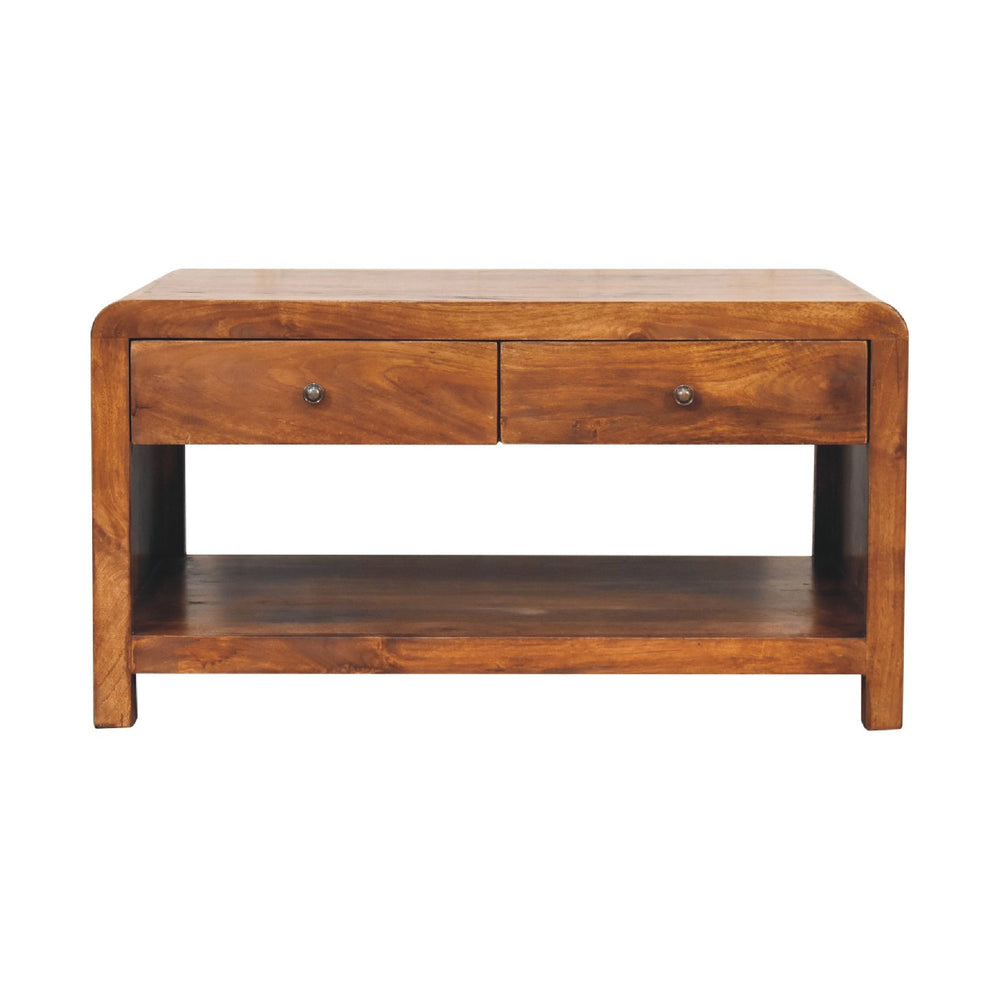
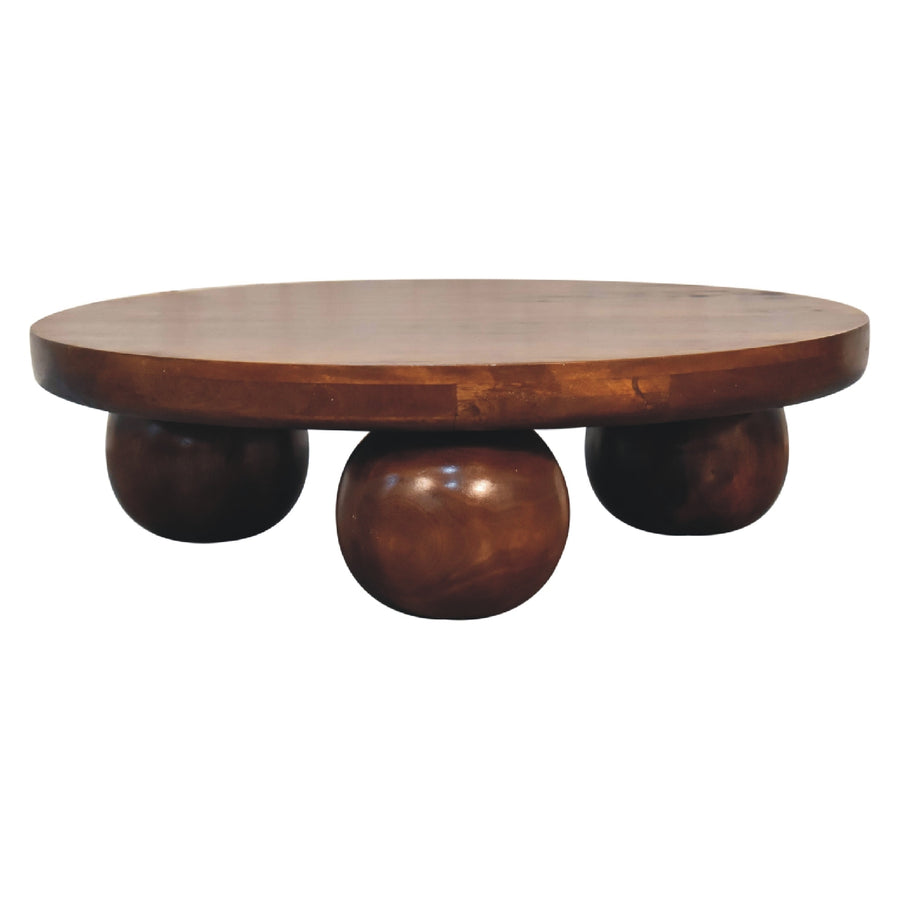
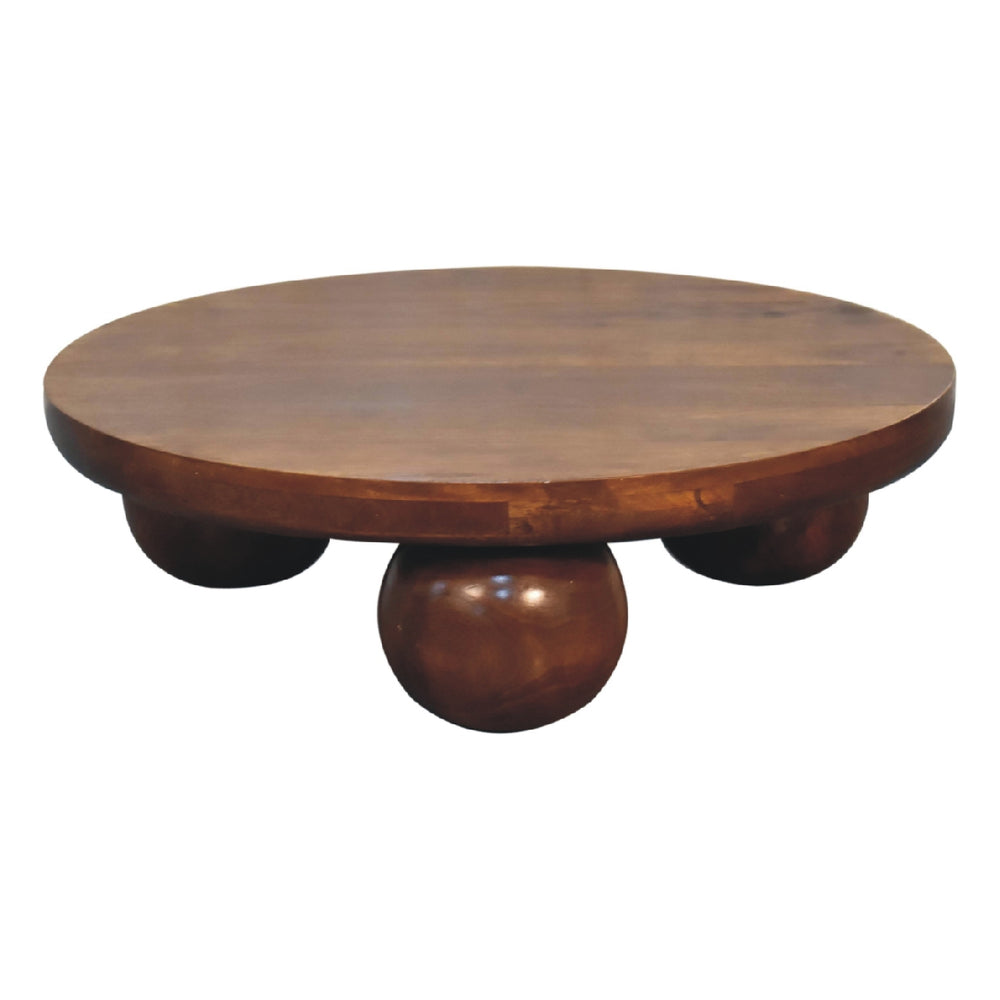
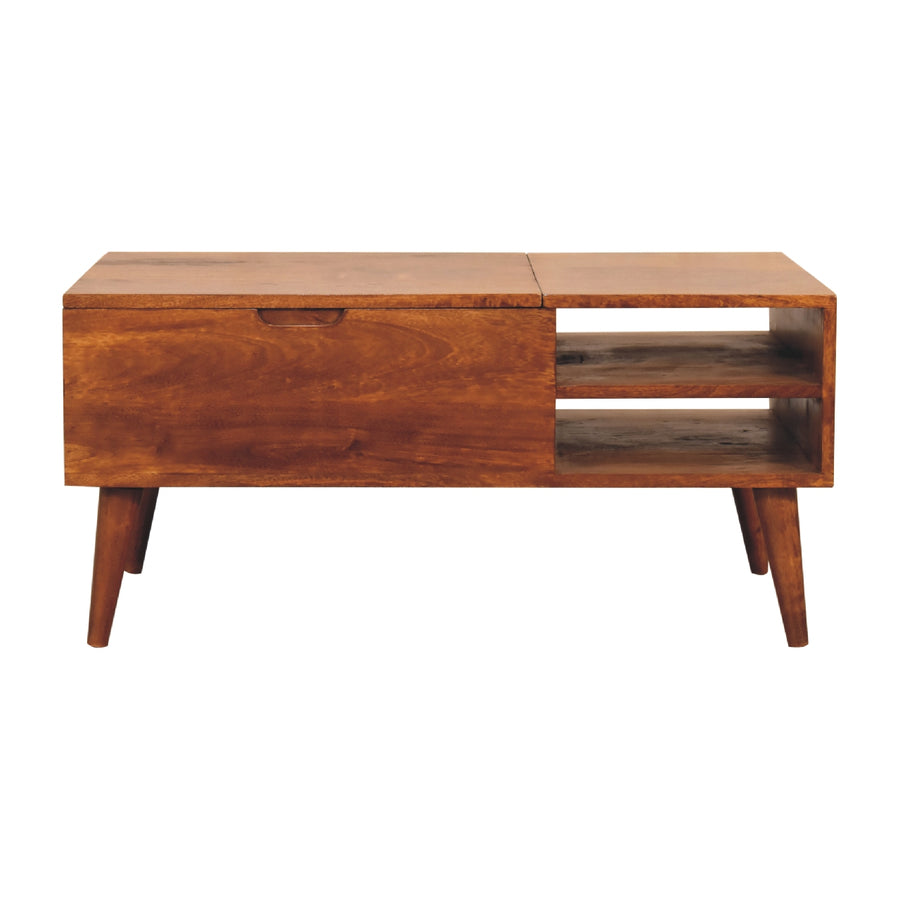
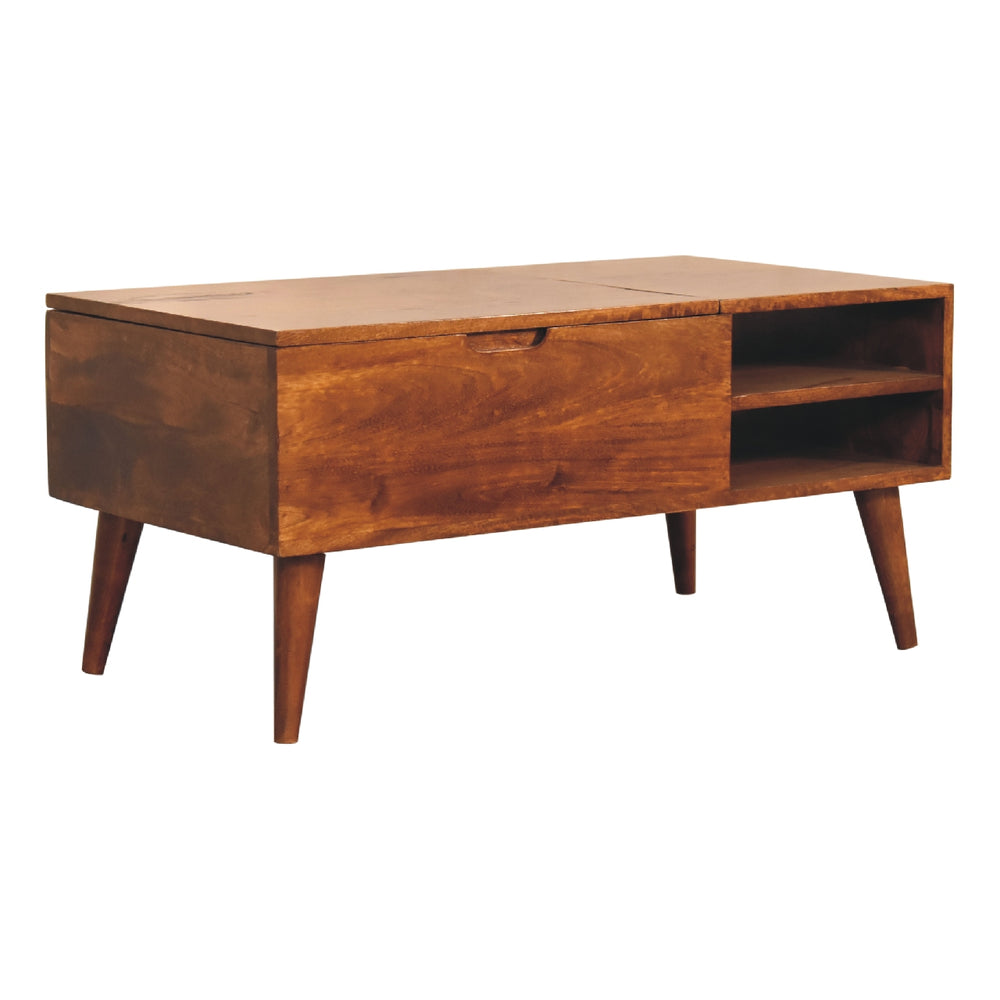
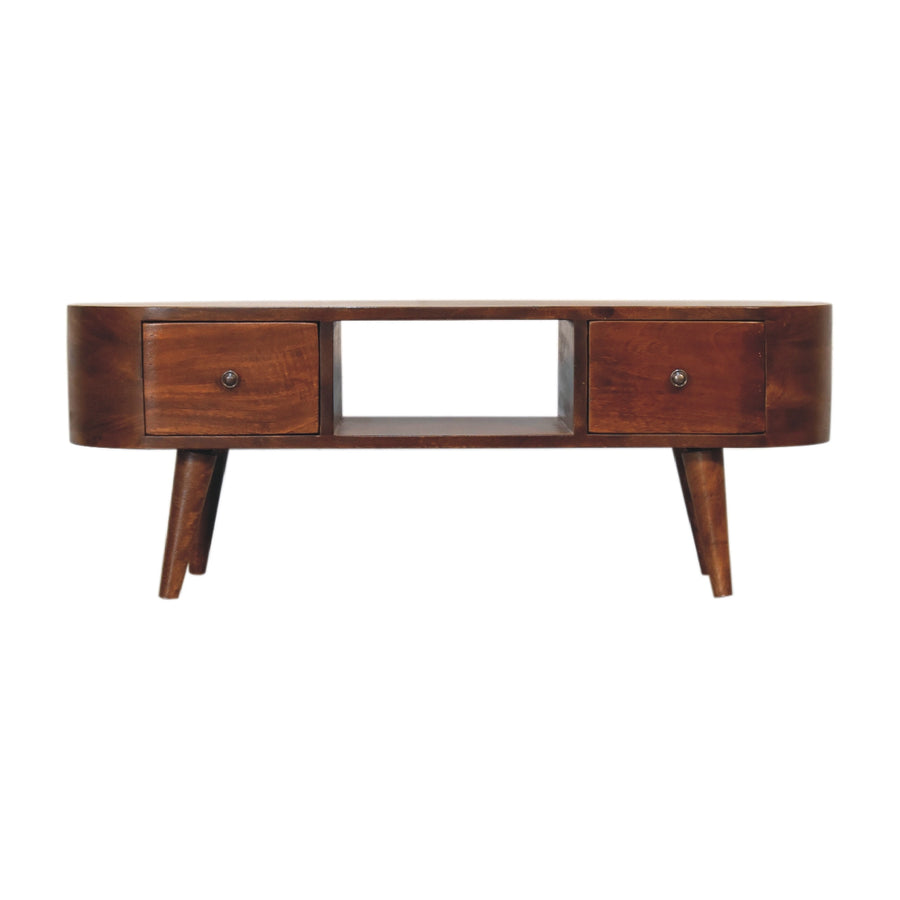
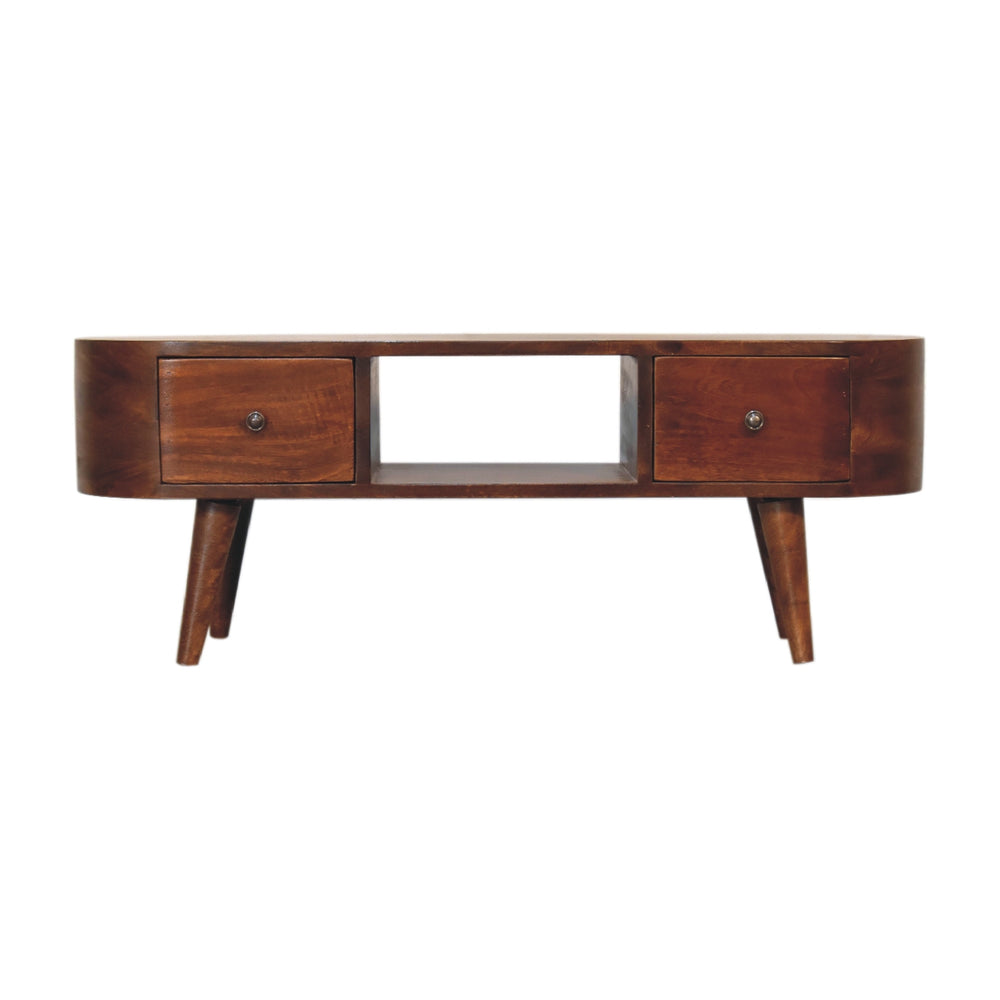
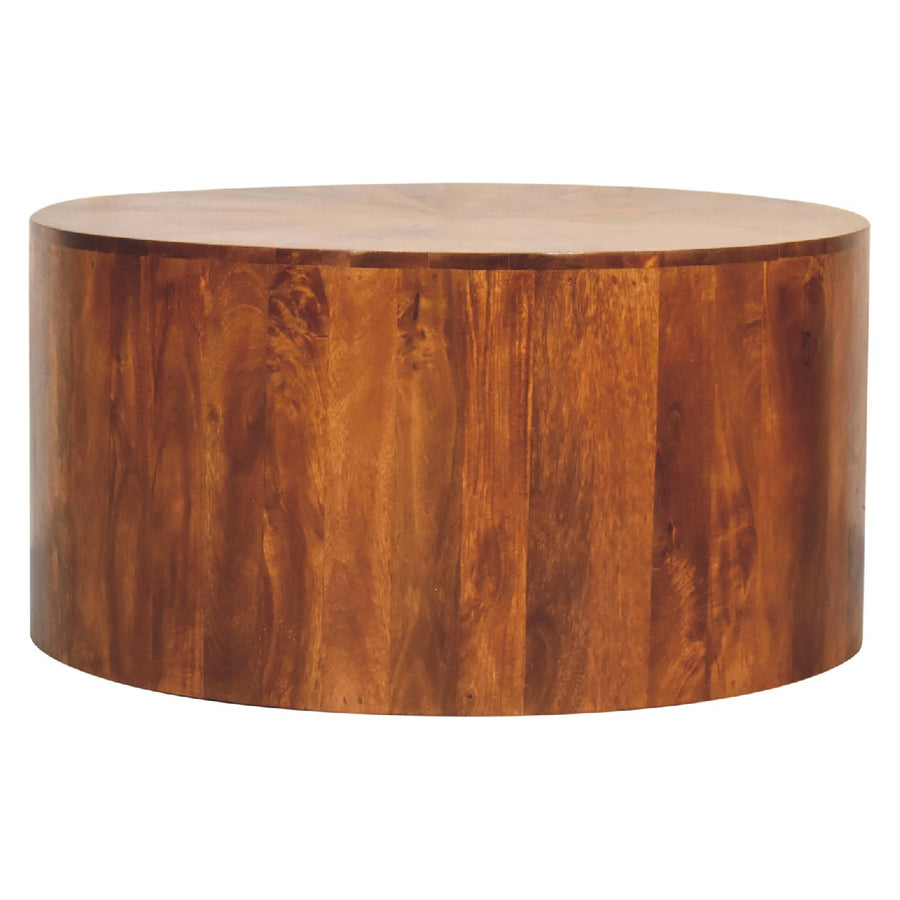
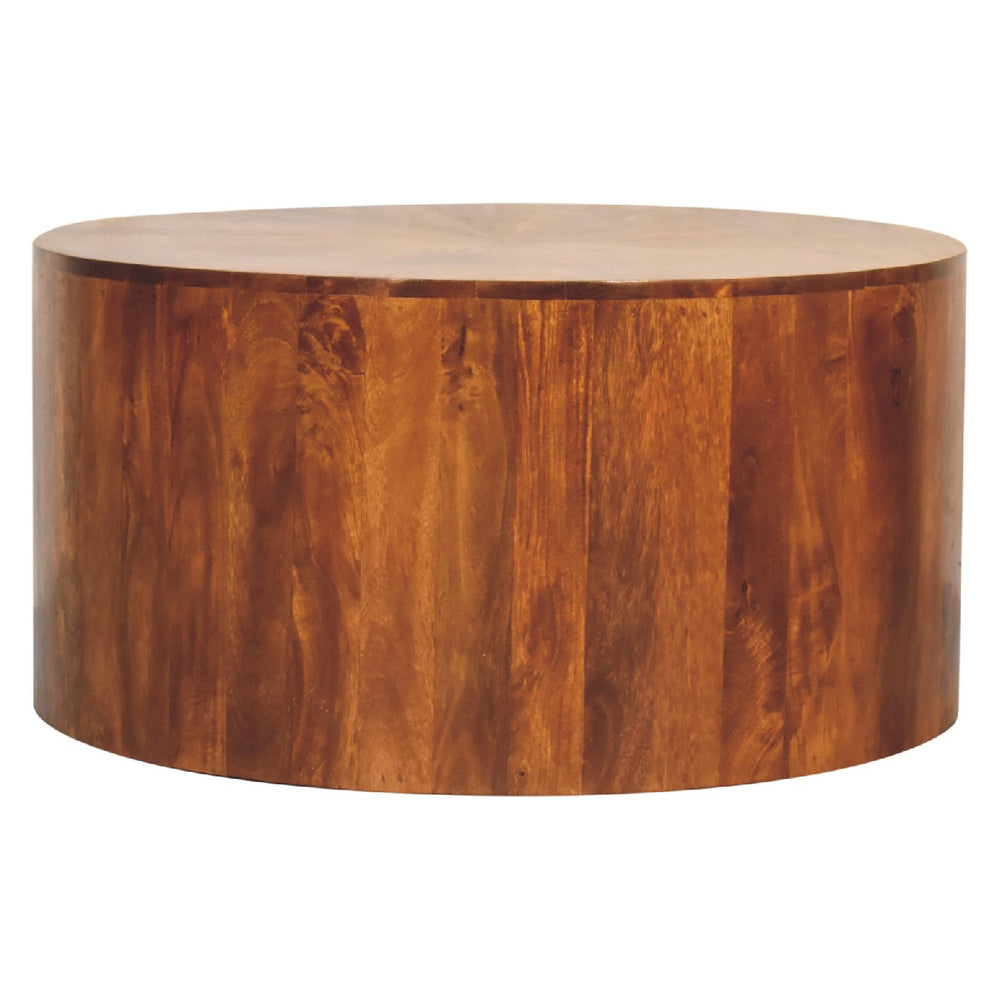
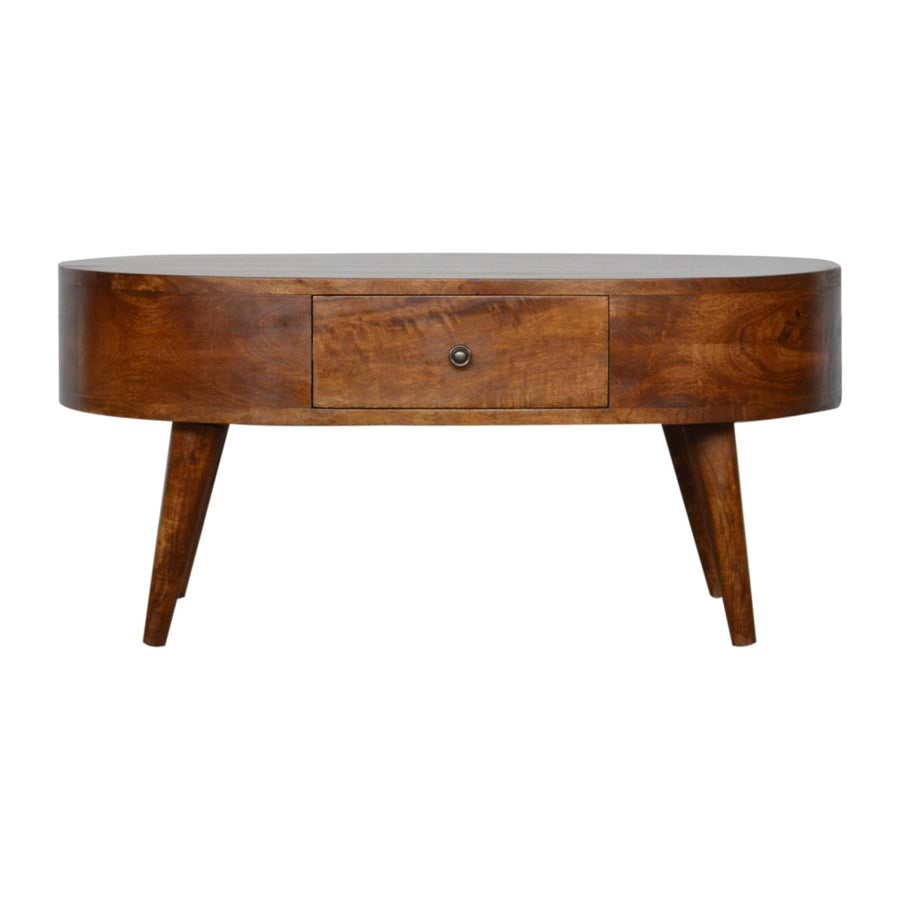
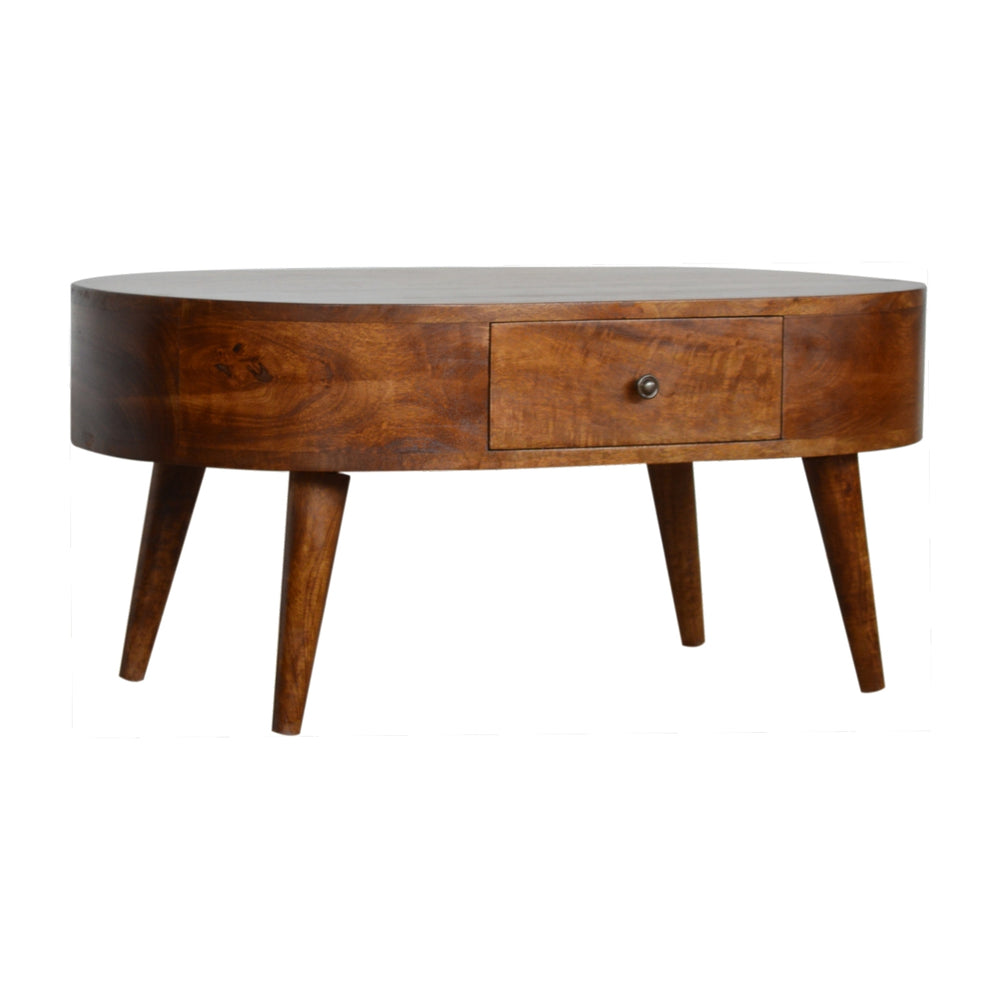
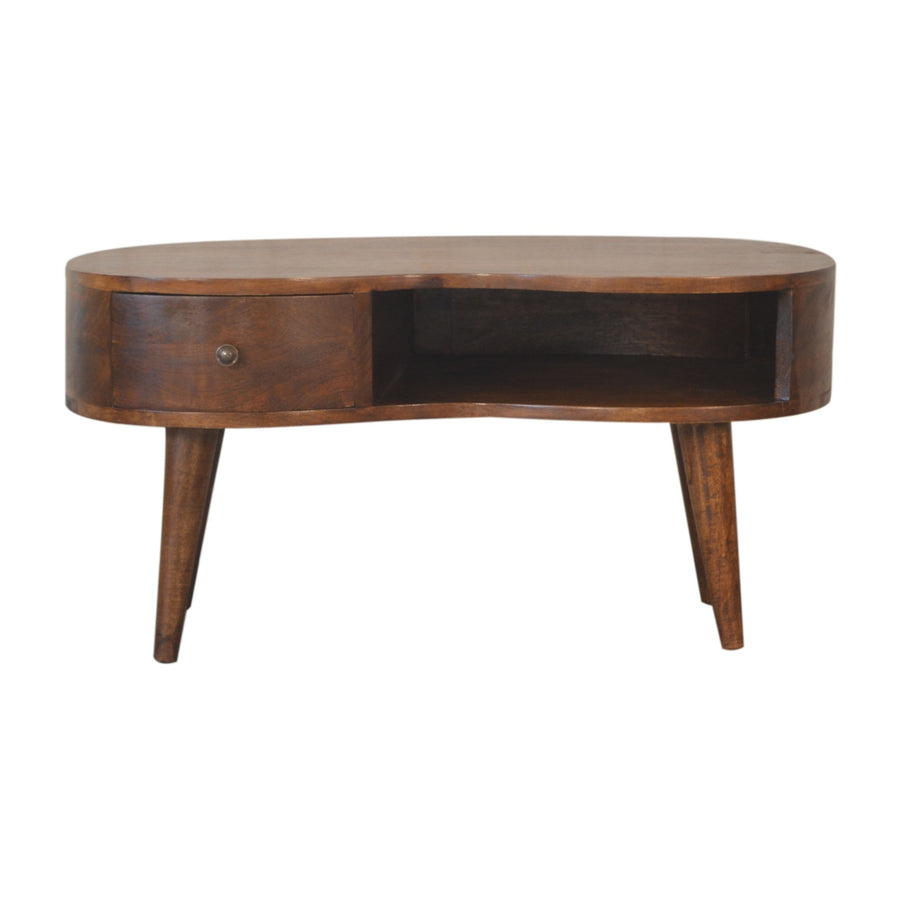
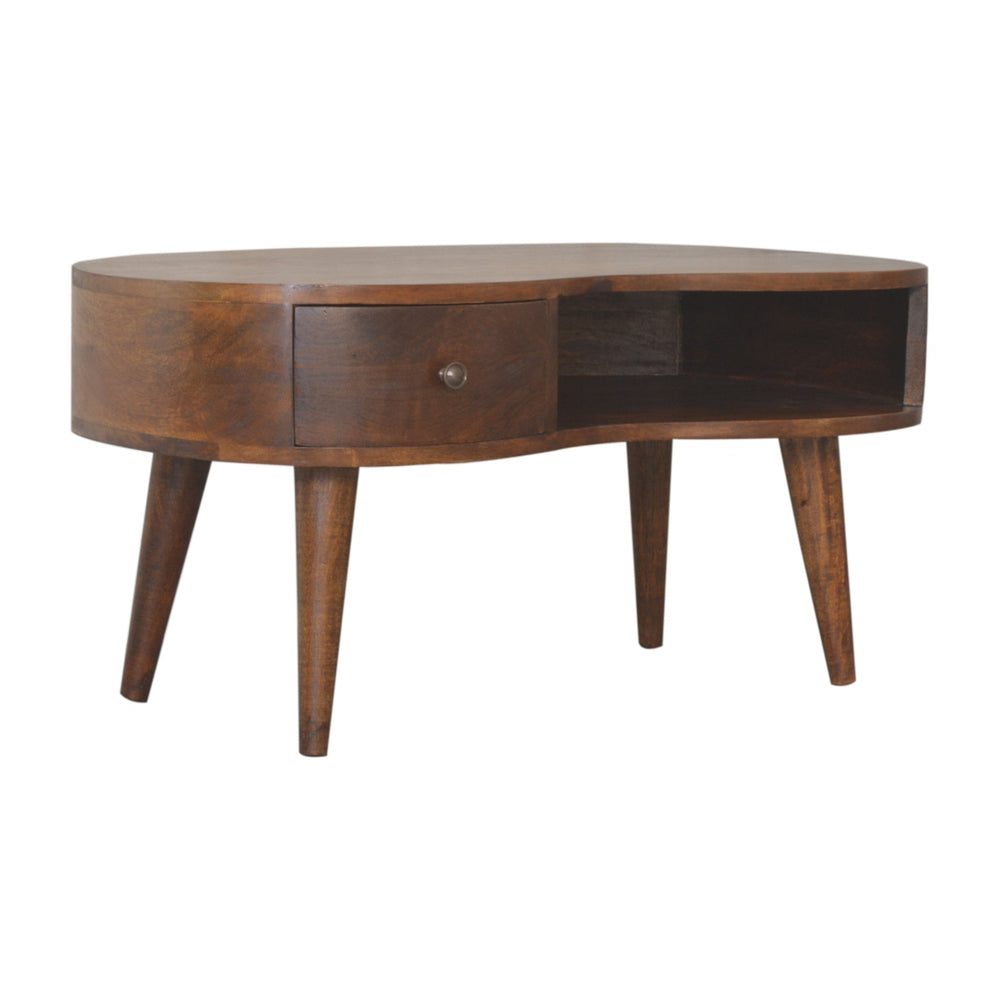
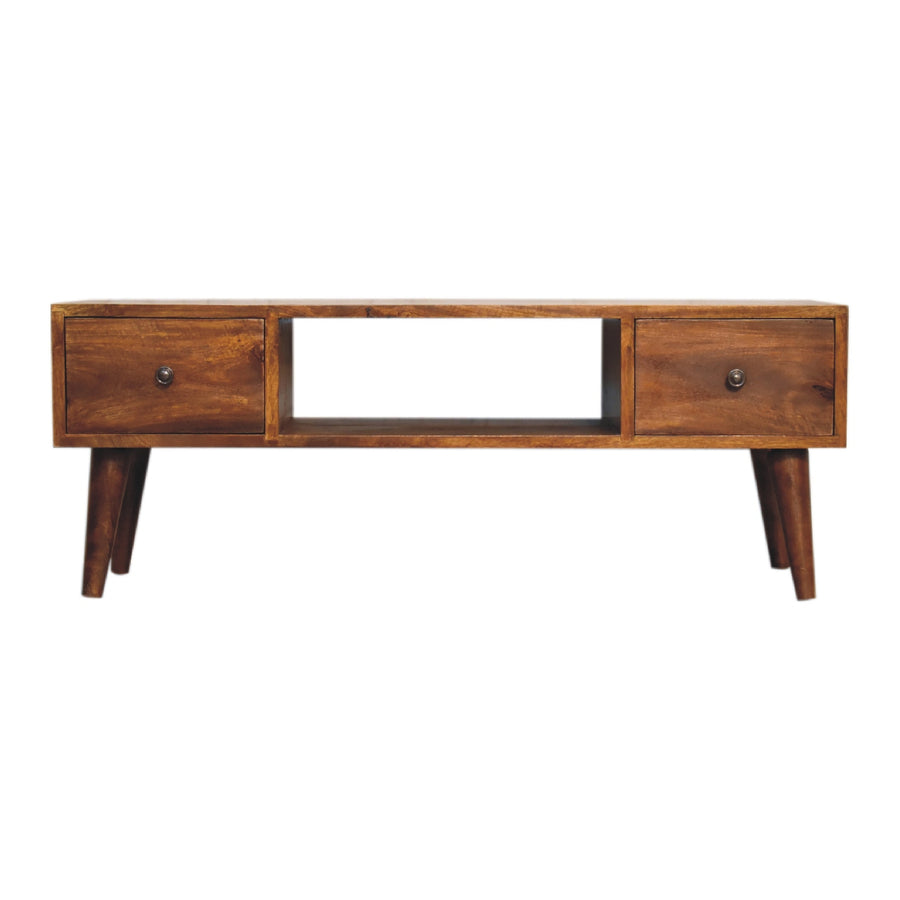
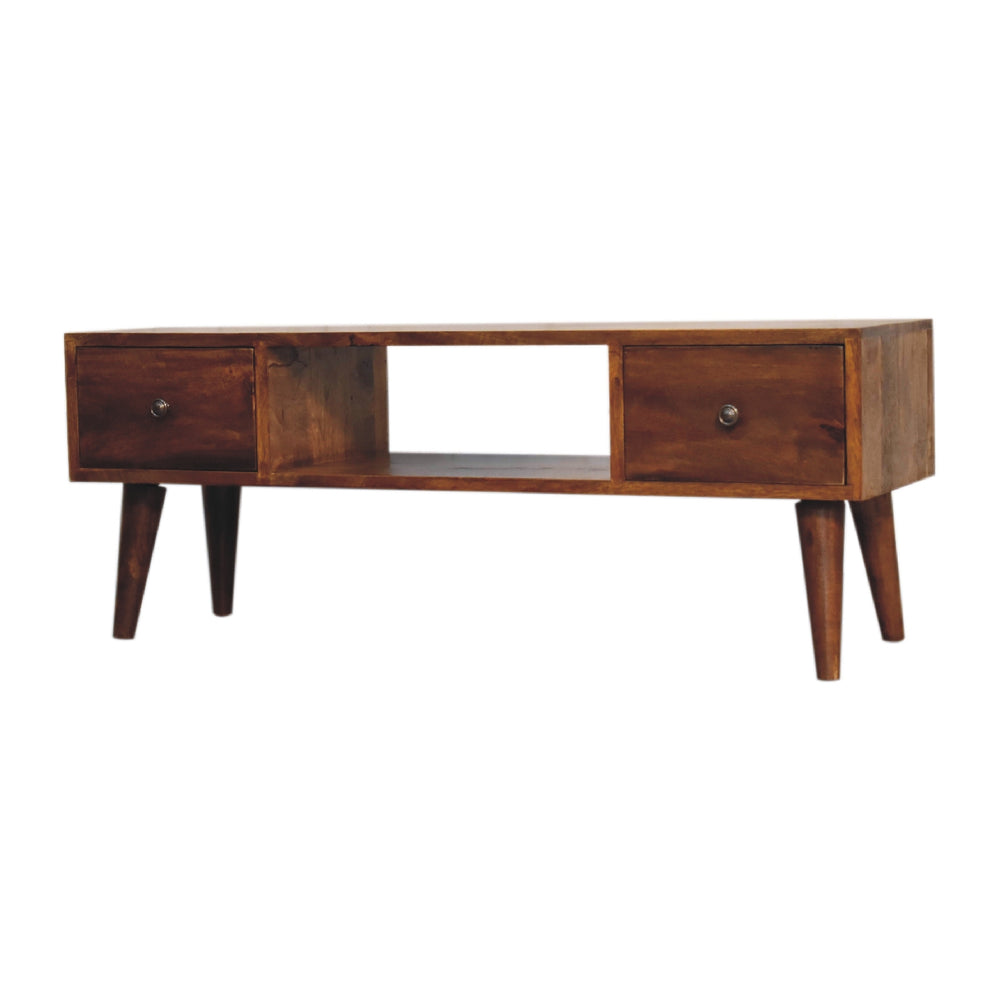
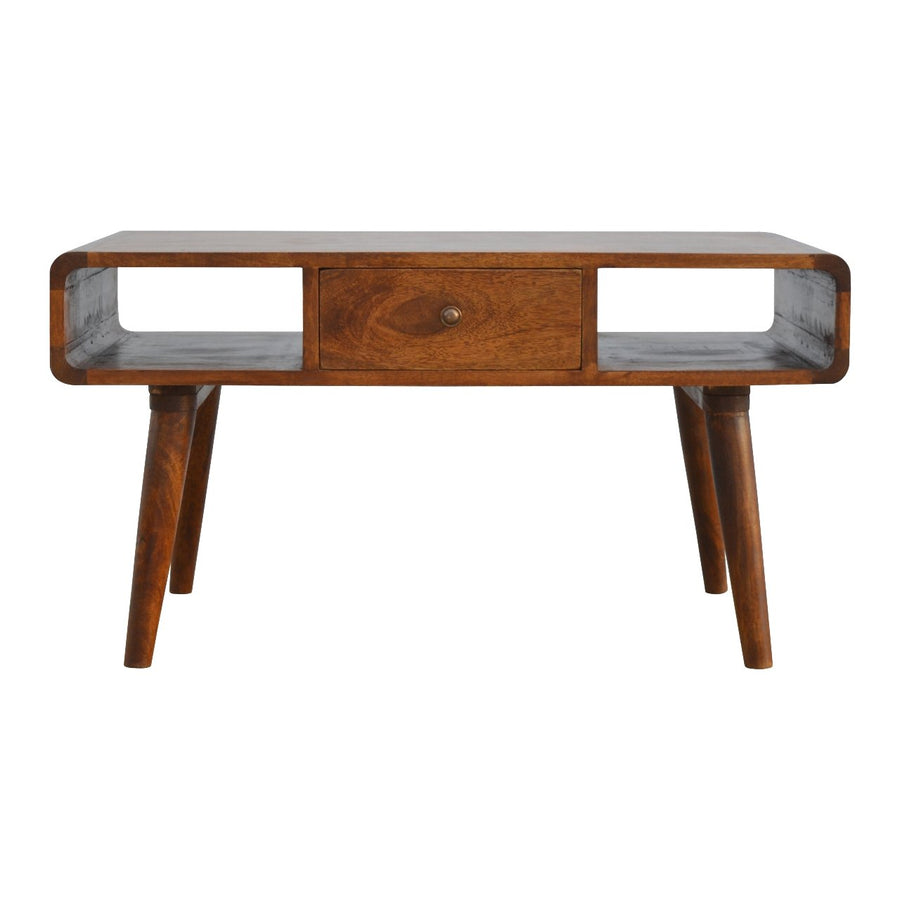
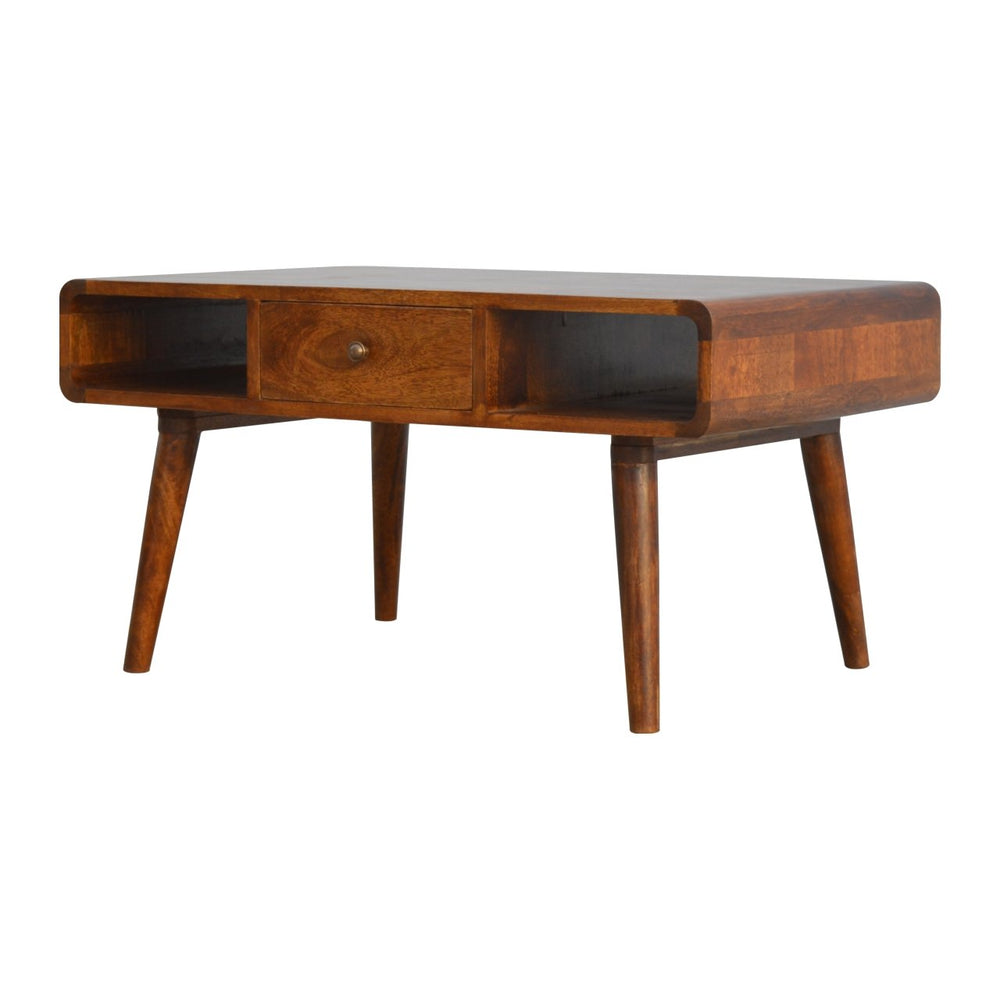
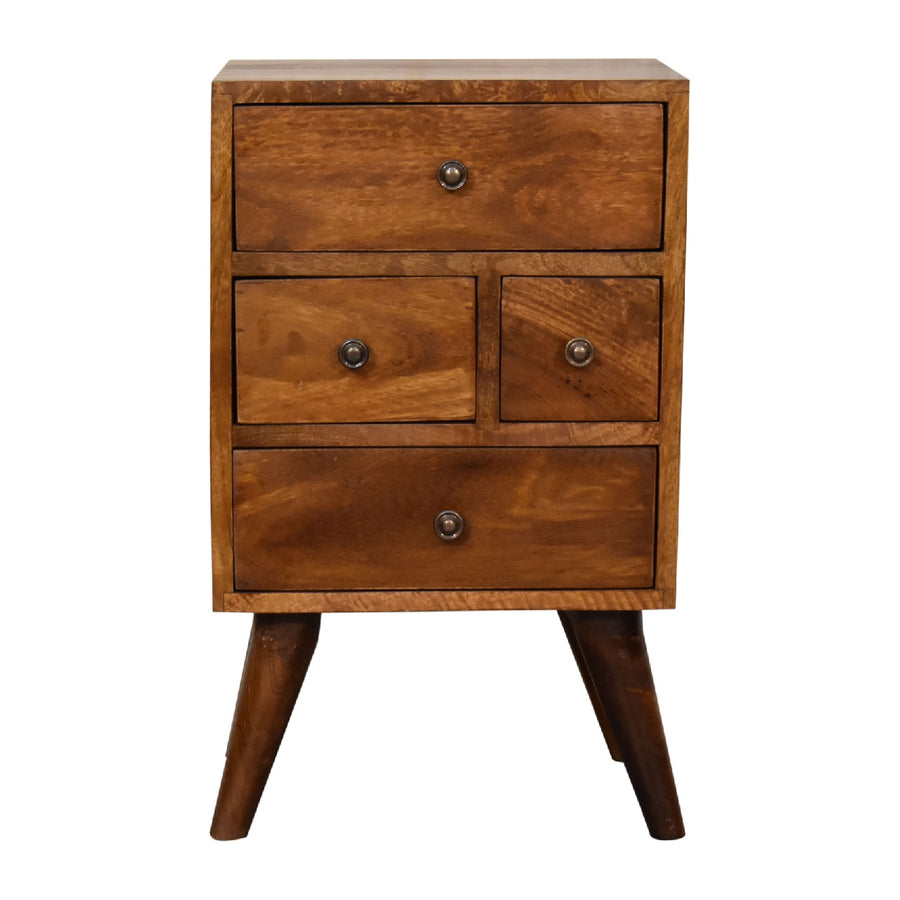
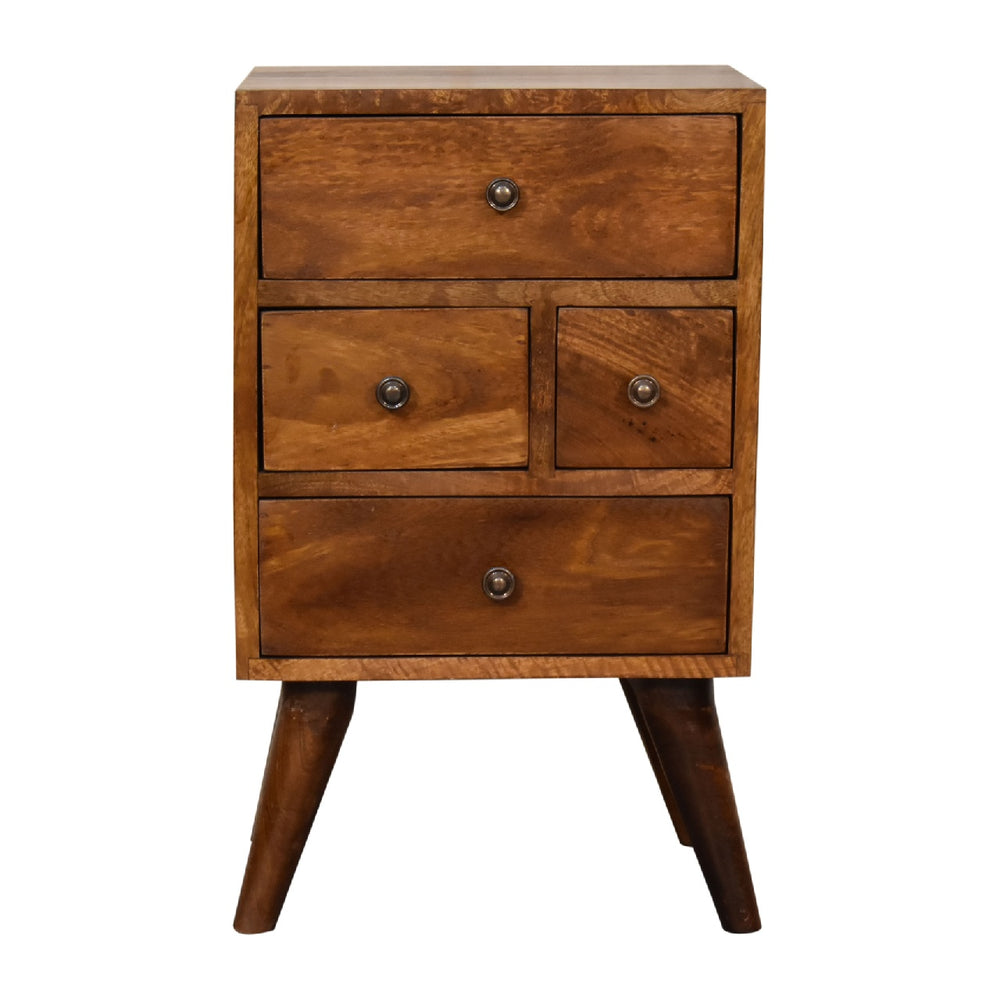
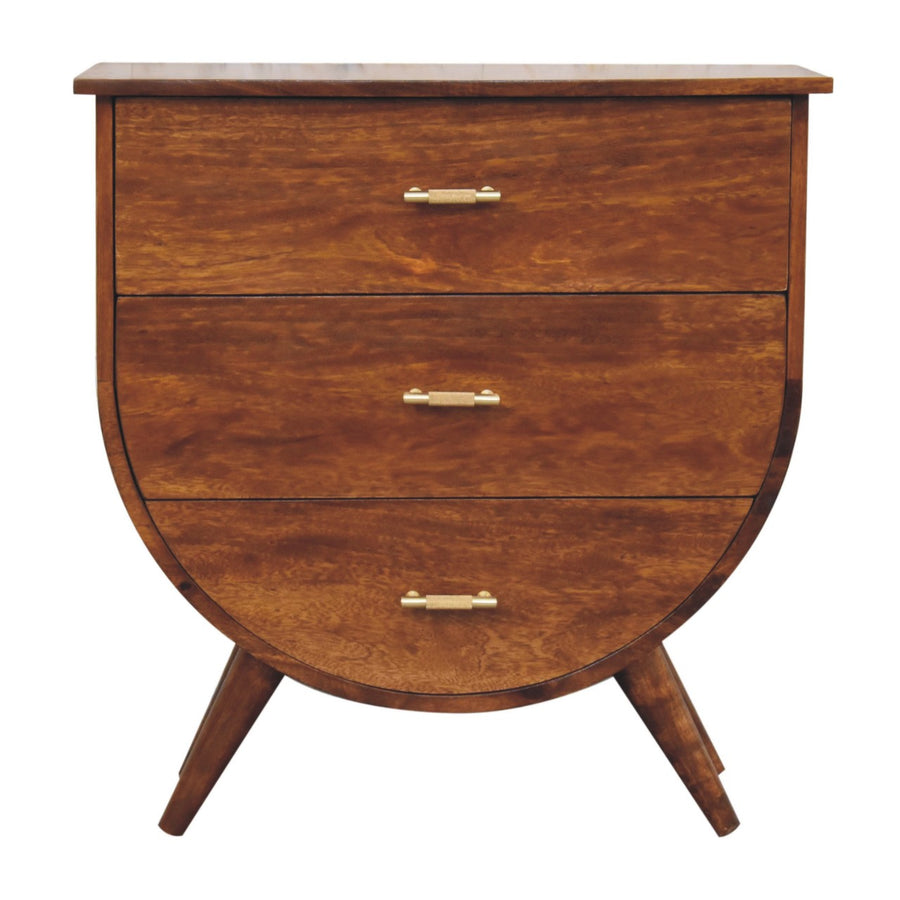
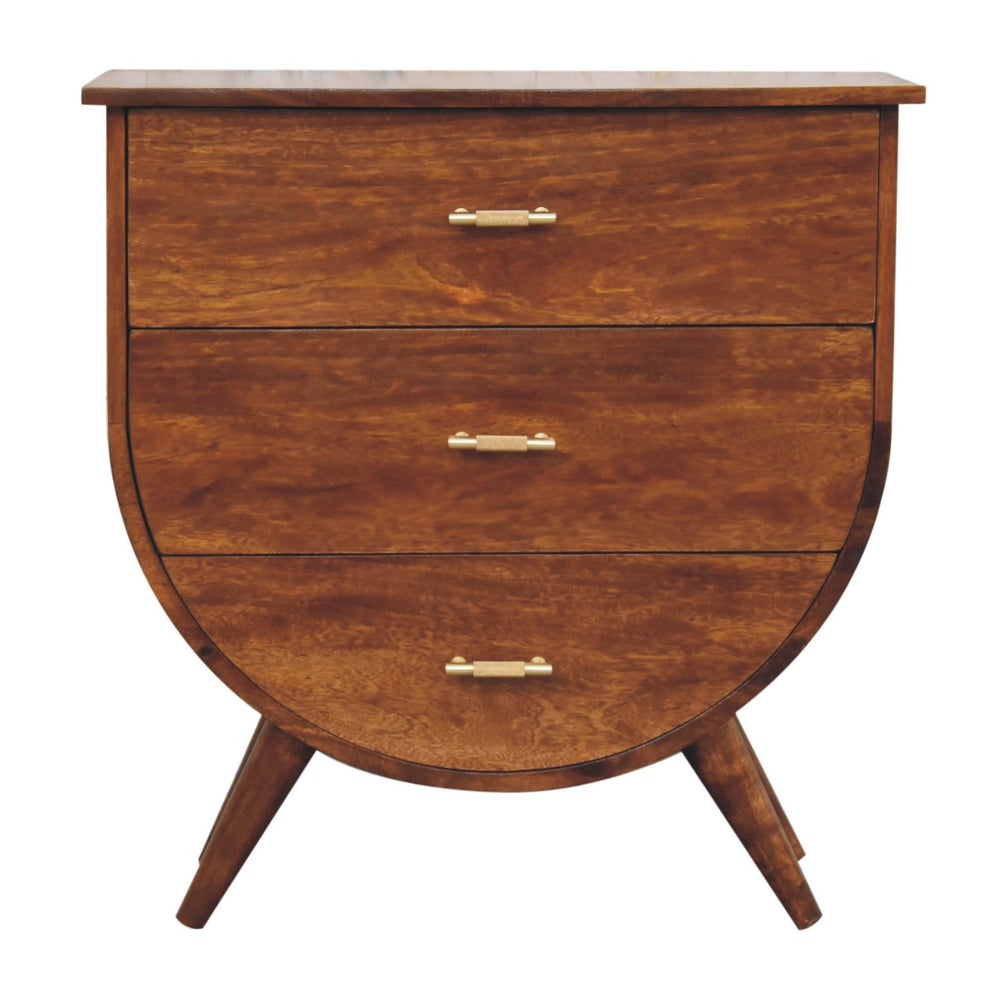
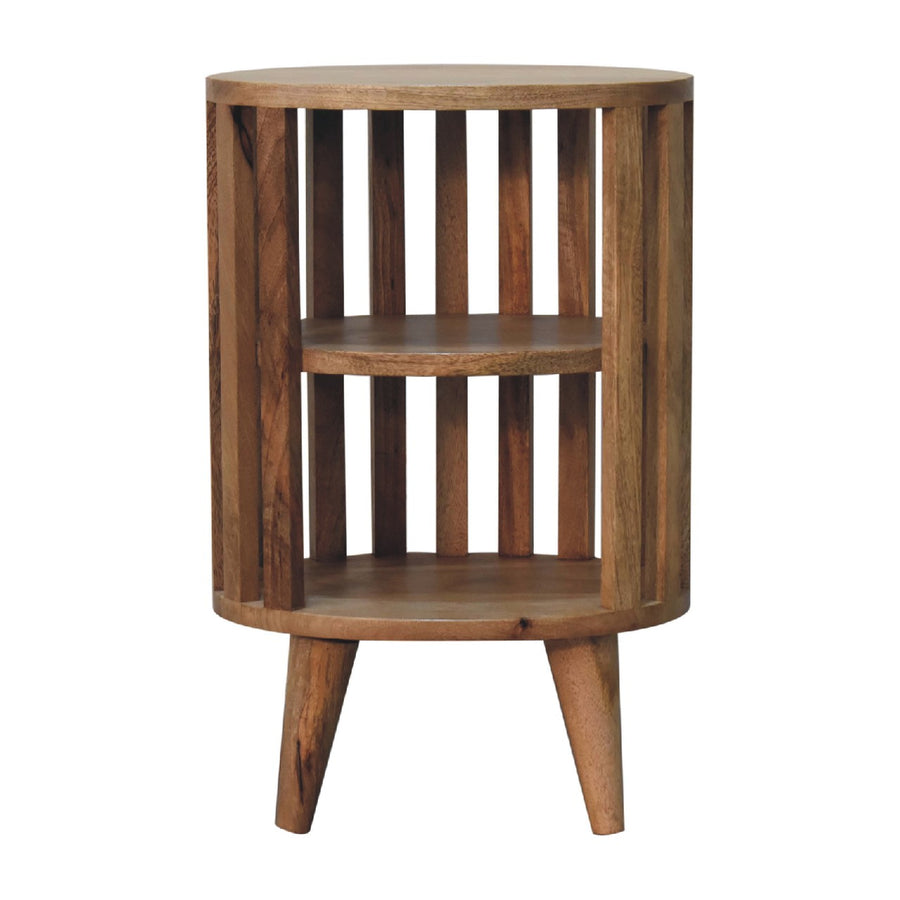
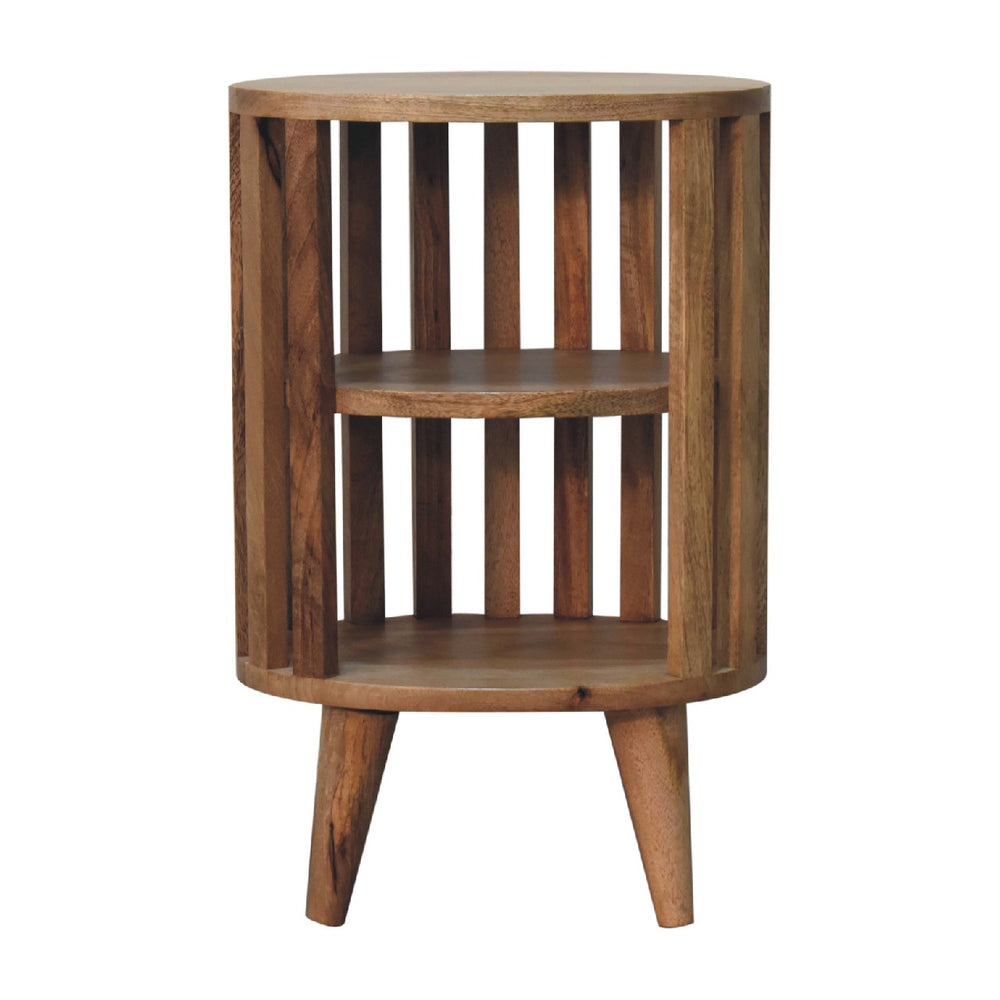
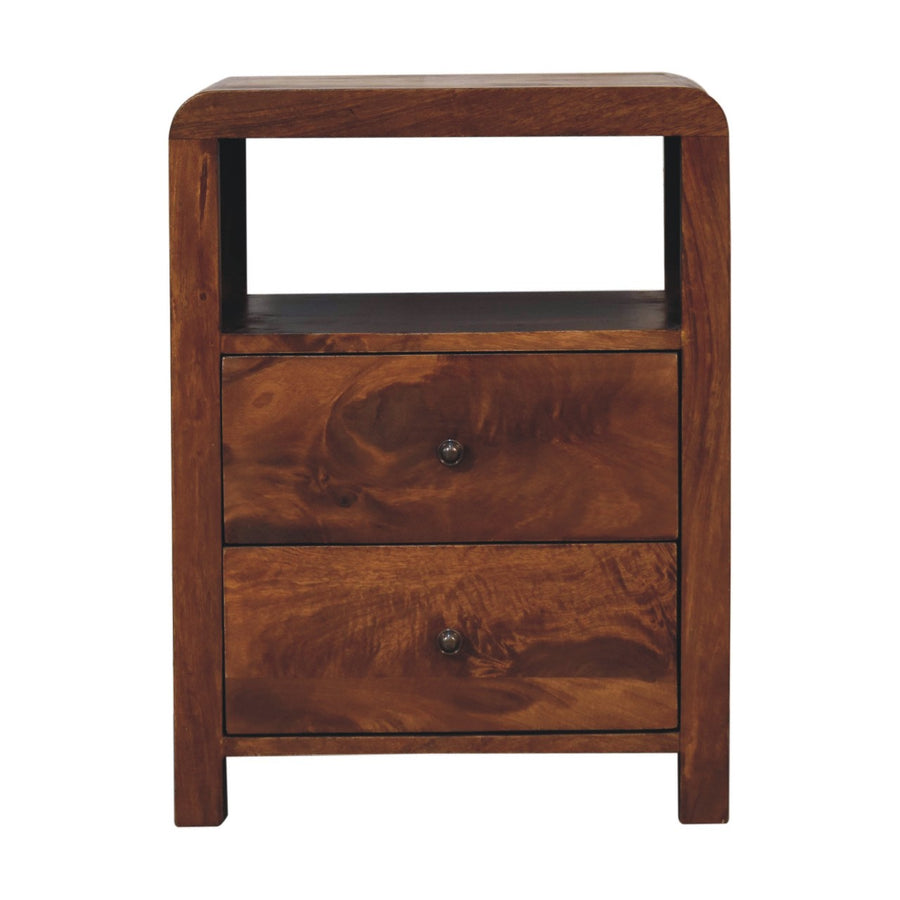
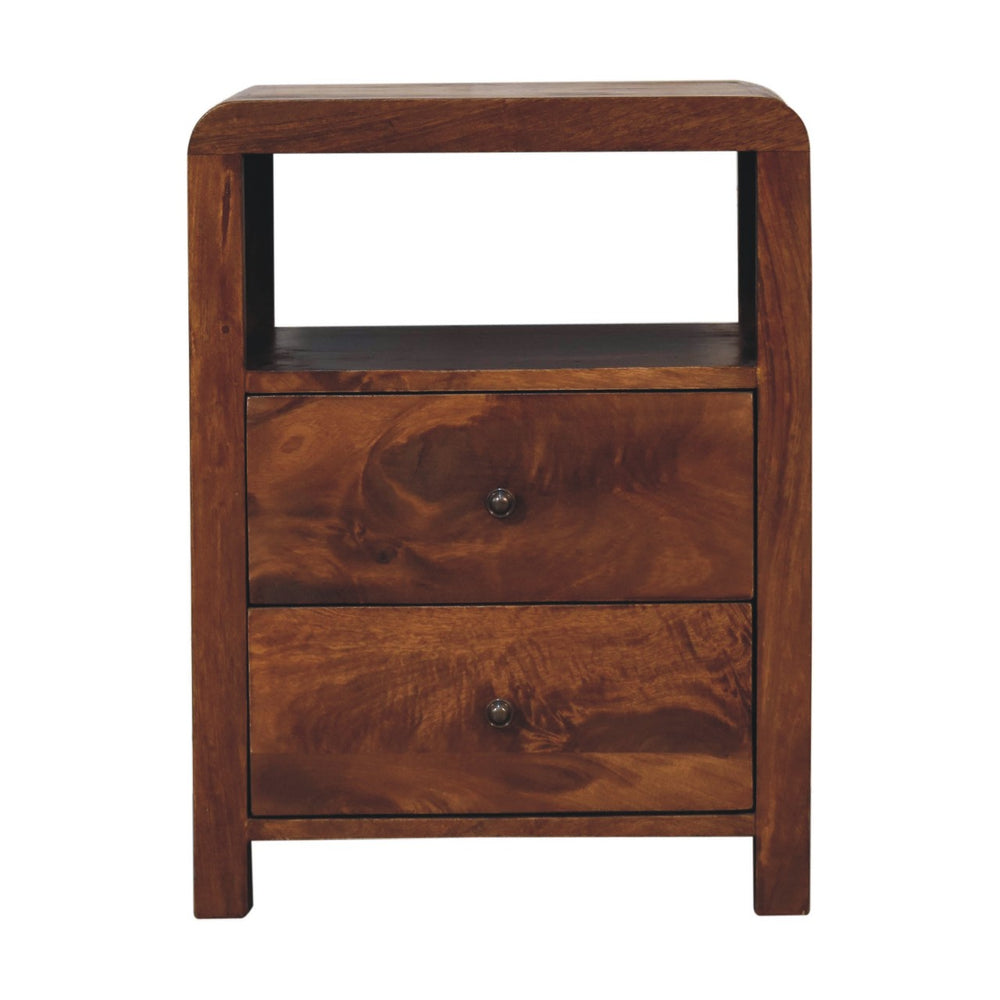
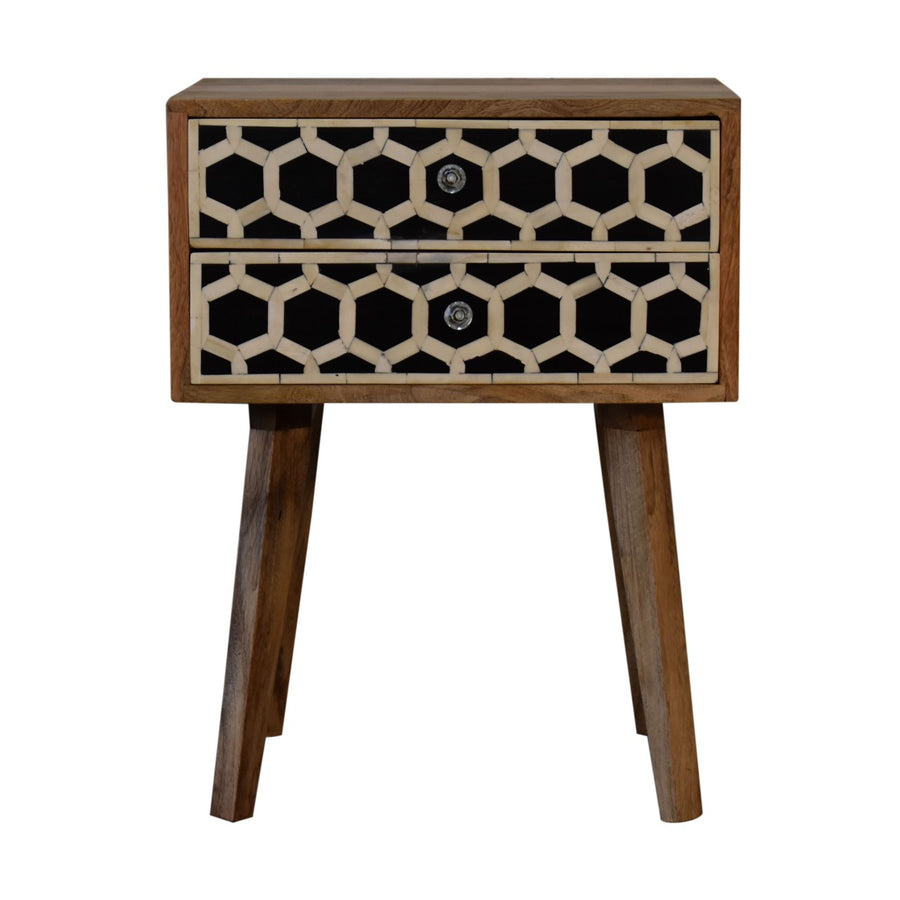
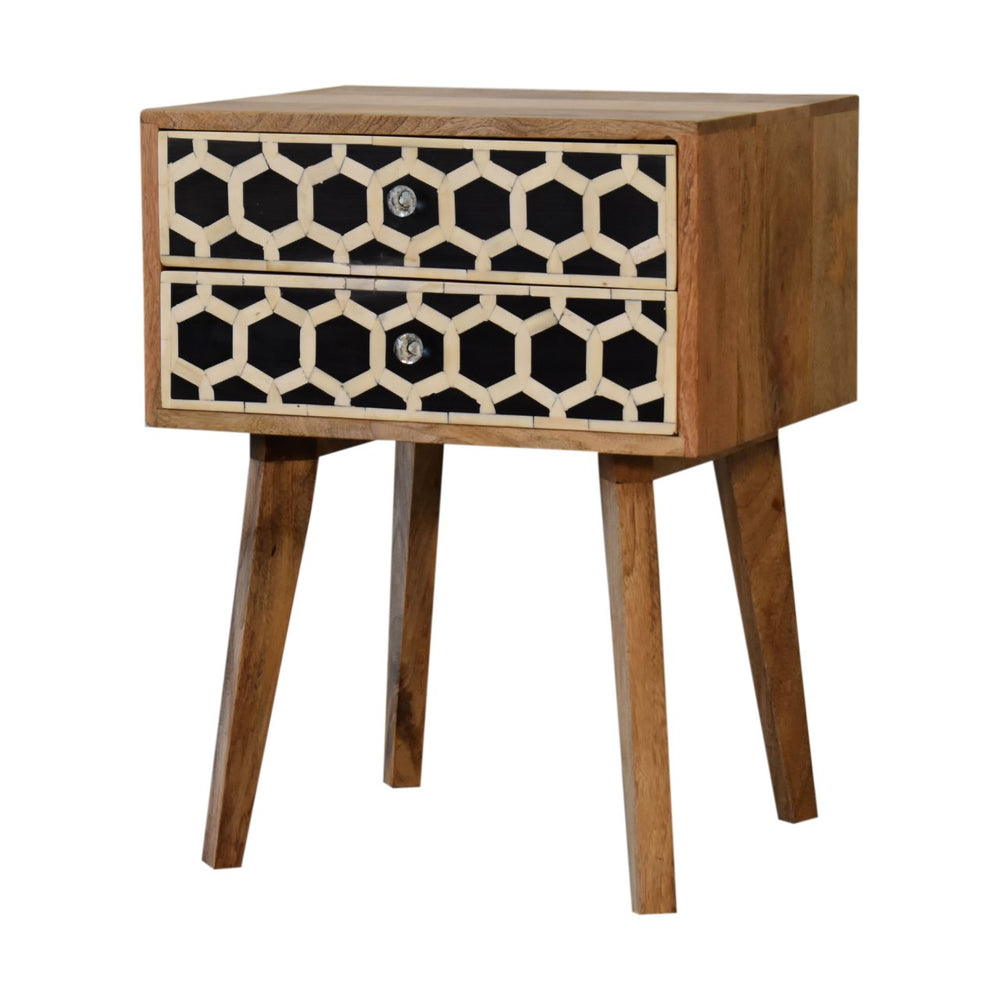
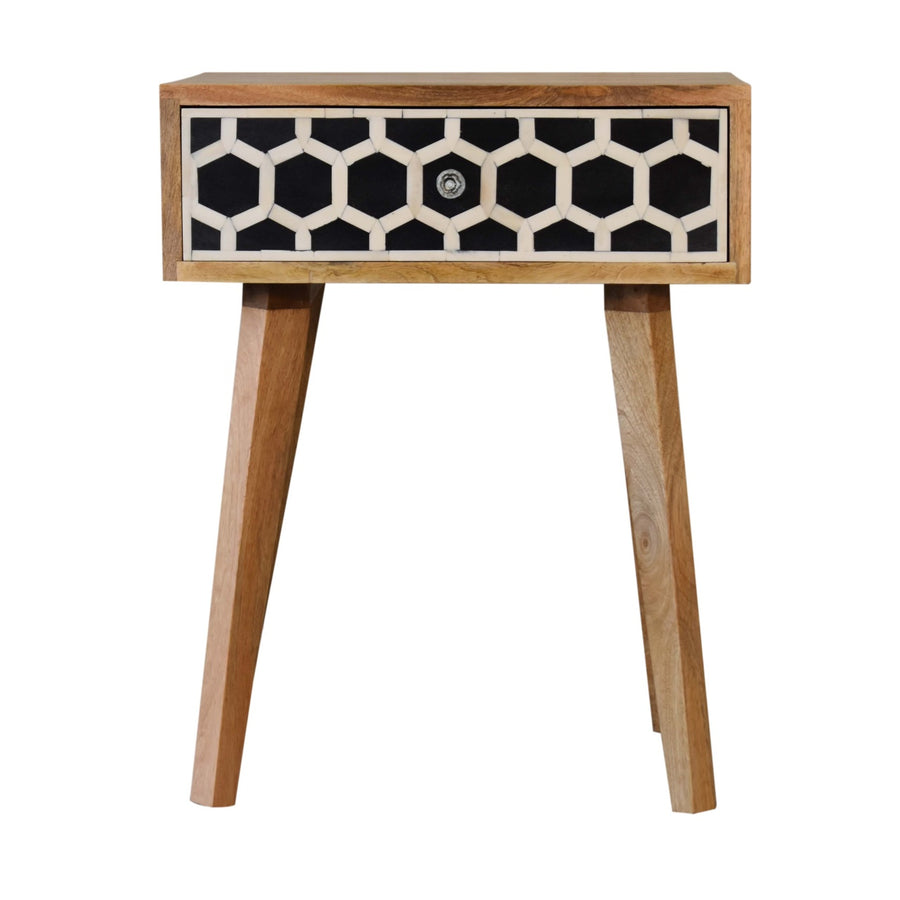
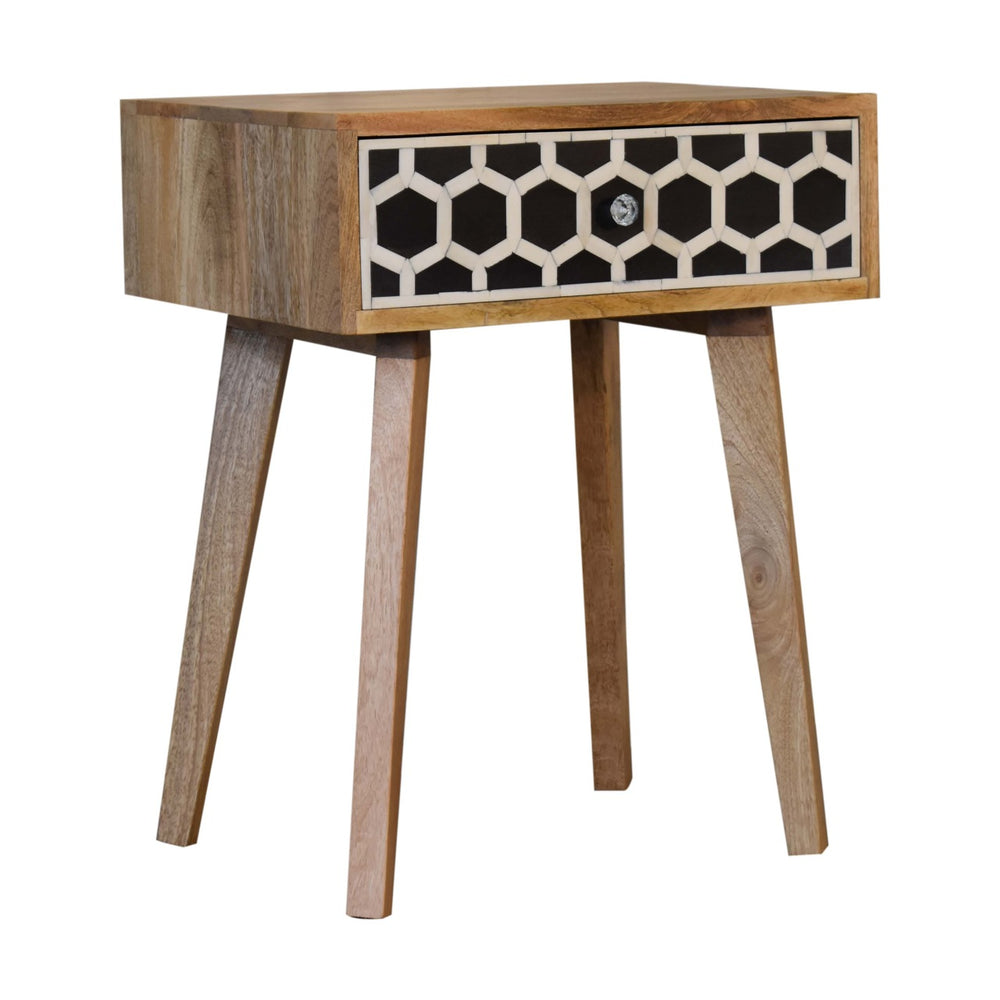
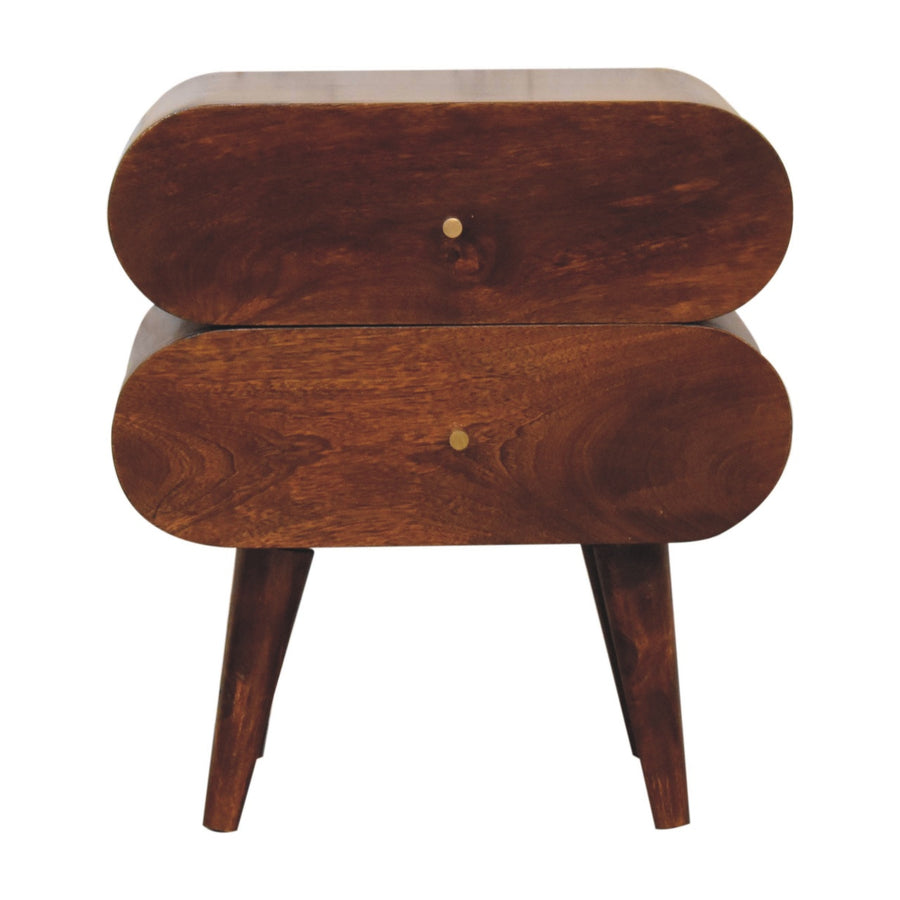
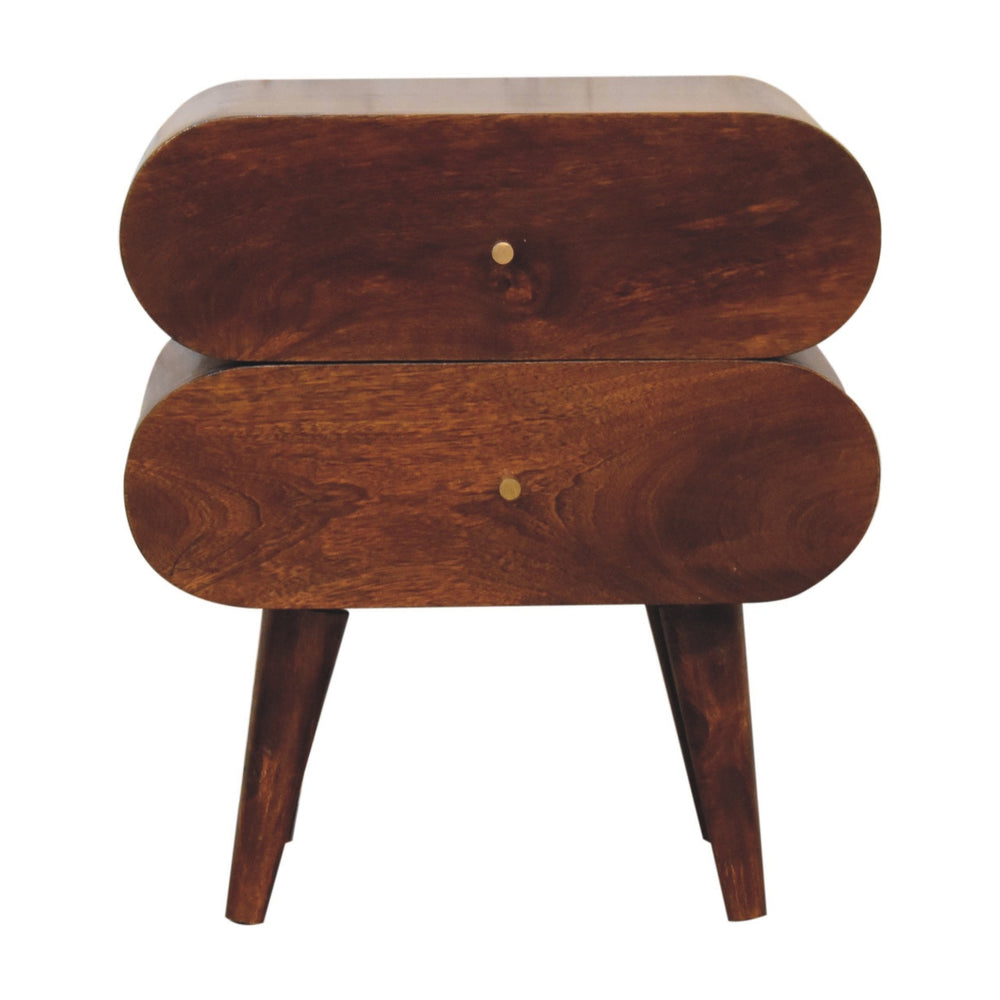
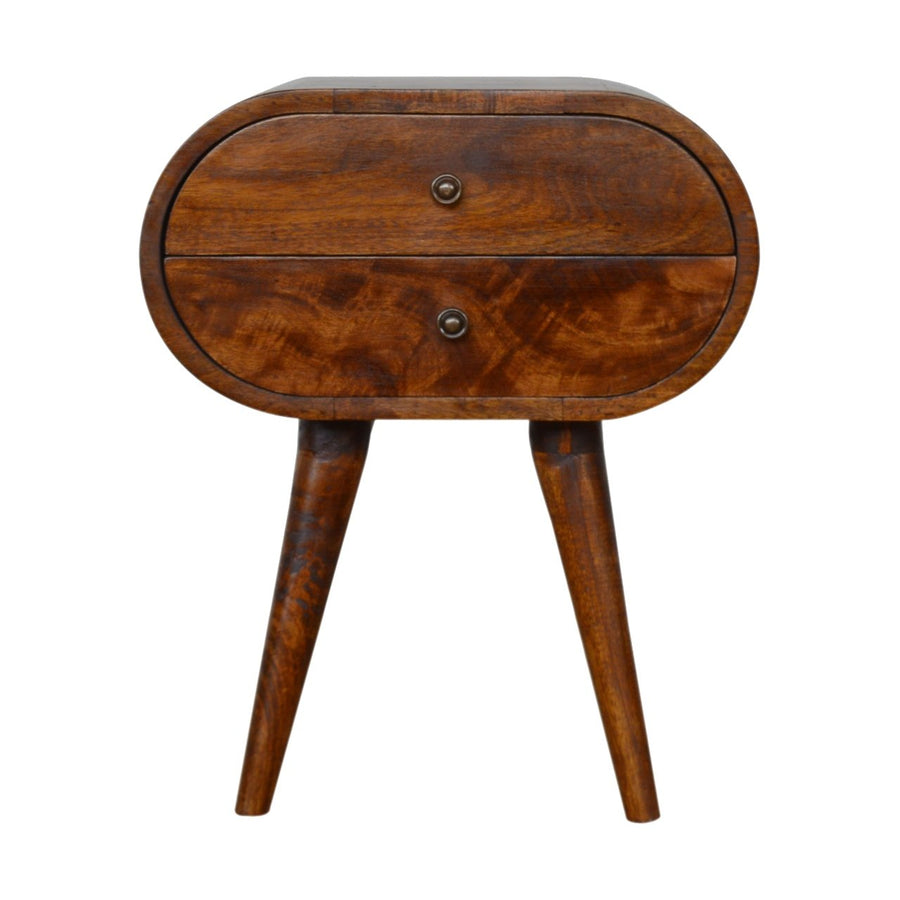
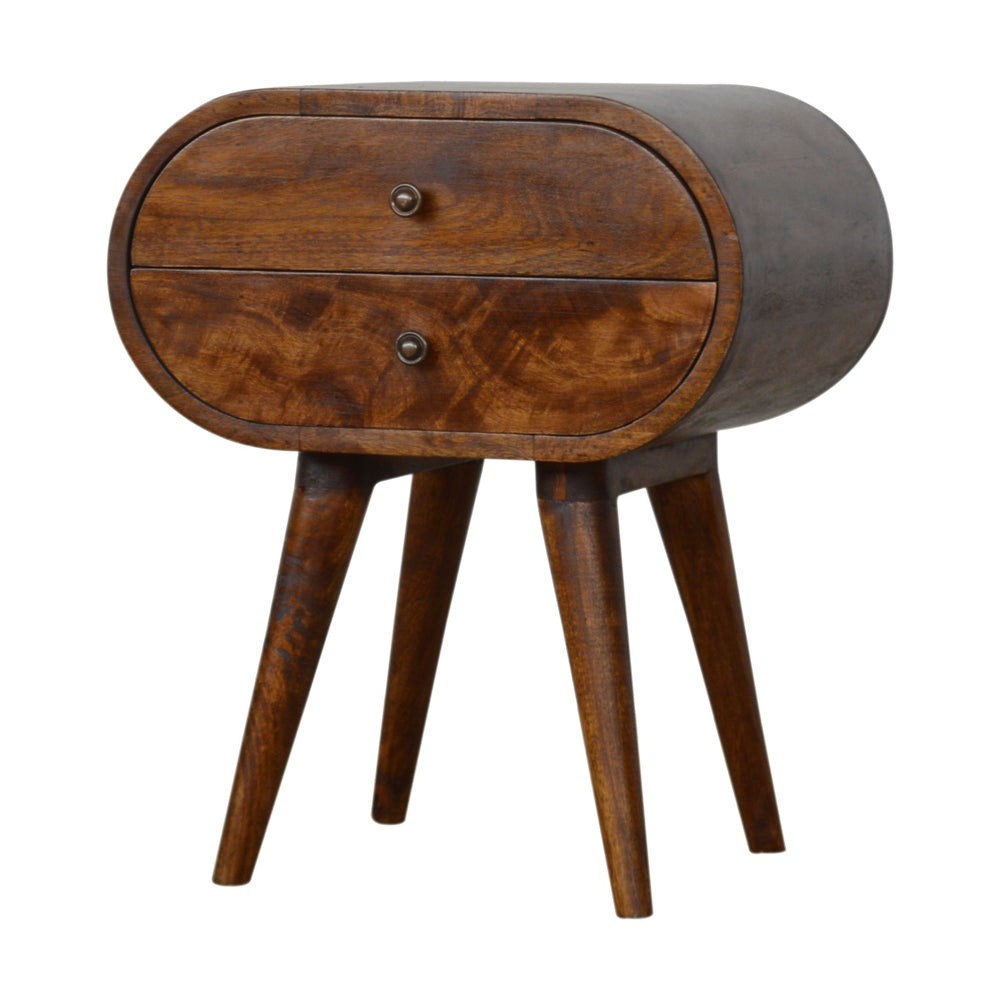
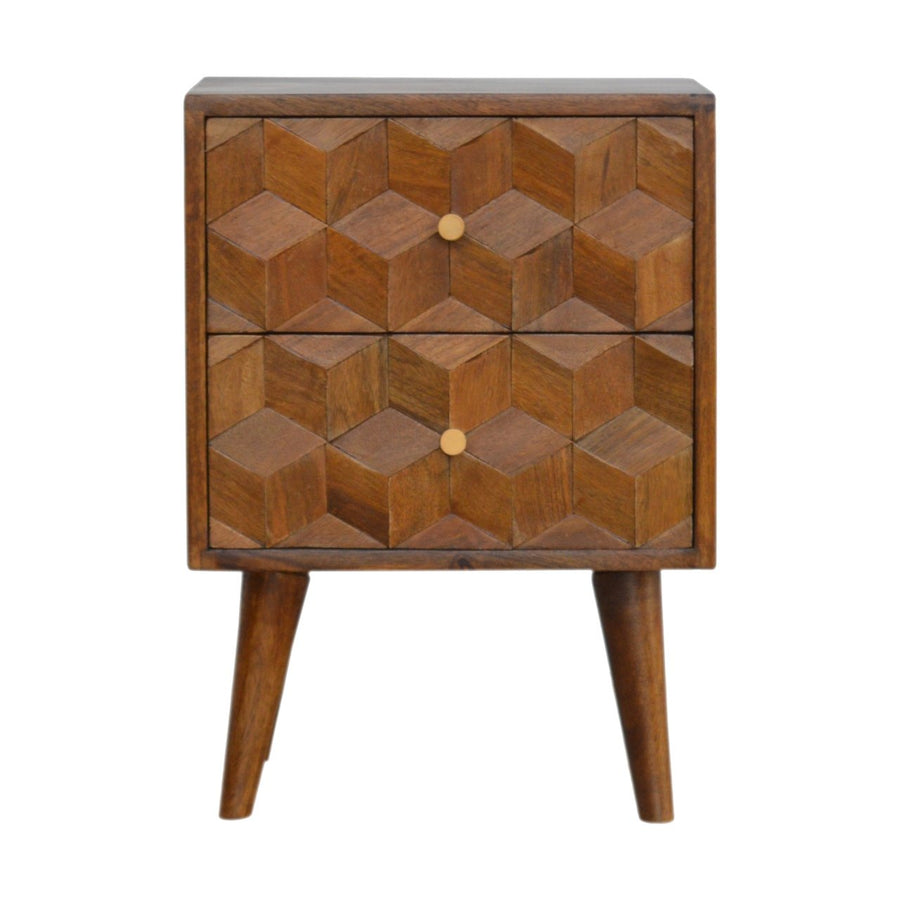
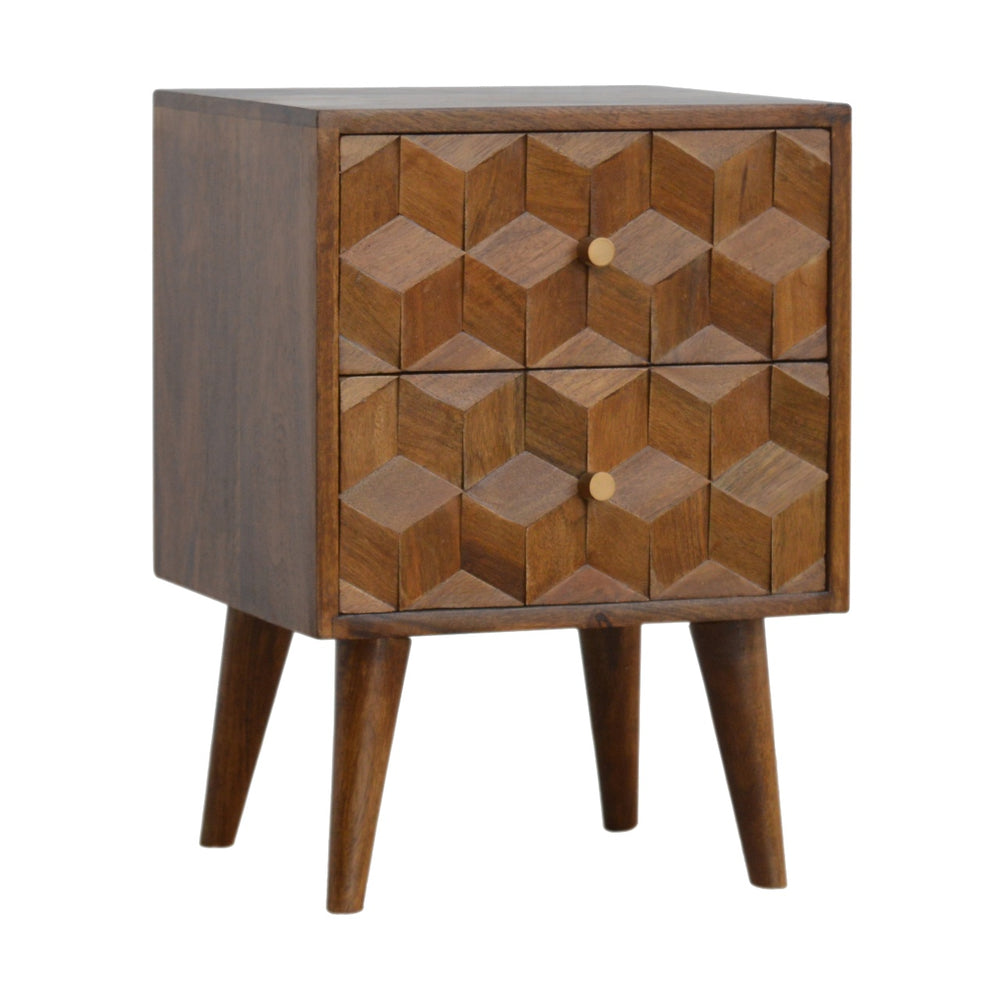
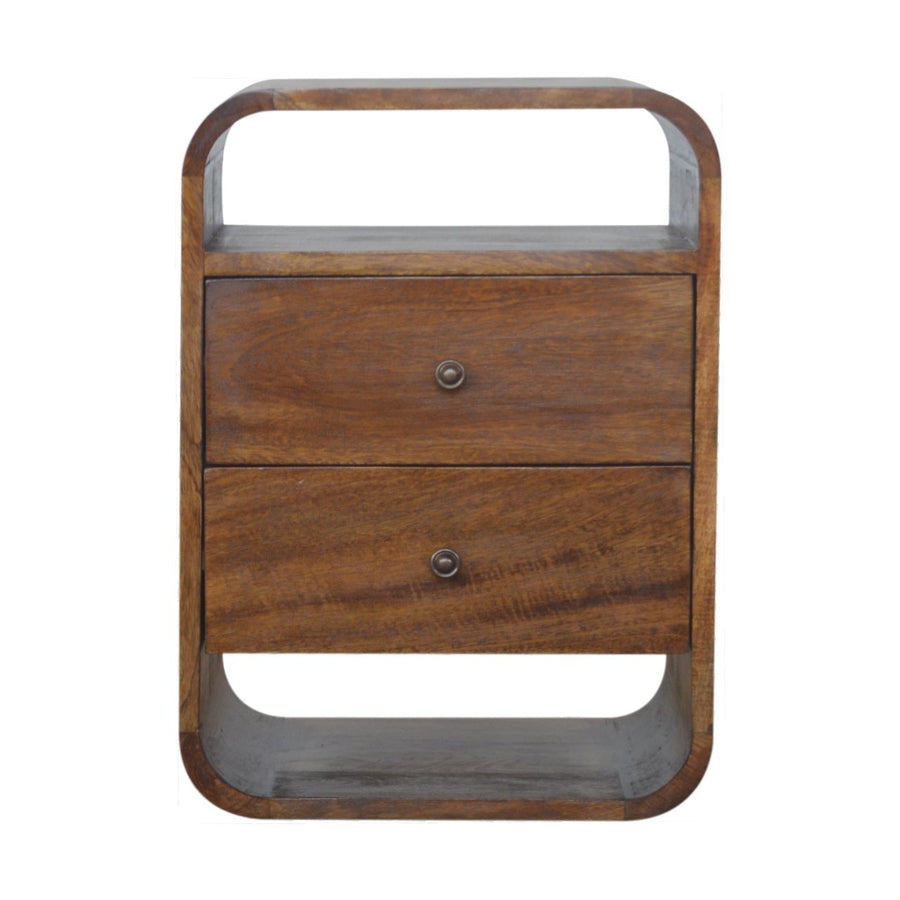
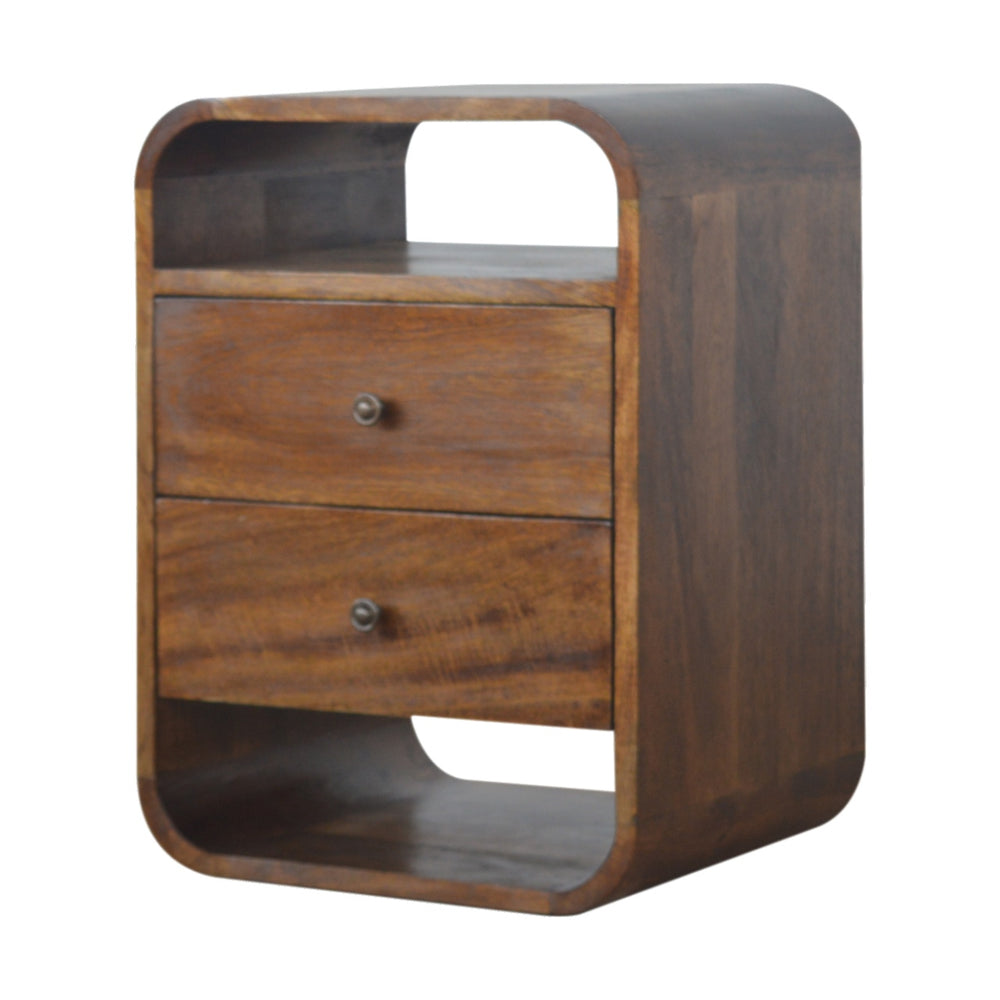
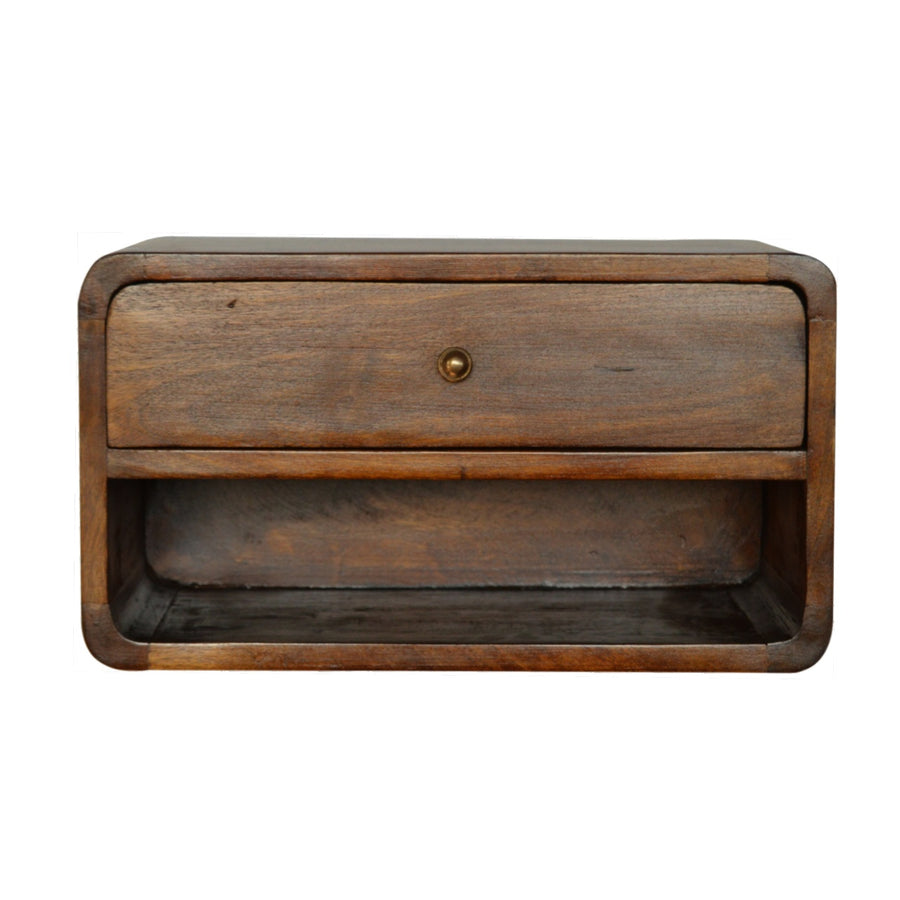
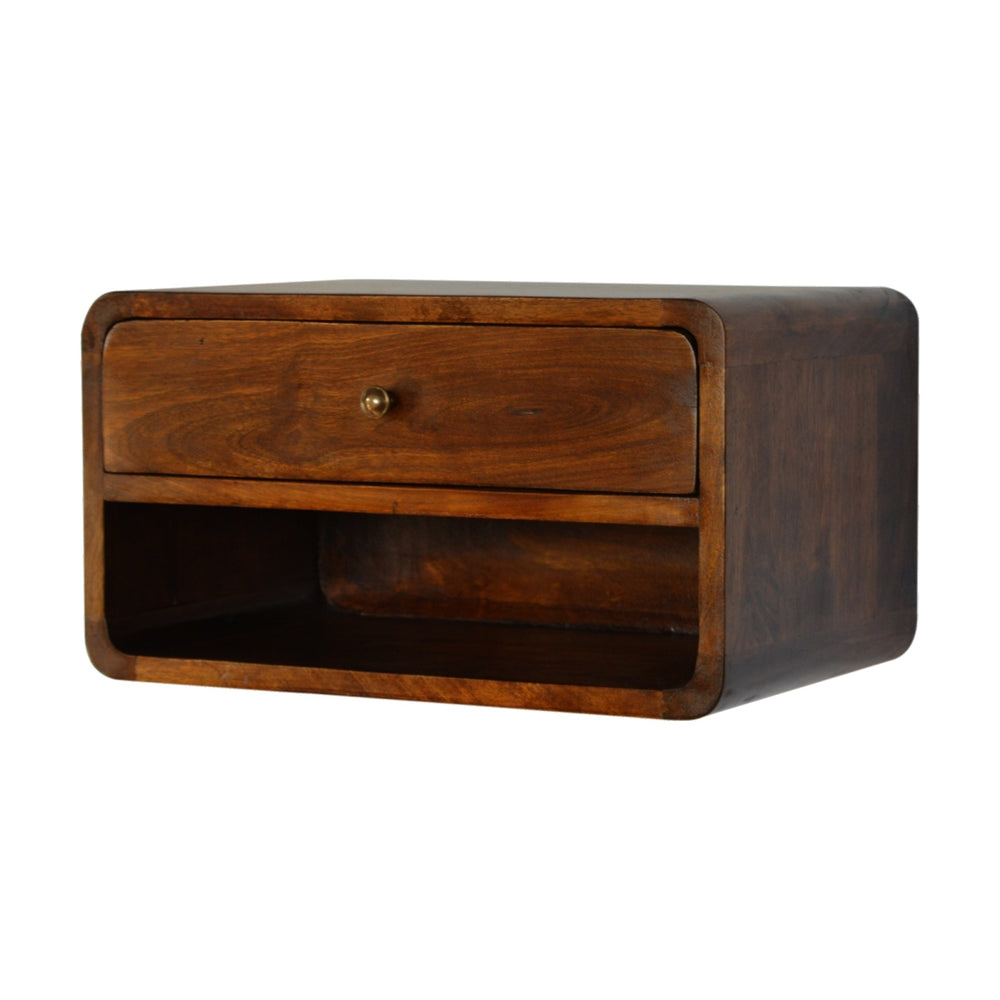
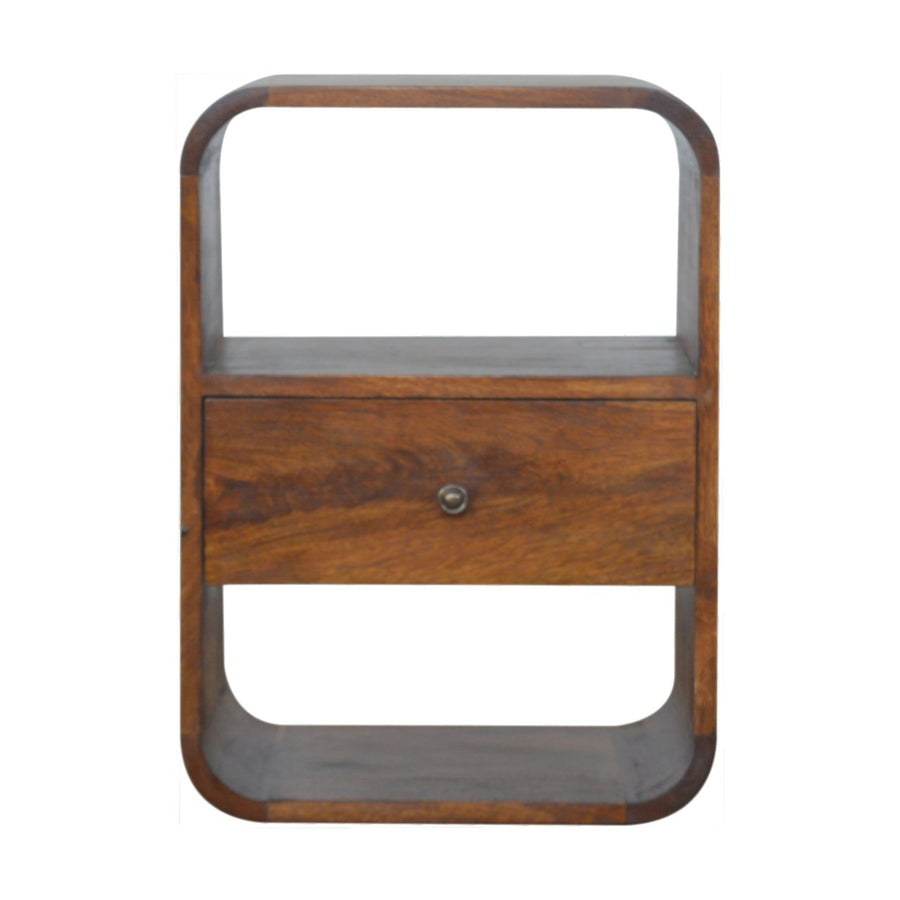
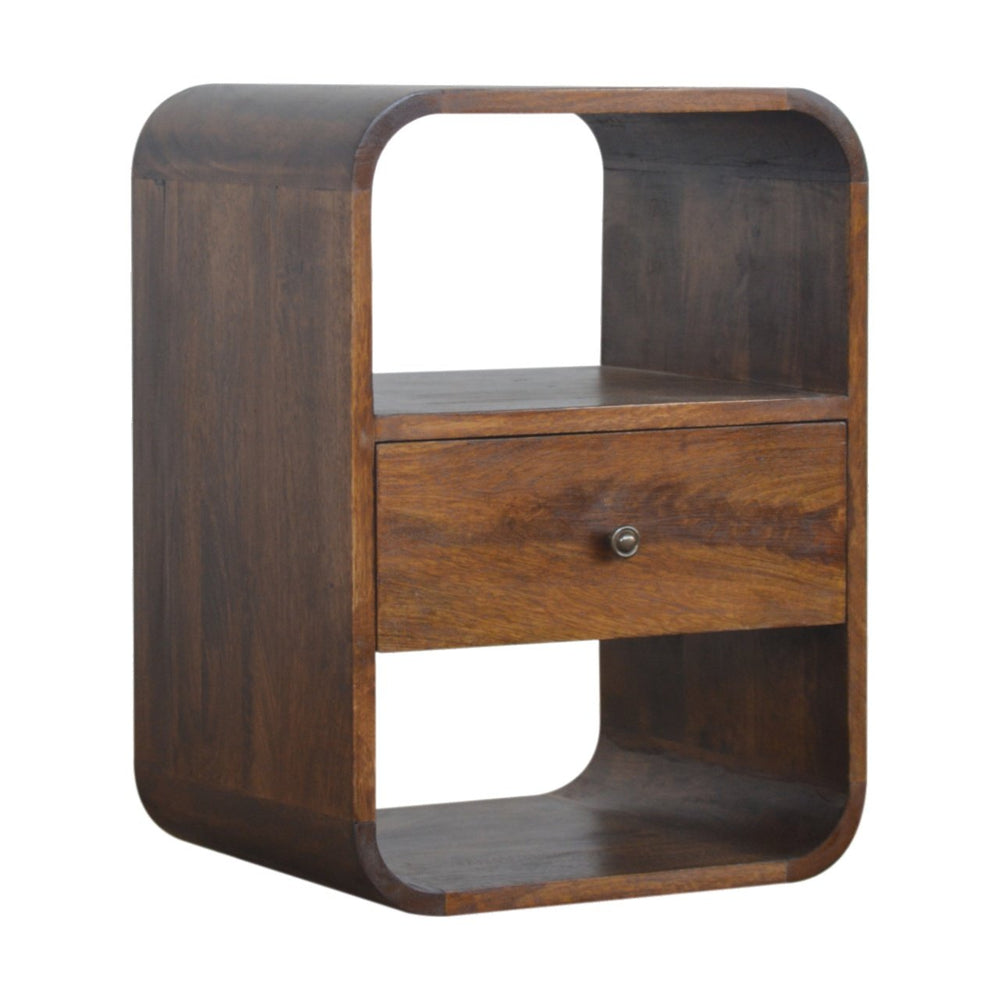
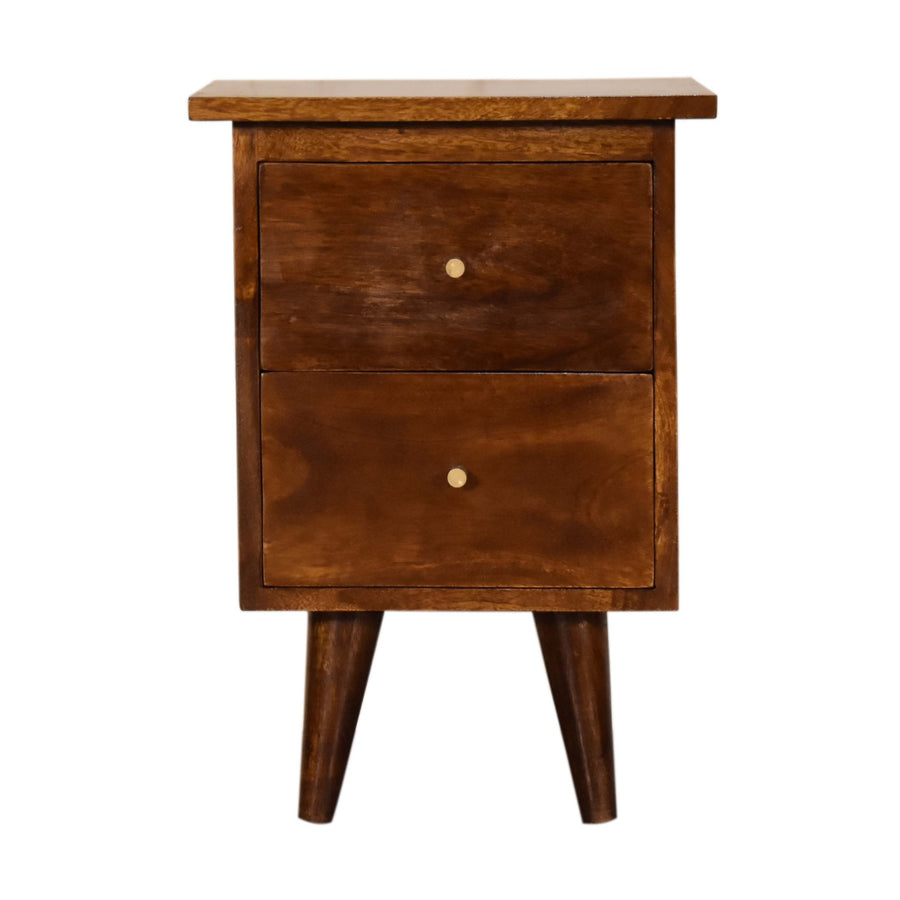
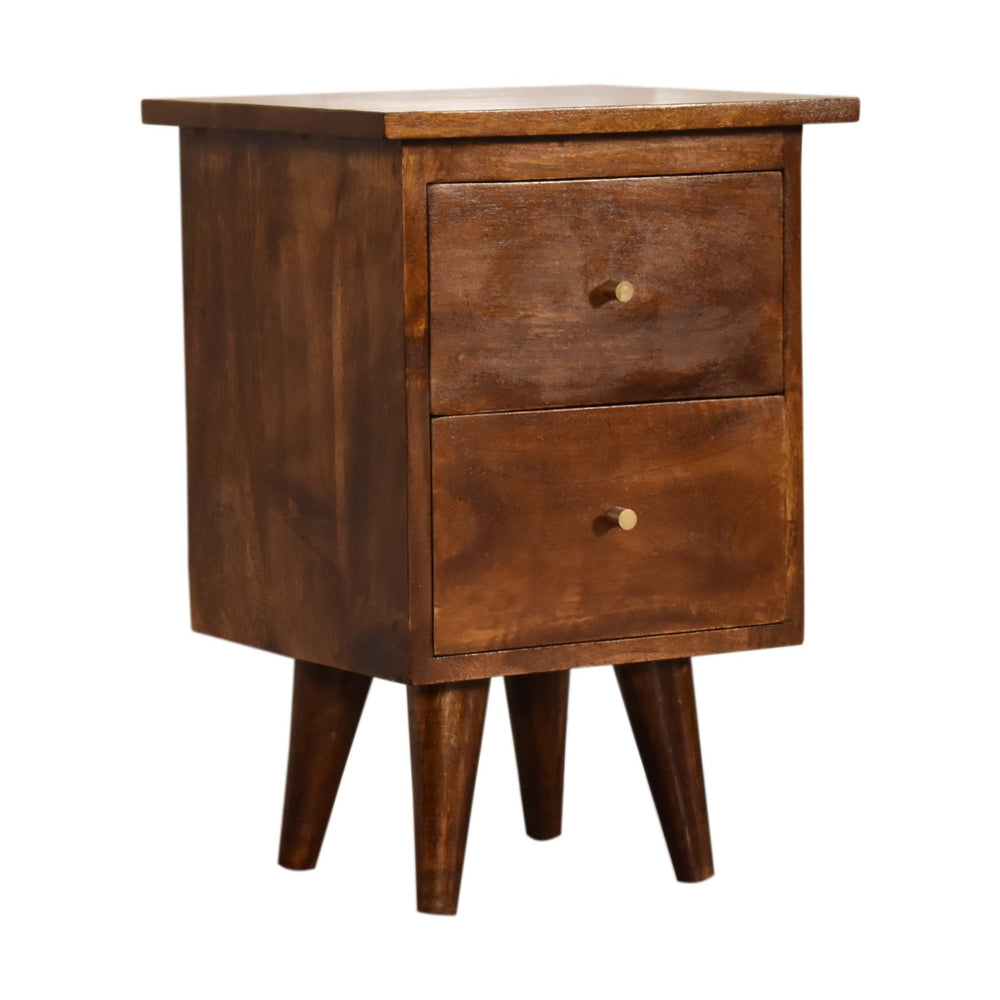
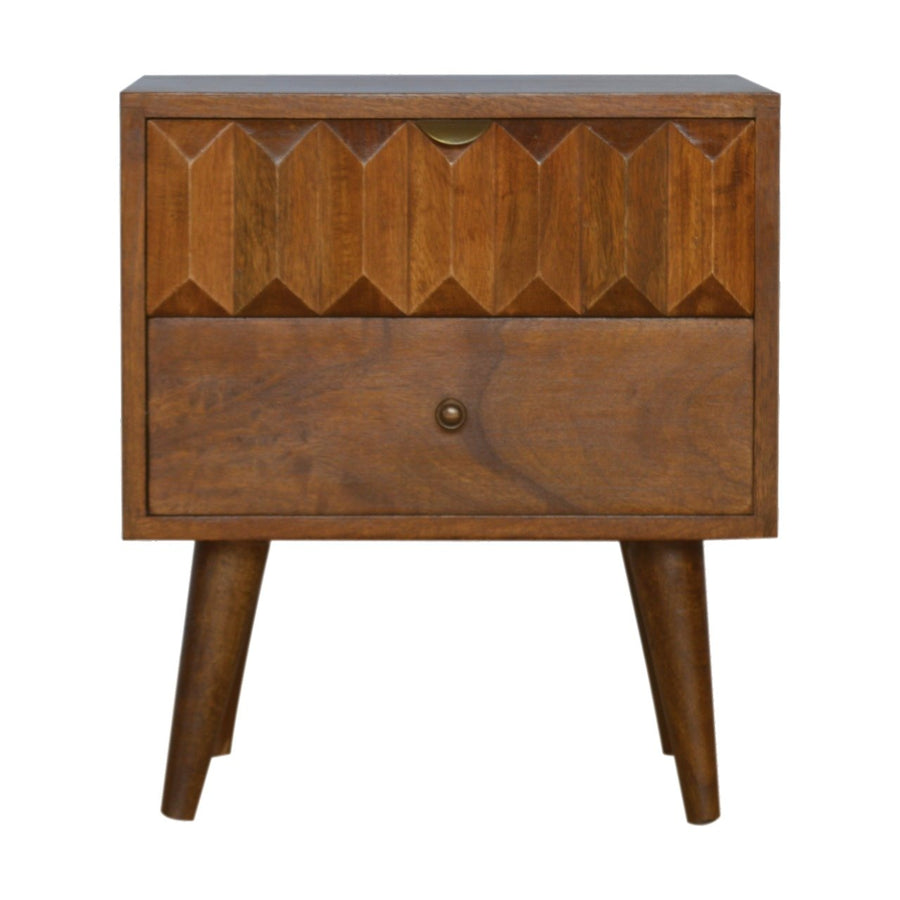
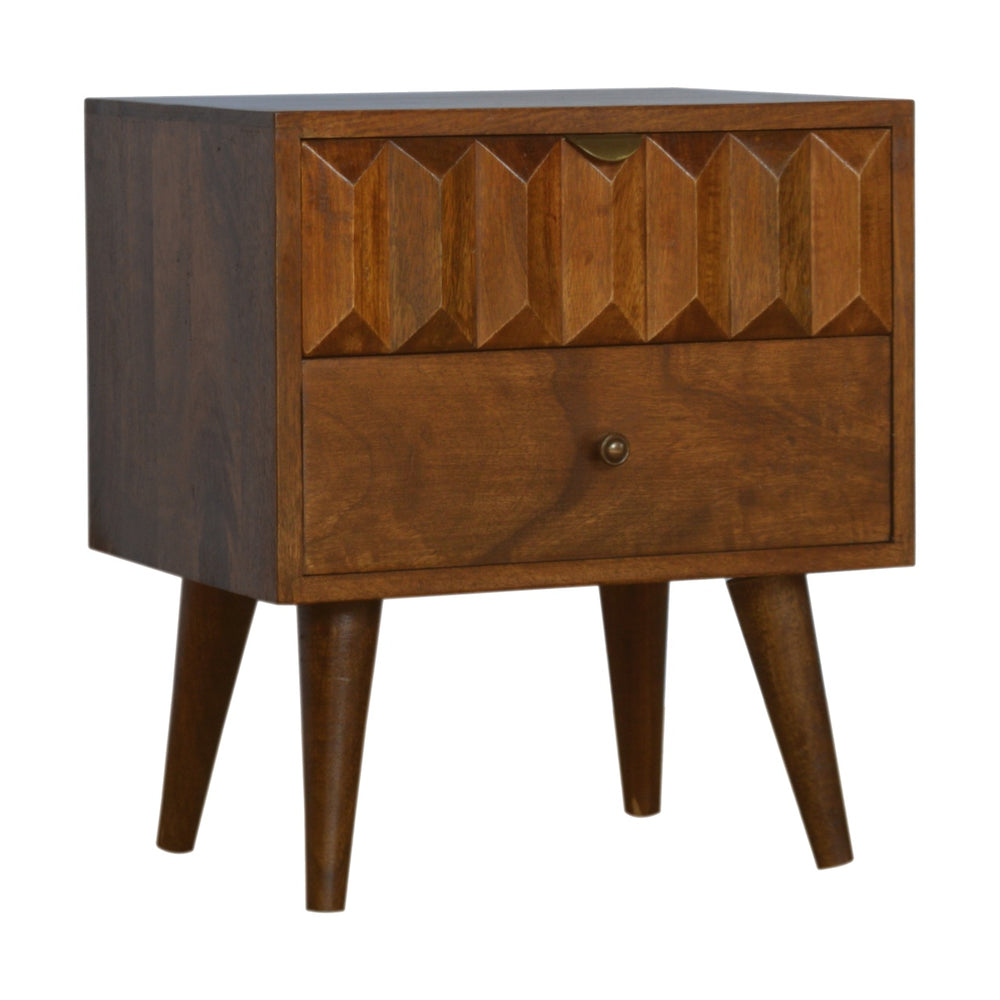
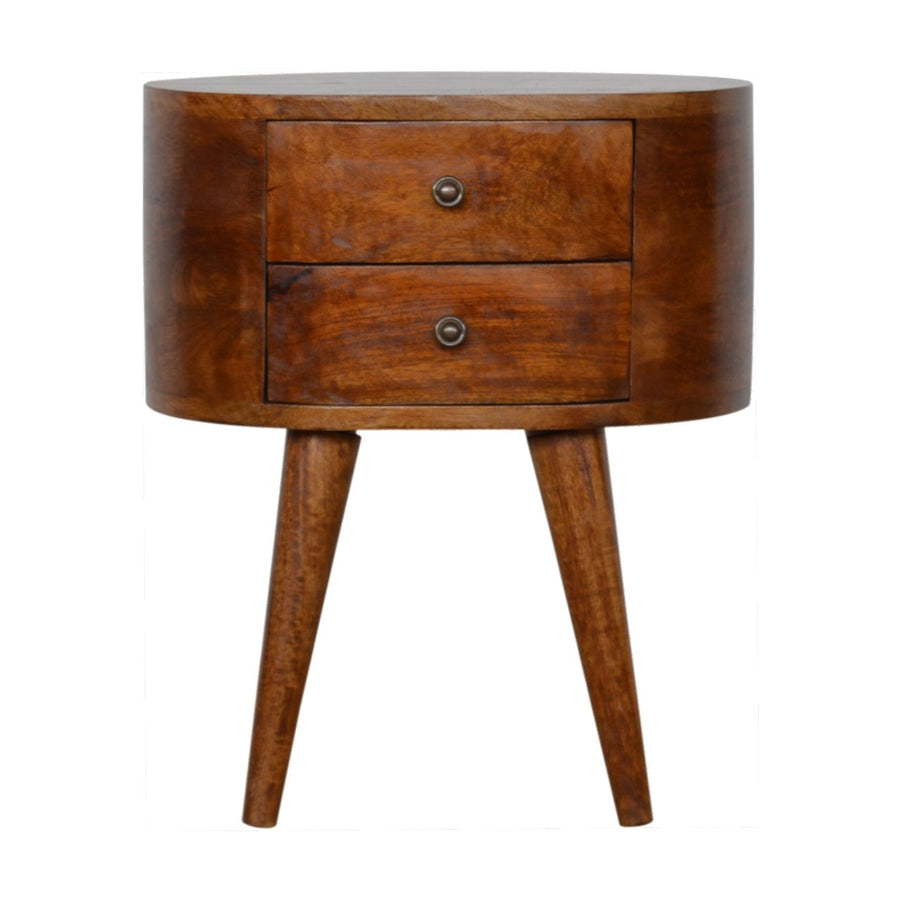
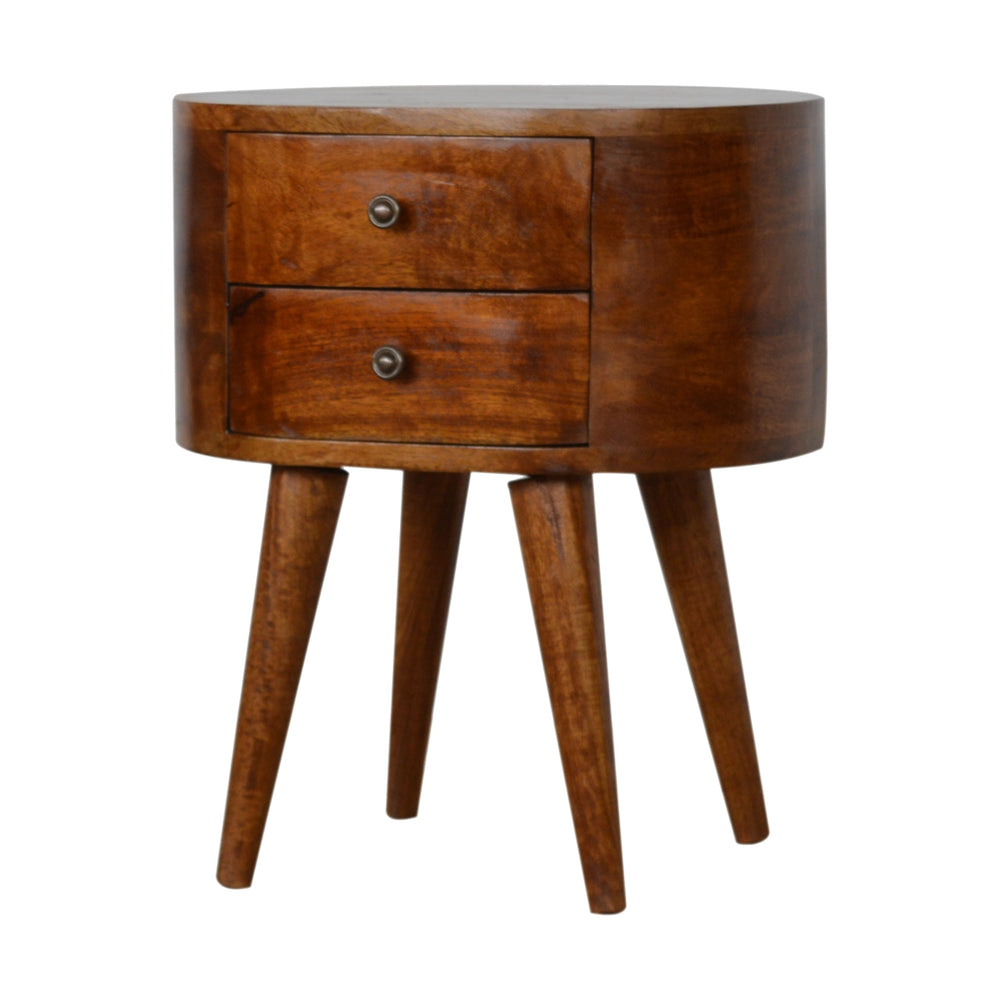

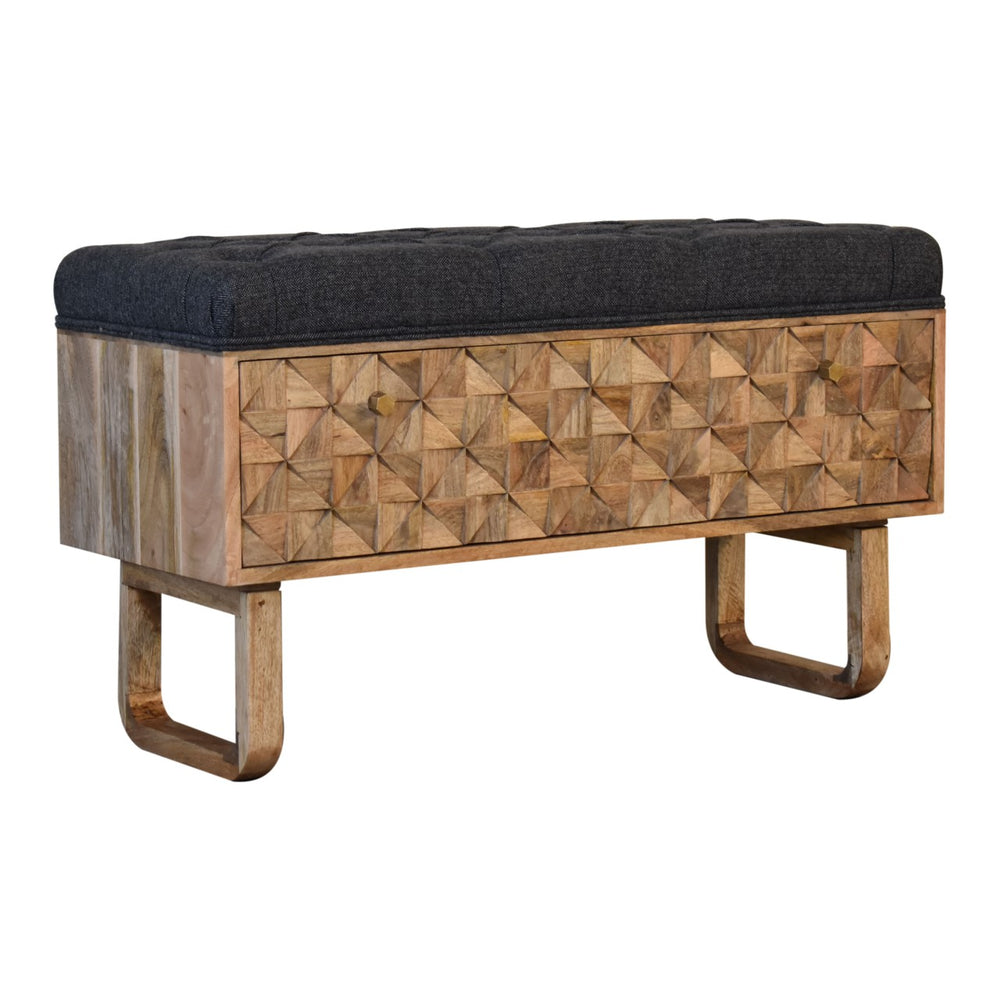
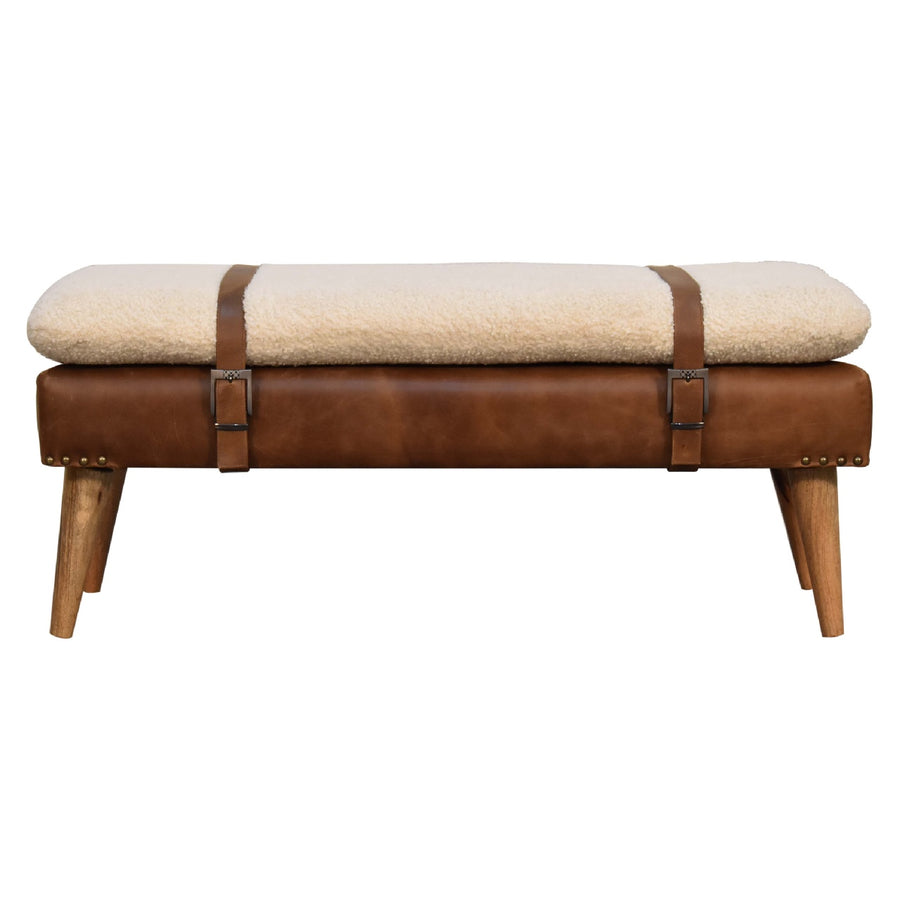
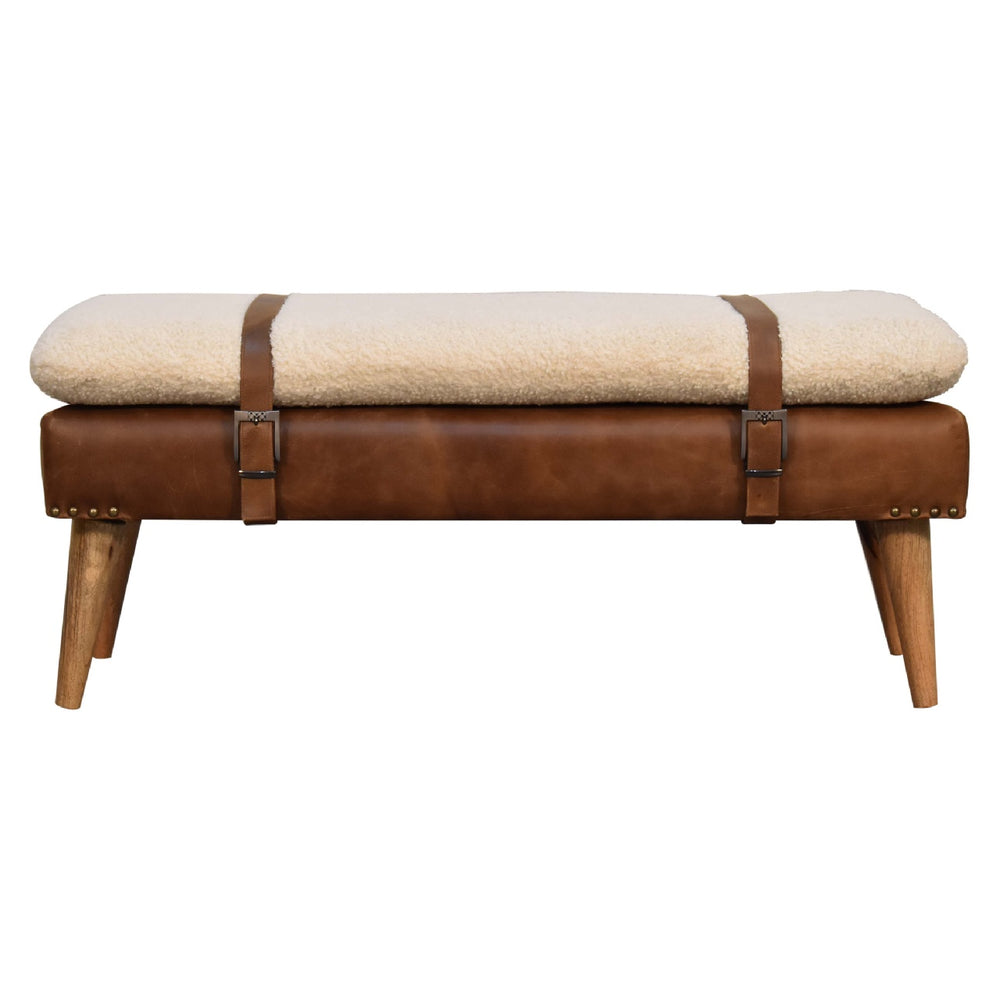
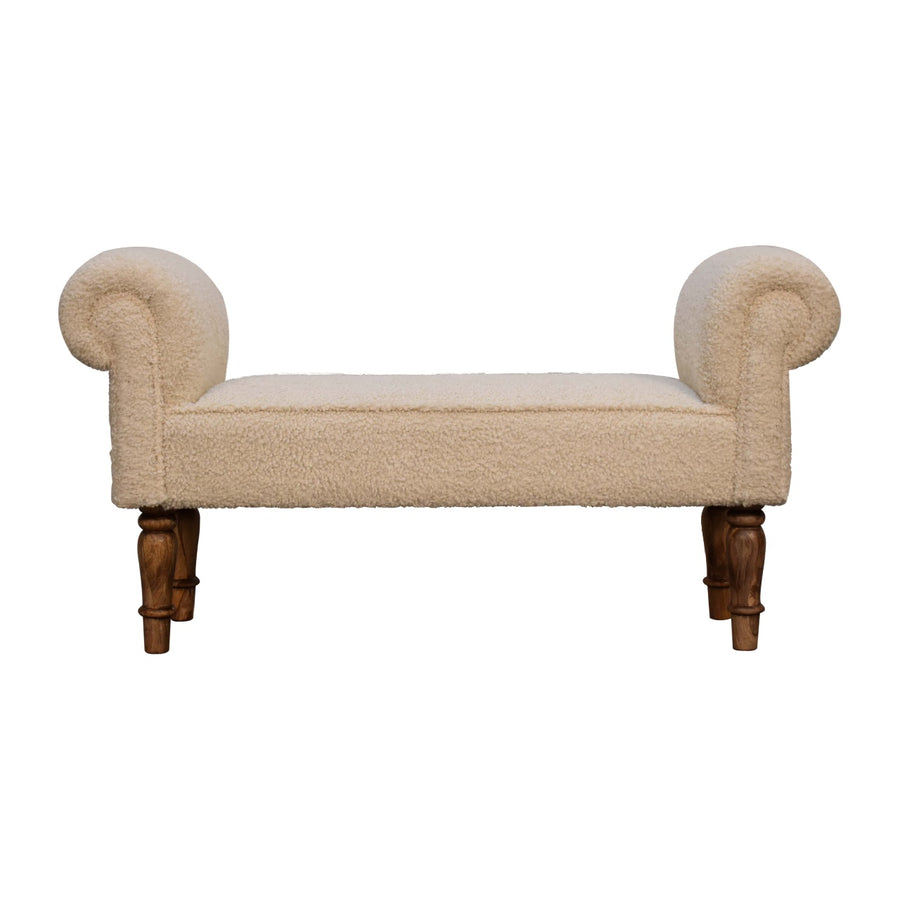


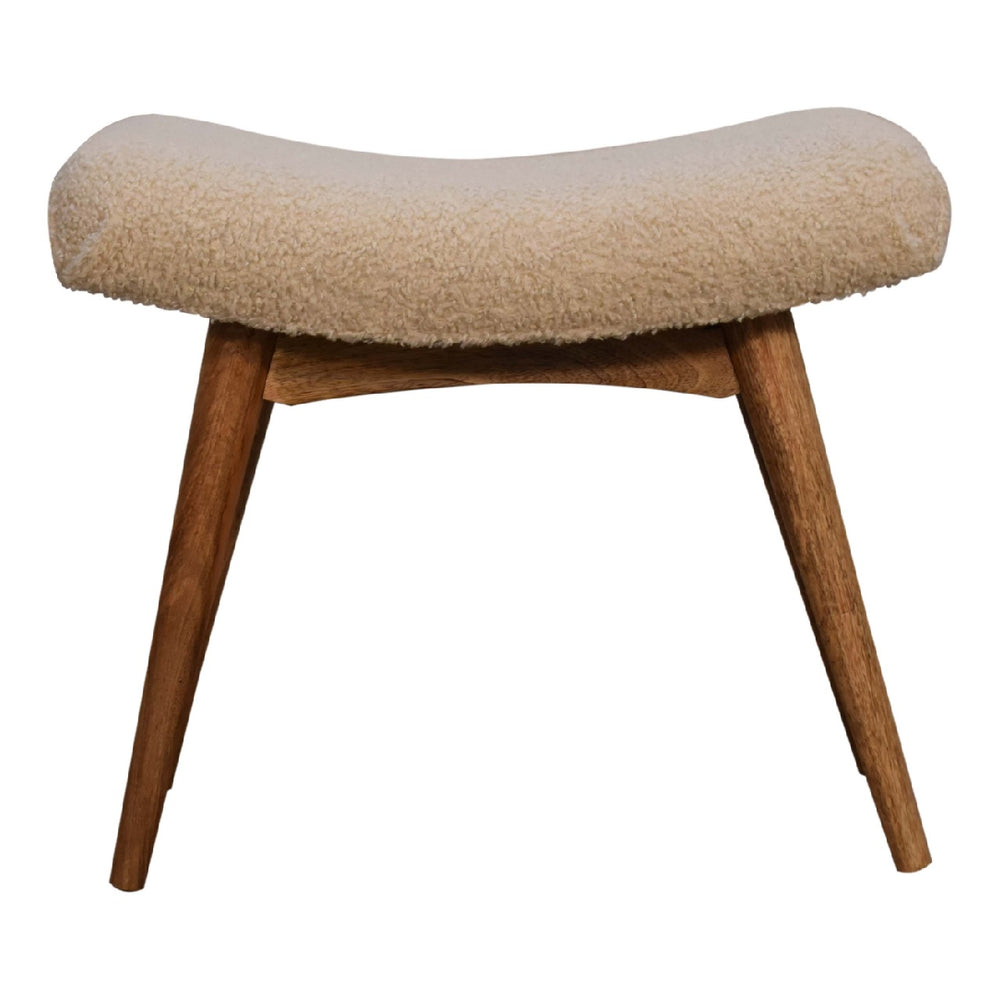




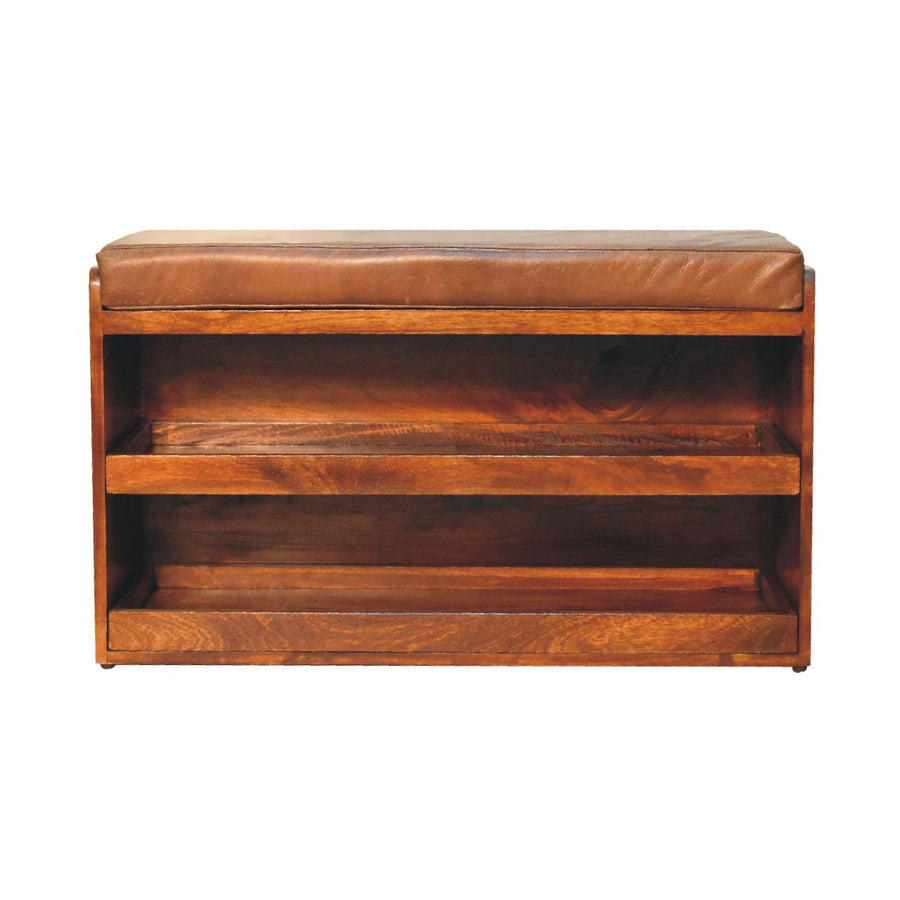
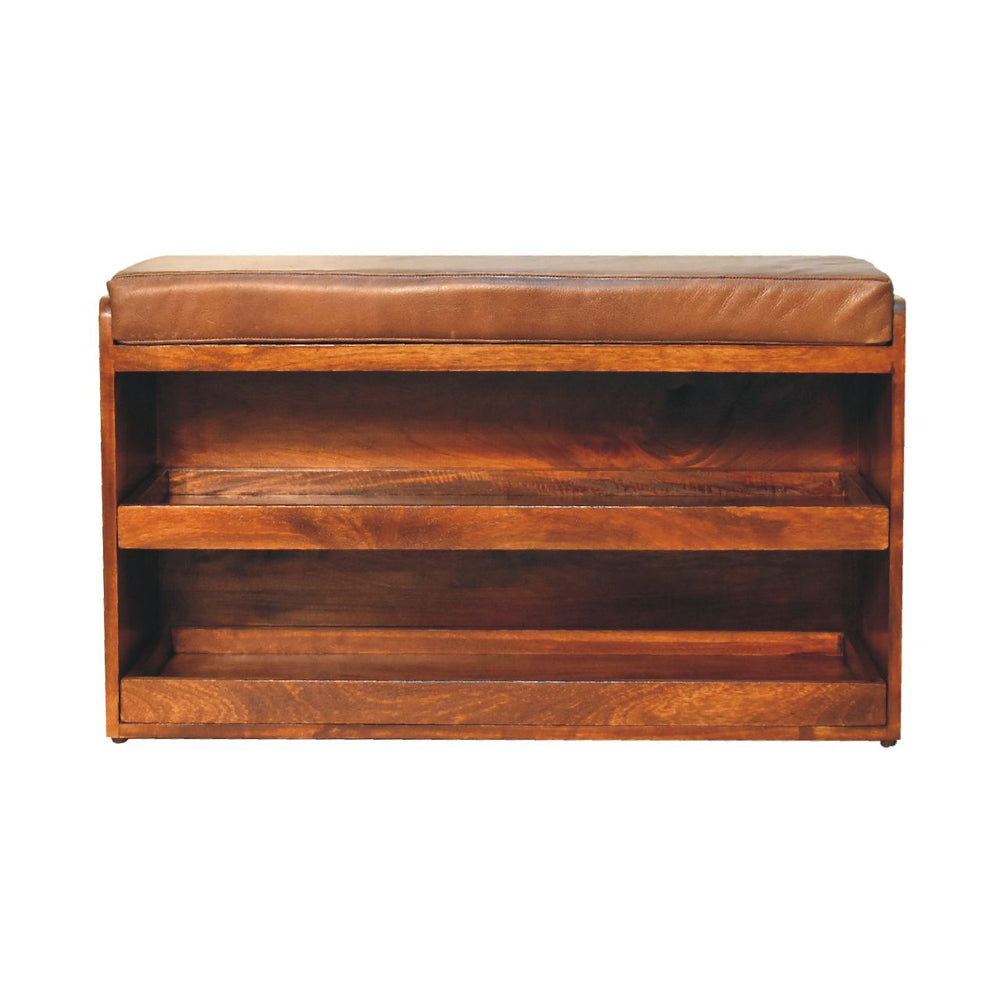
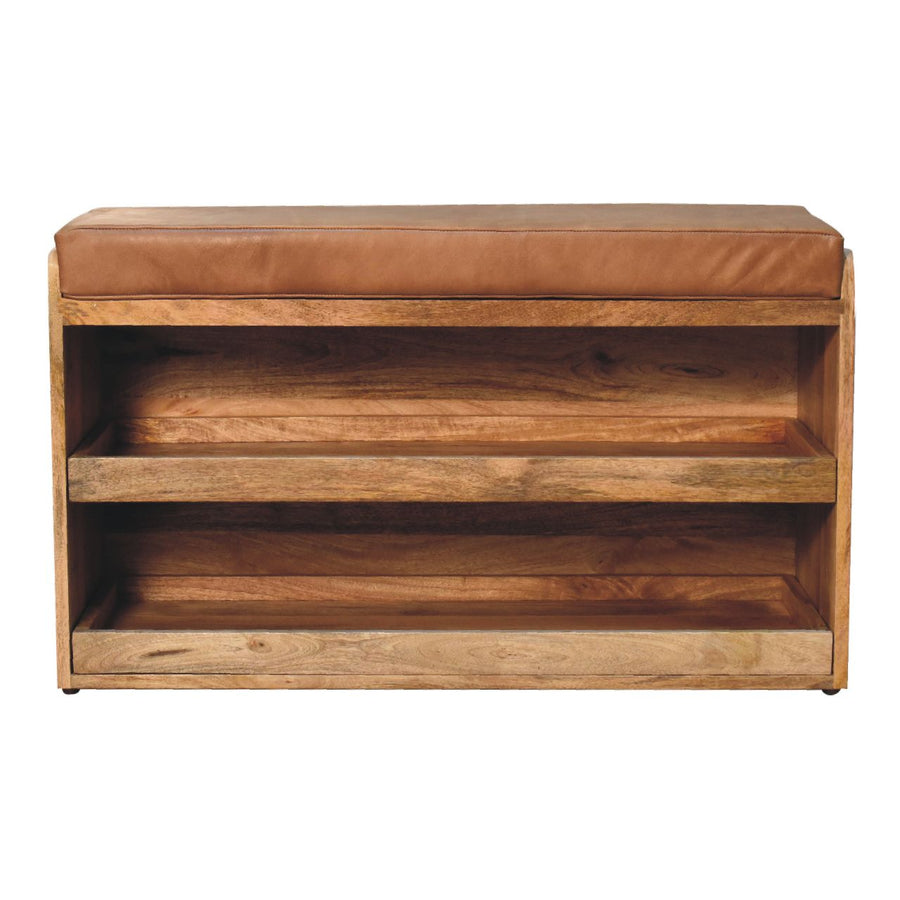
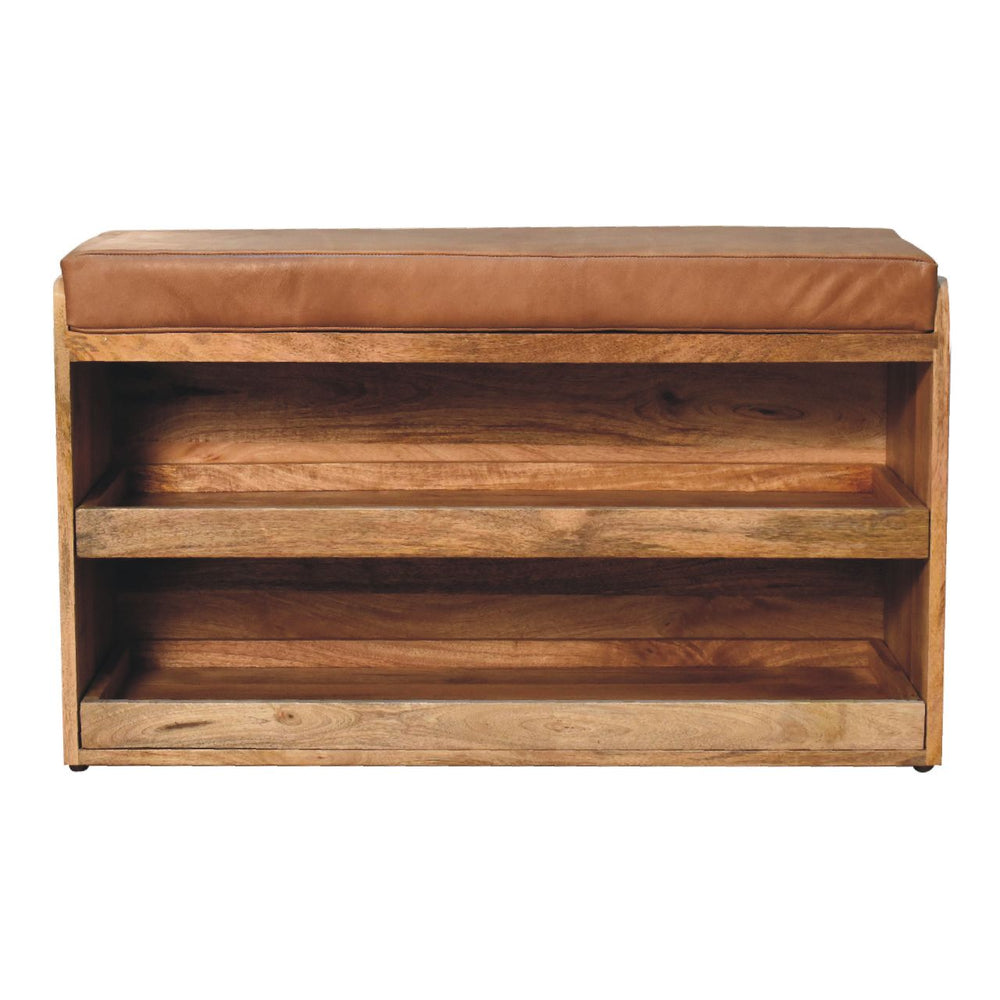
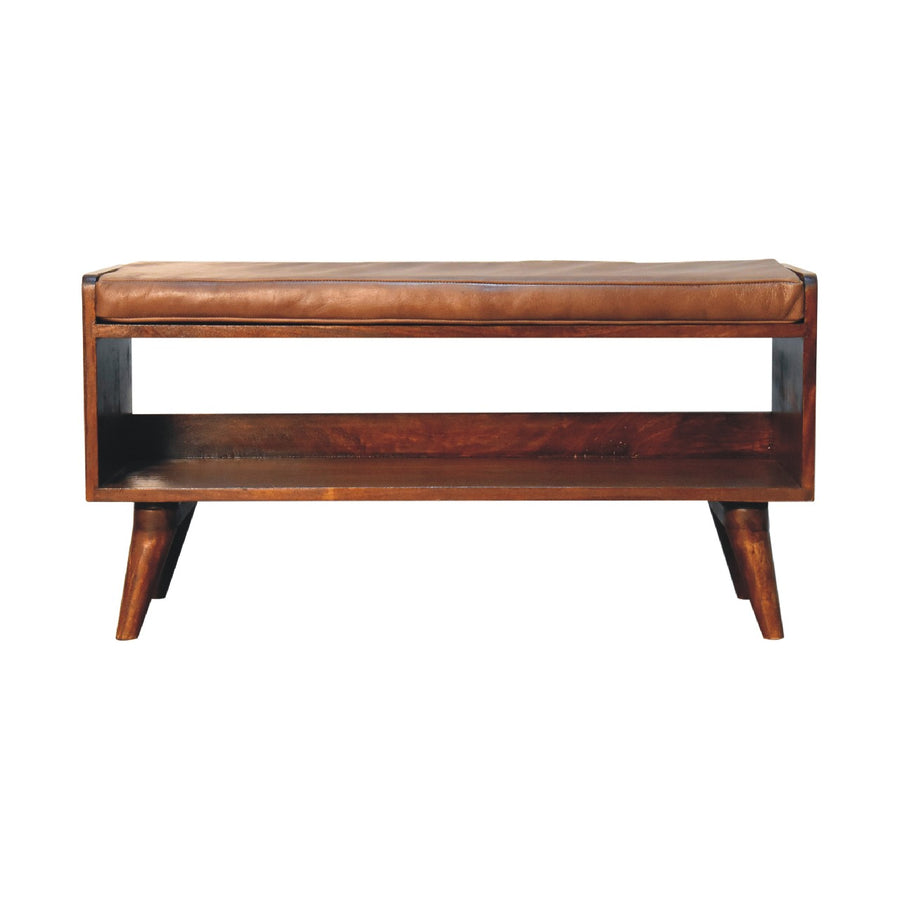
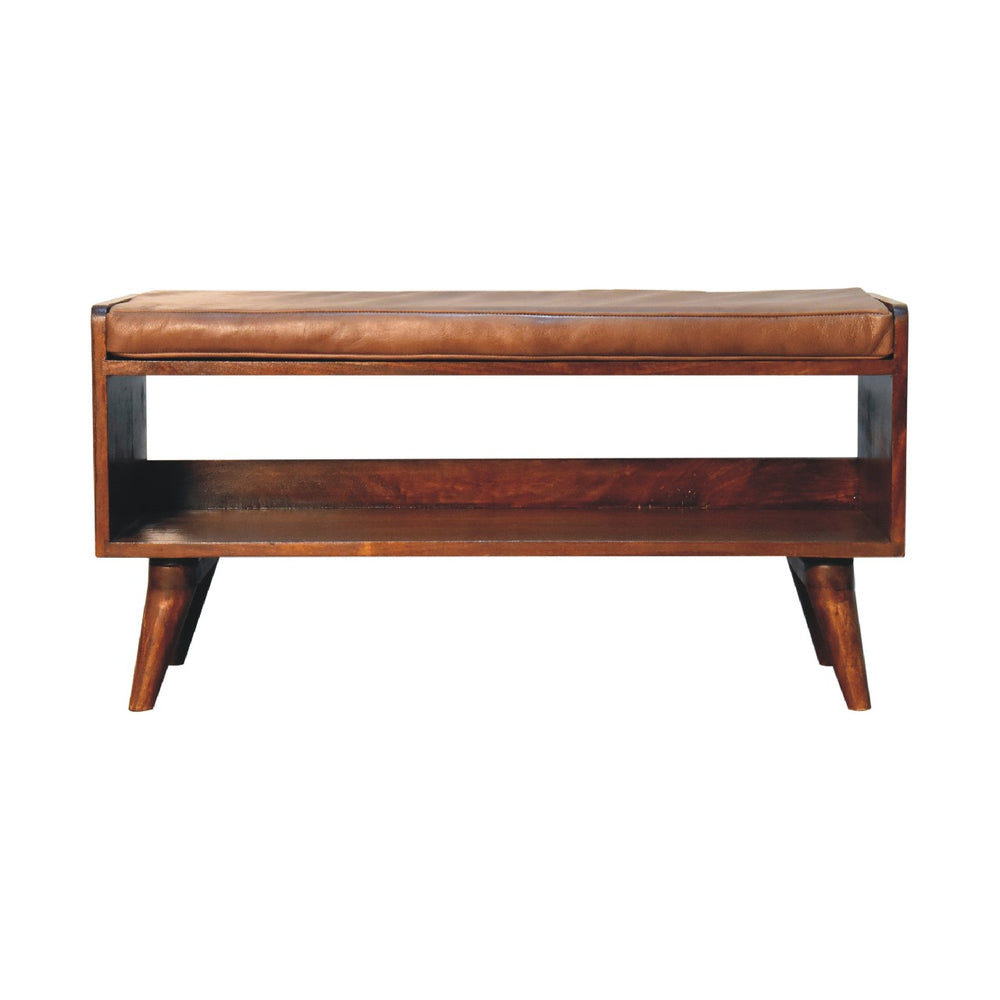
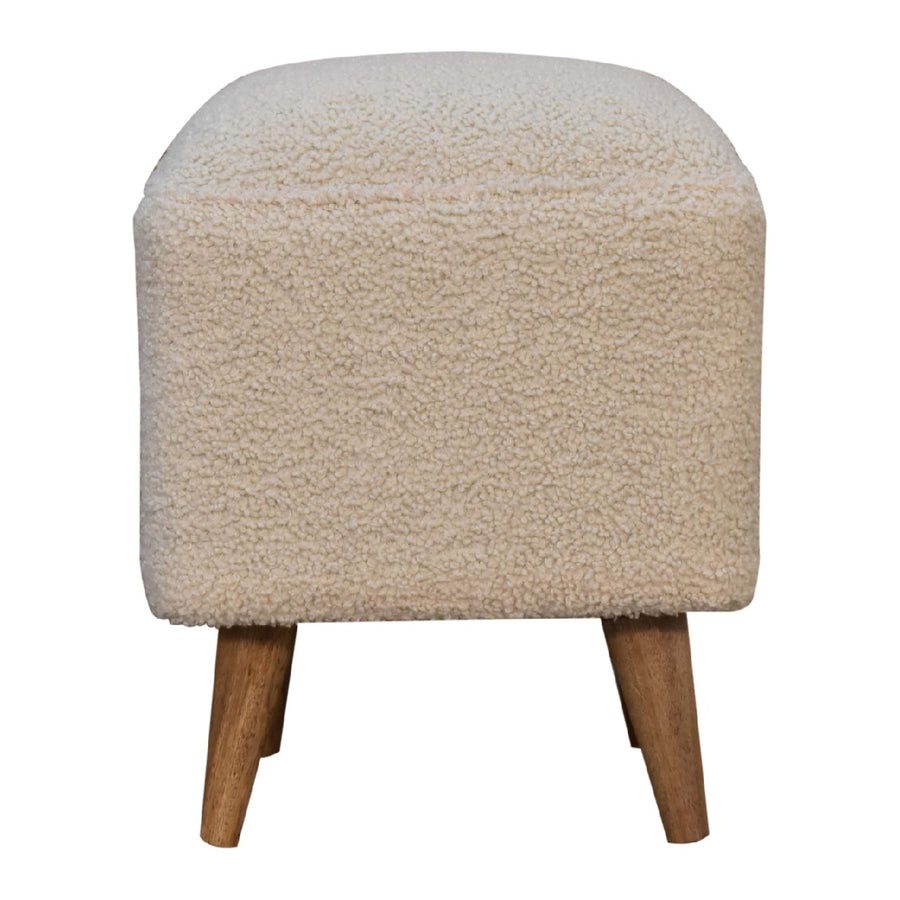
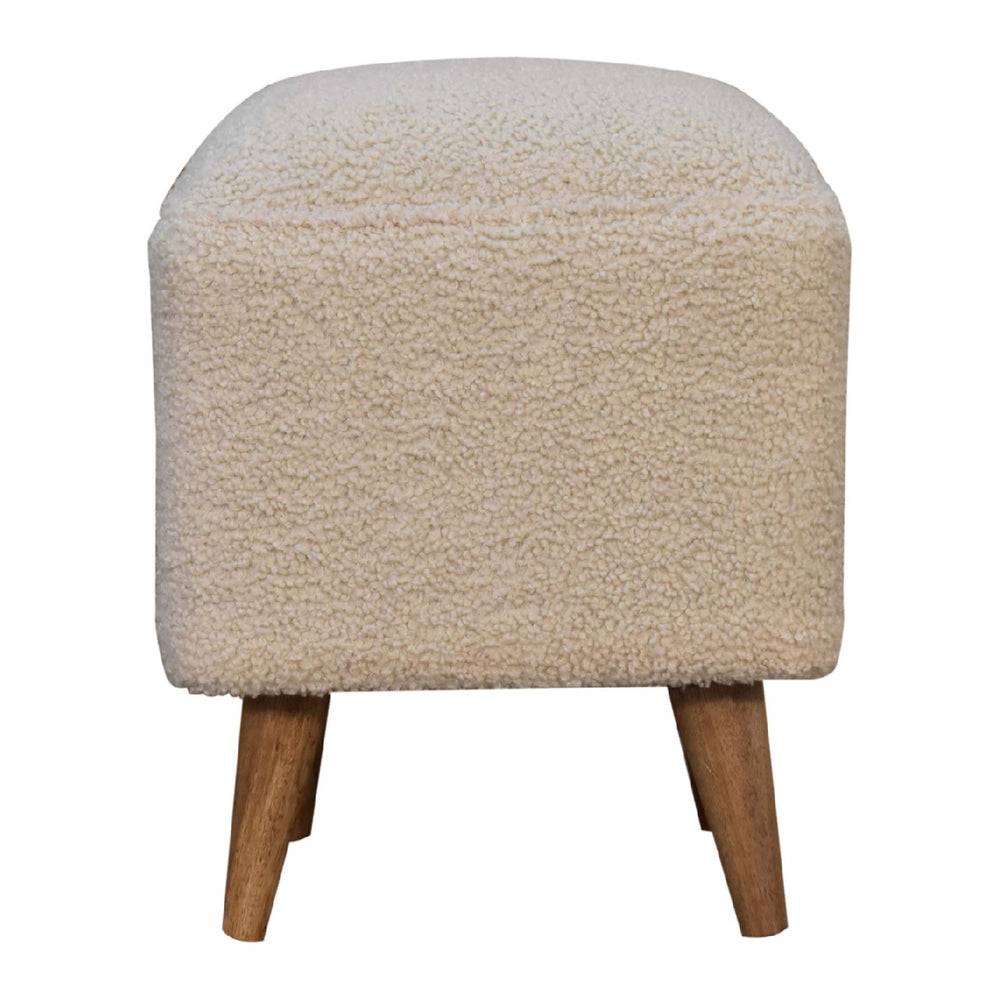
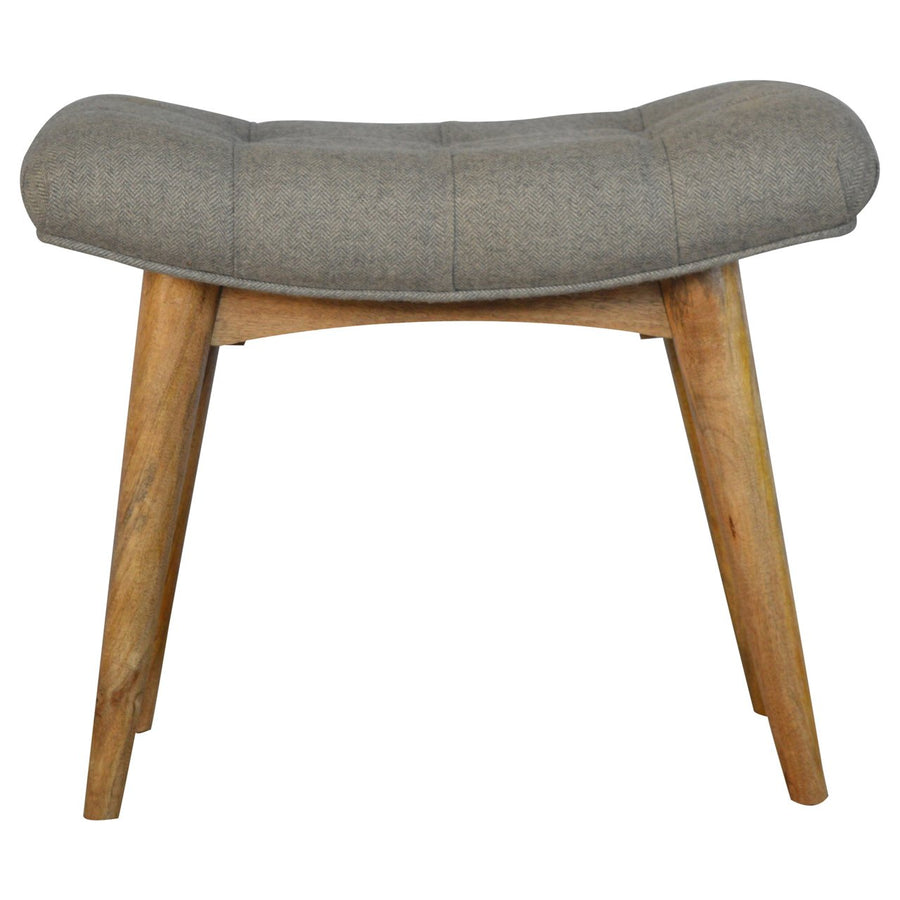
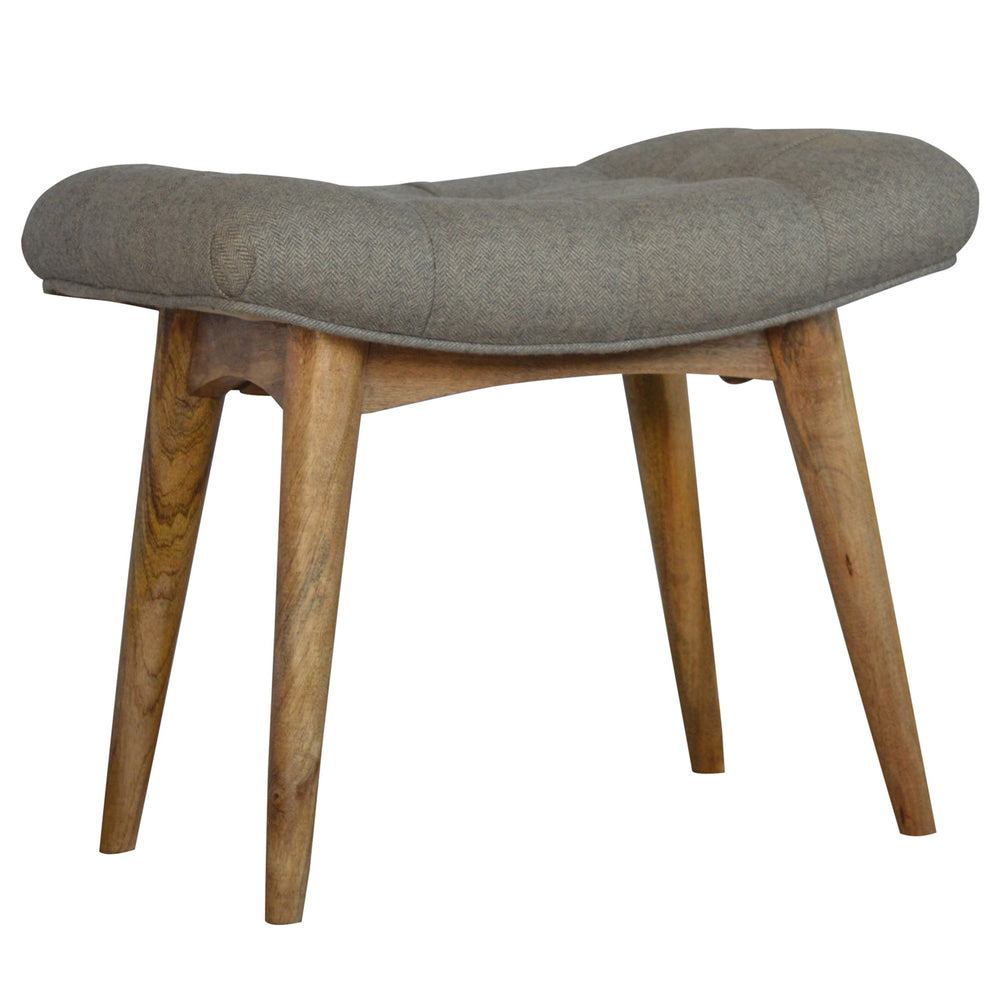
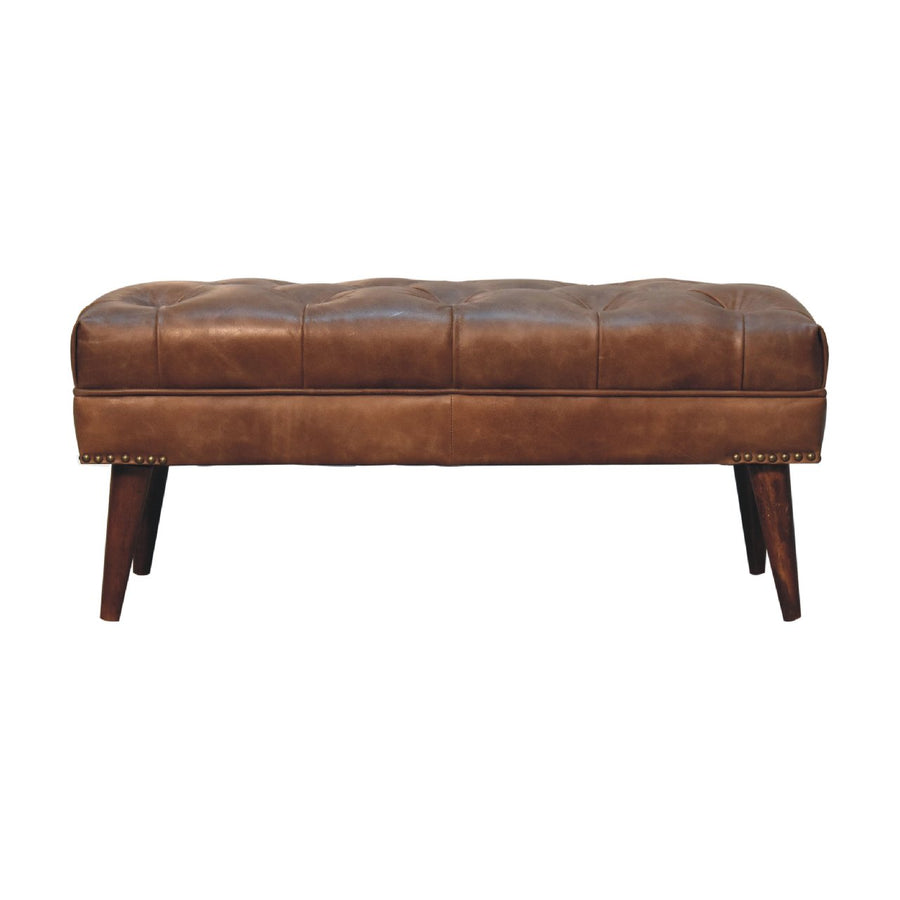
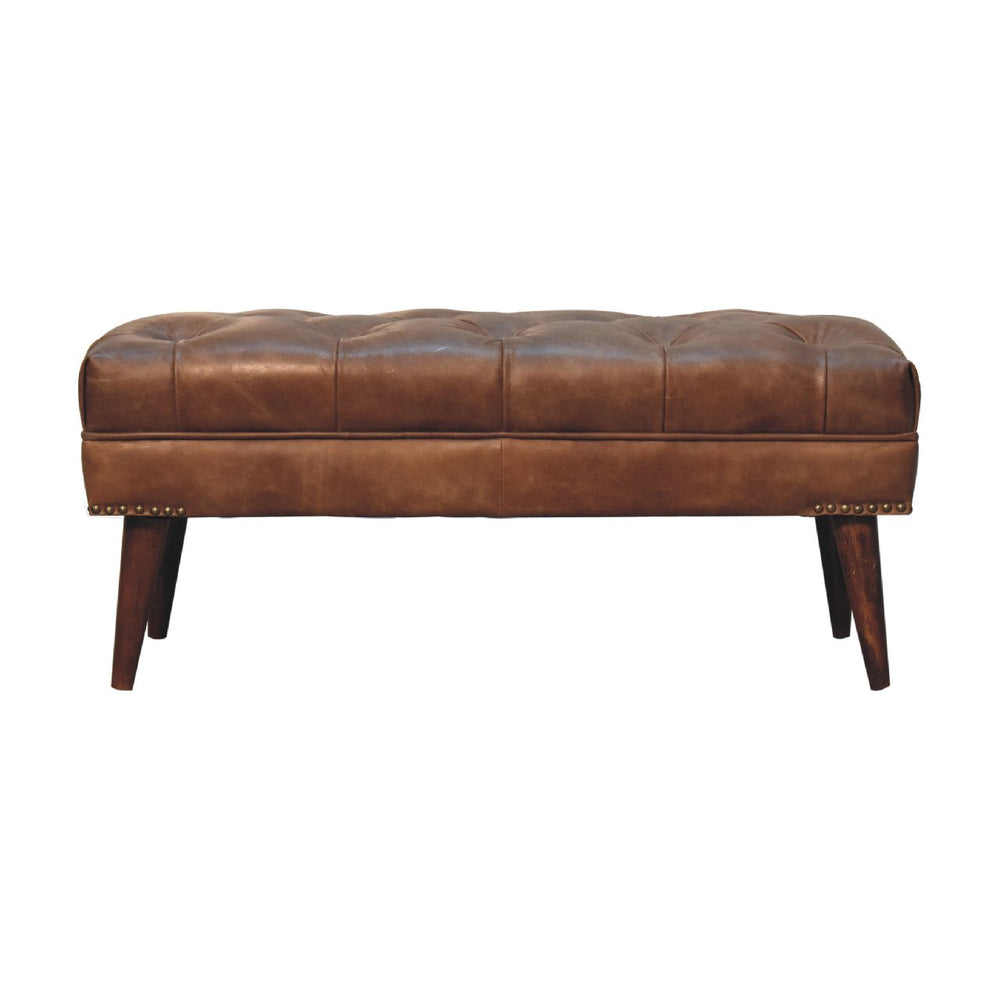
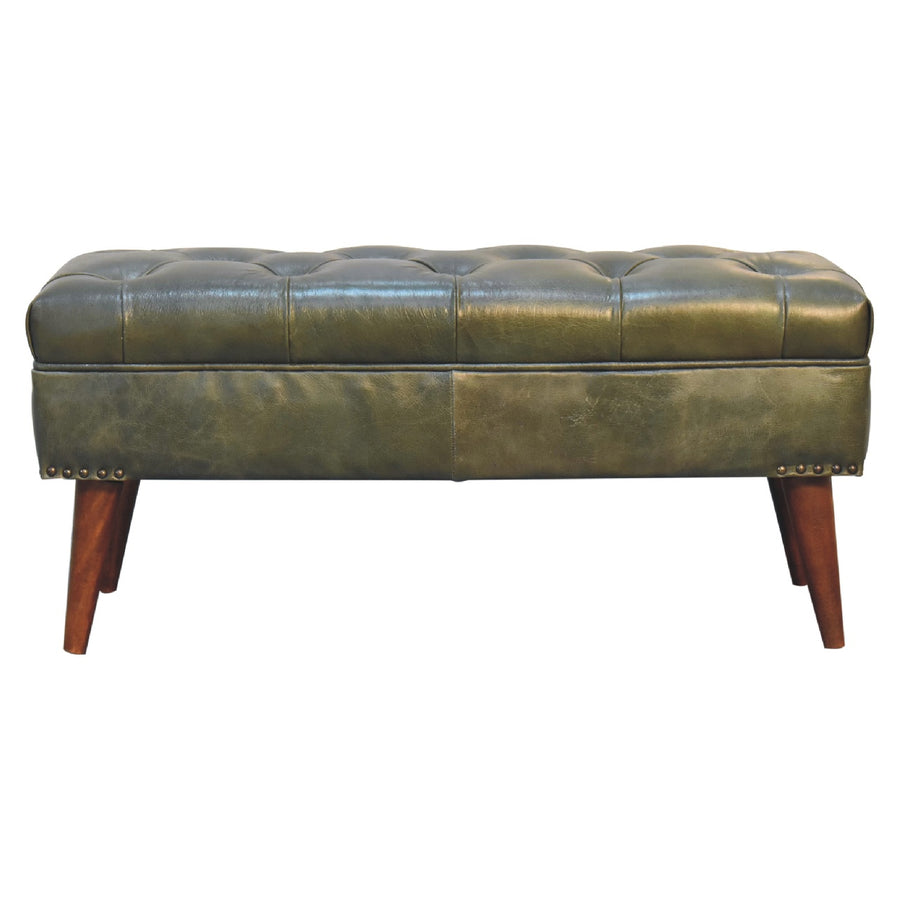
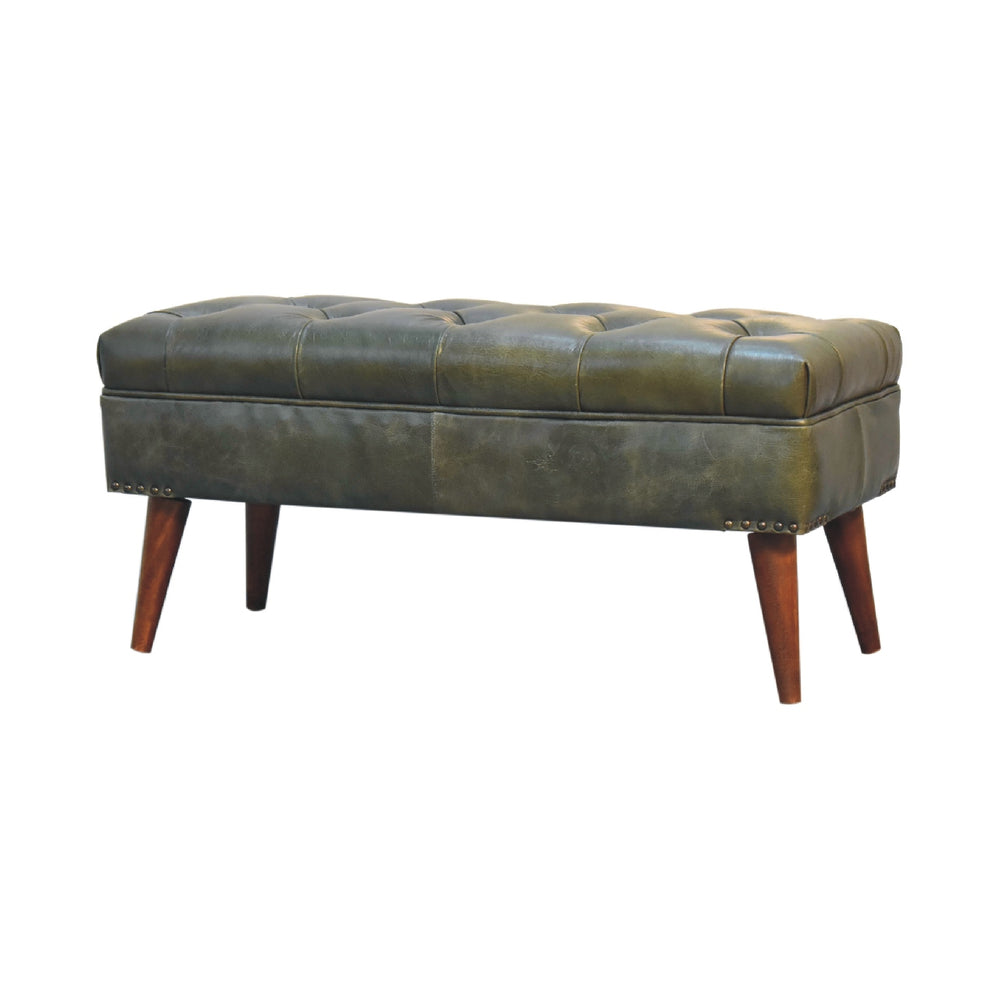
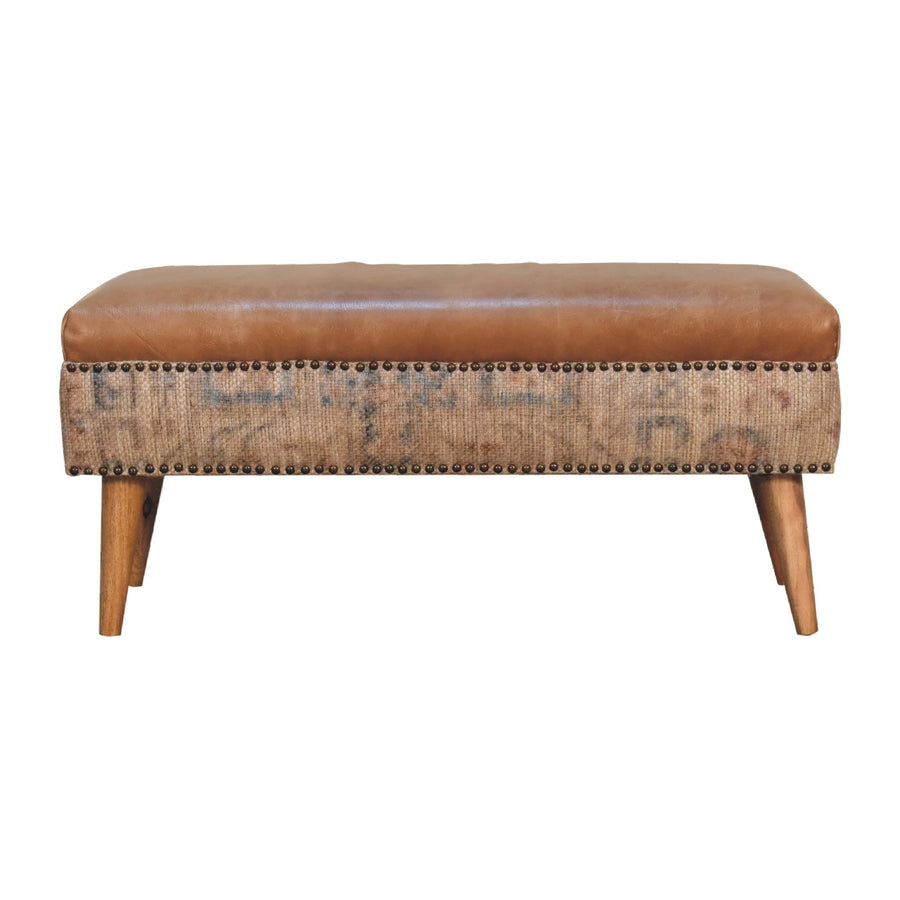
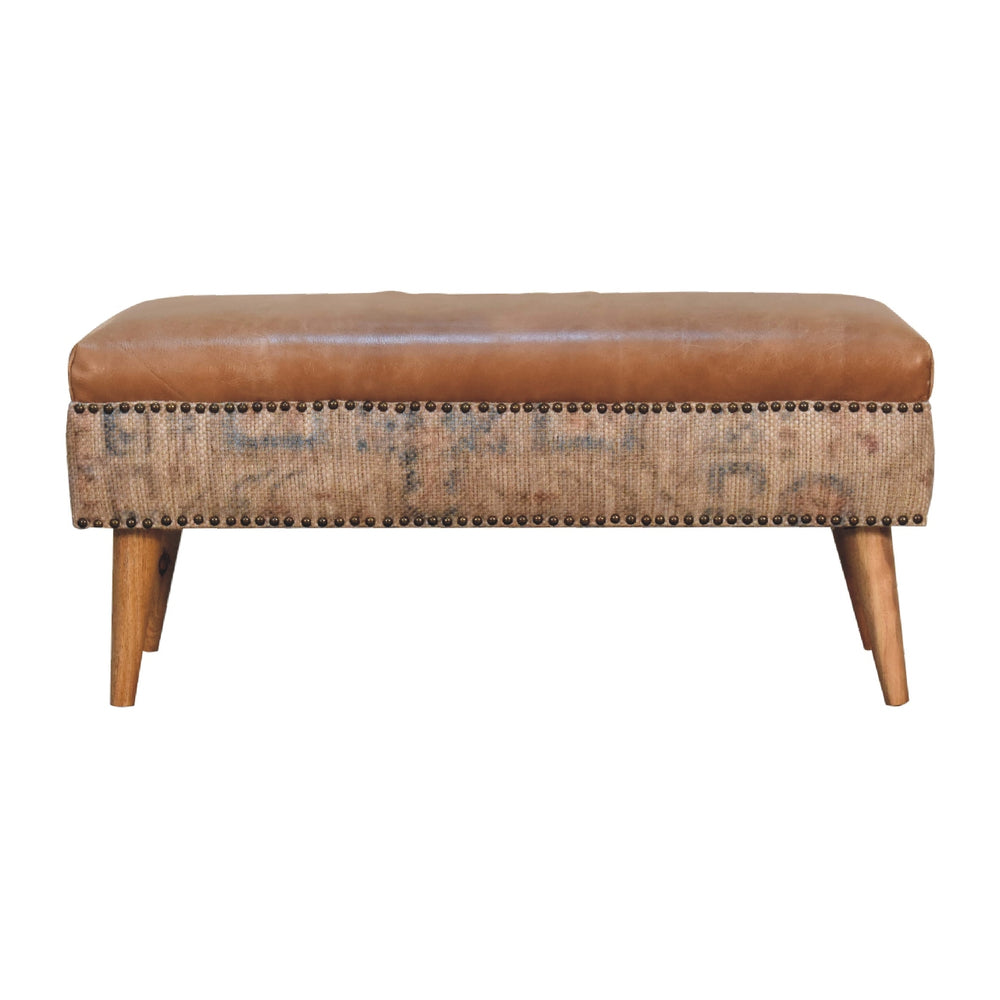
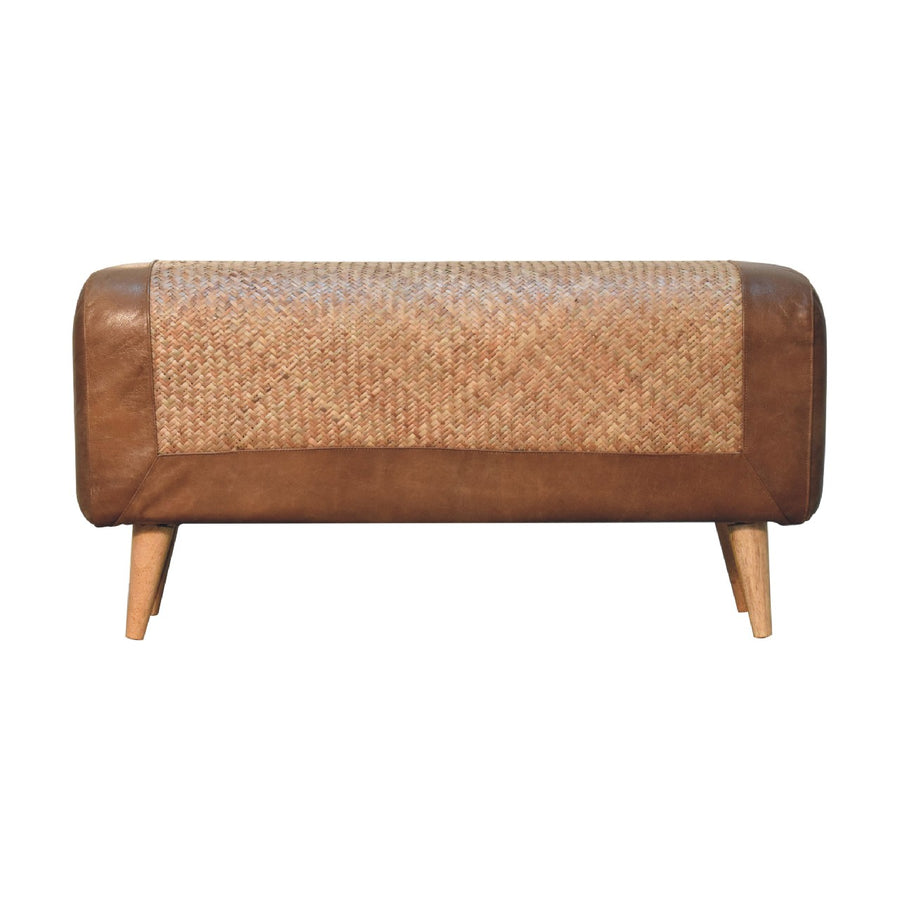
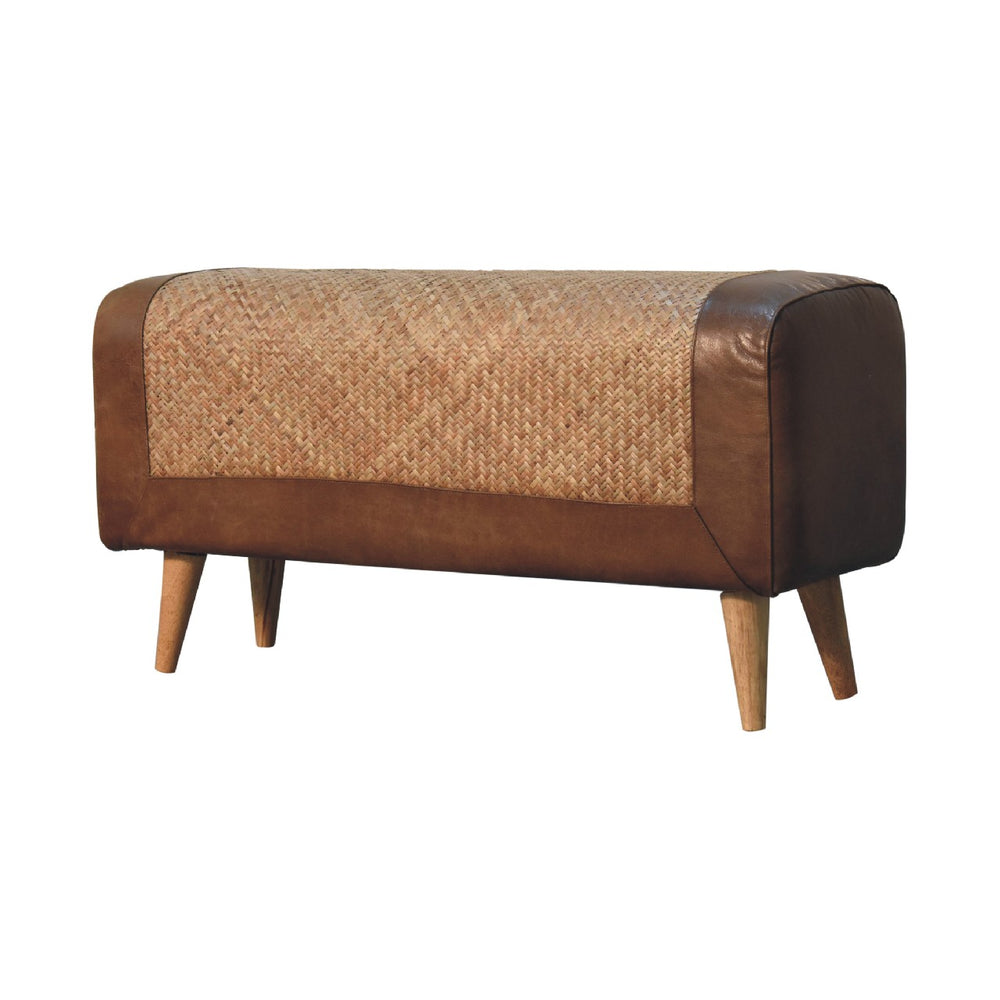
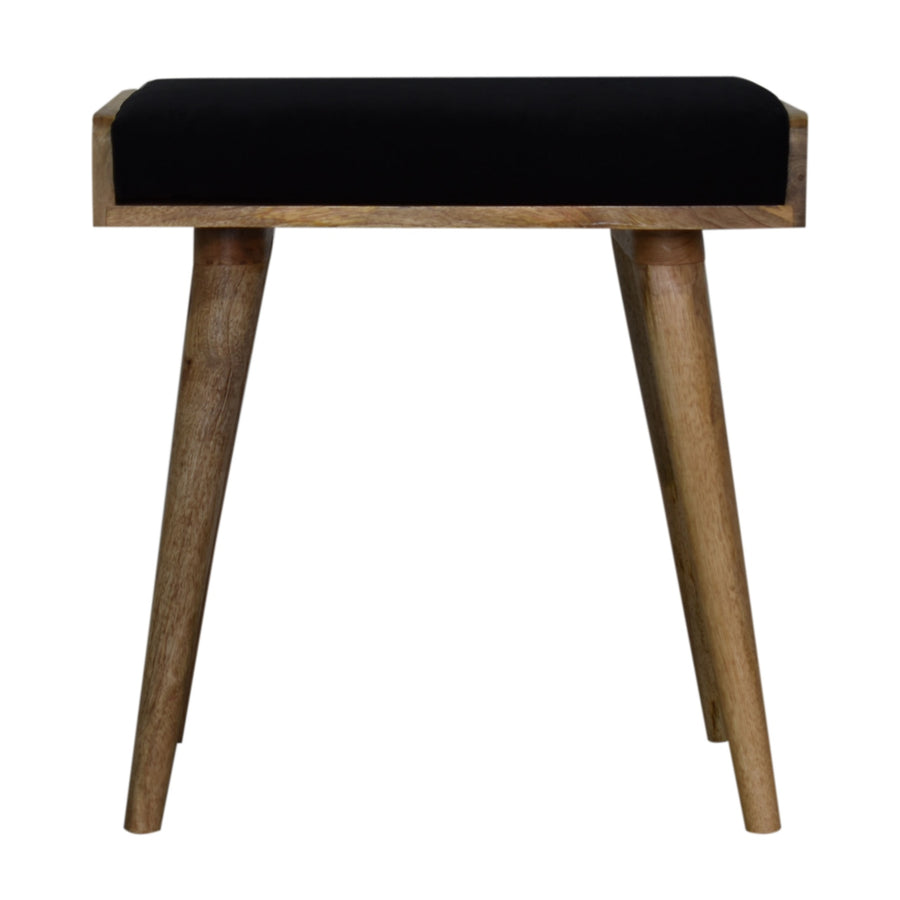
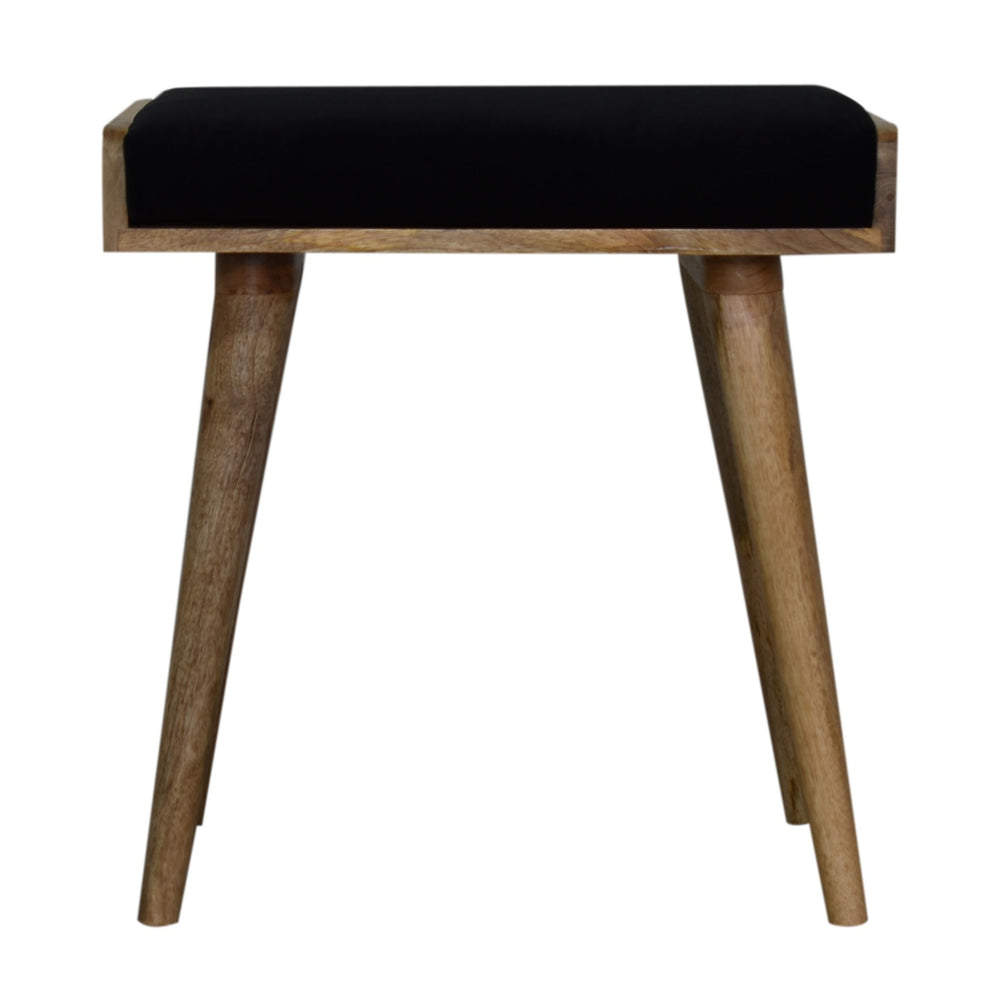
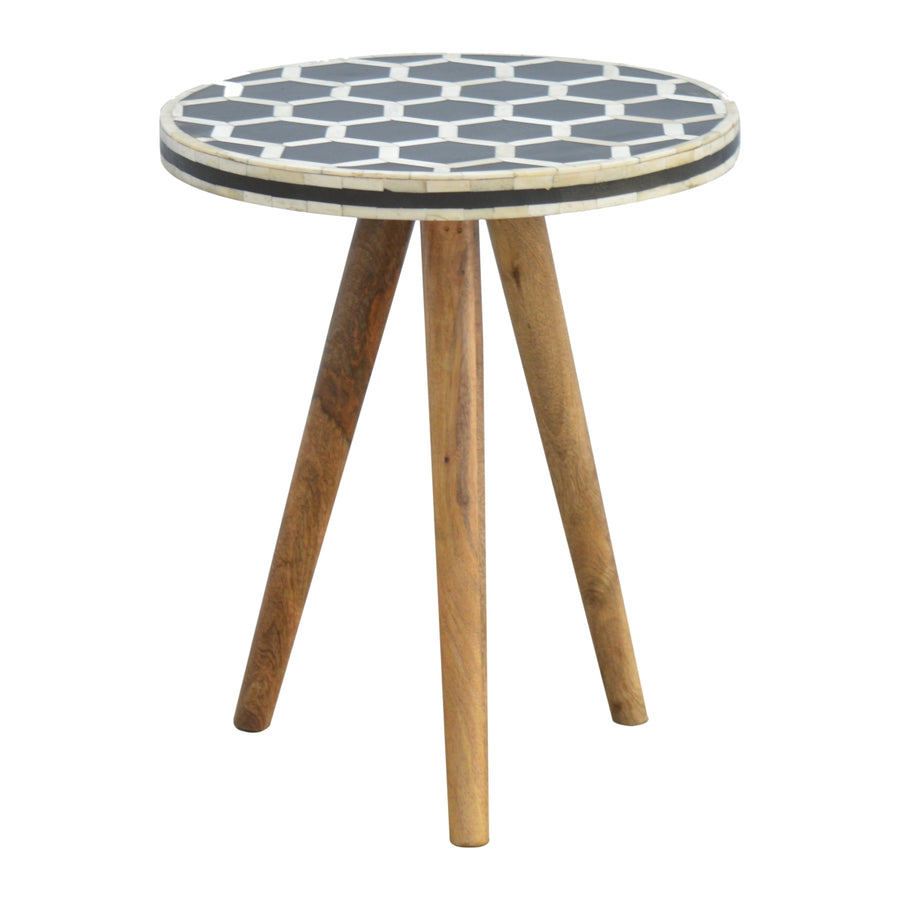
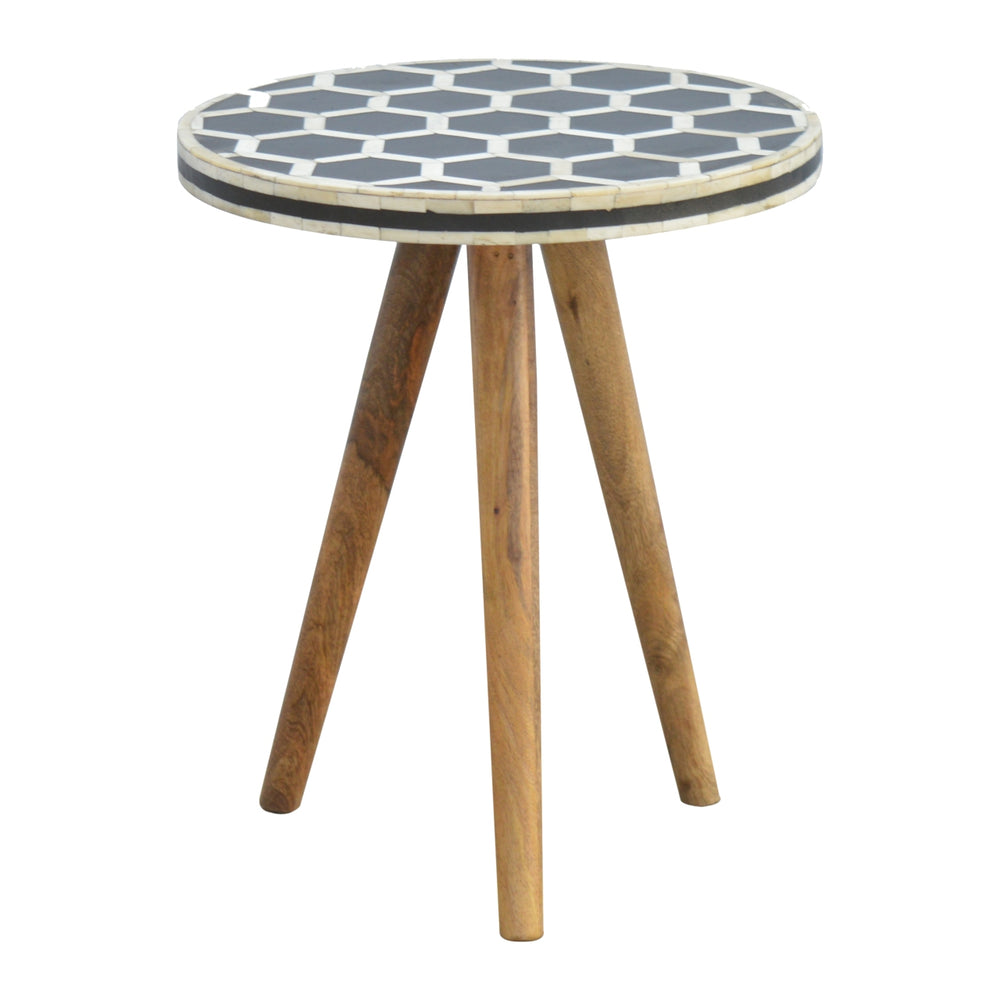
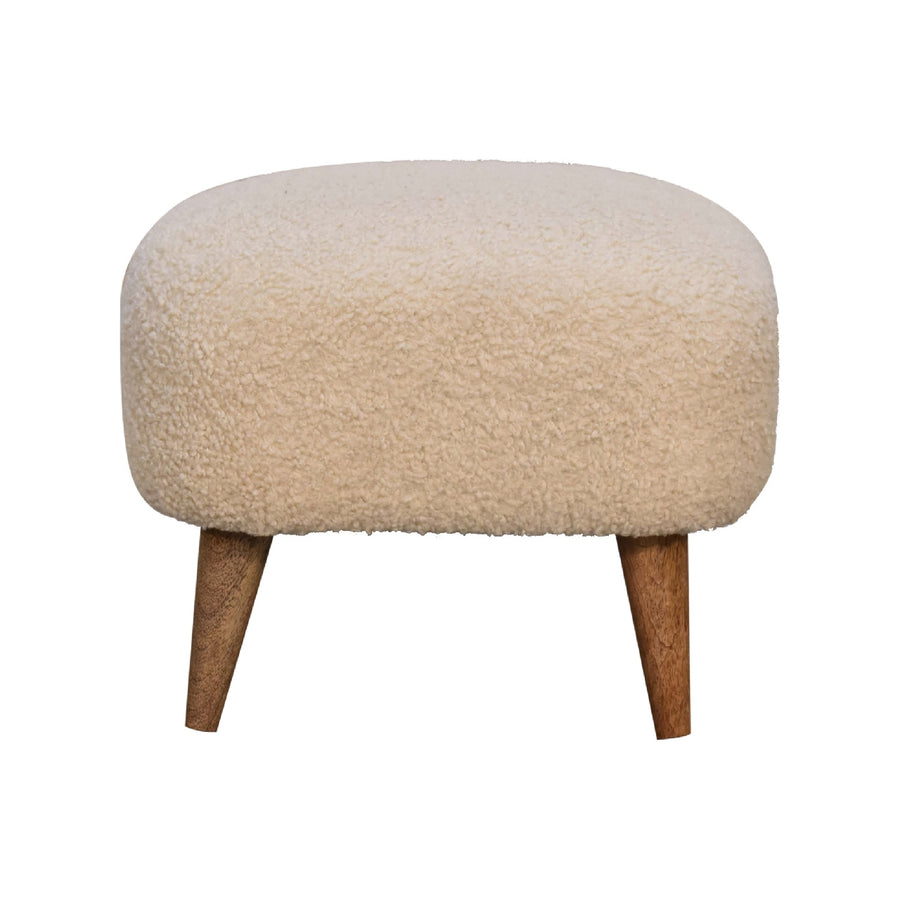
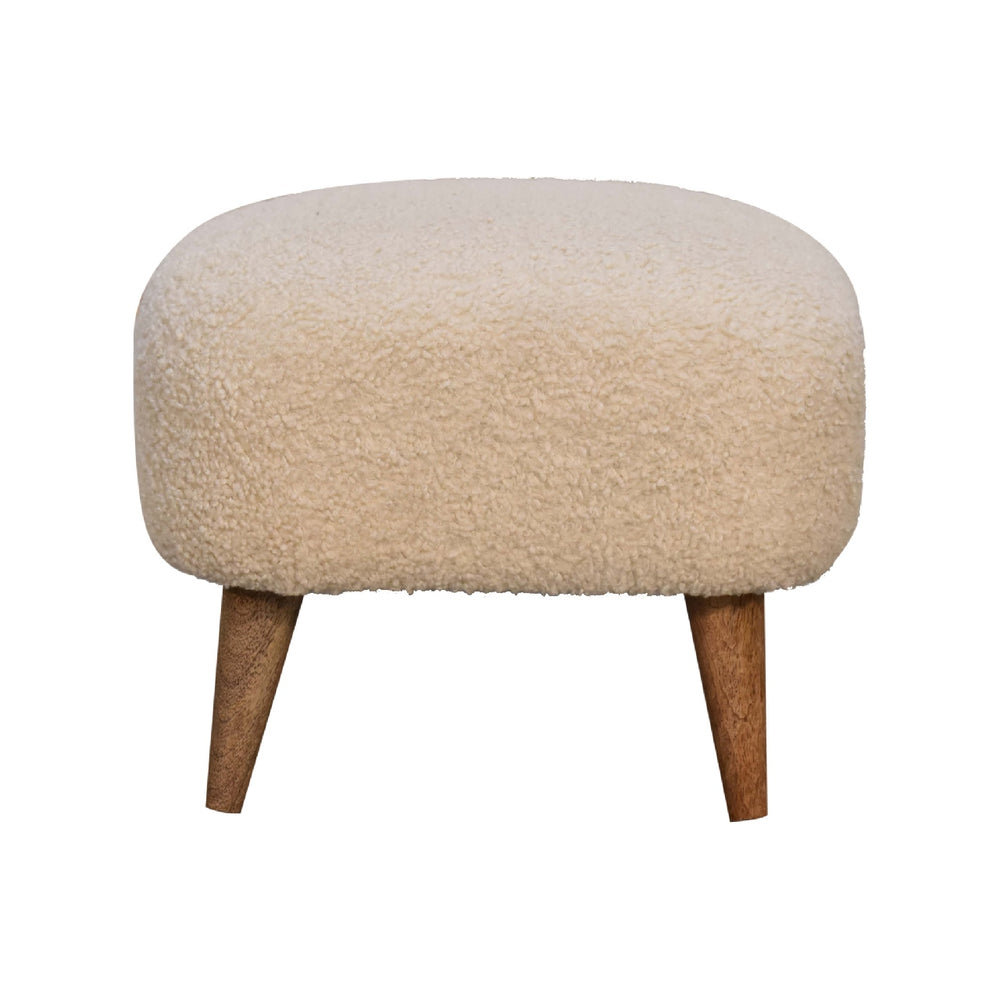
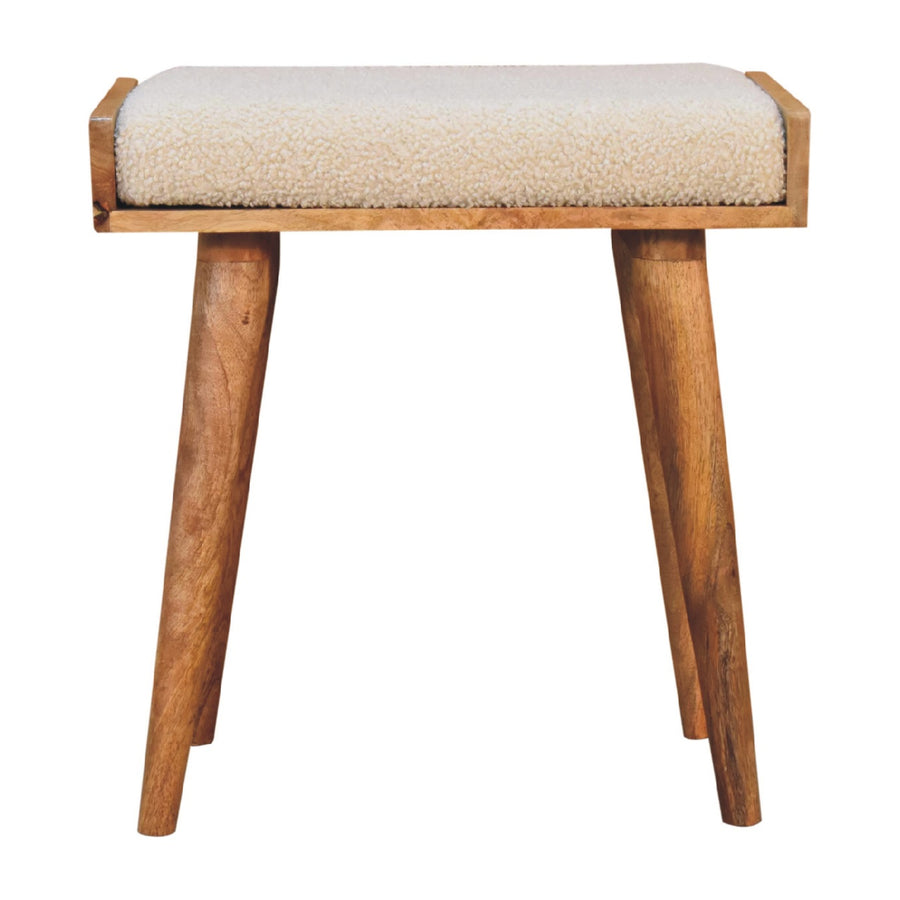
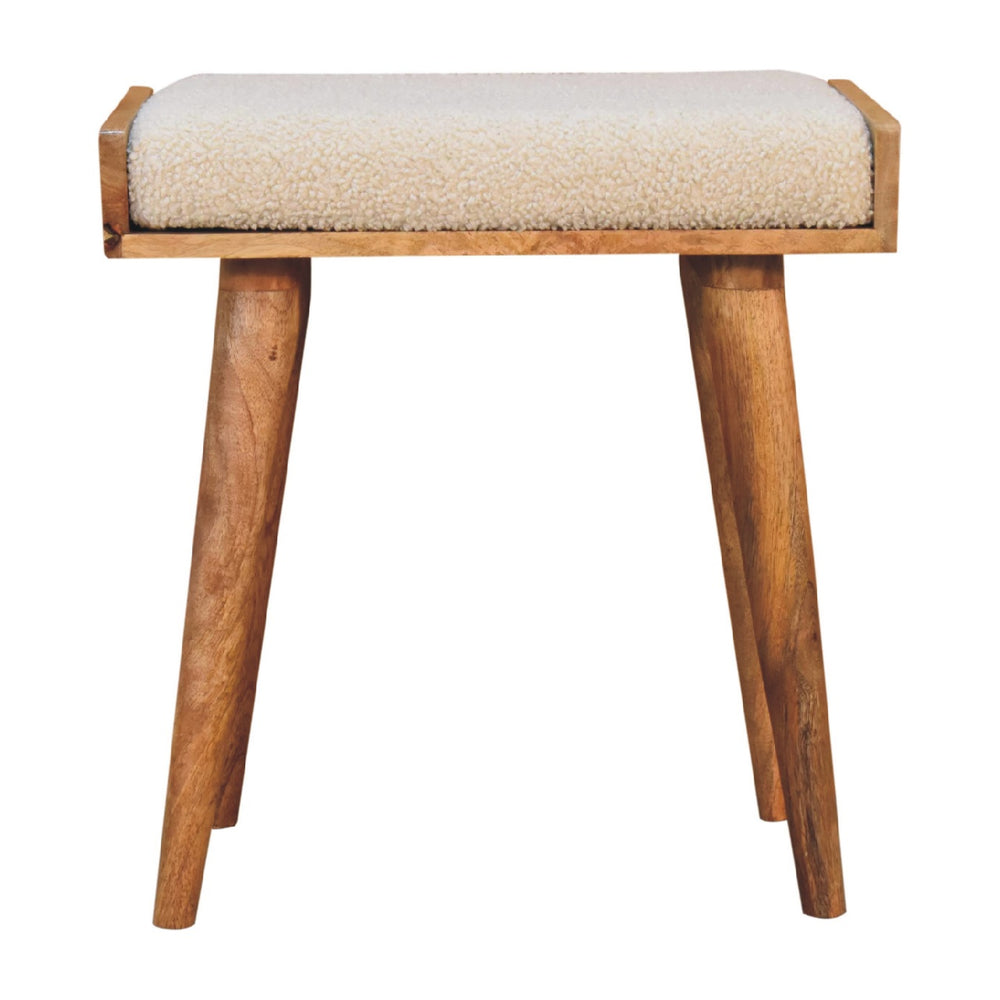
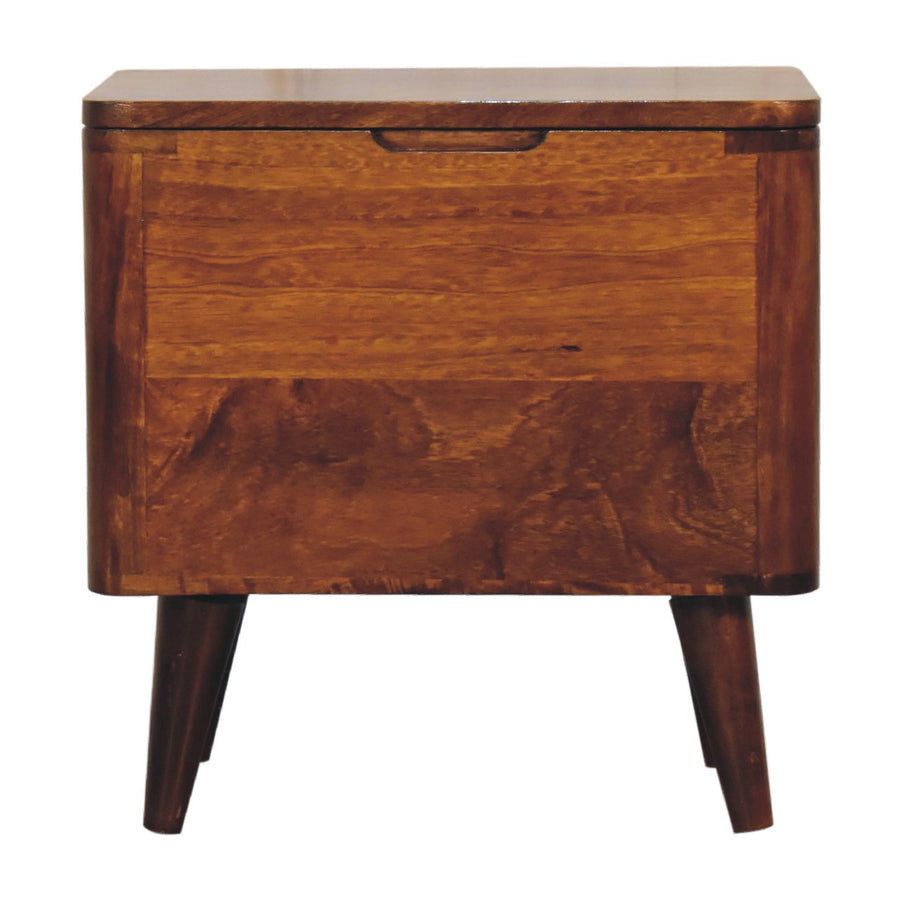
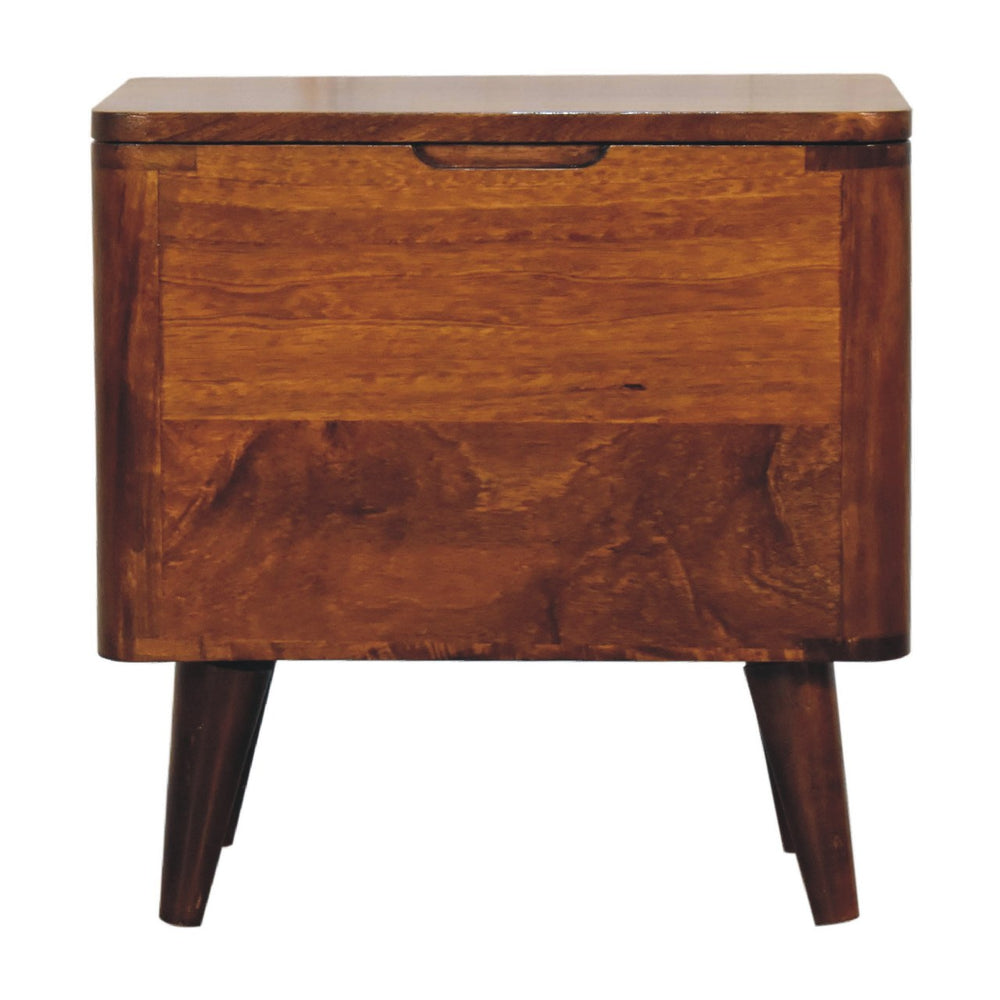
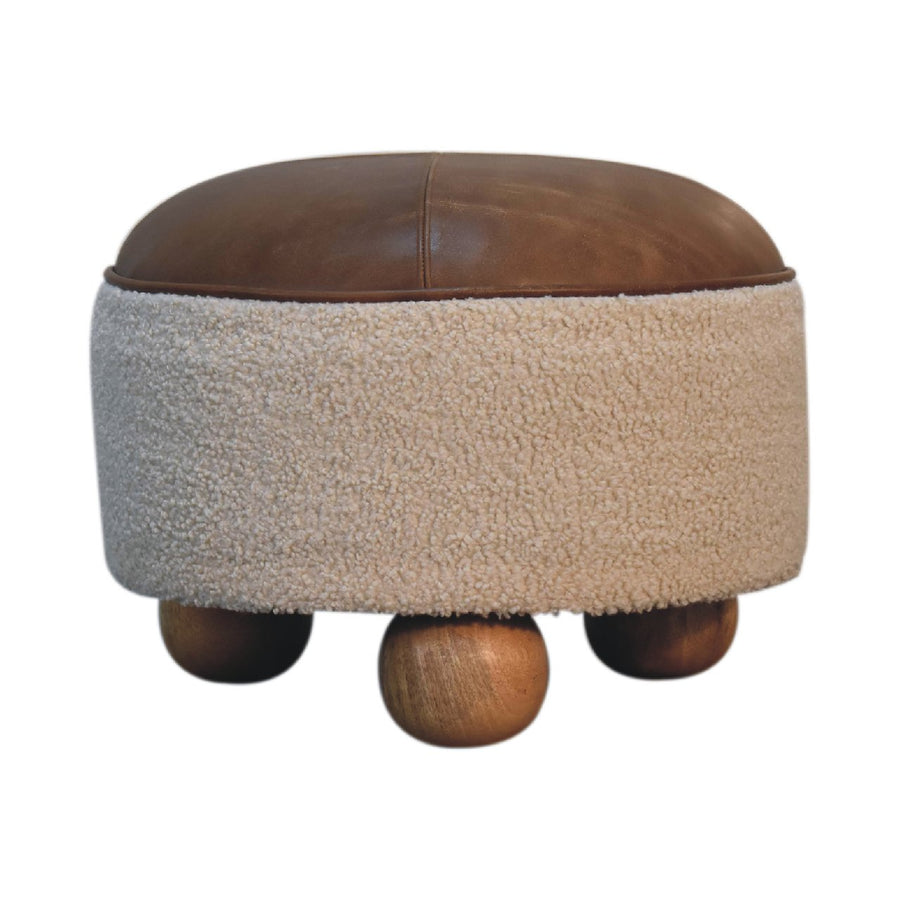
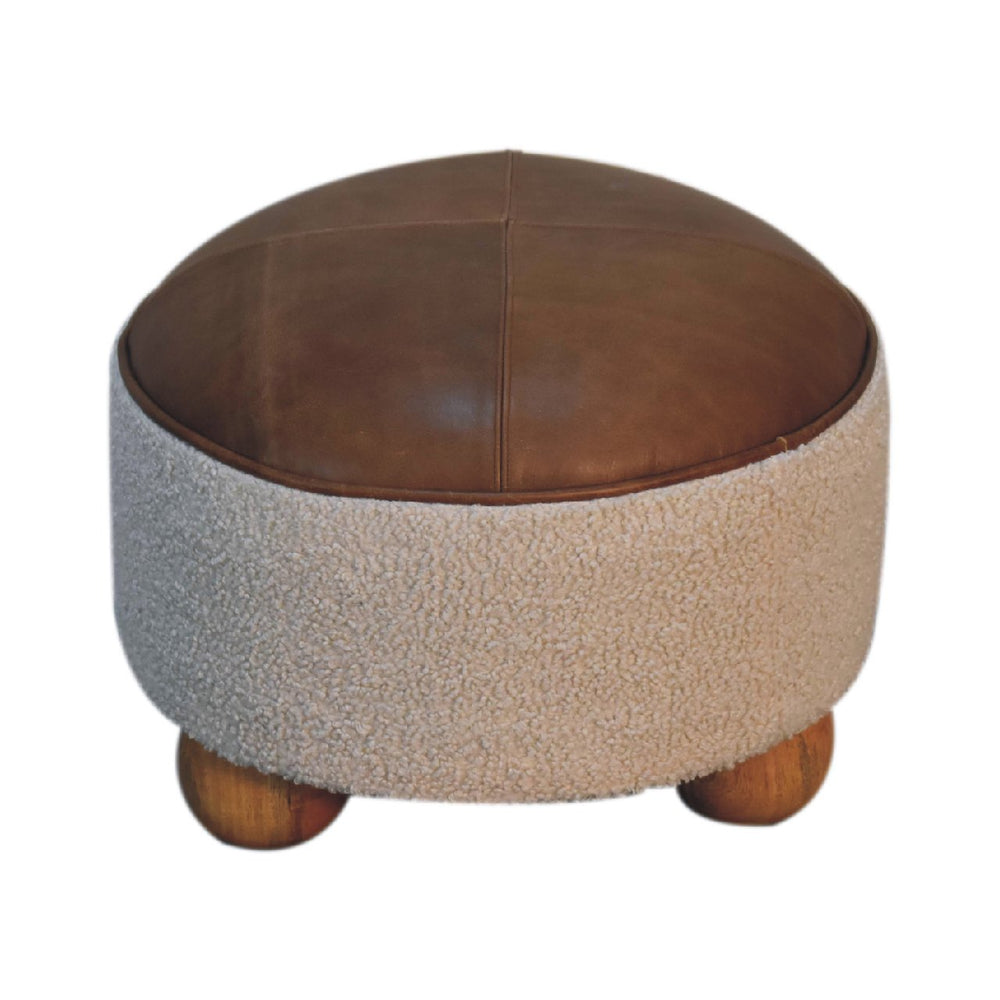
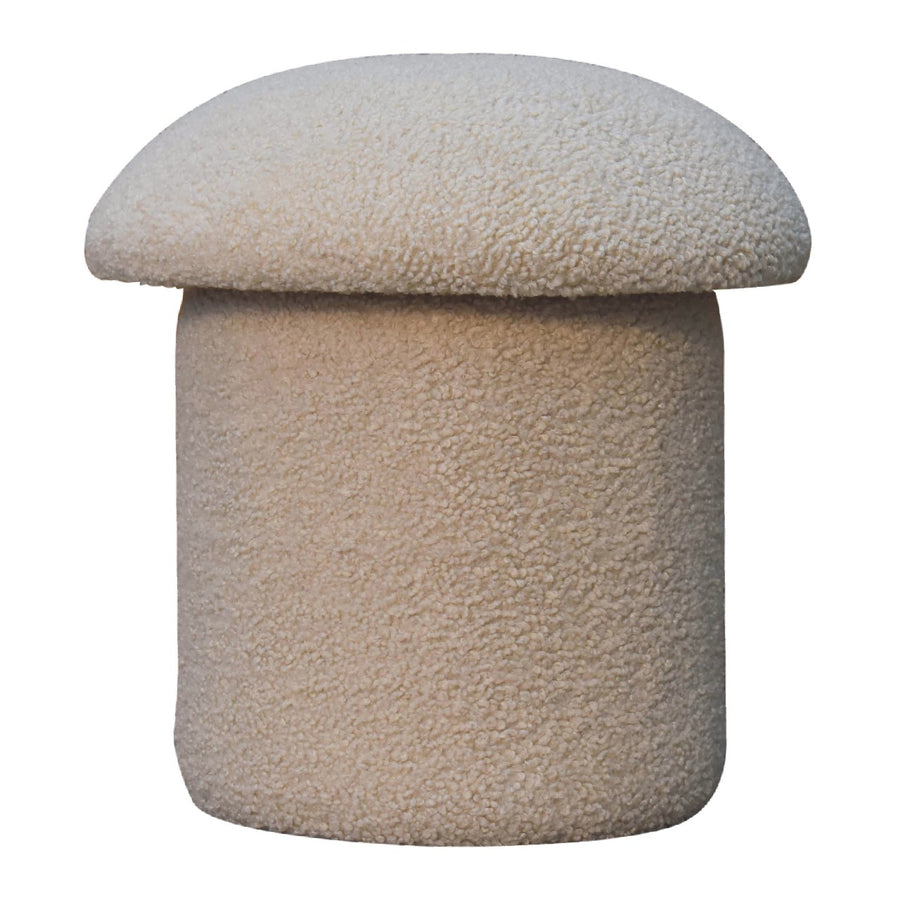
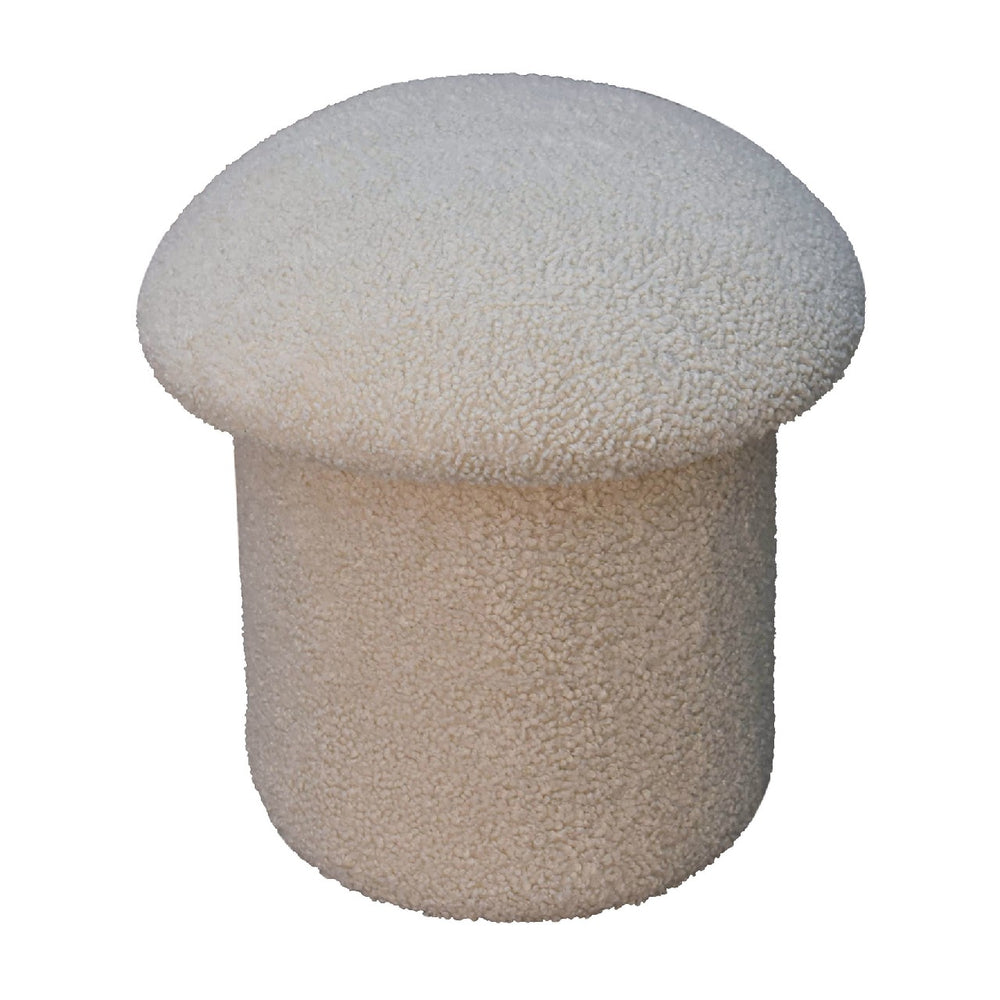
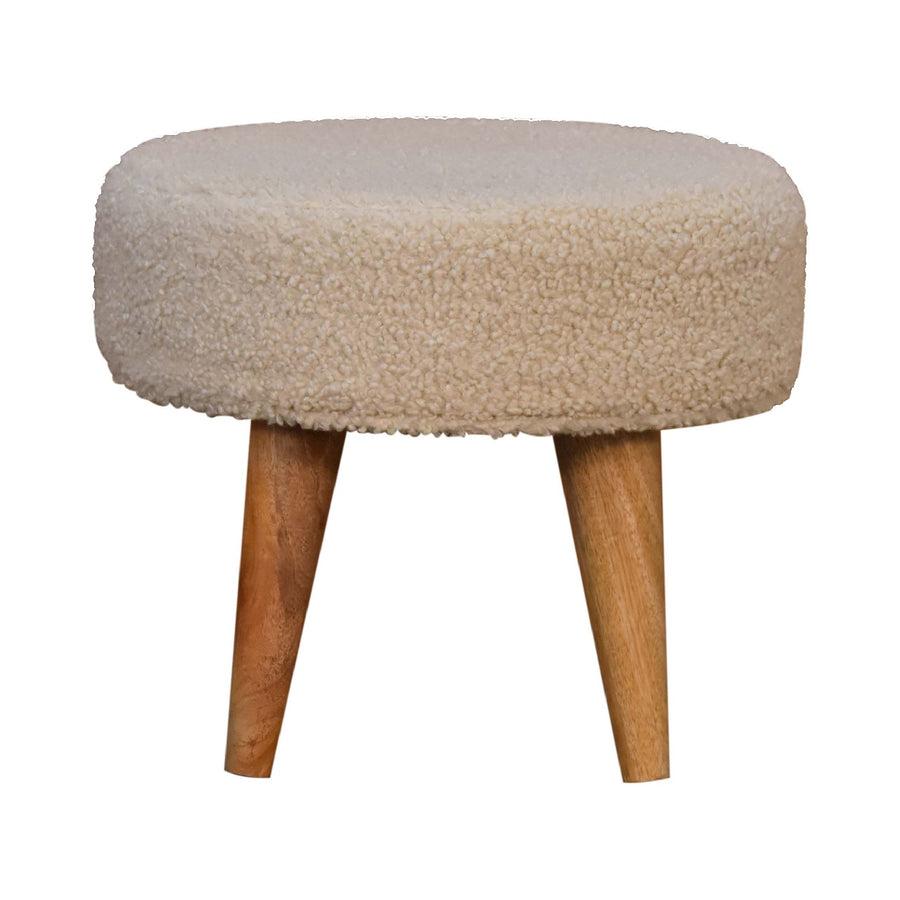
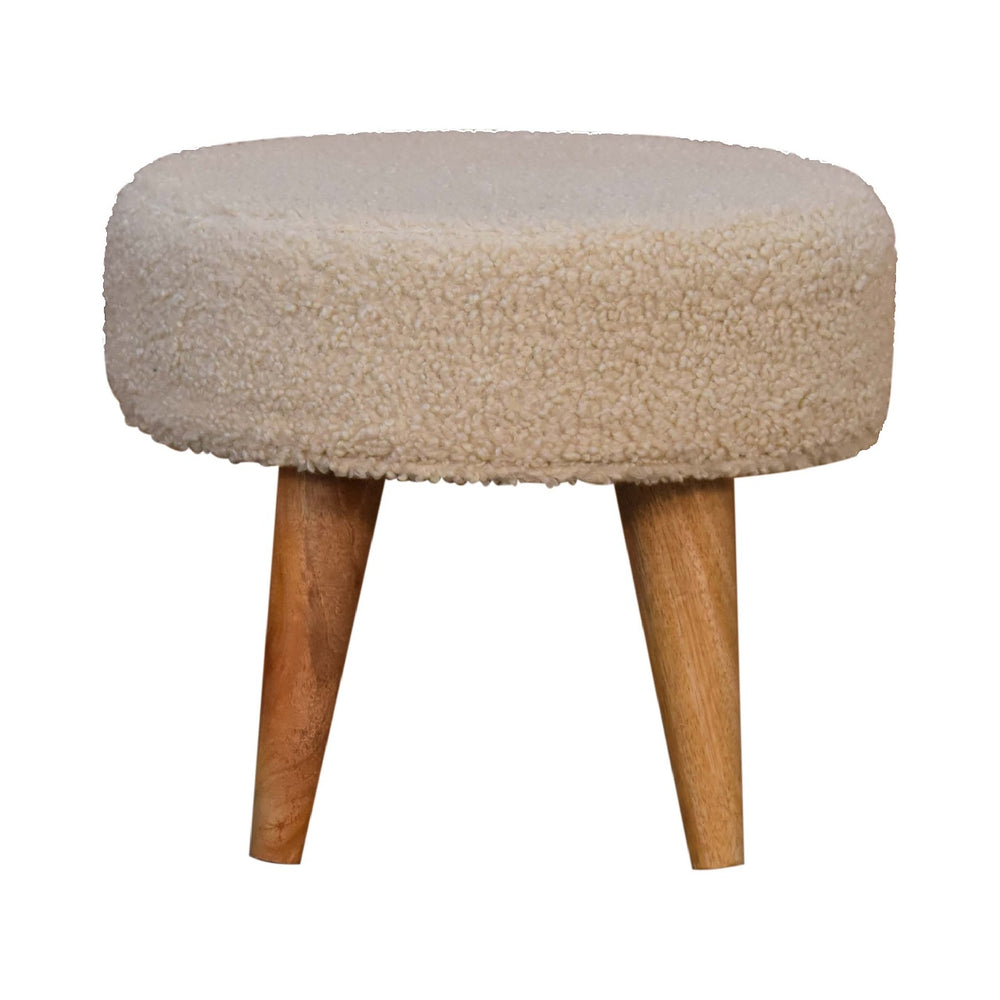
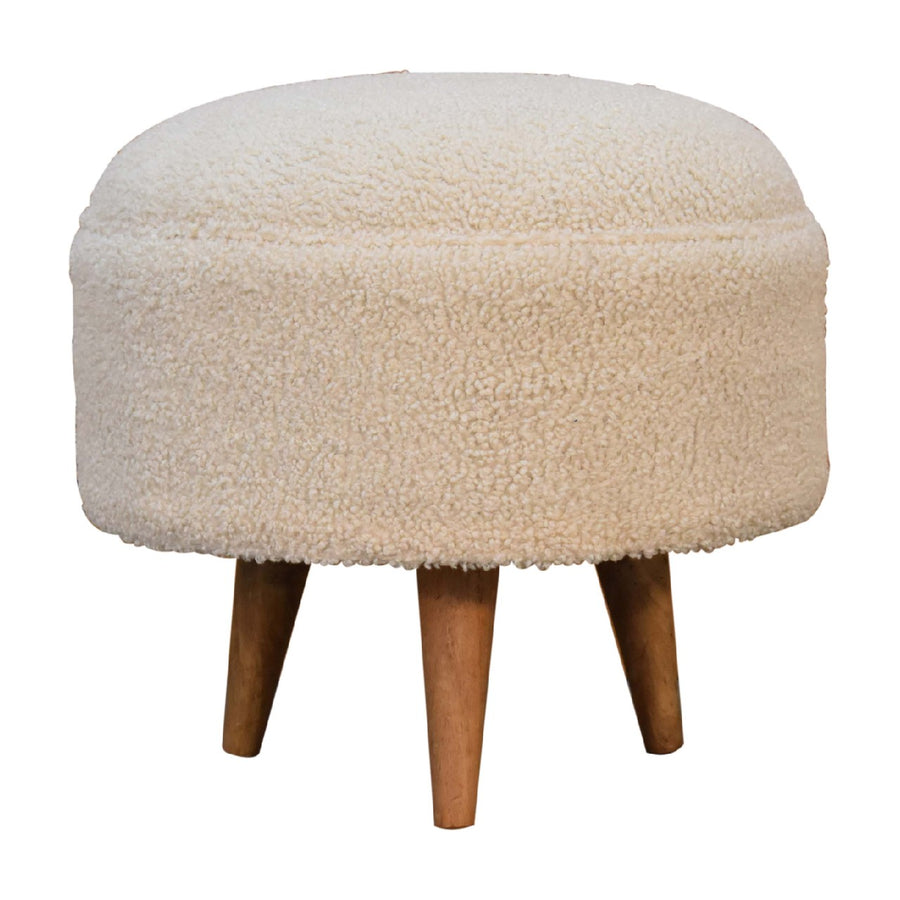
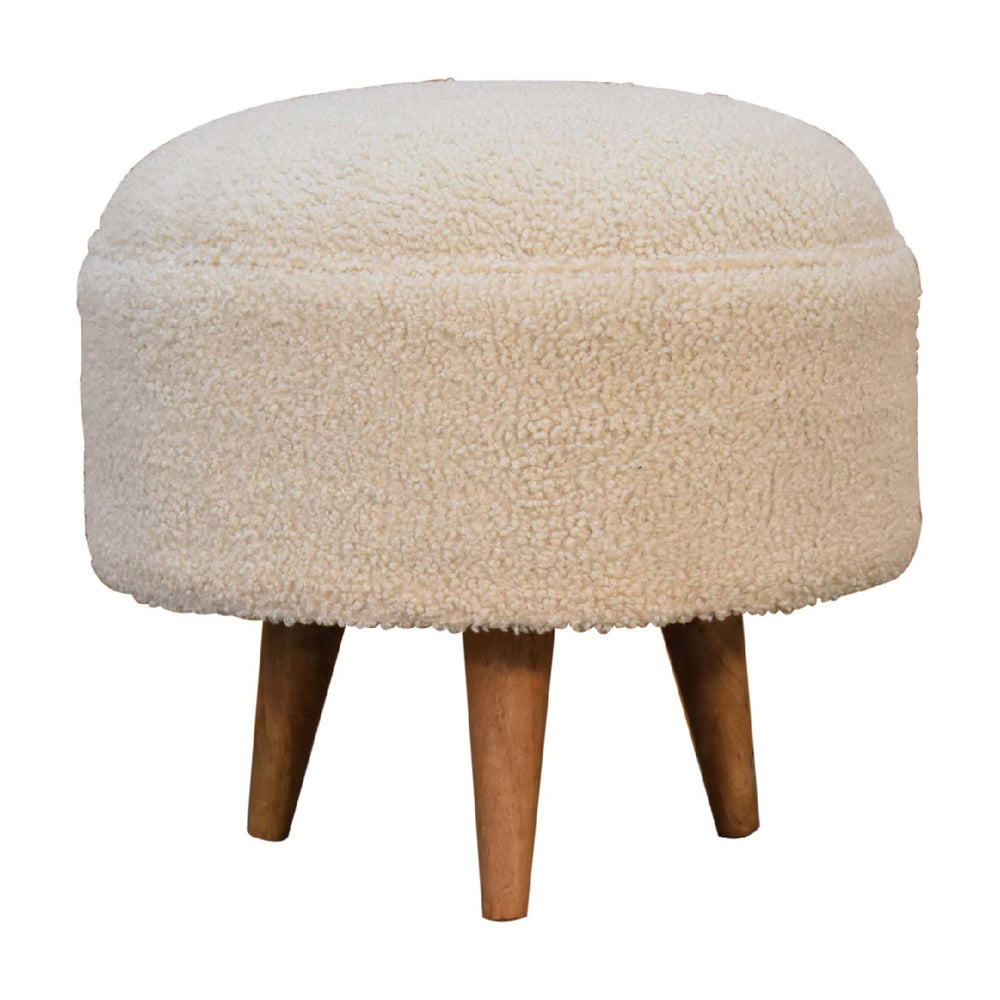
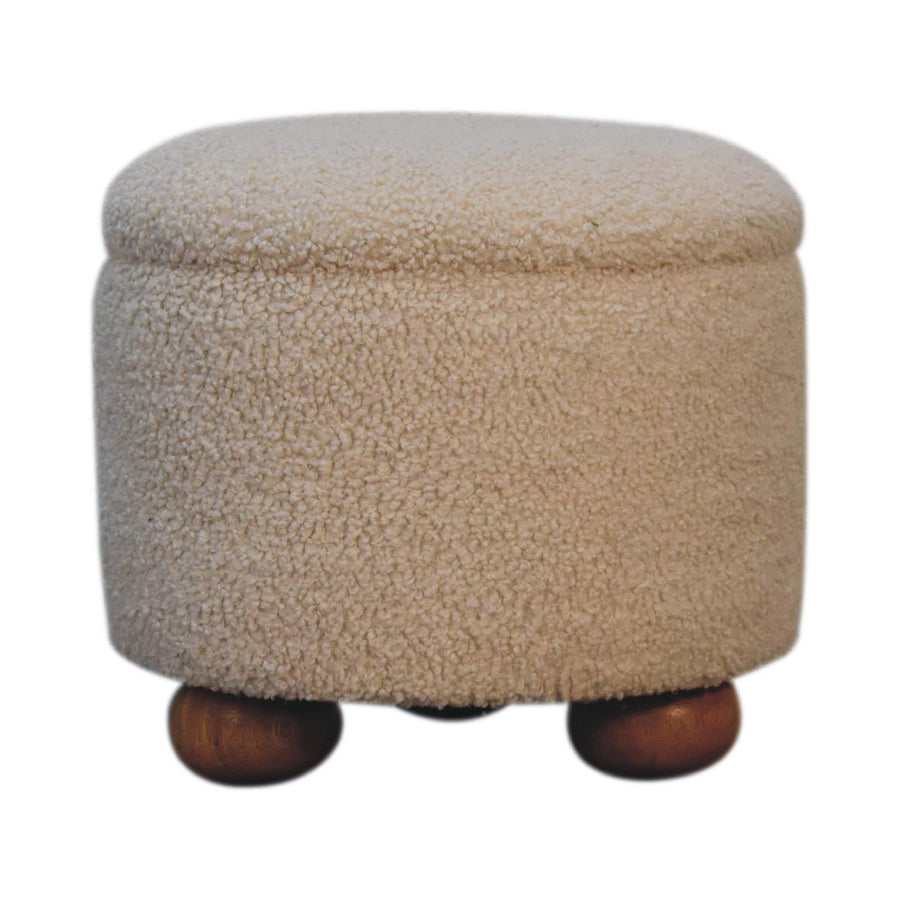
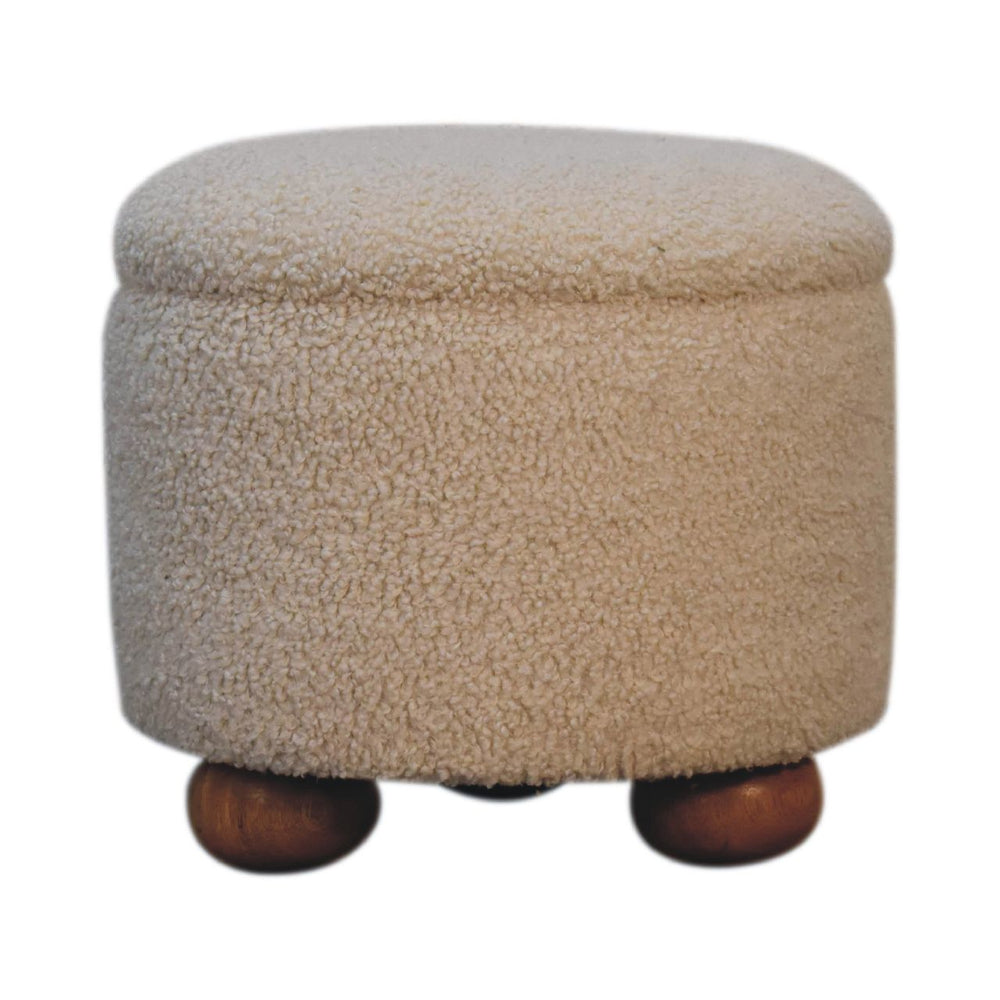
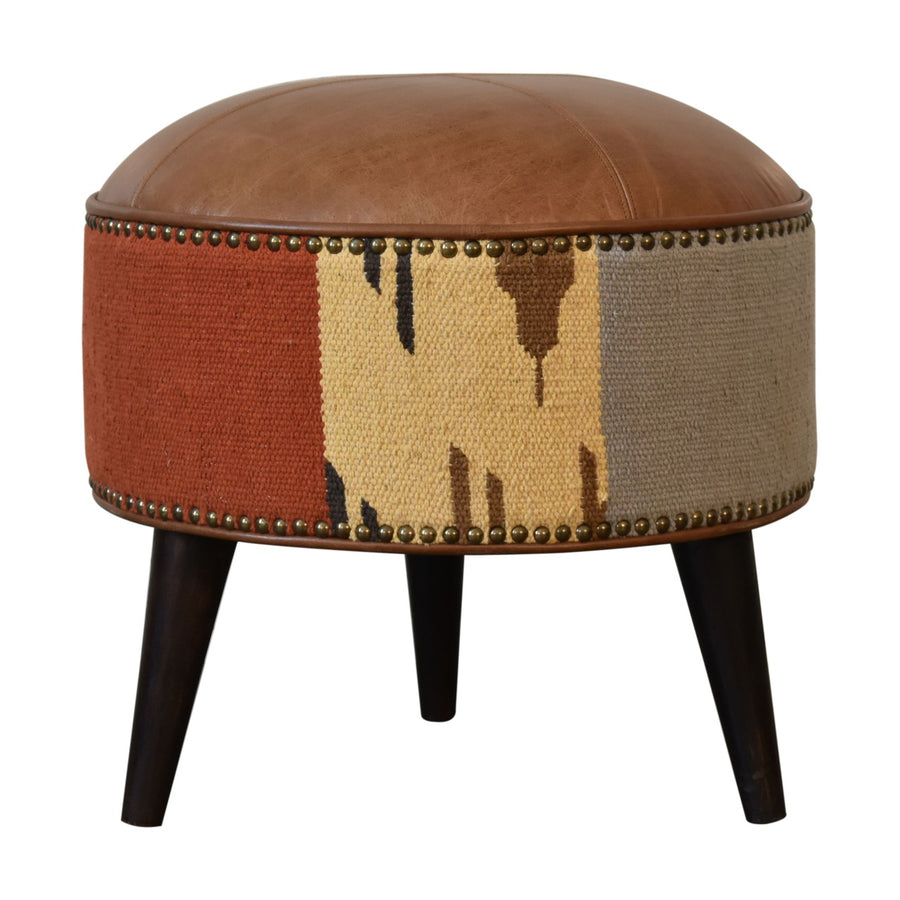
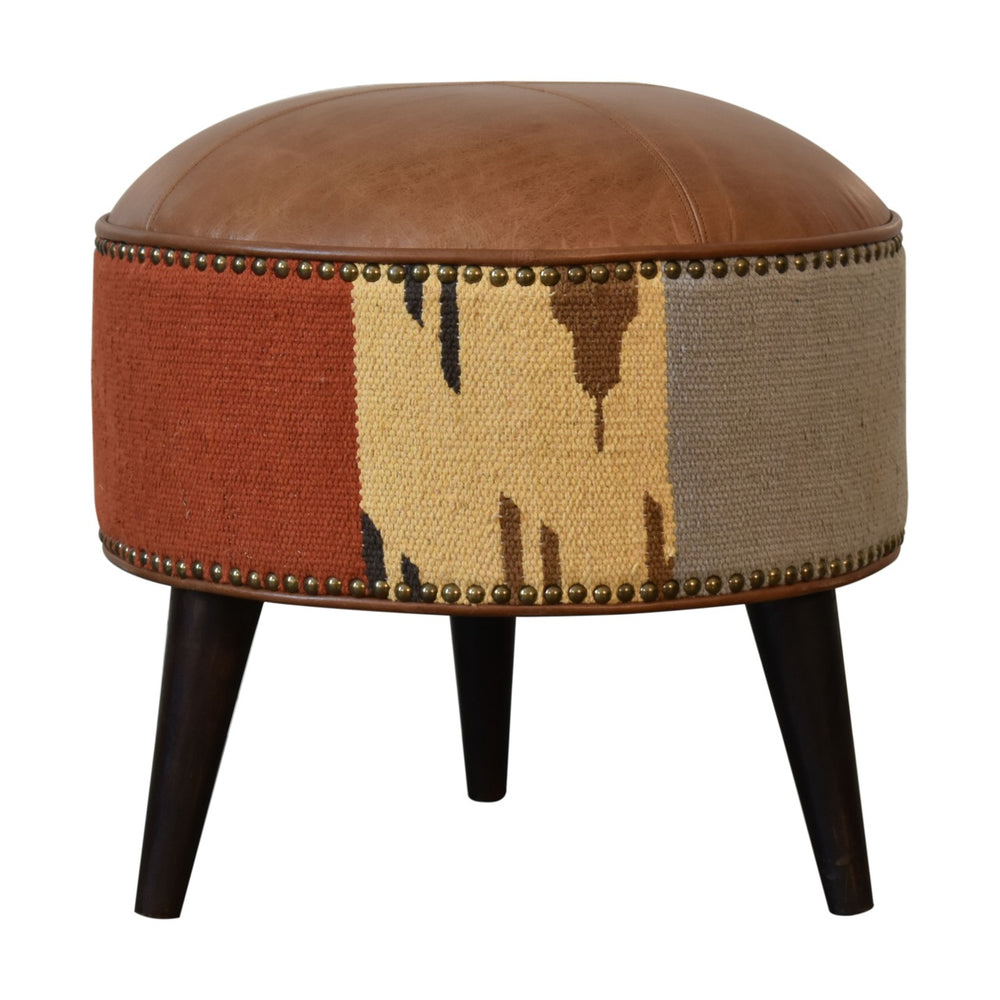
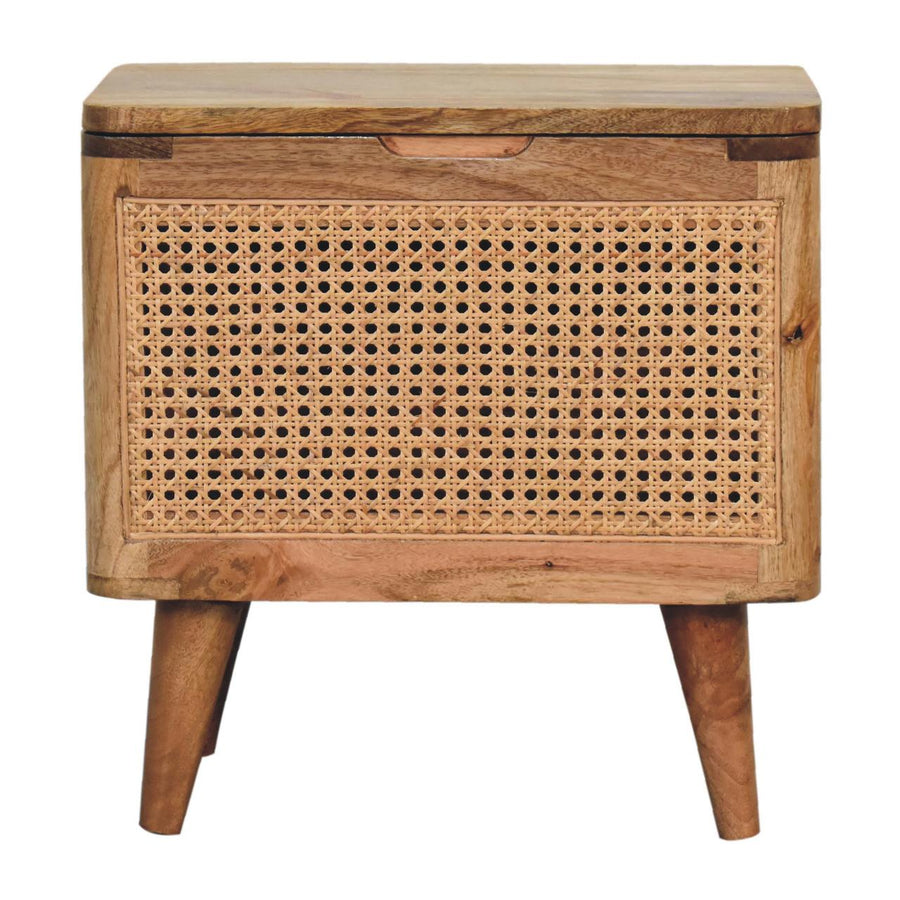
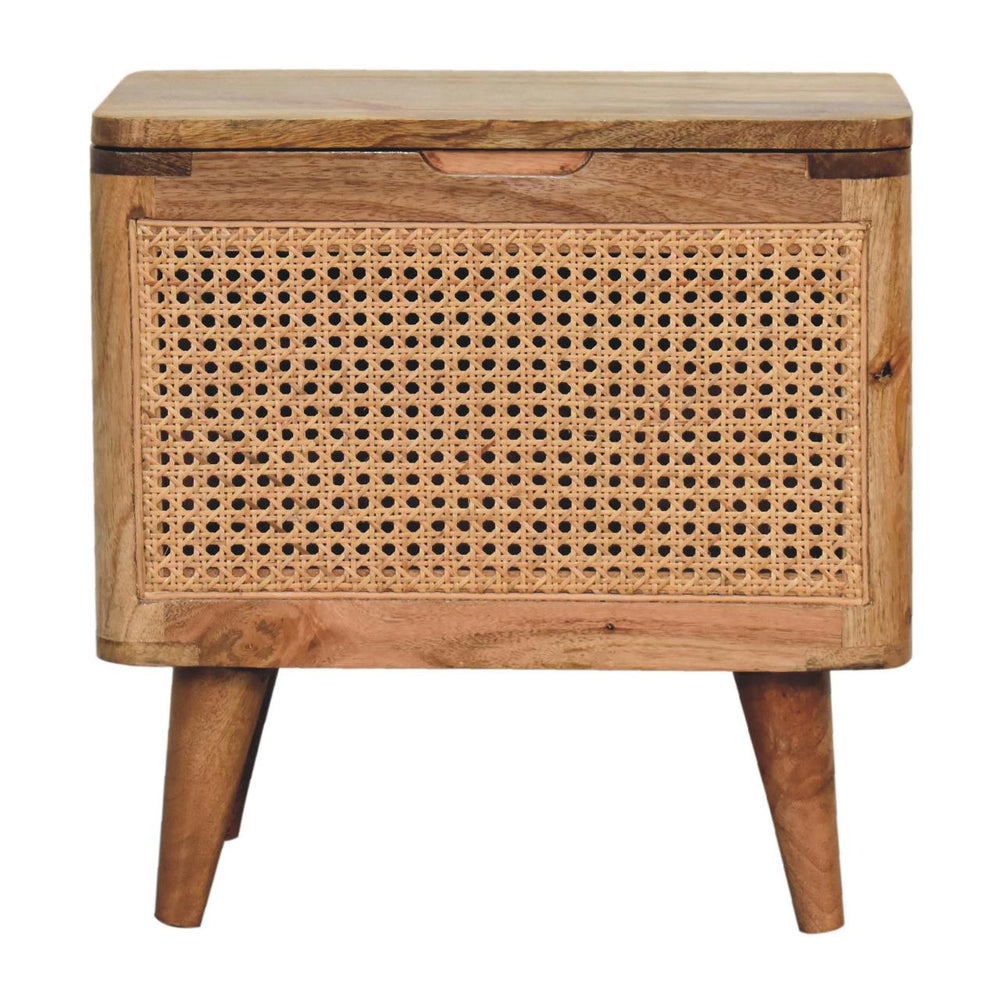
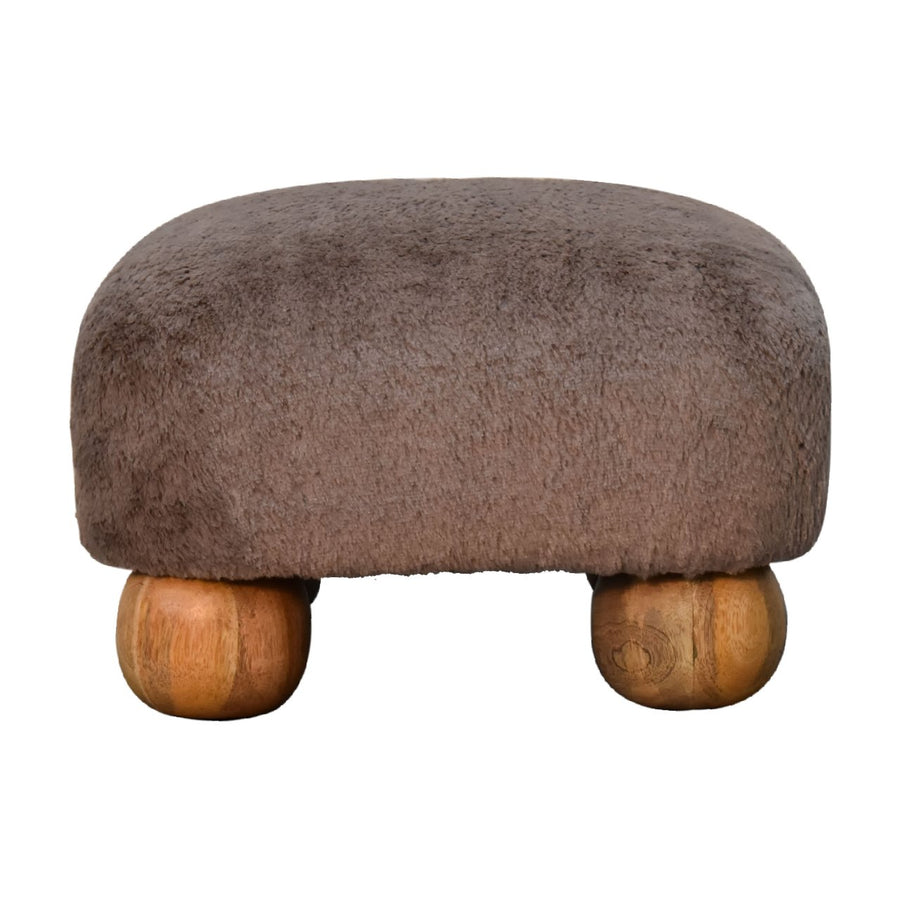
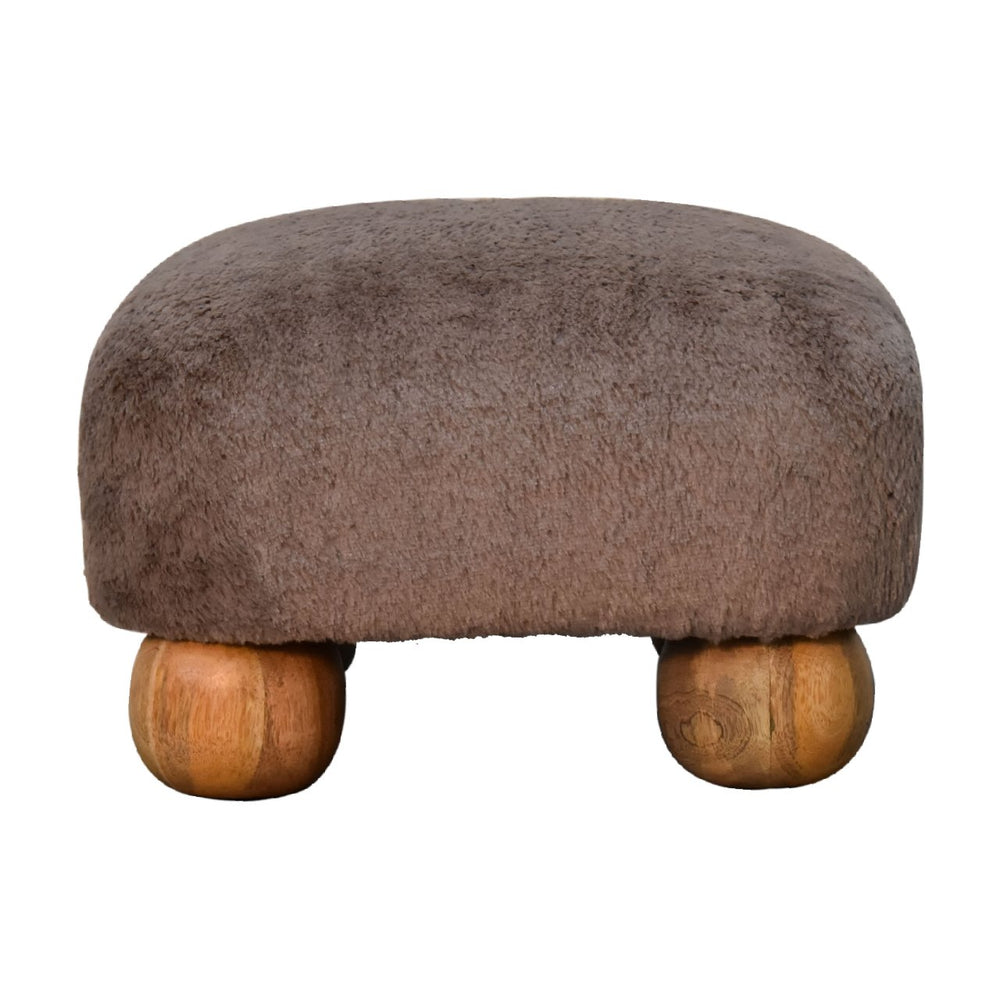
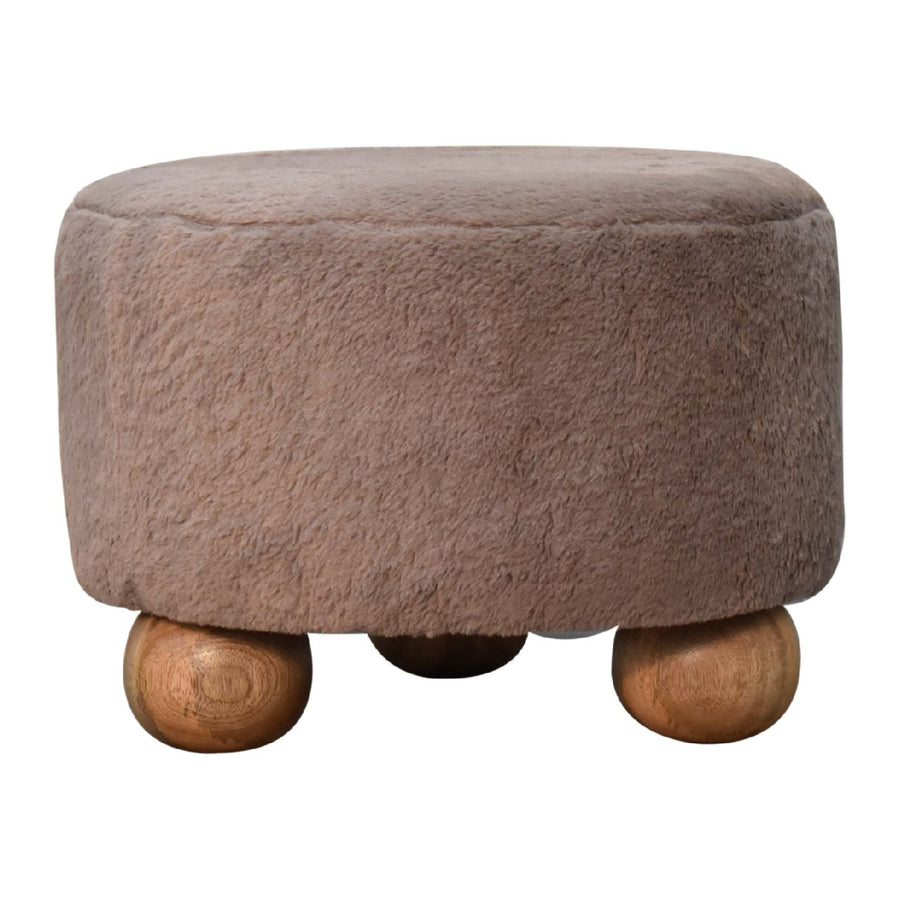
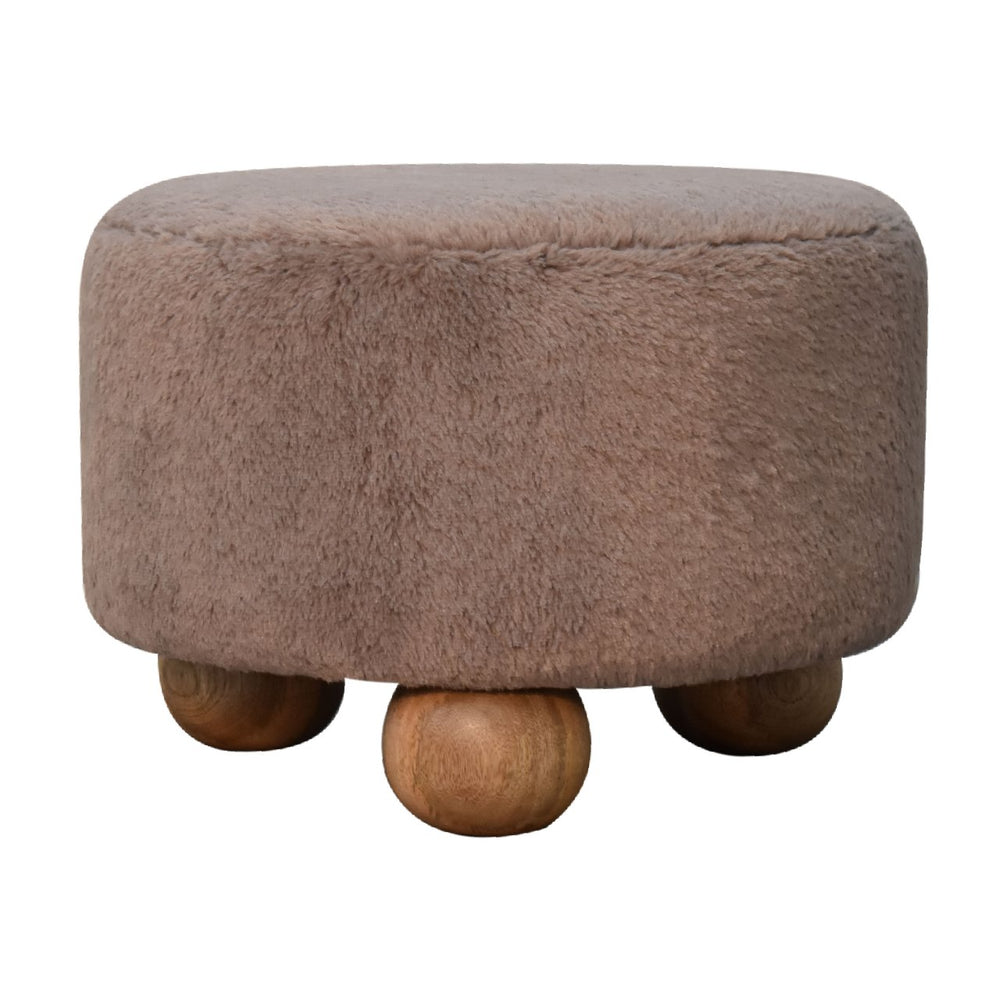
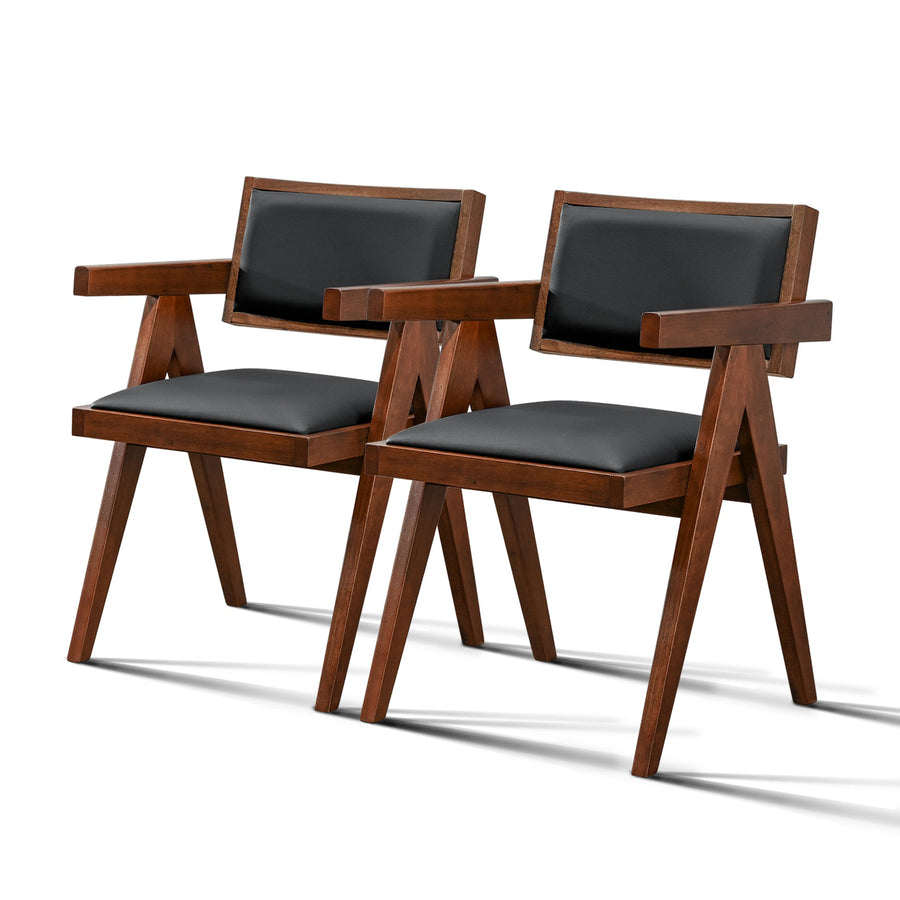
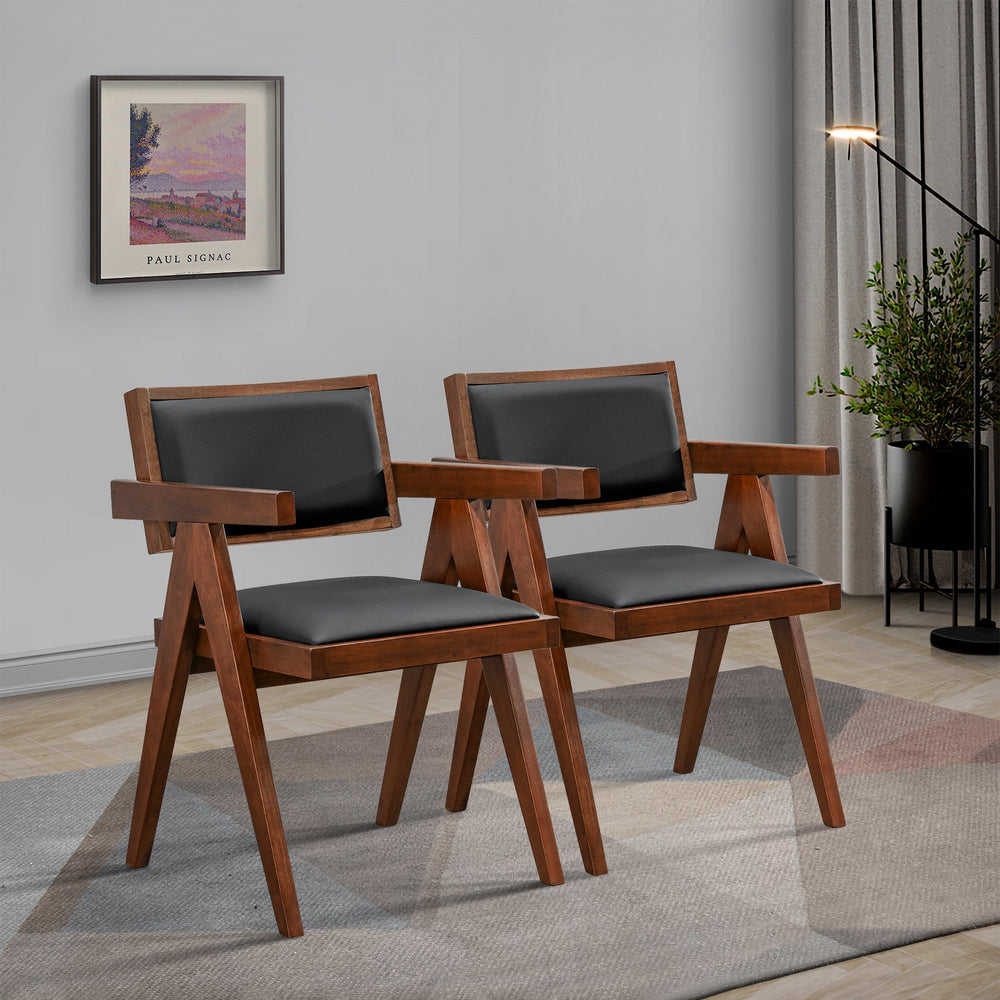
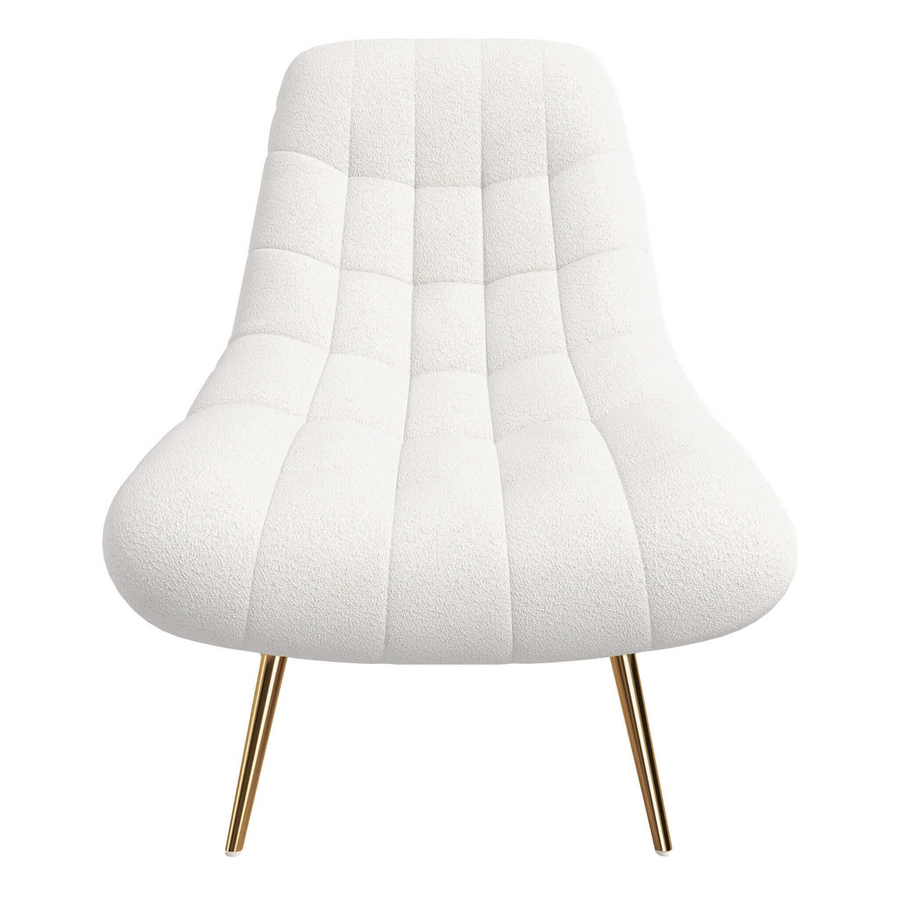
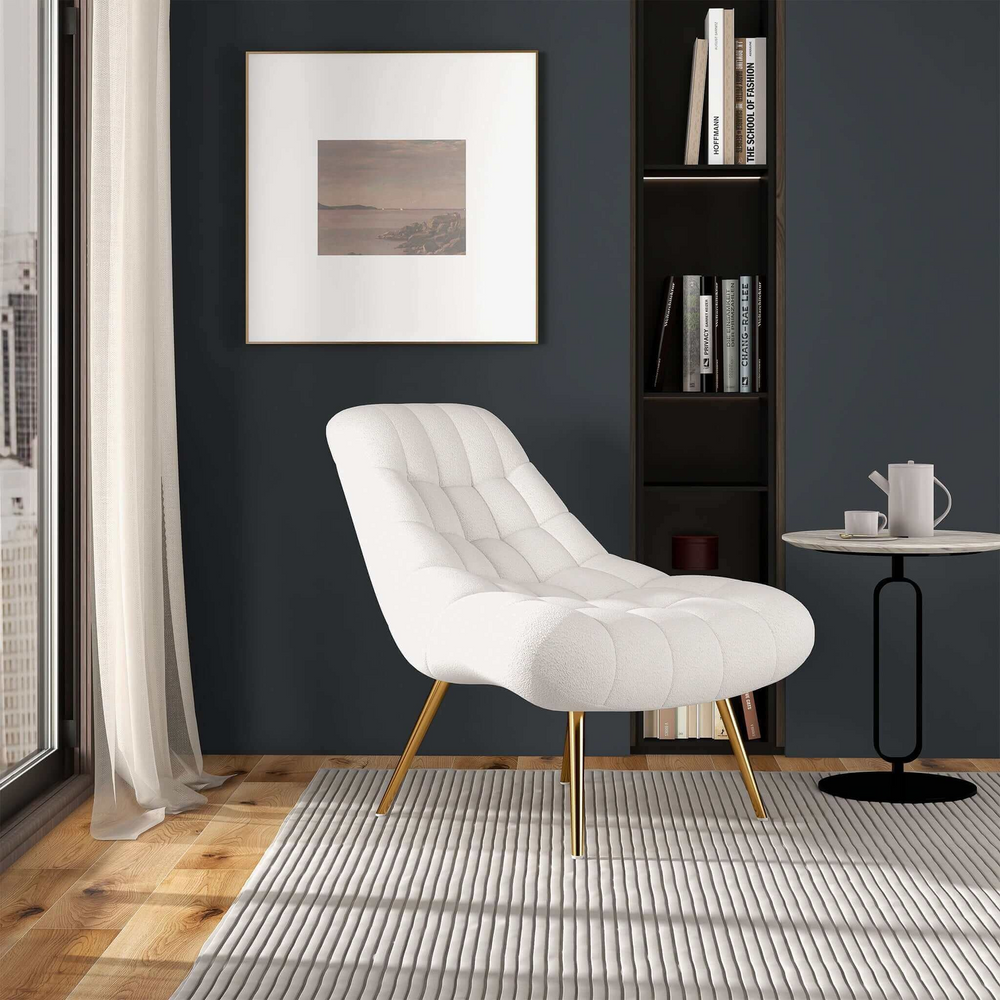
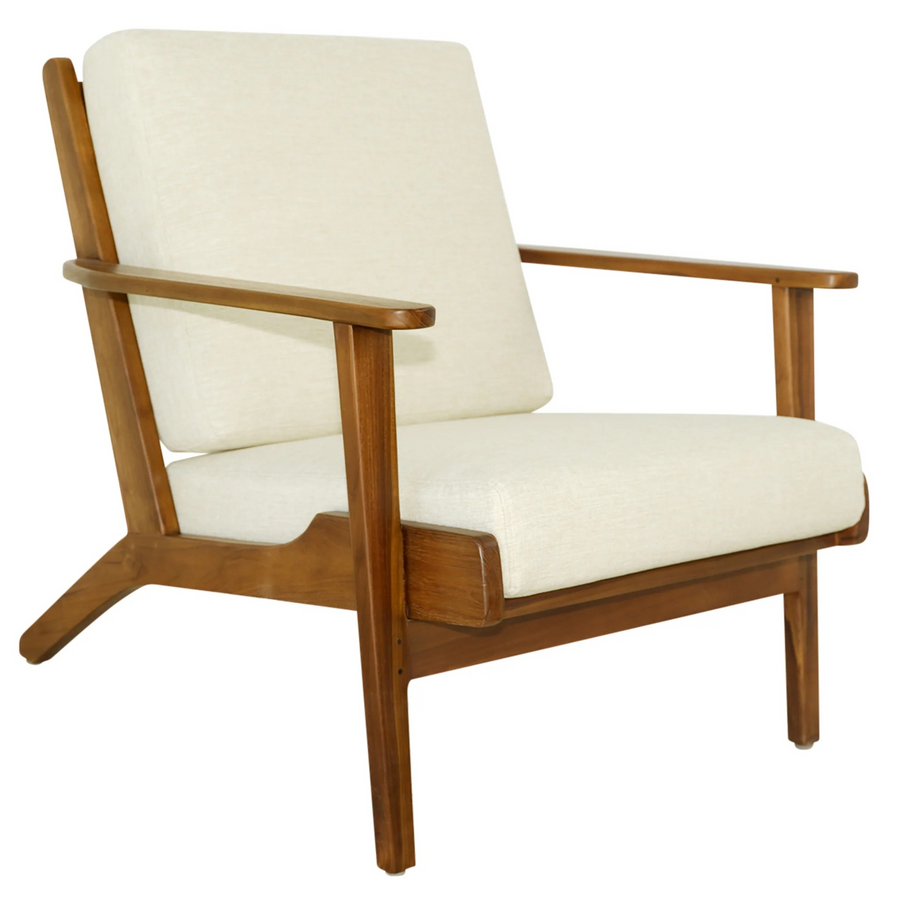
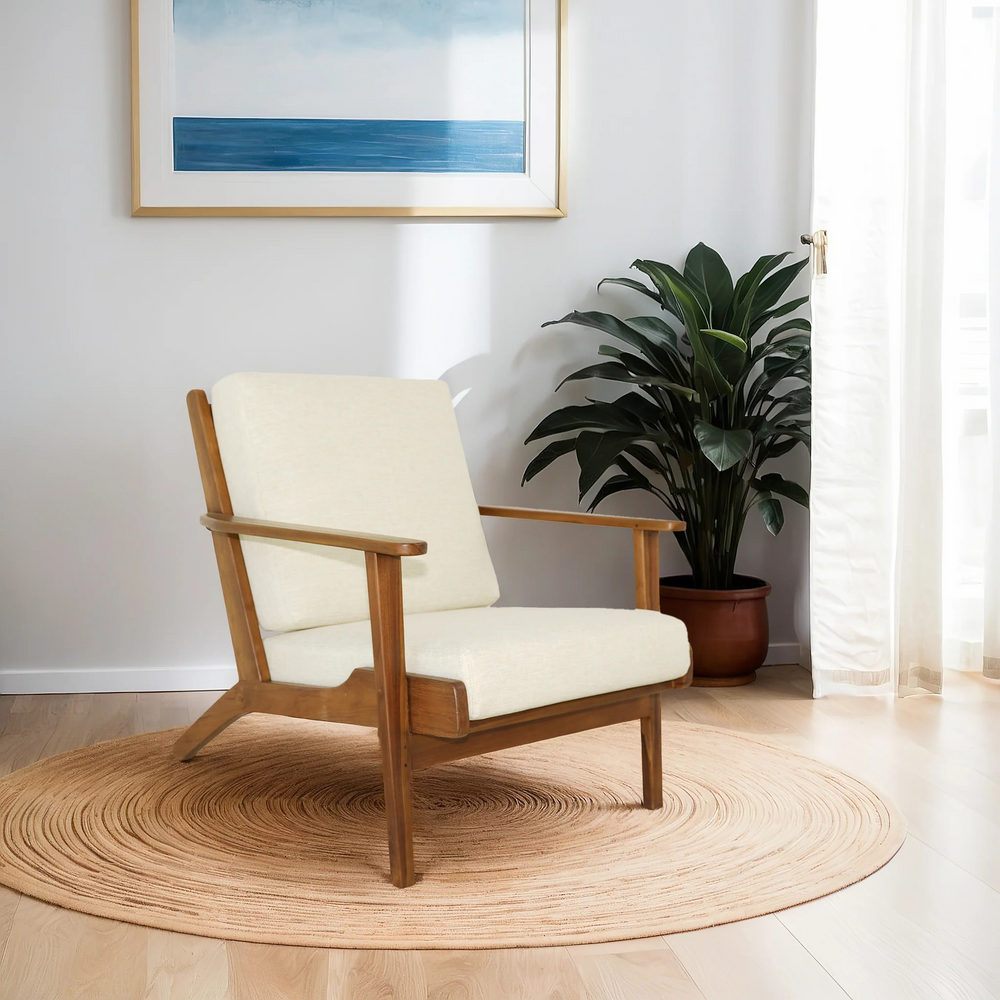
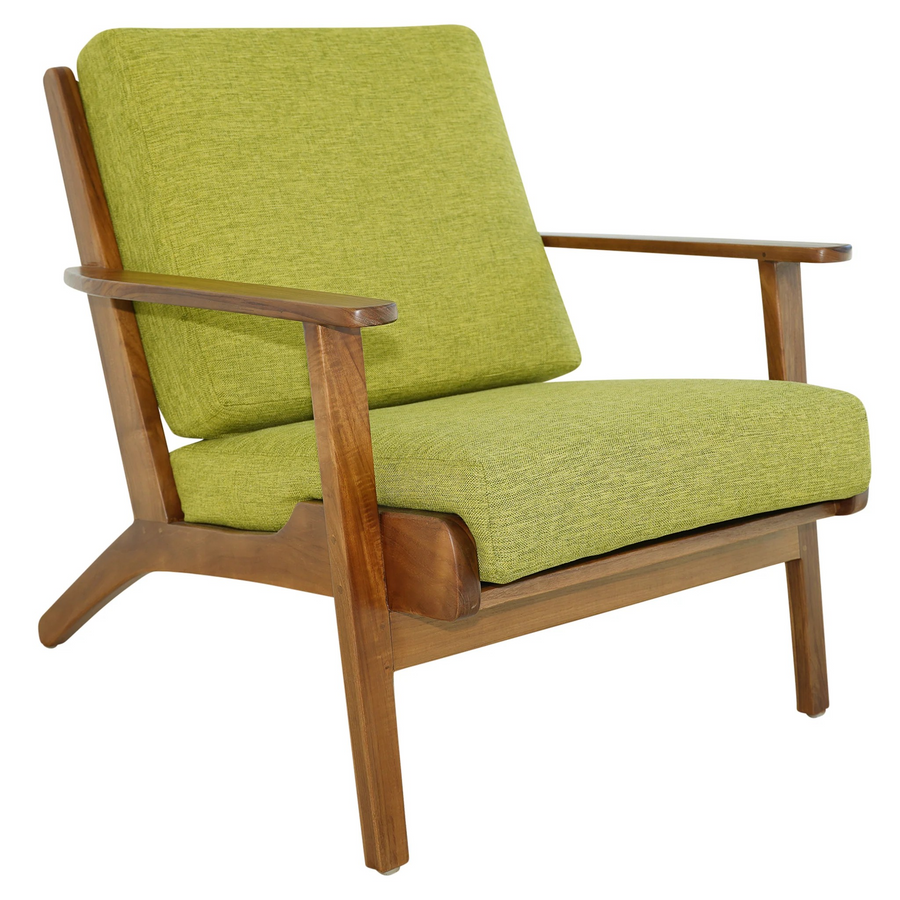
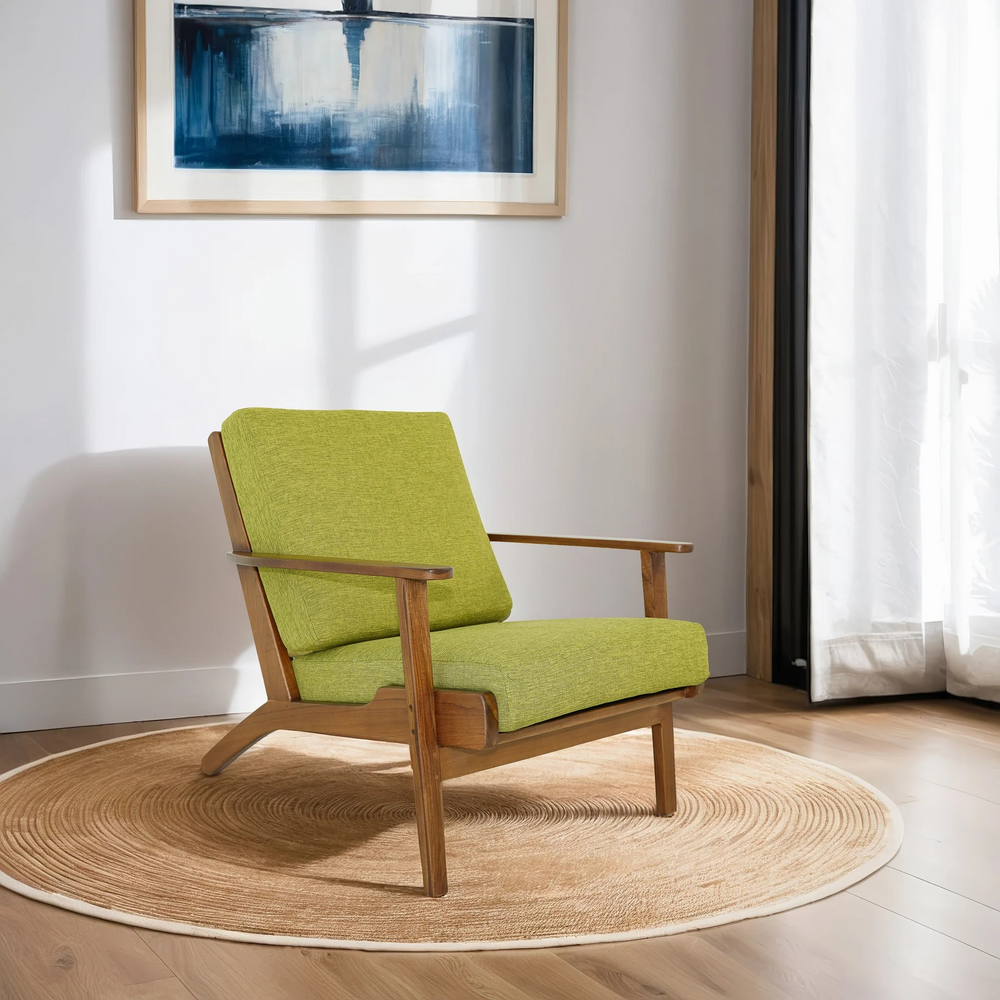
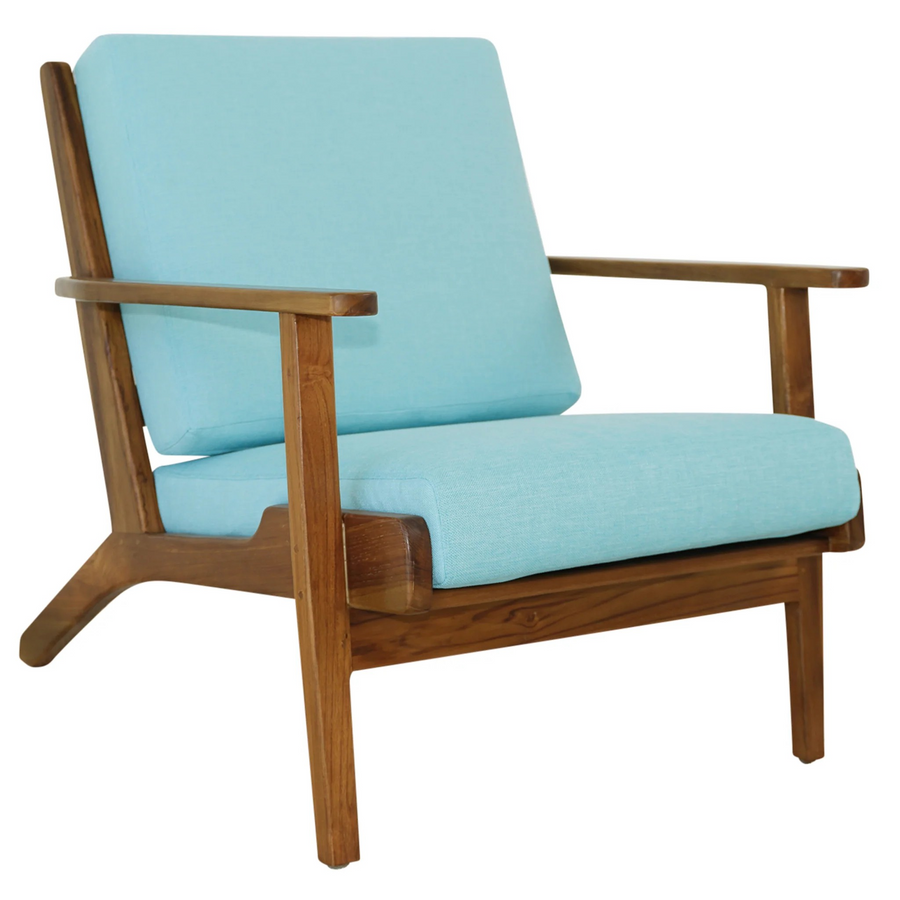

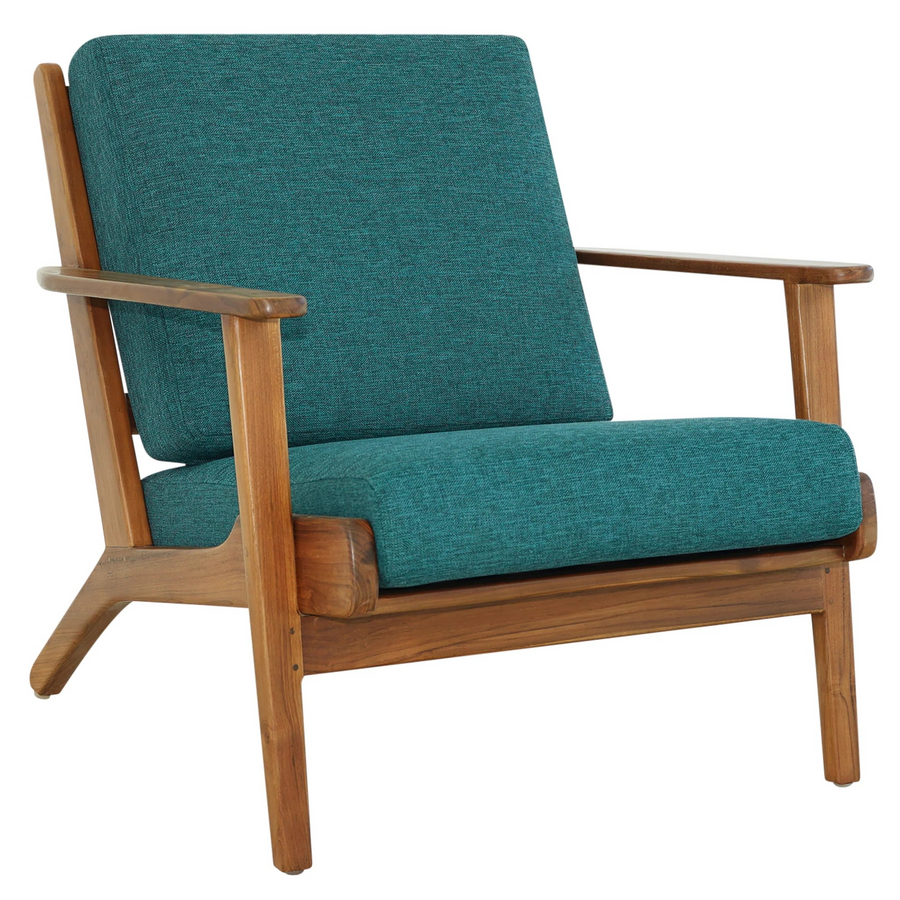
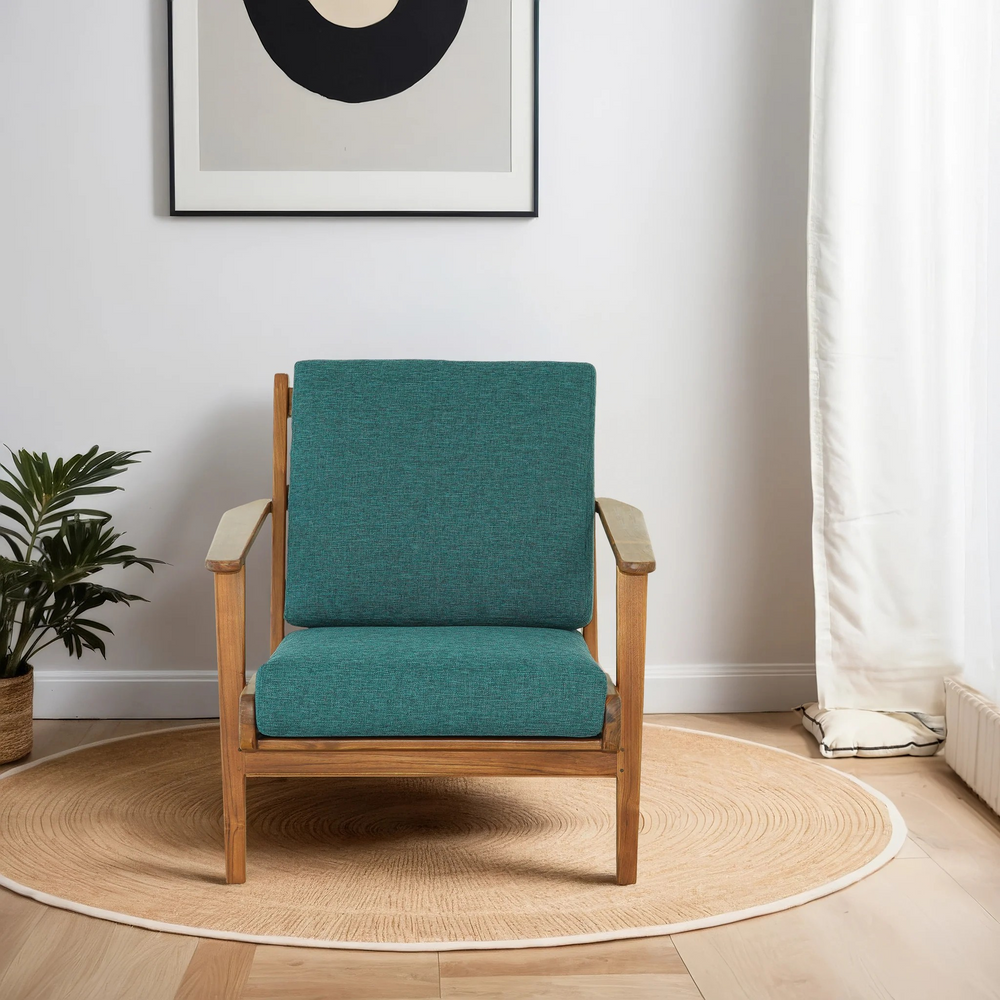
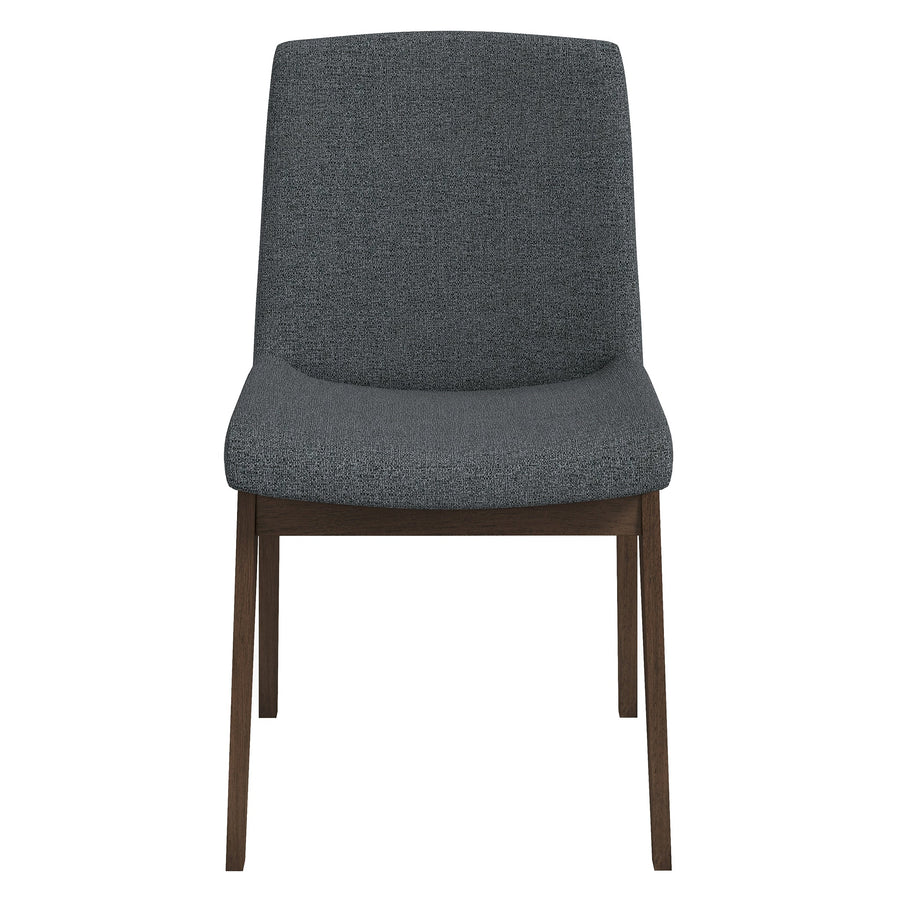
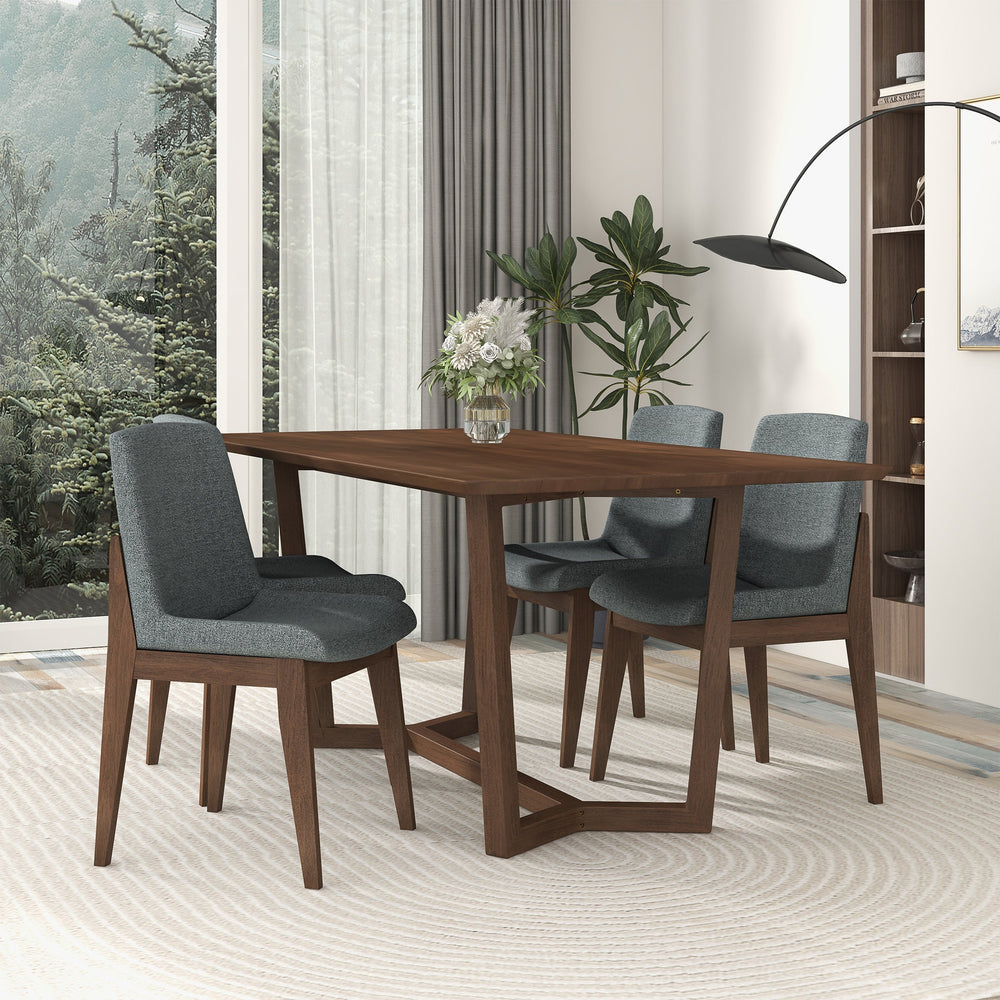
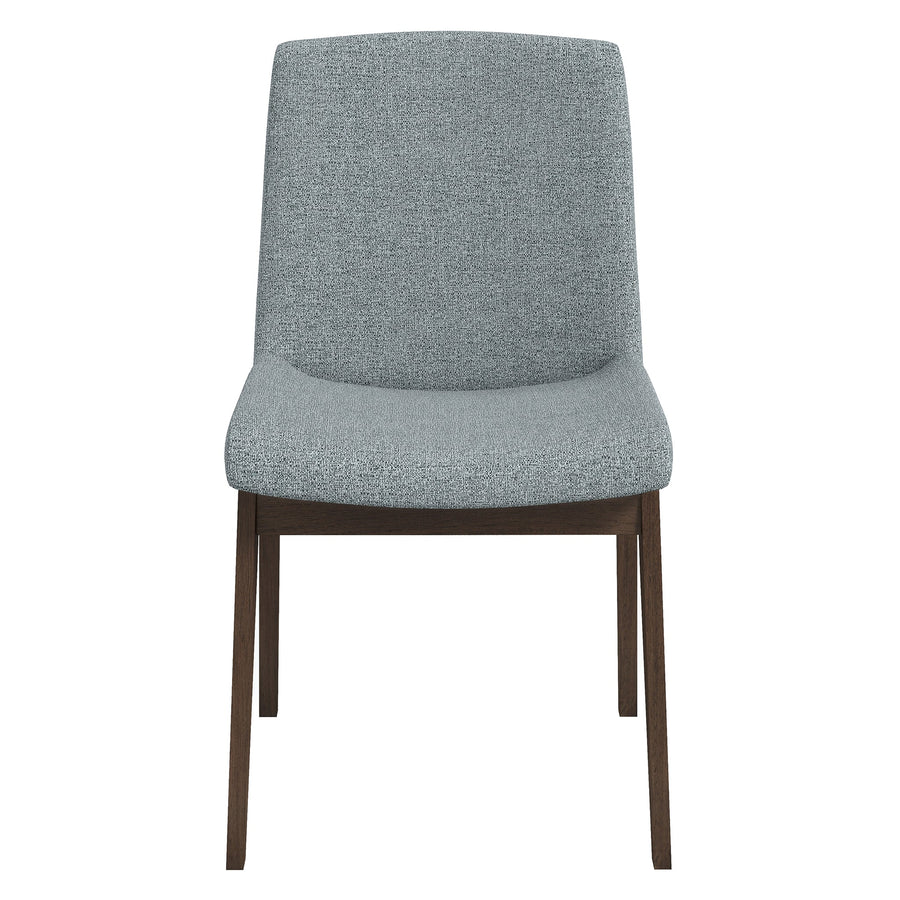
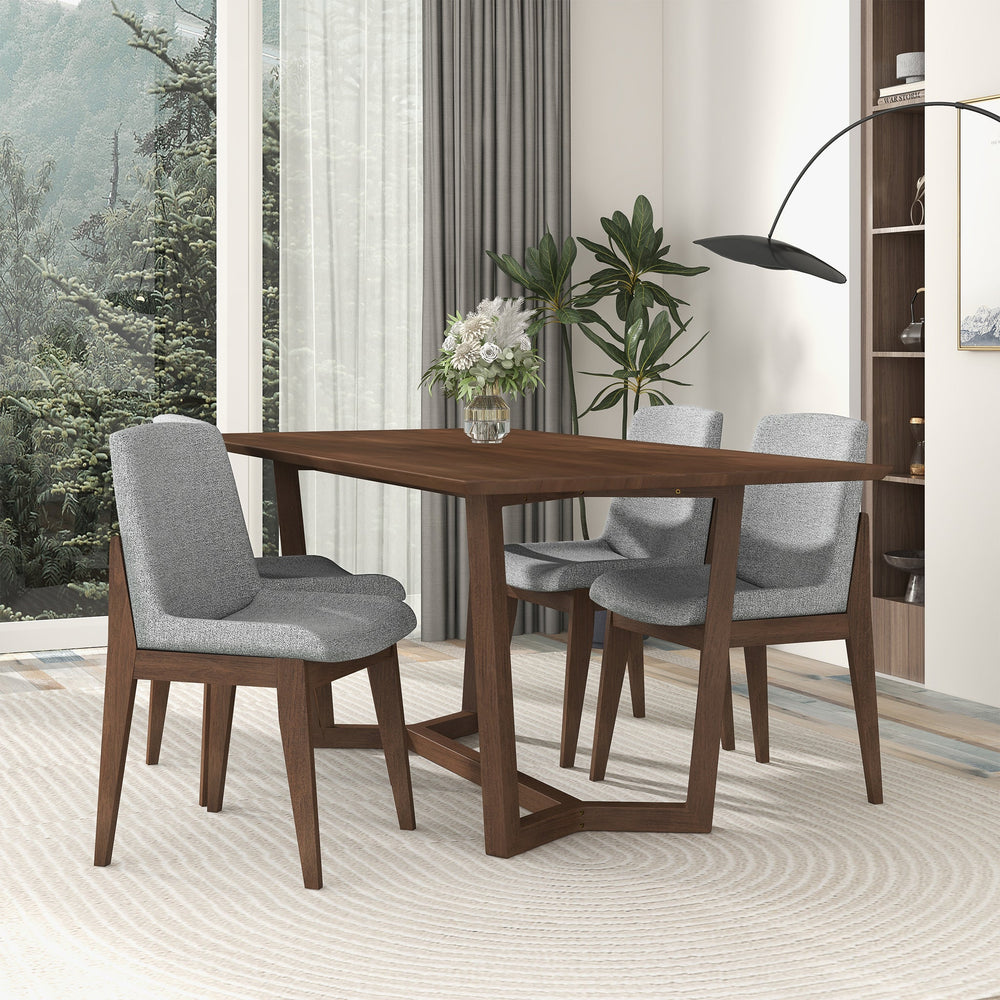
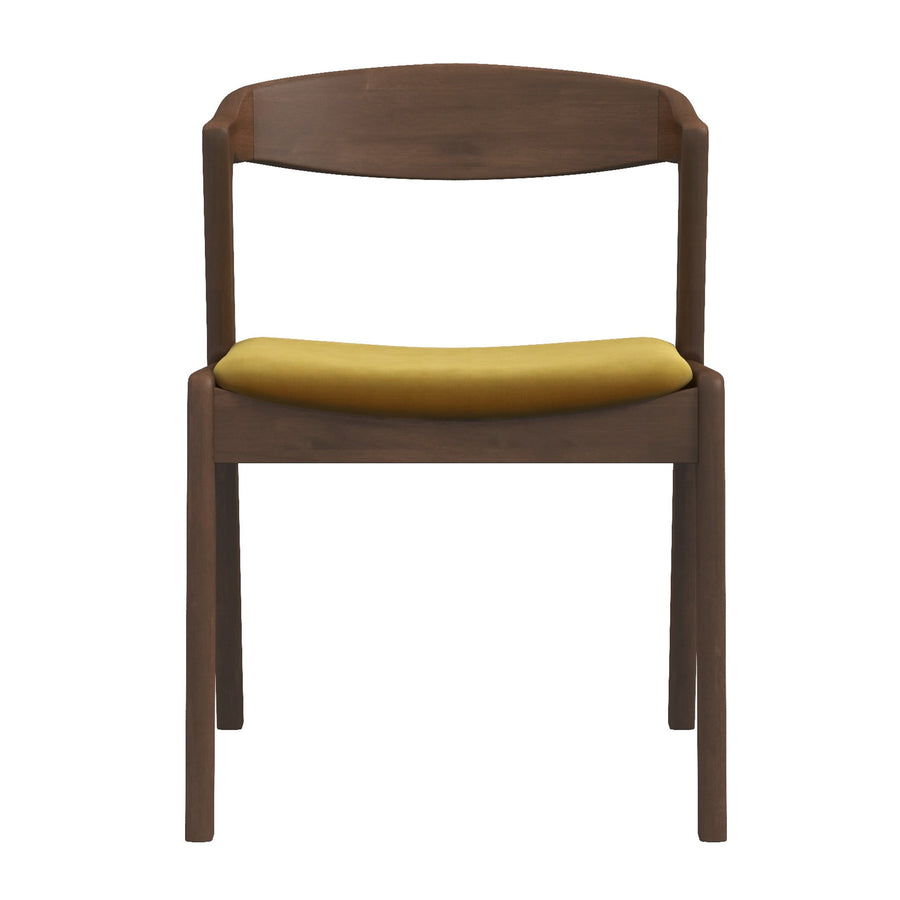

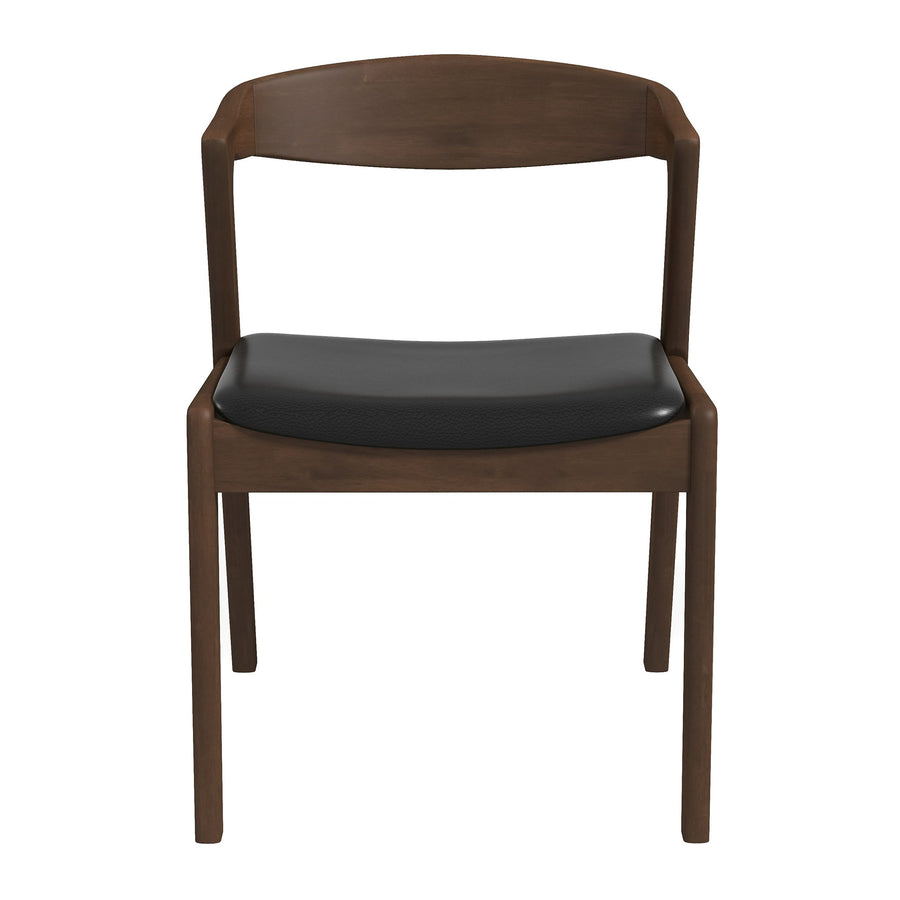
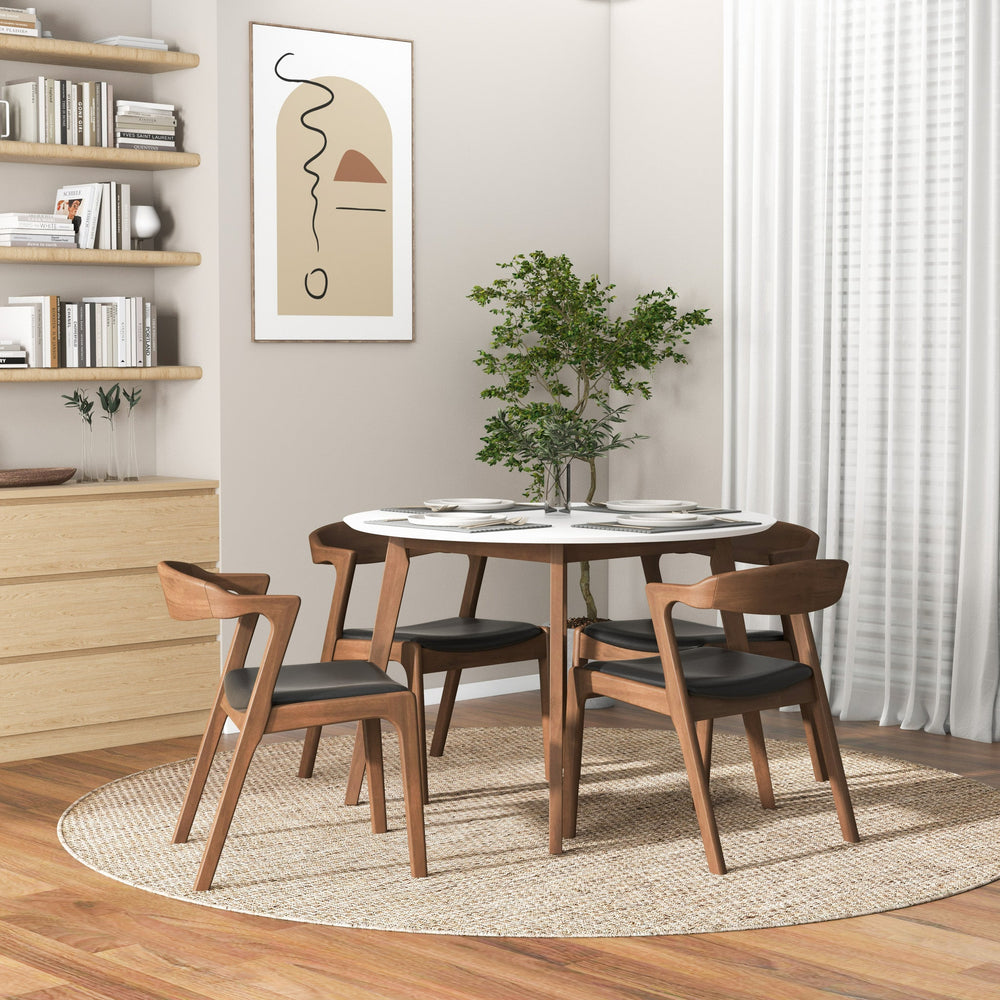
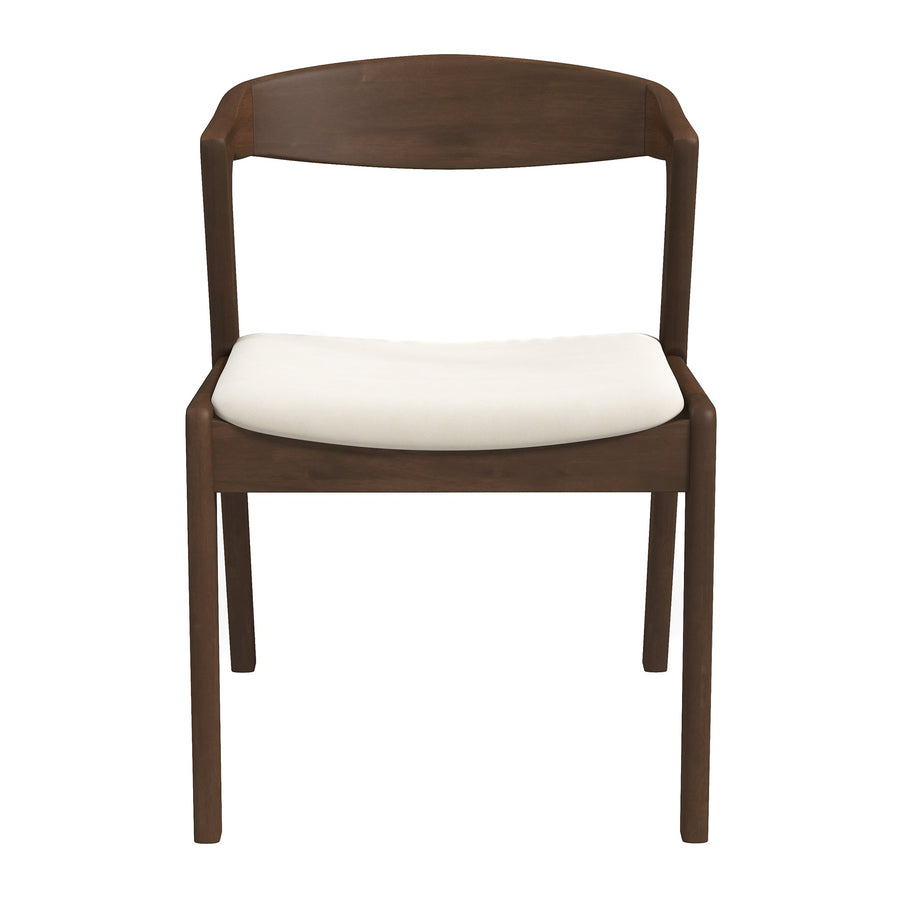
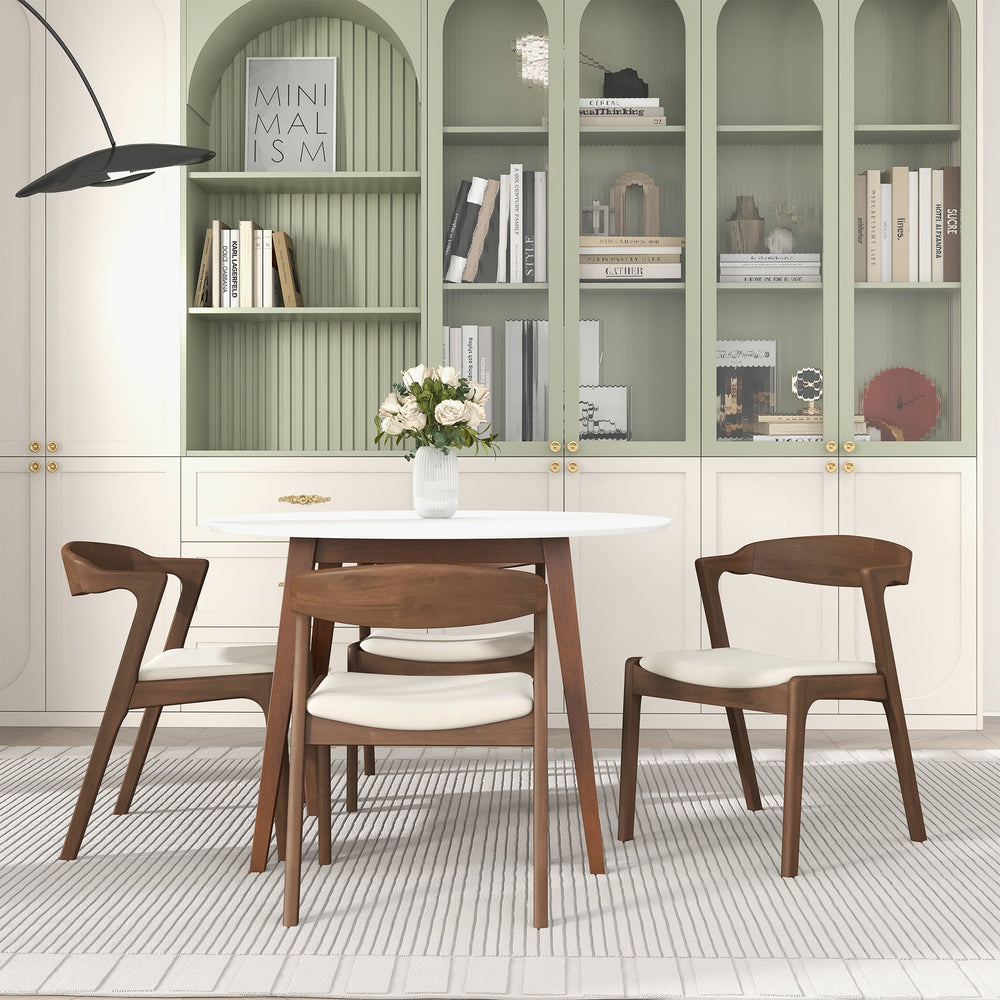
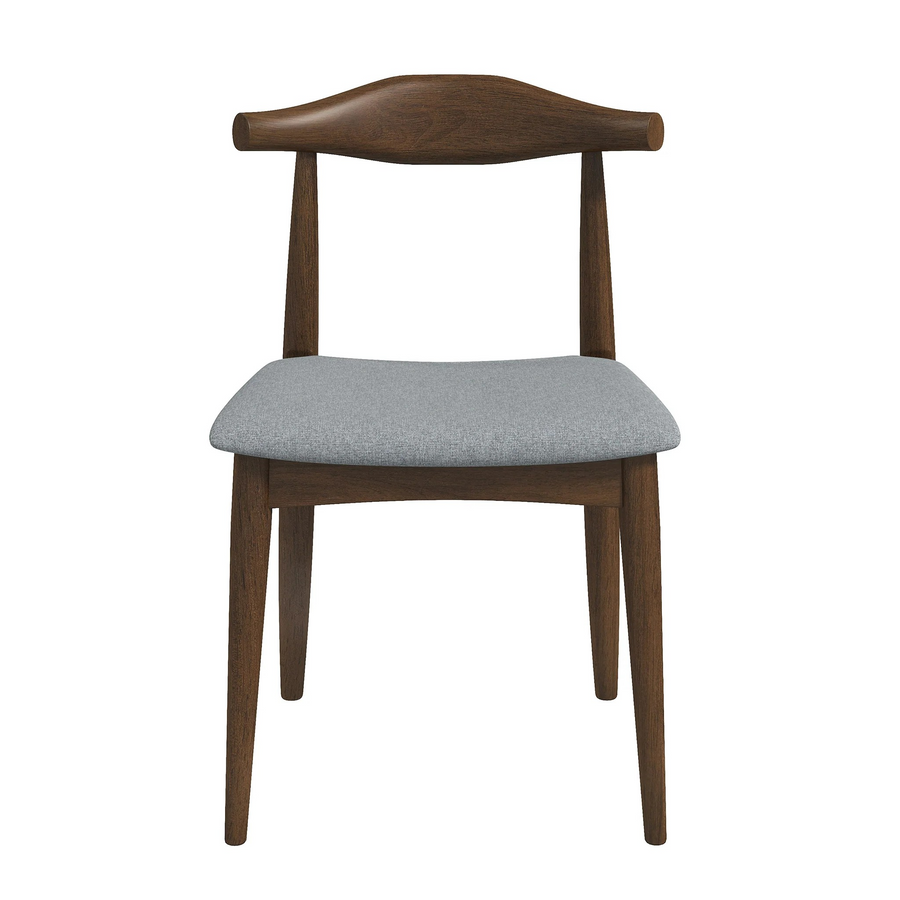
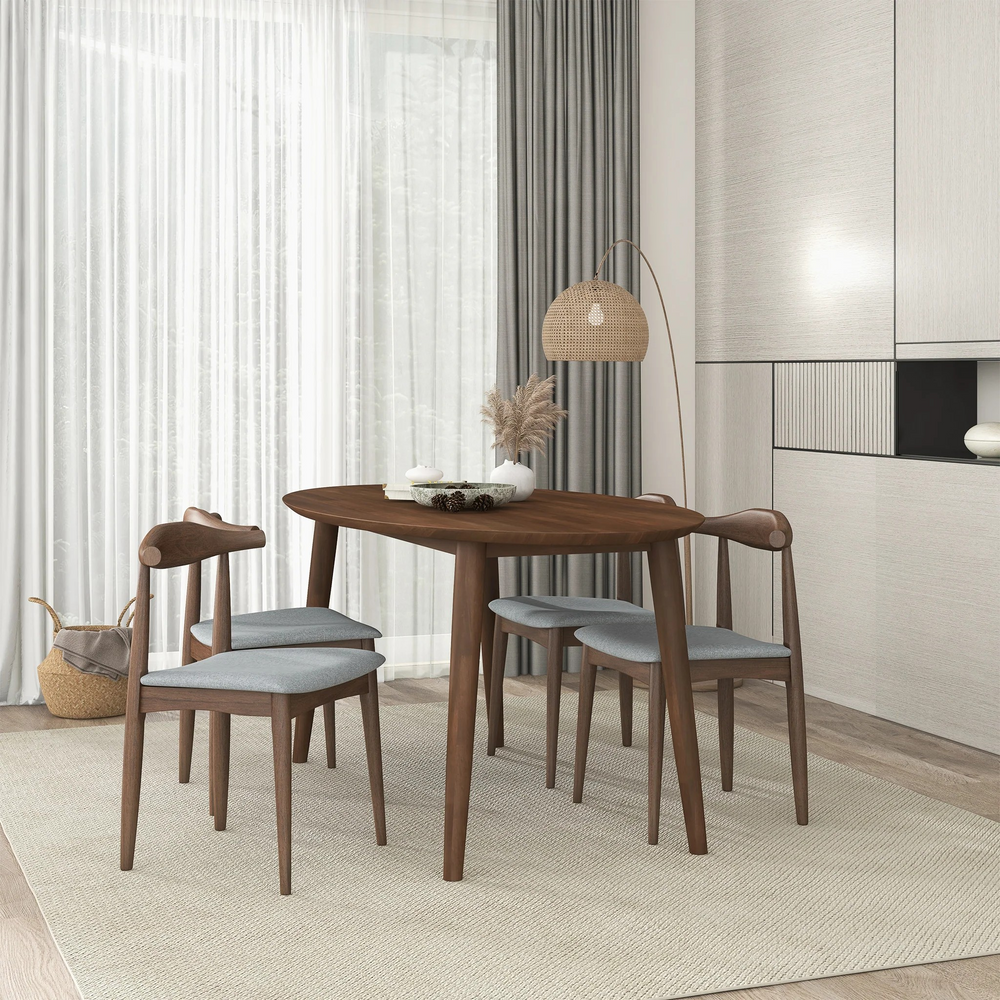
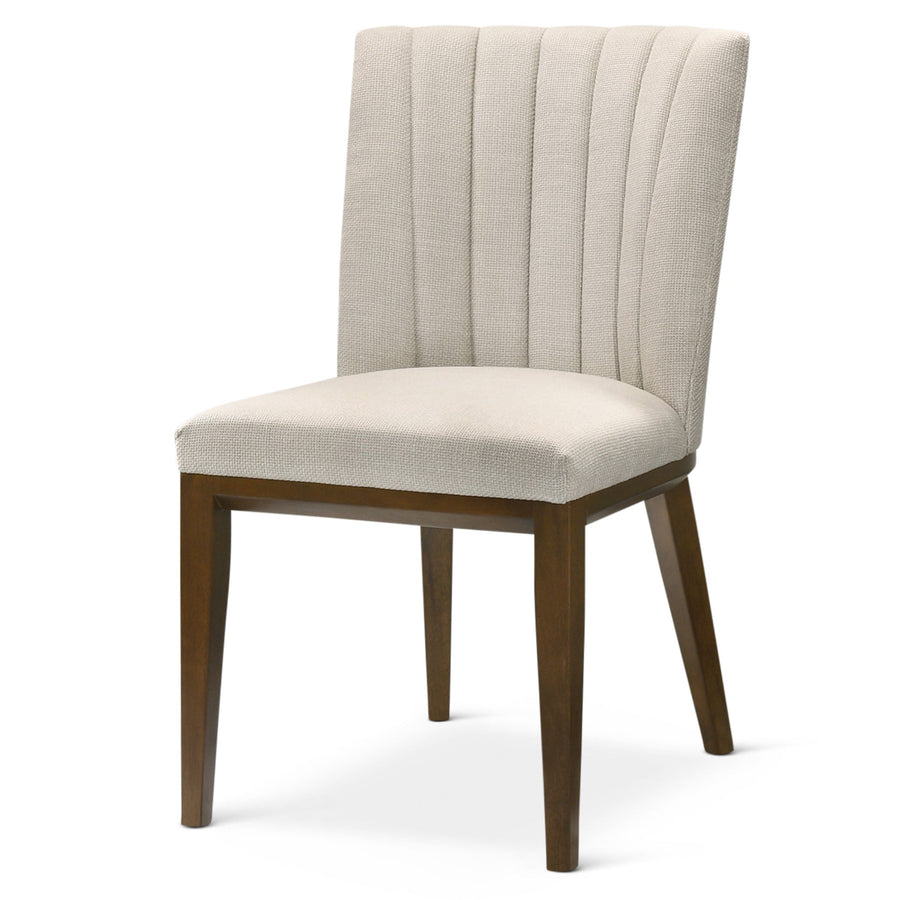
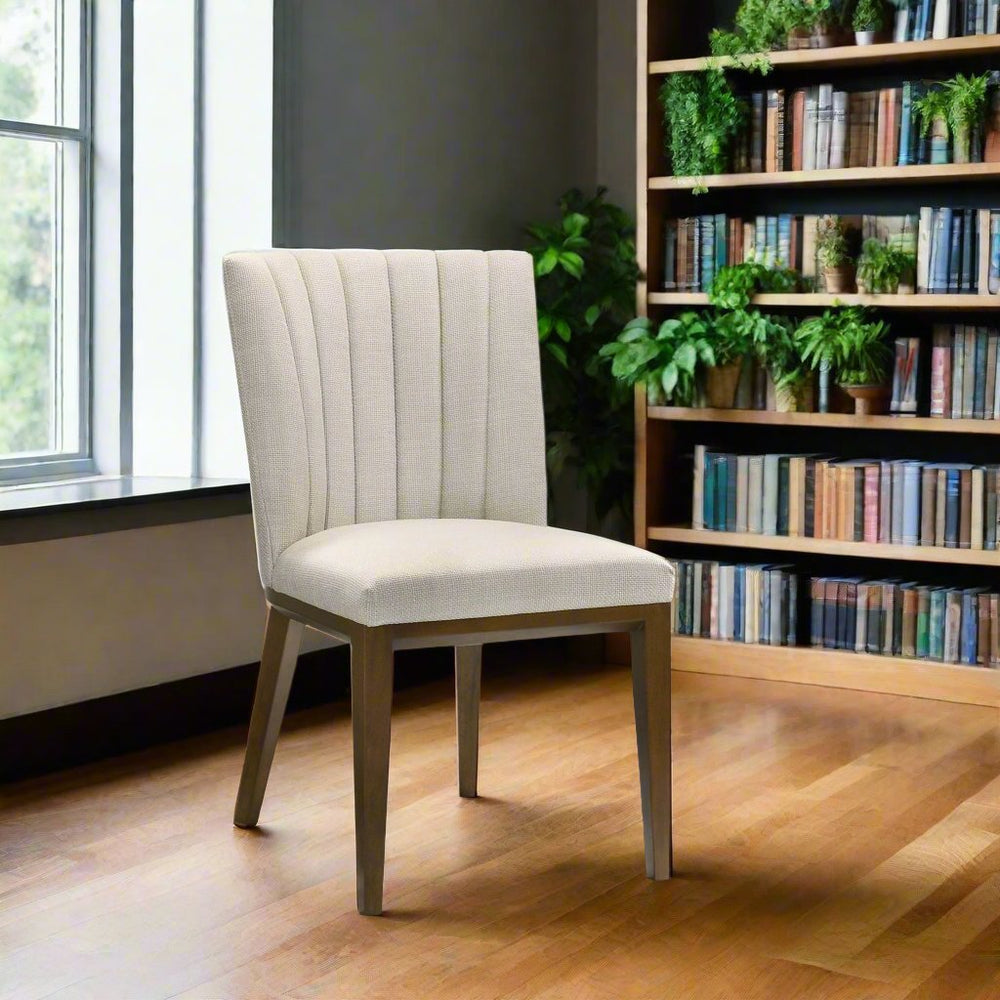


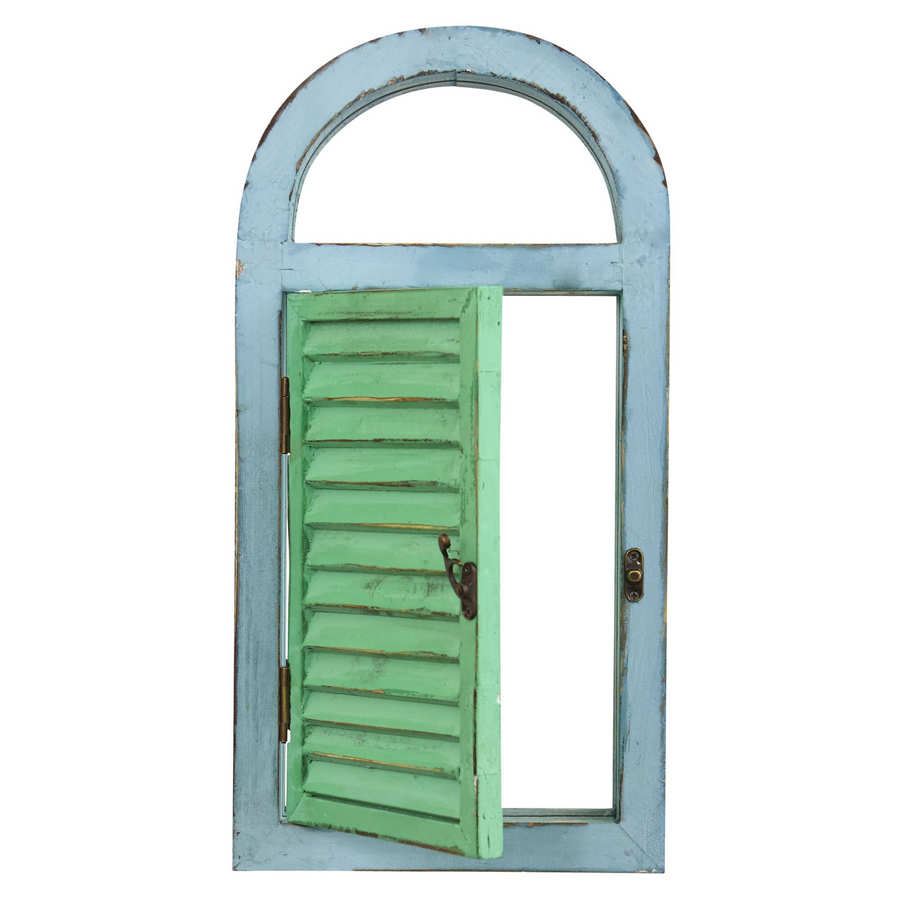
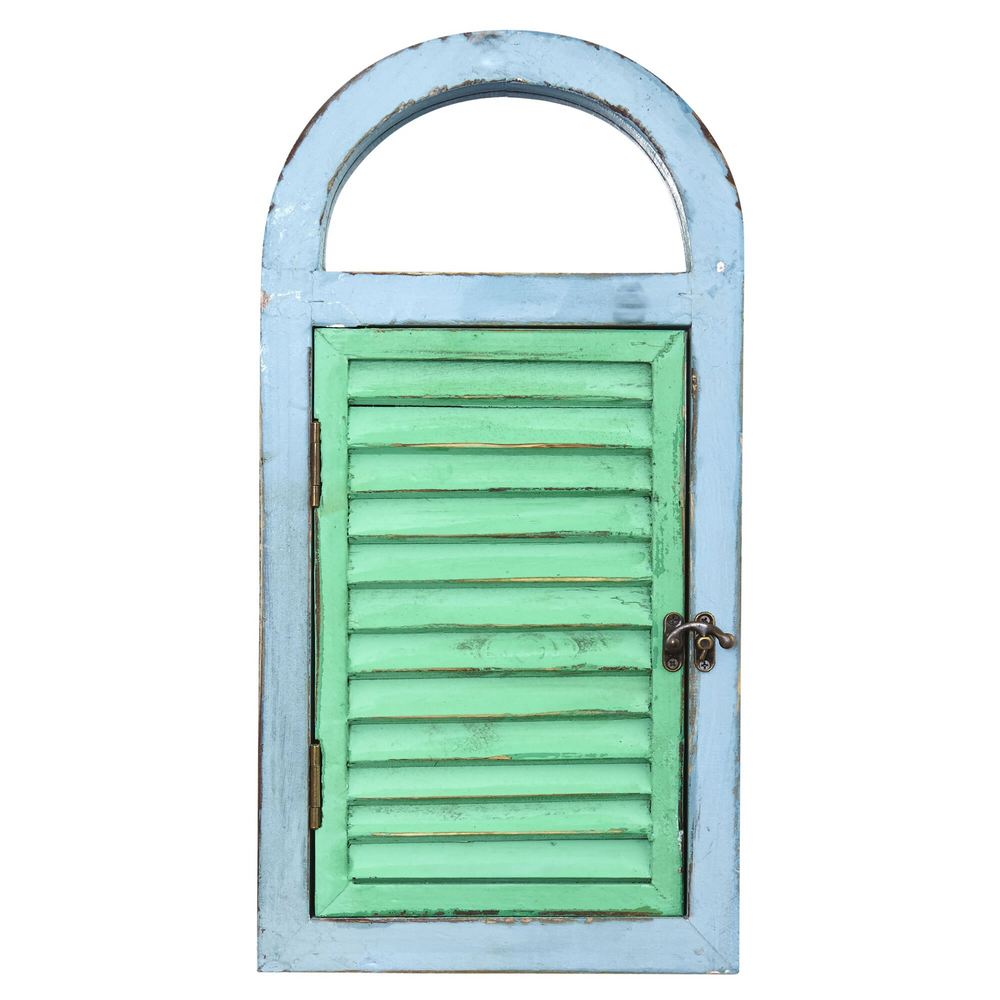
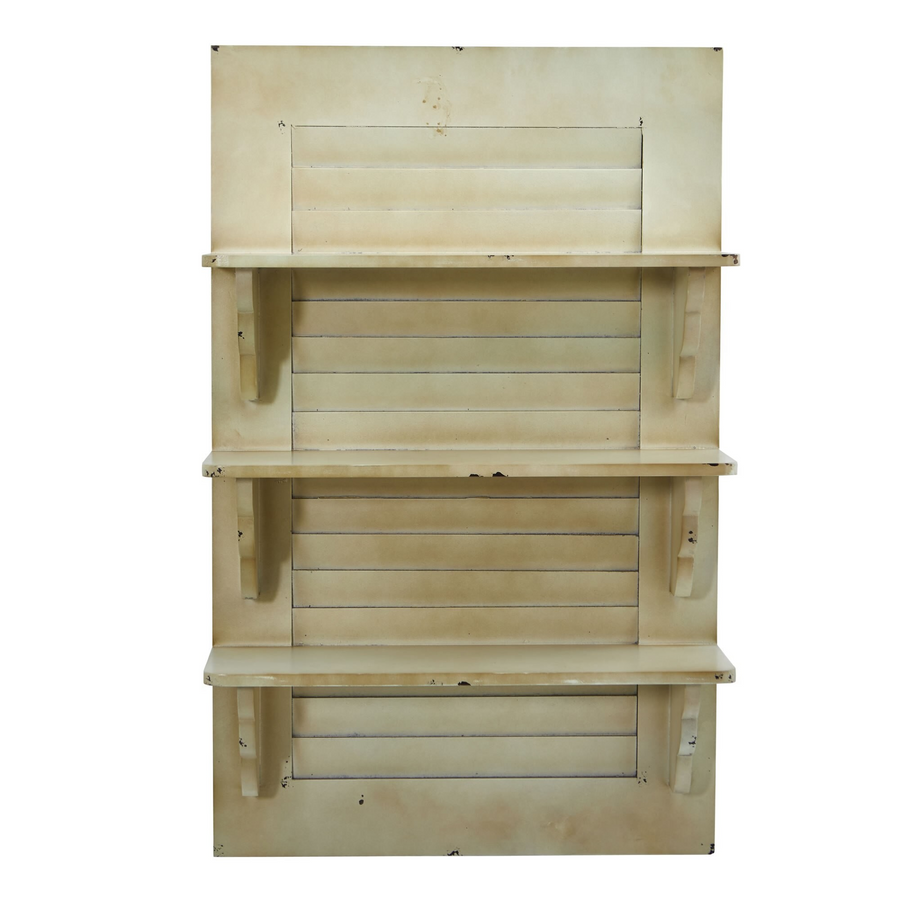
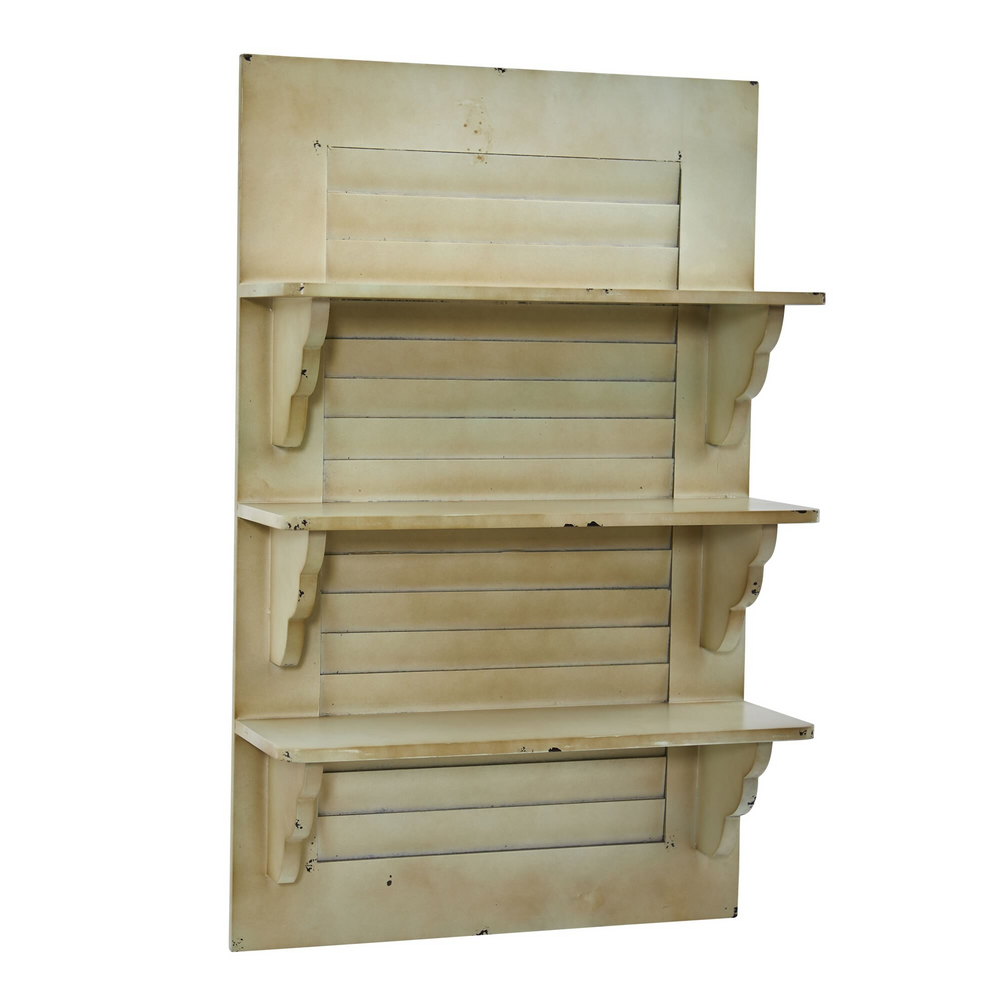
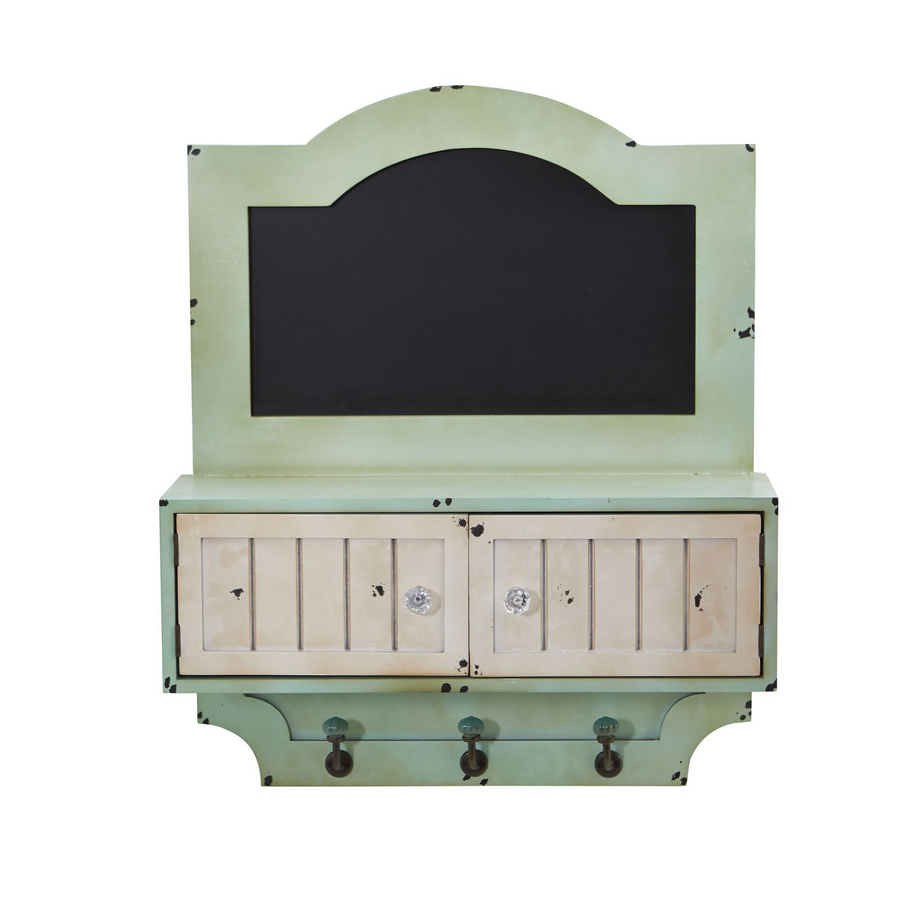
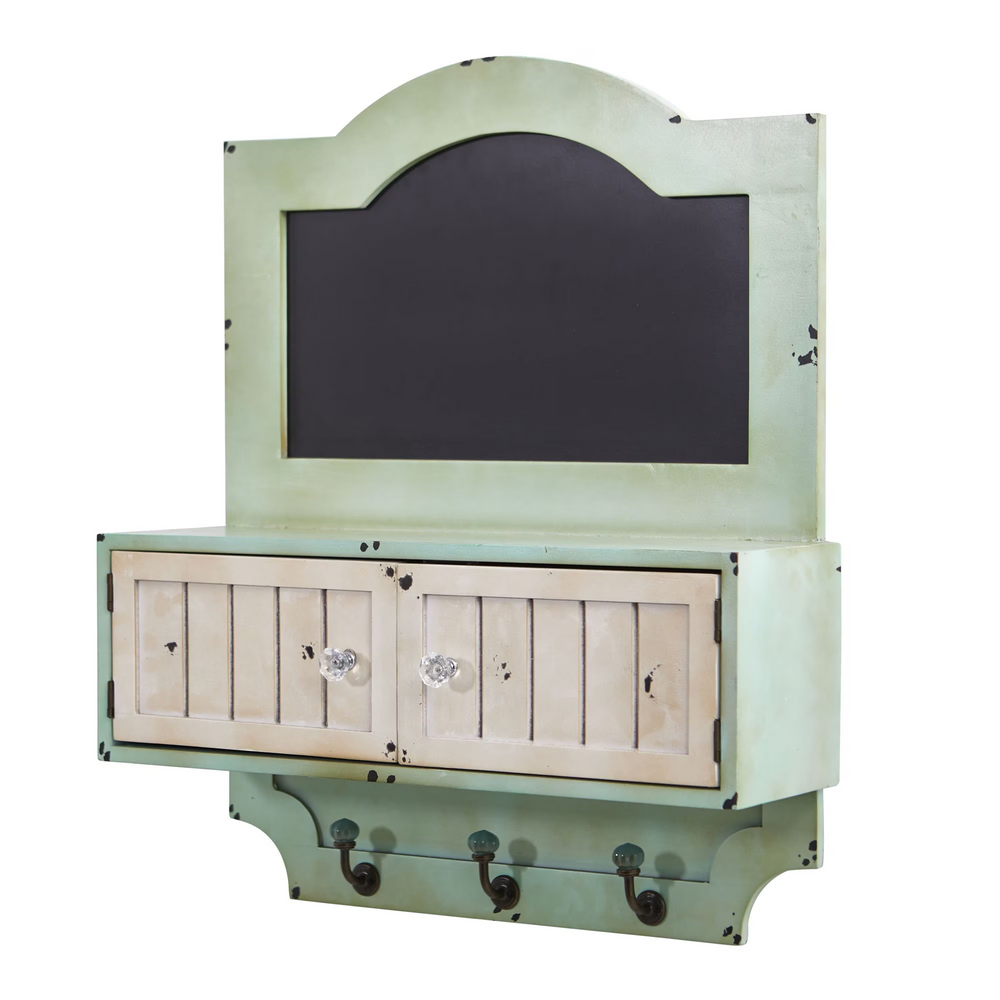
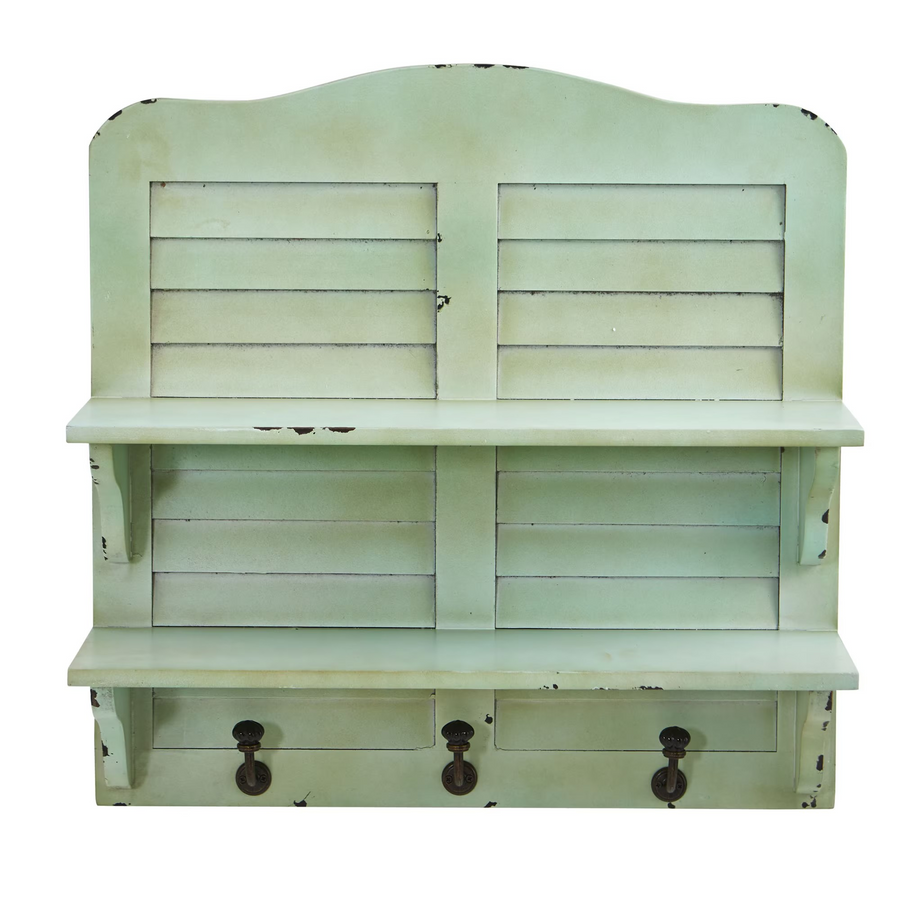
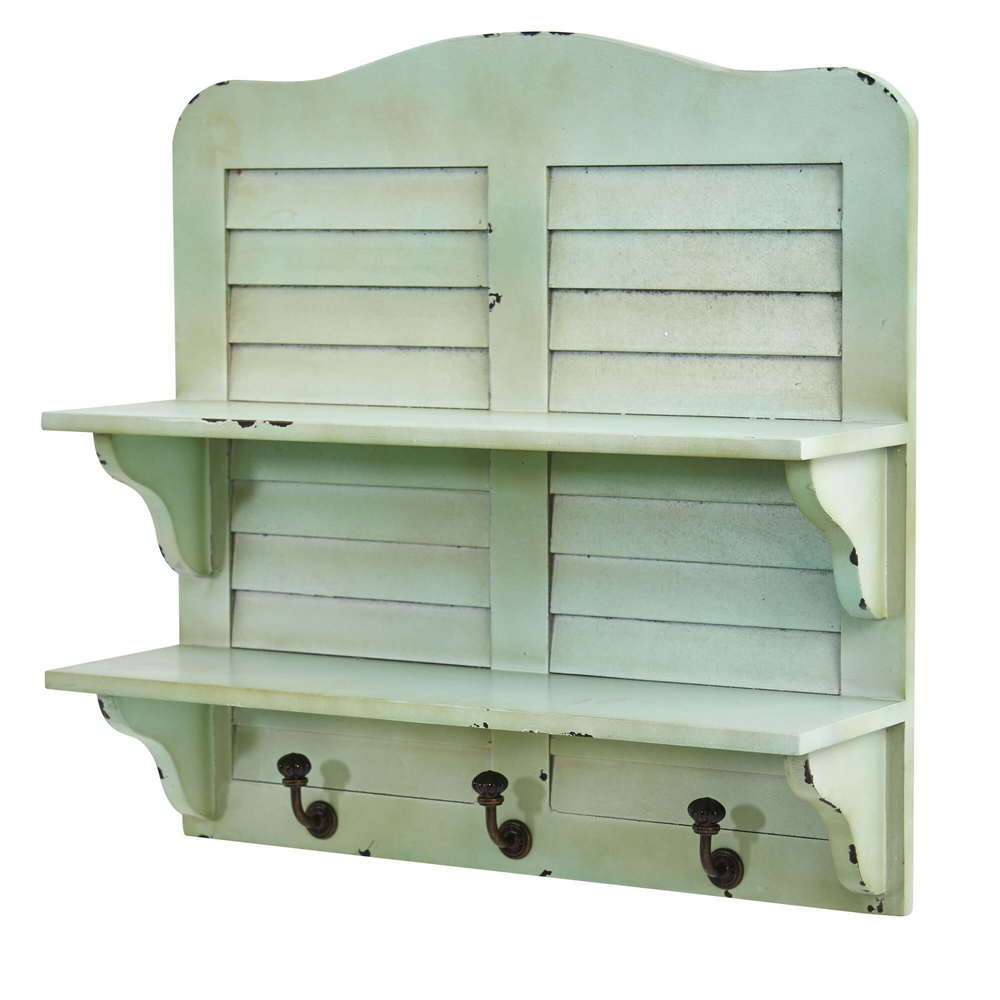



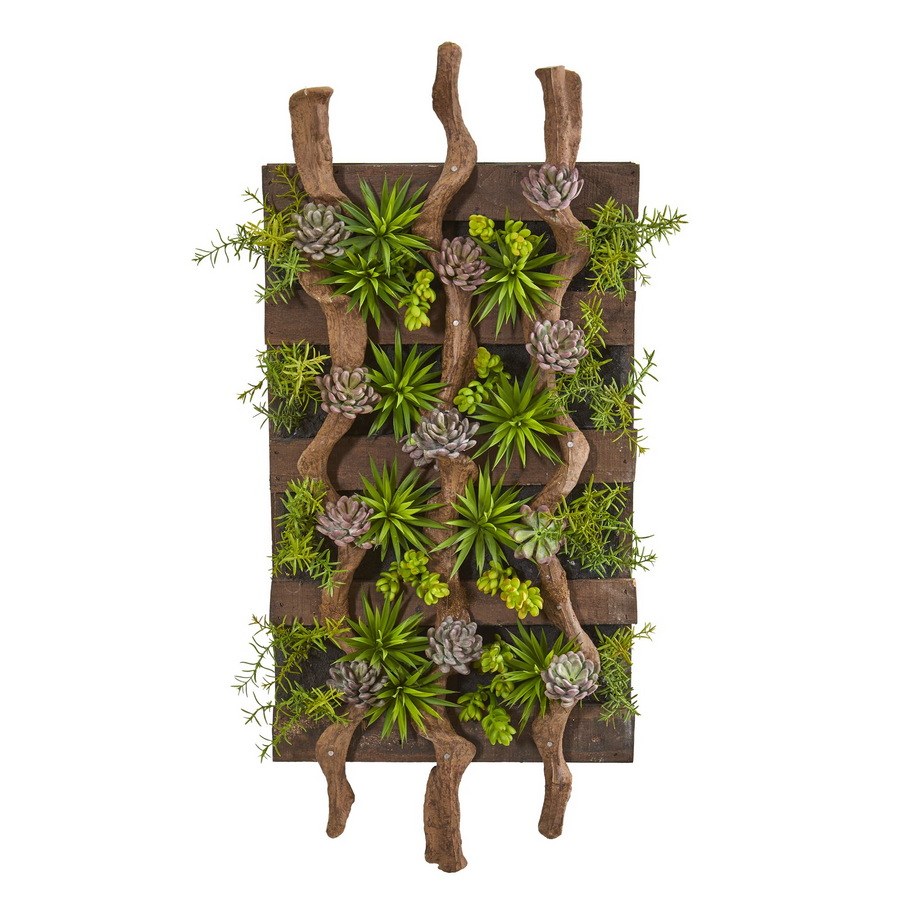







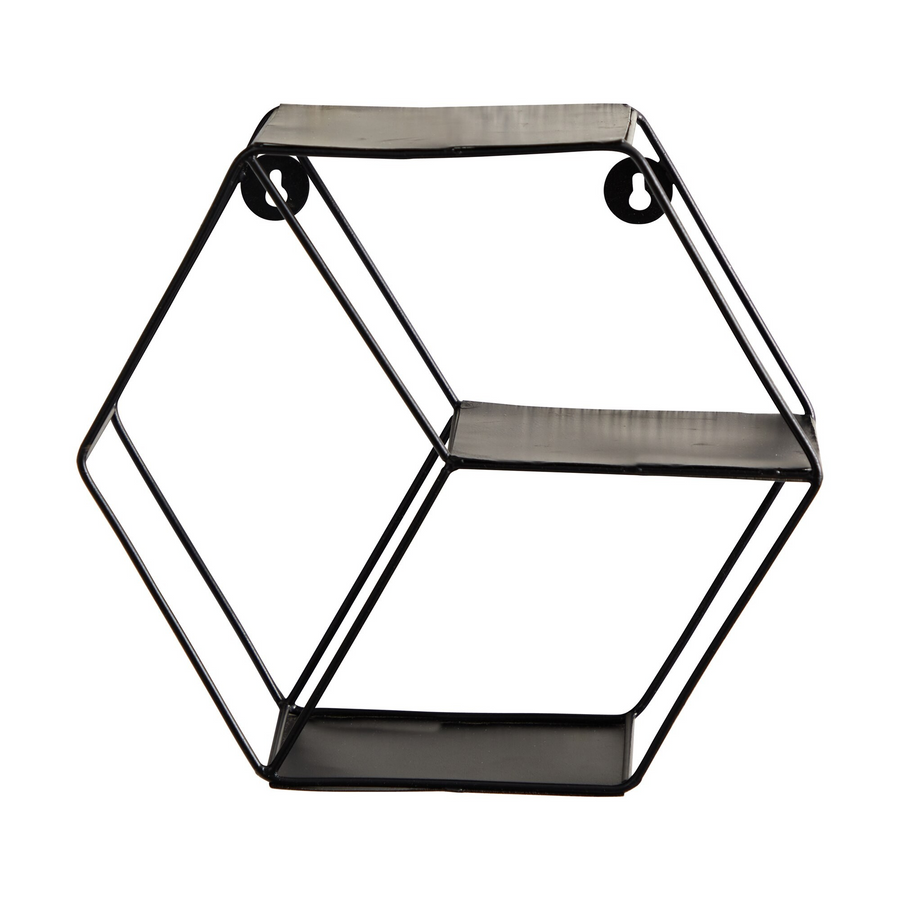
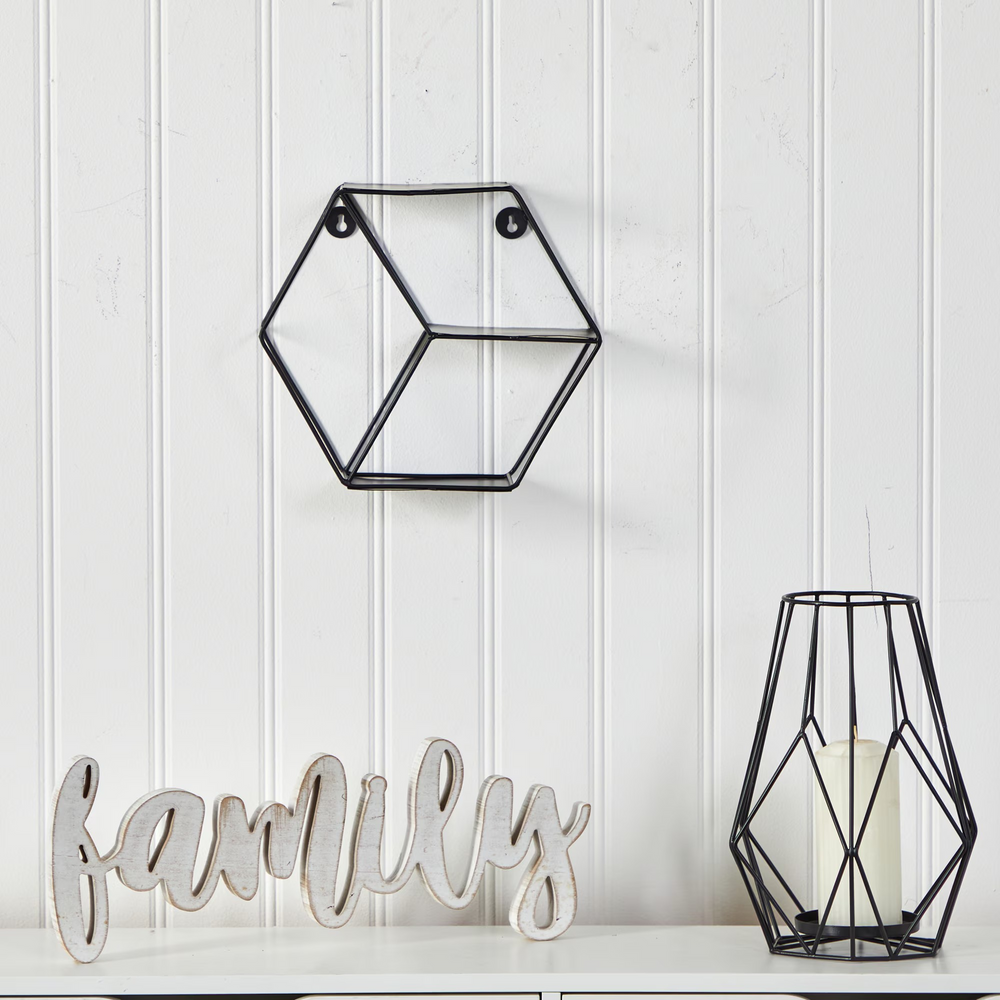
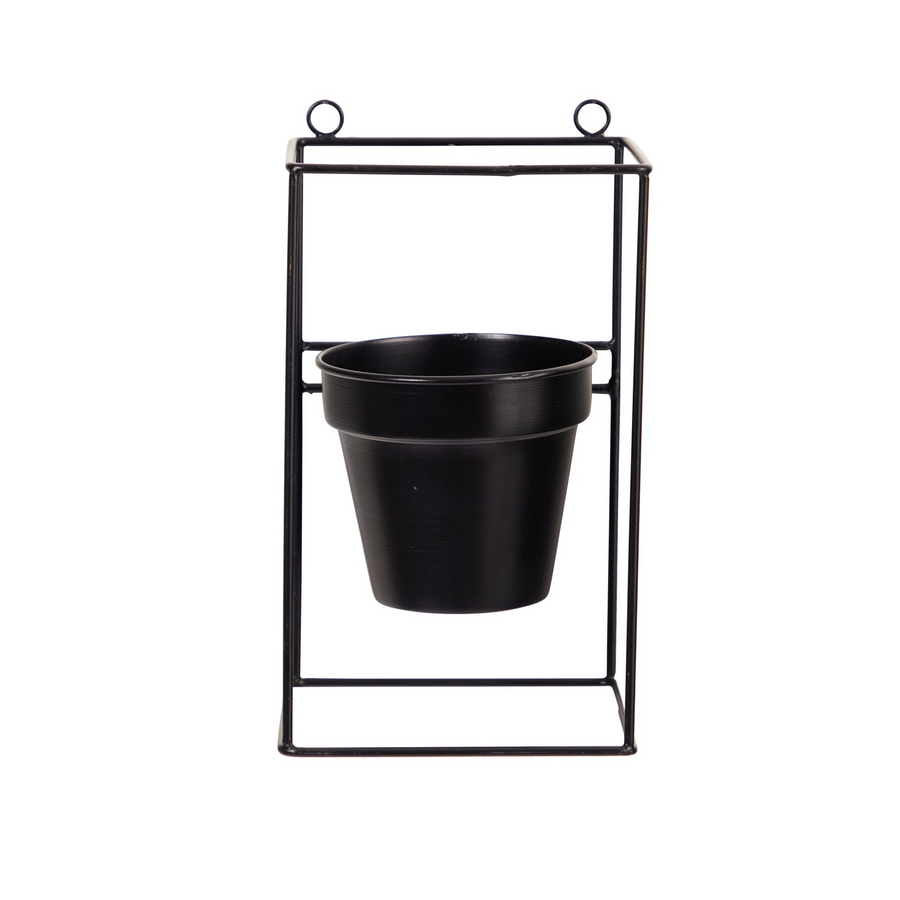
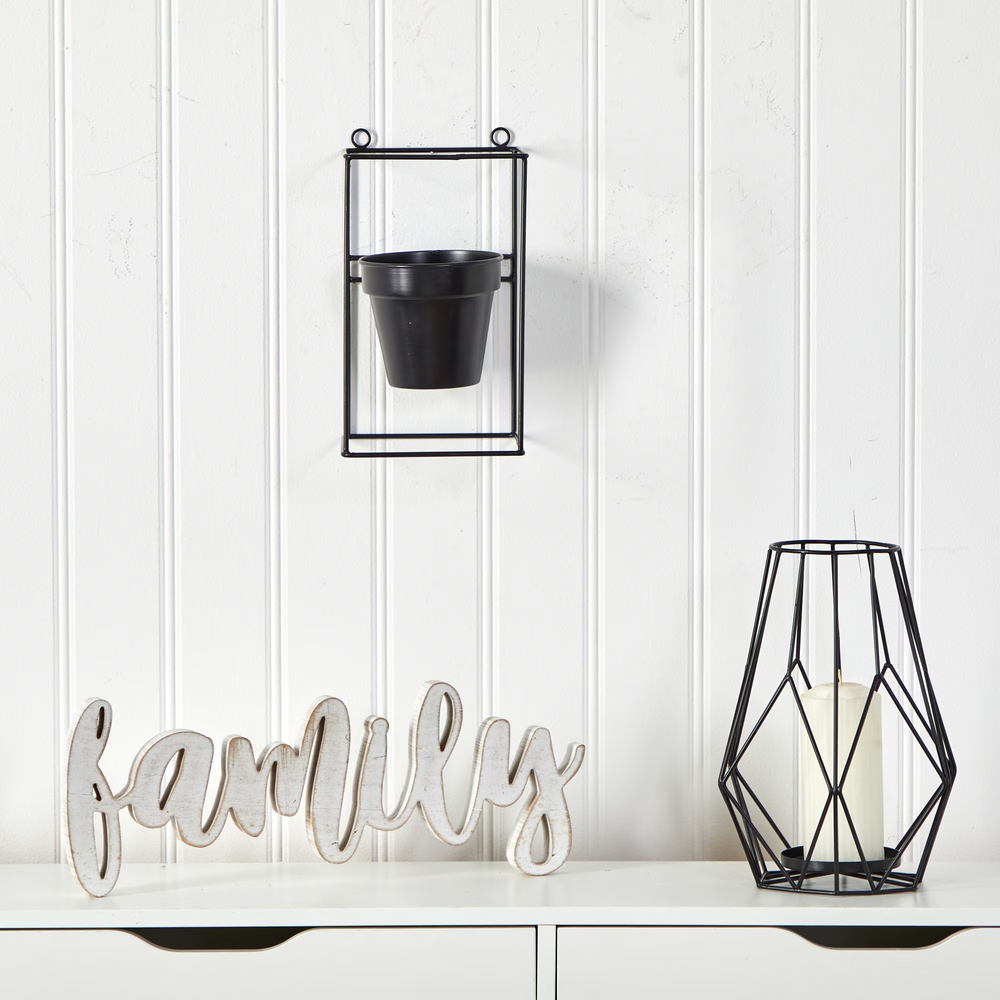
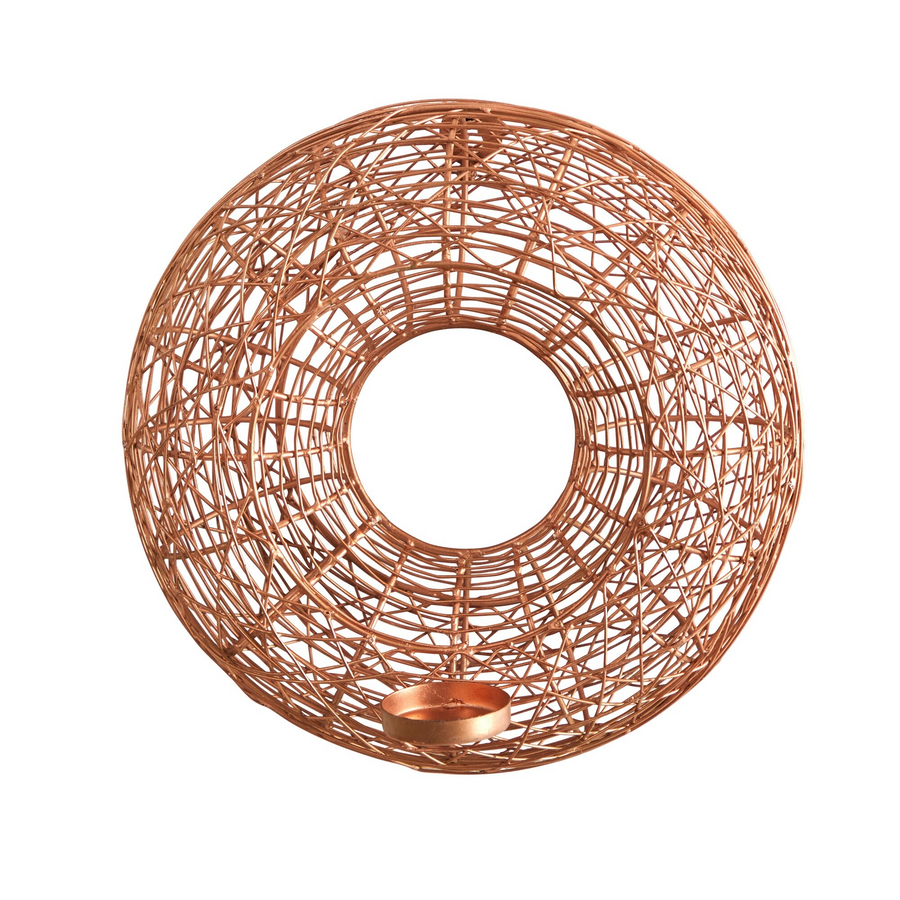
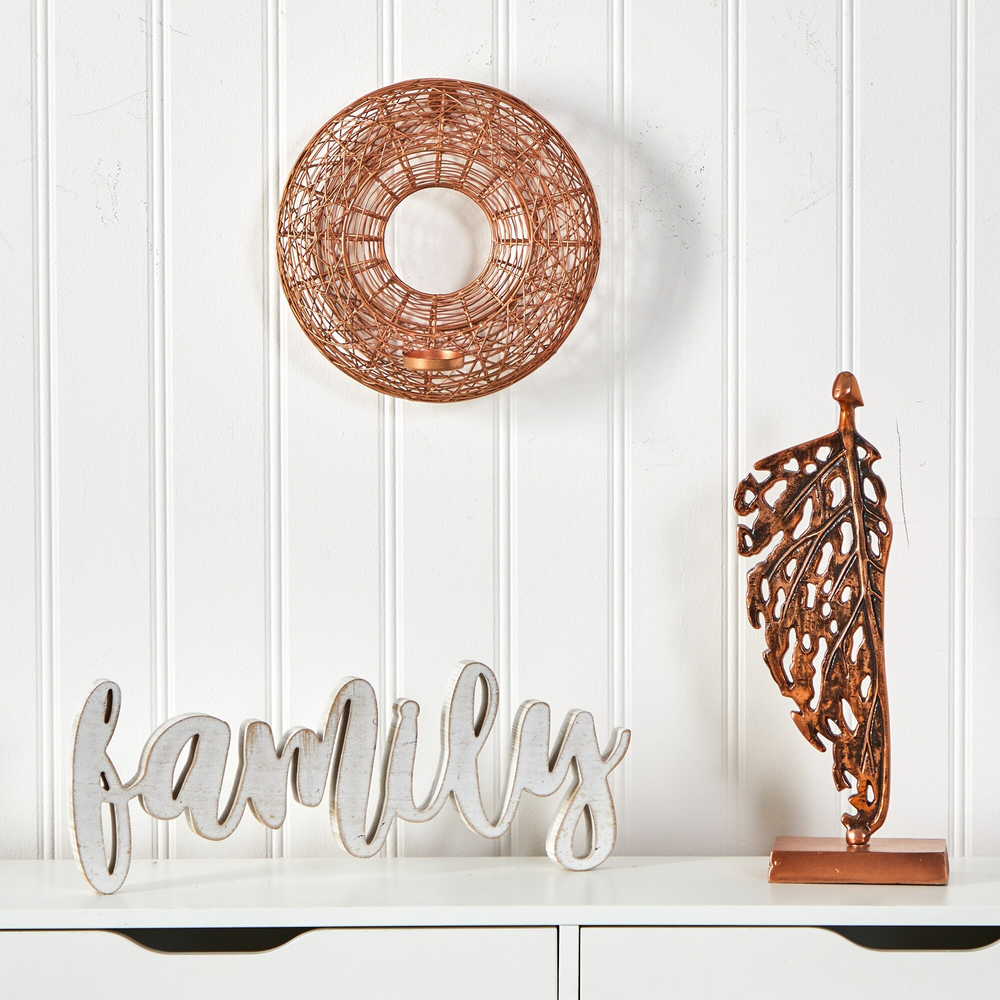



















Leave a comment